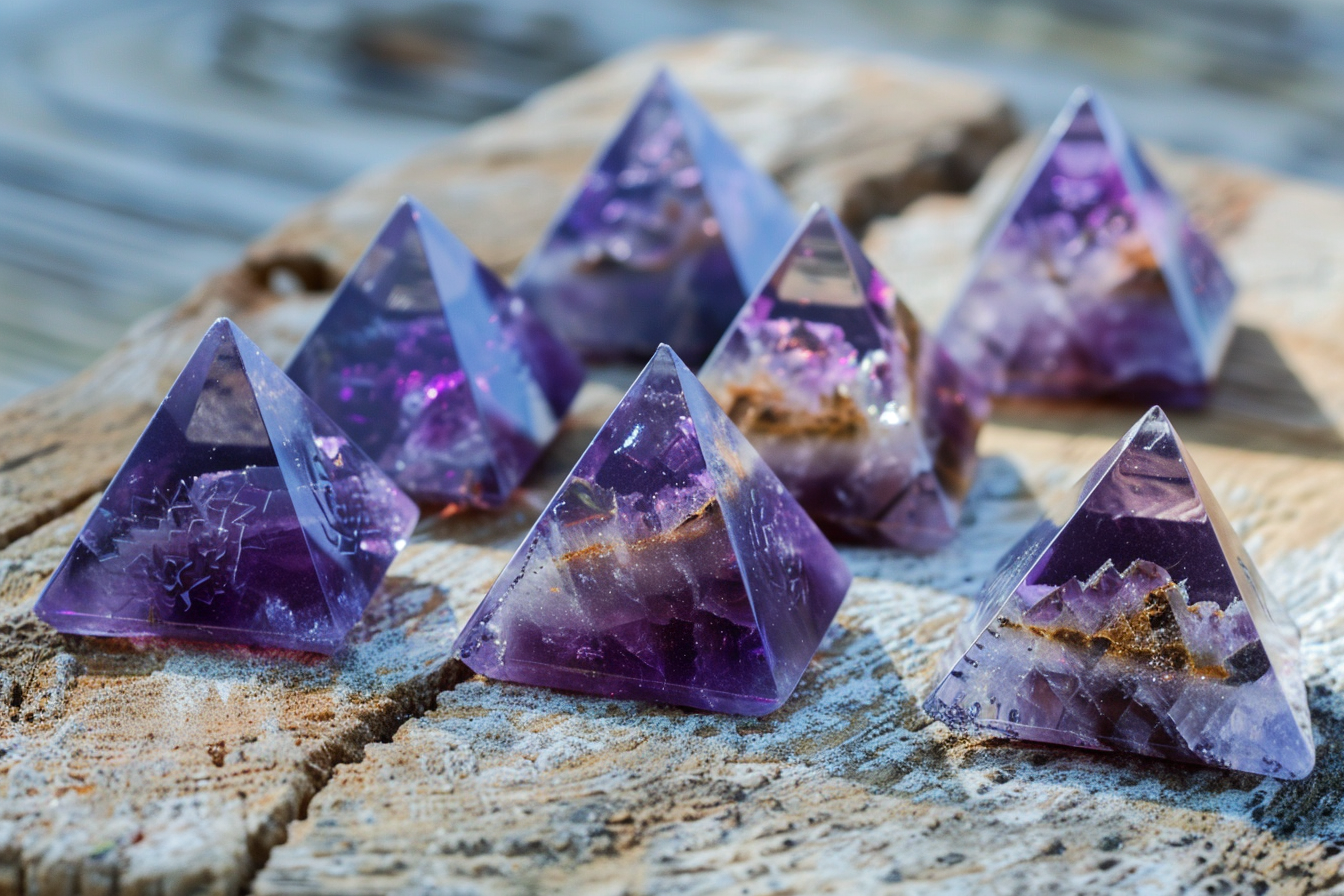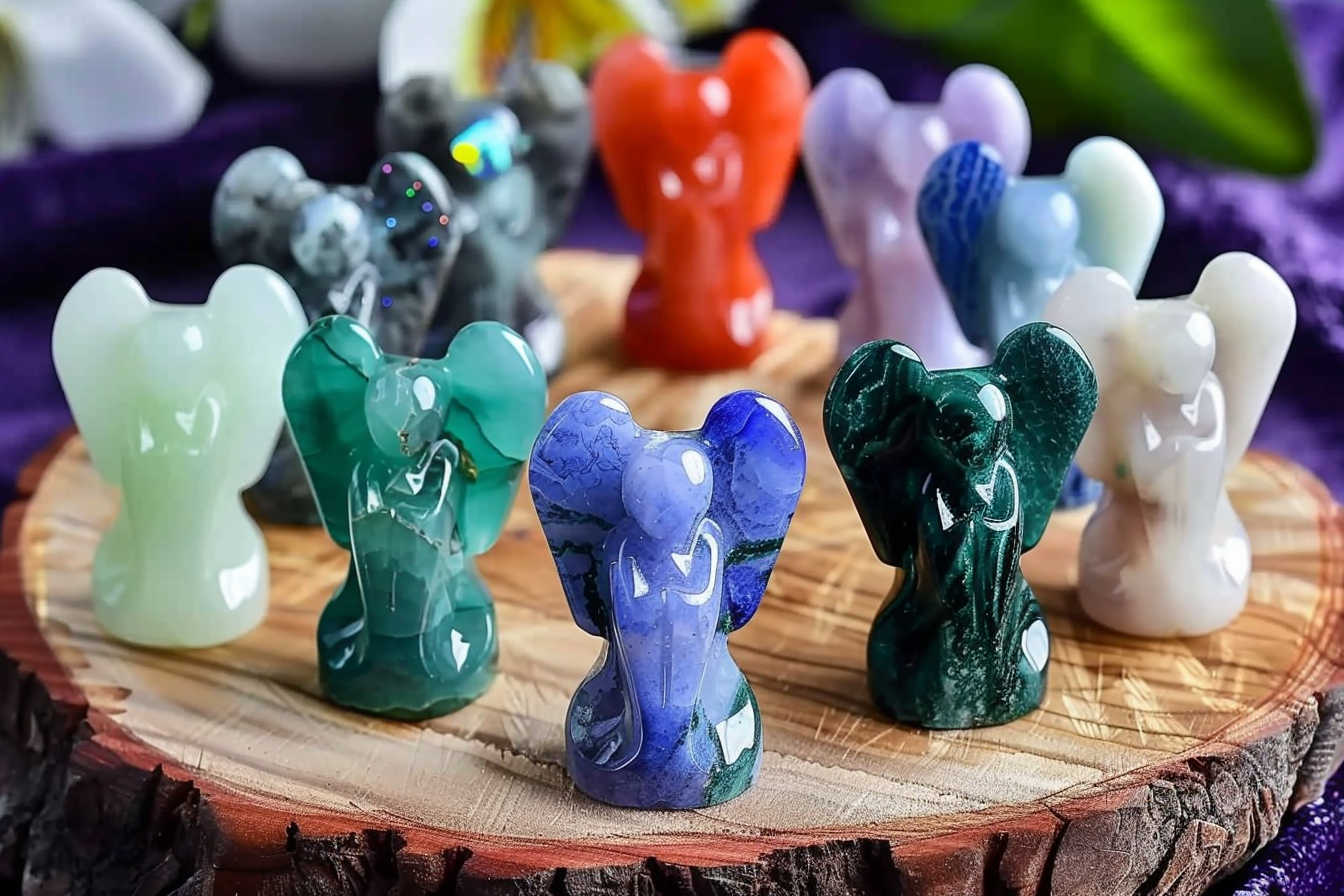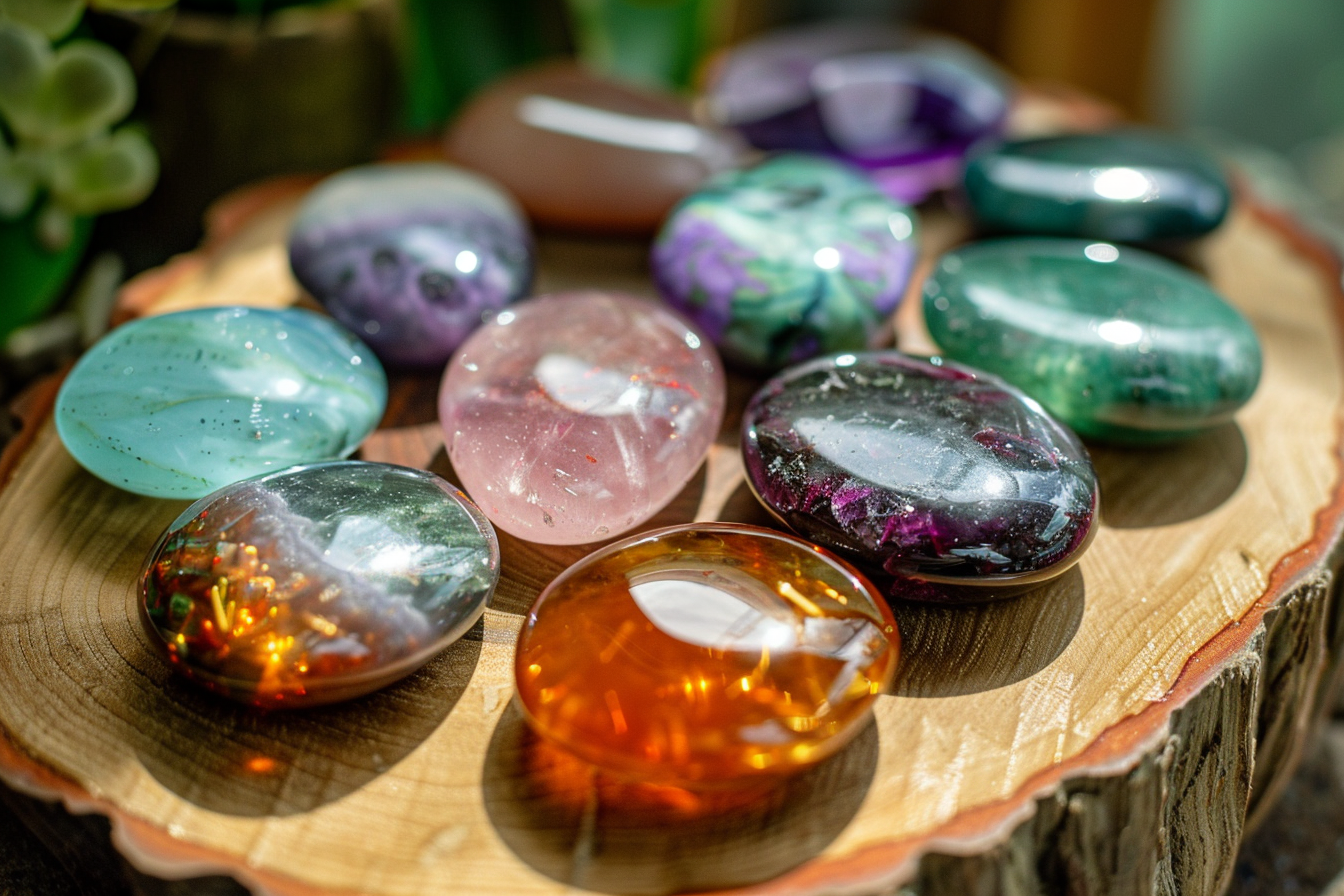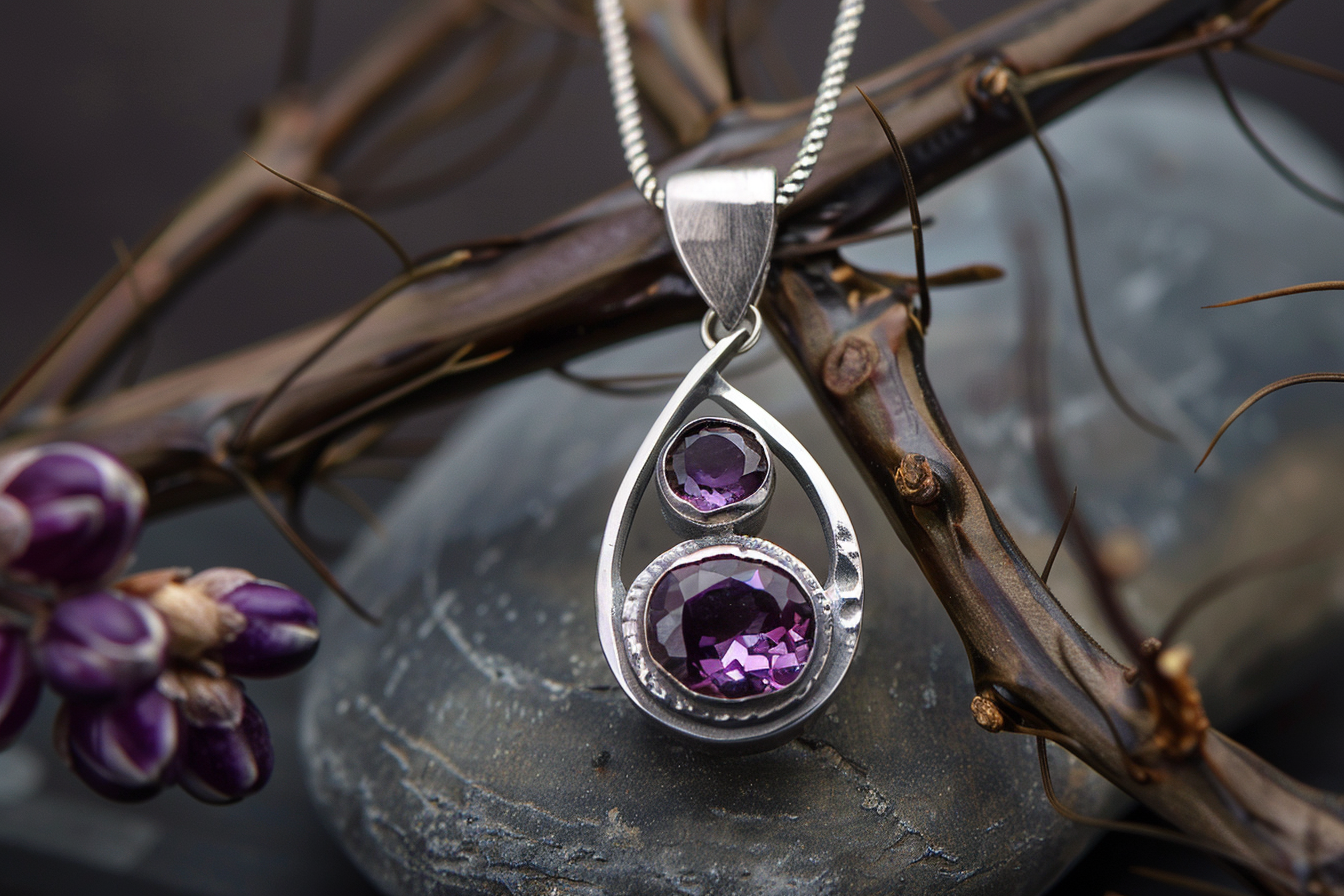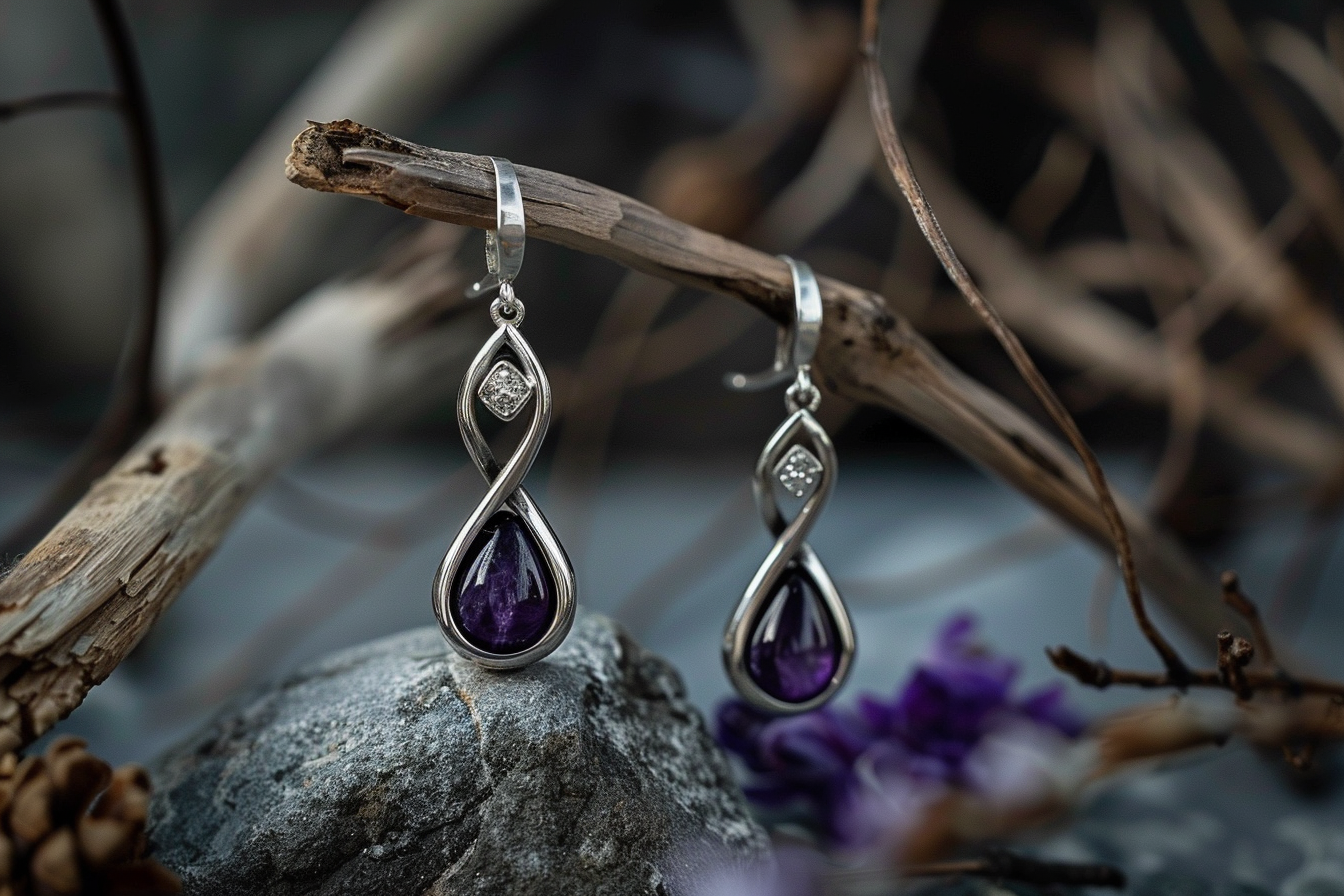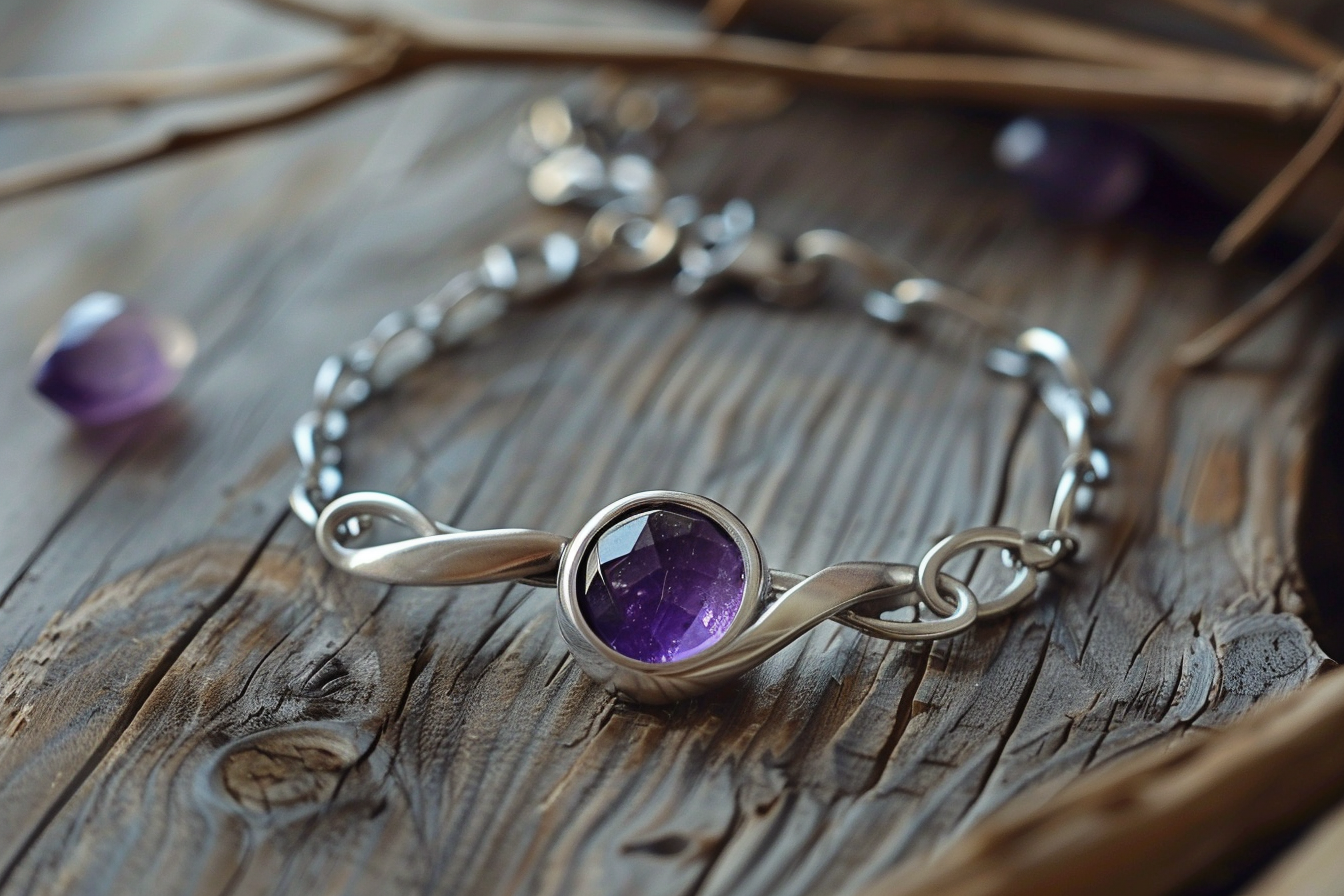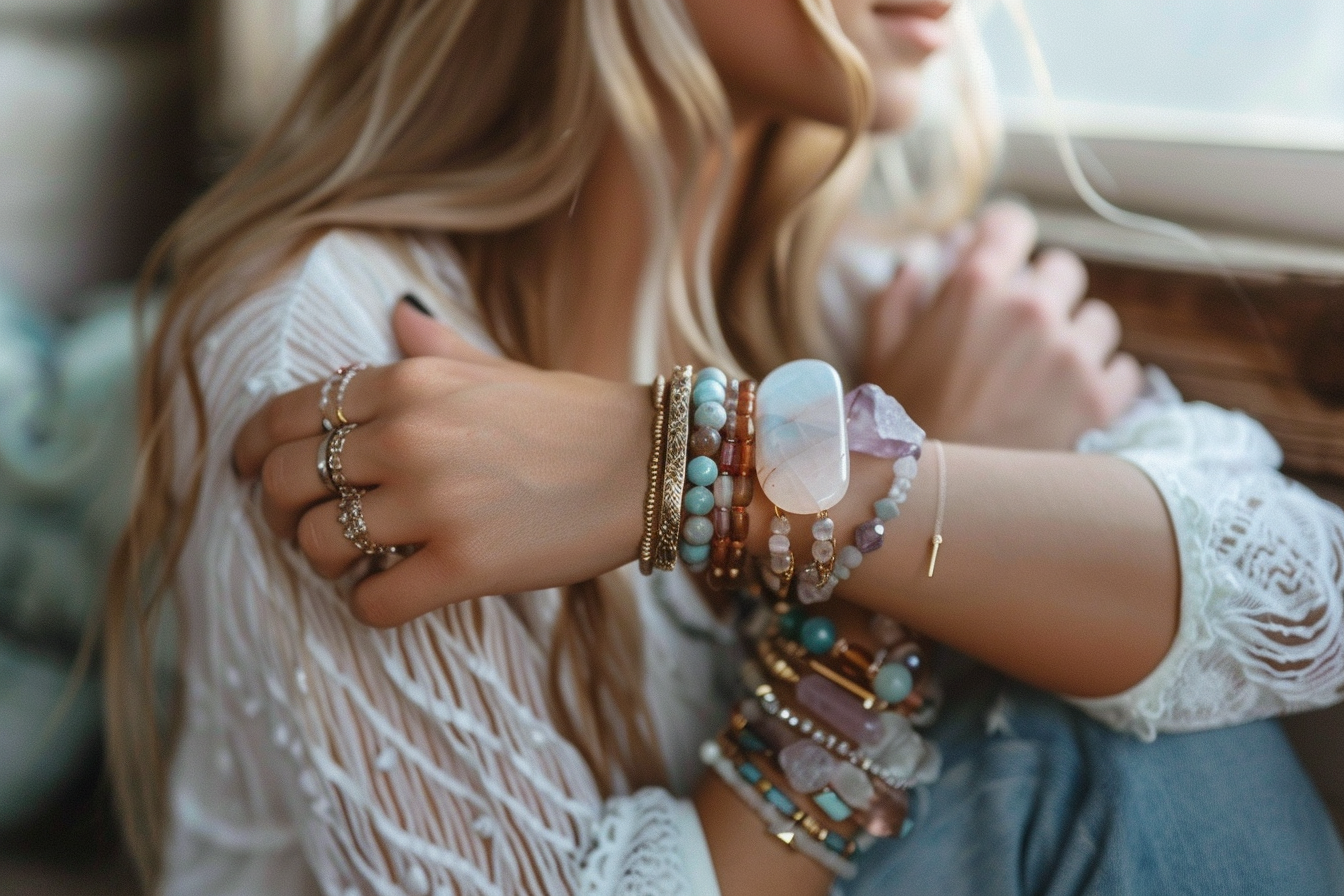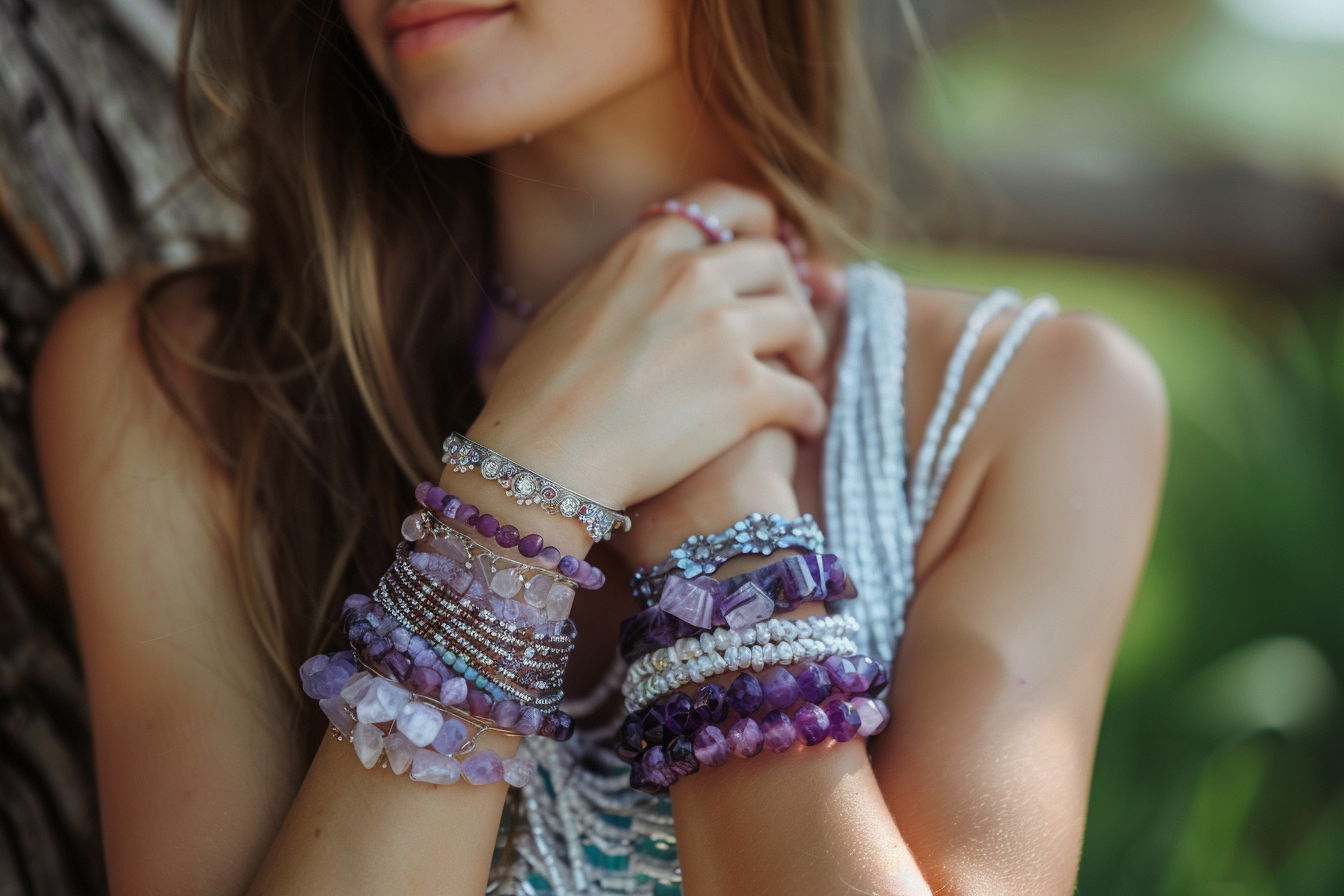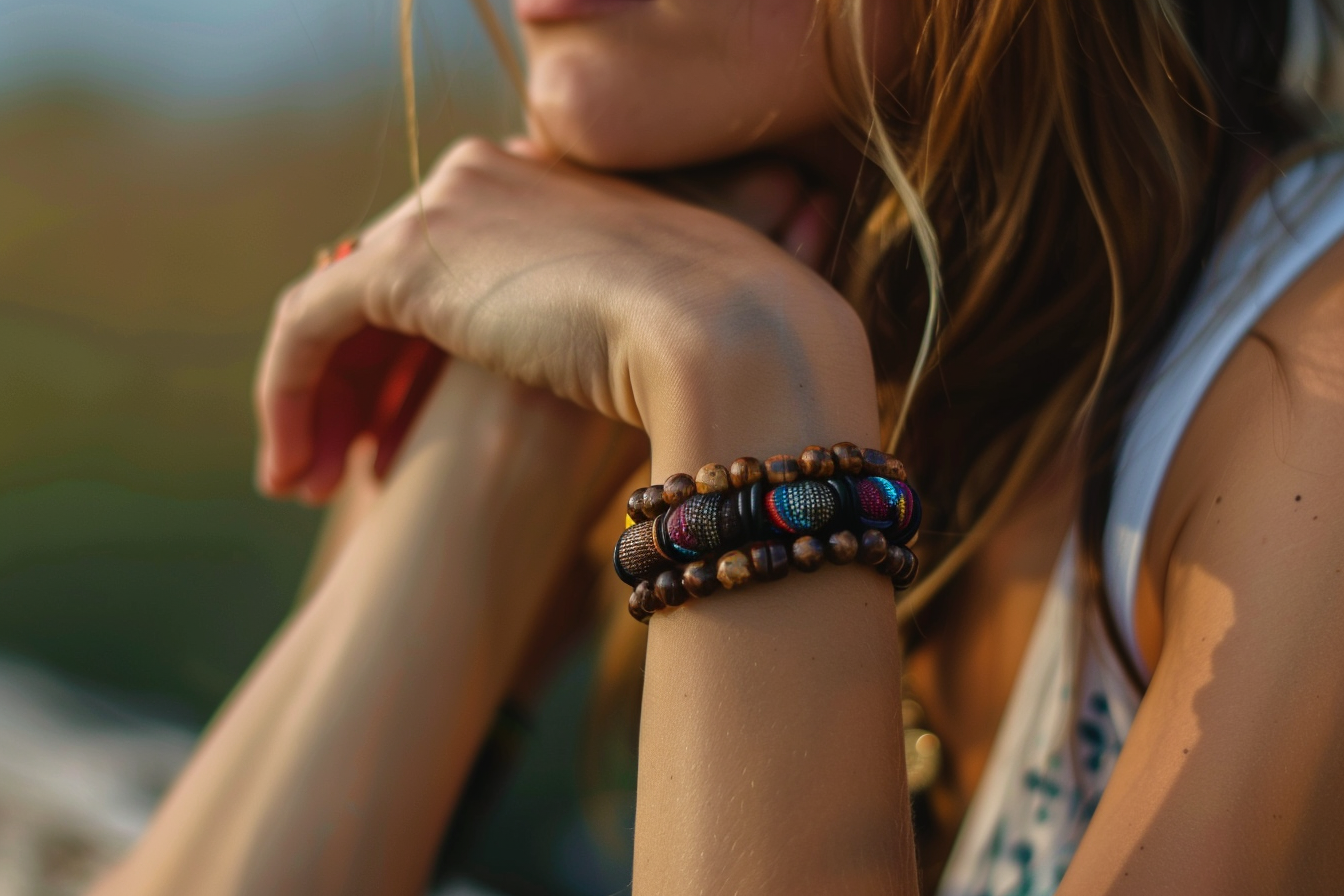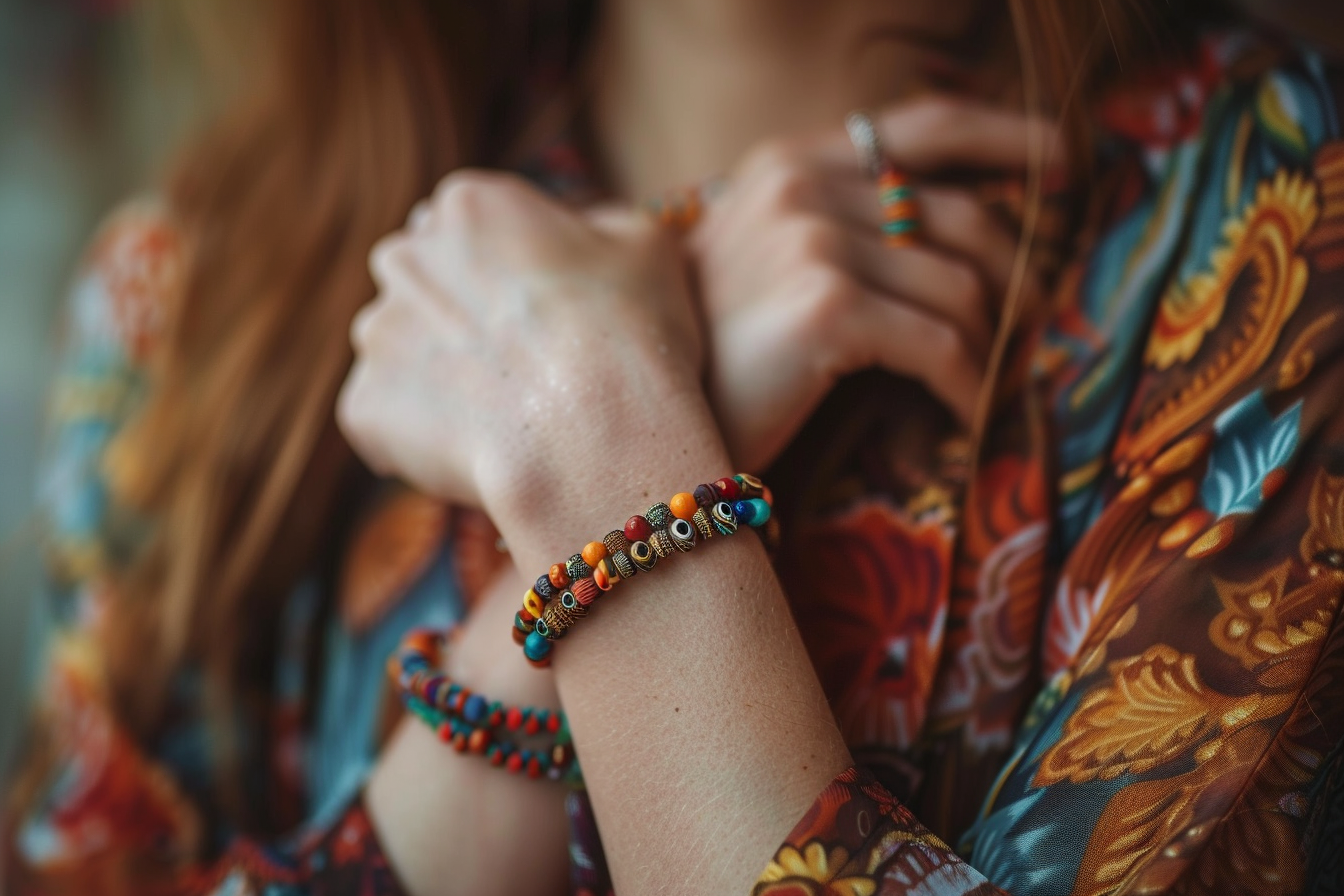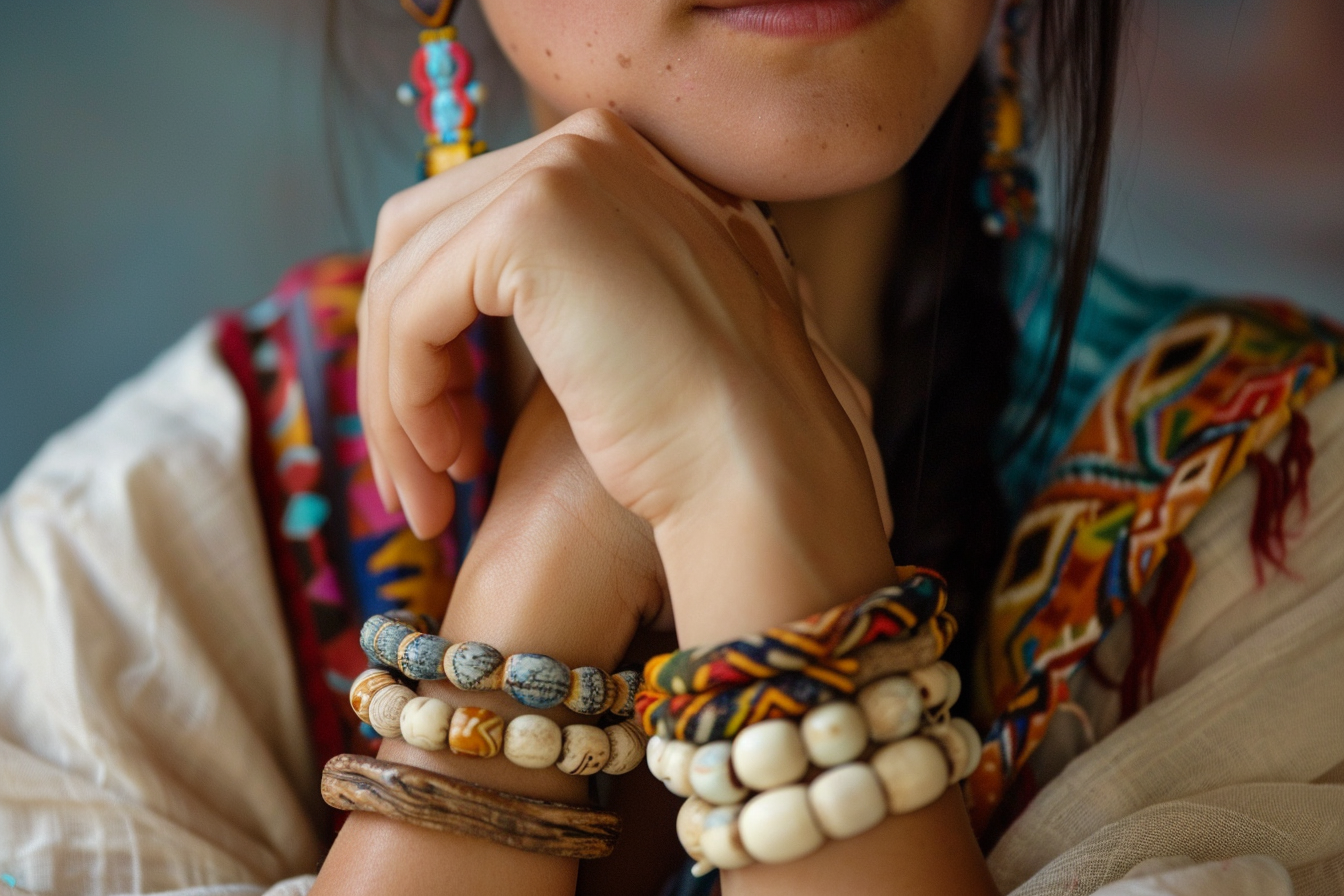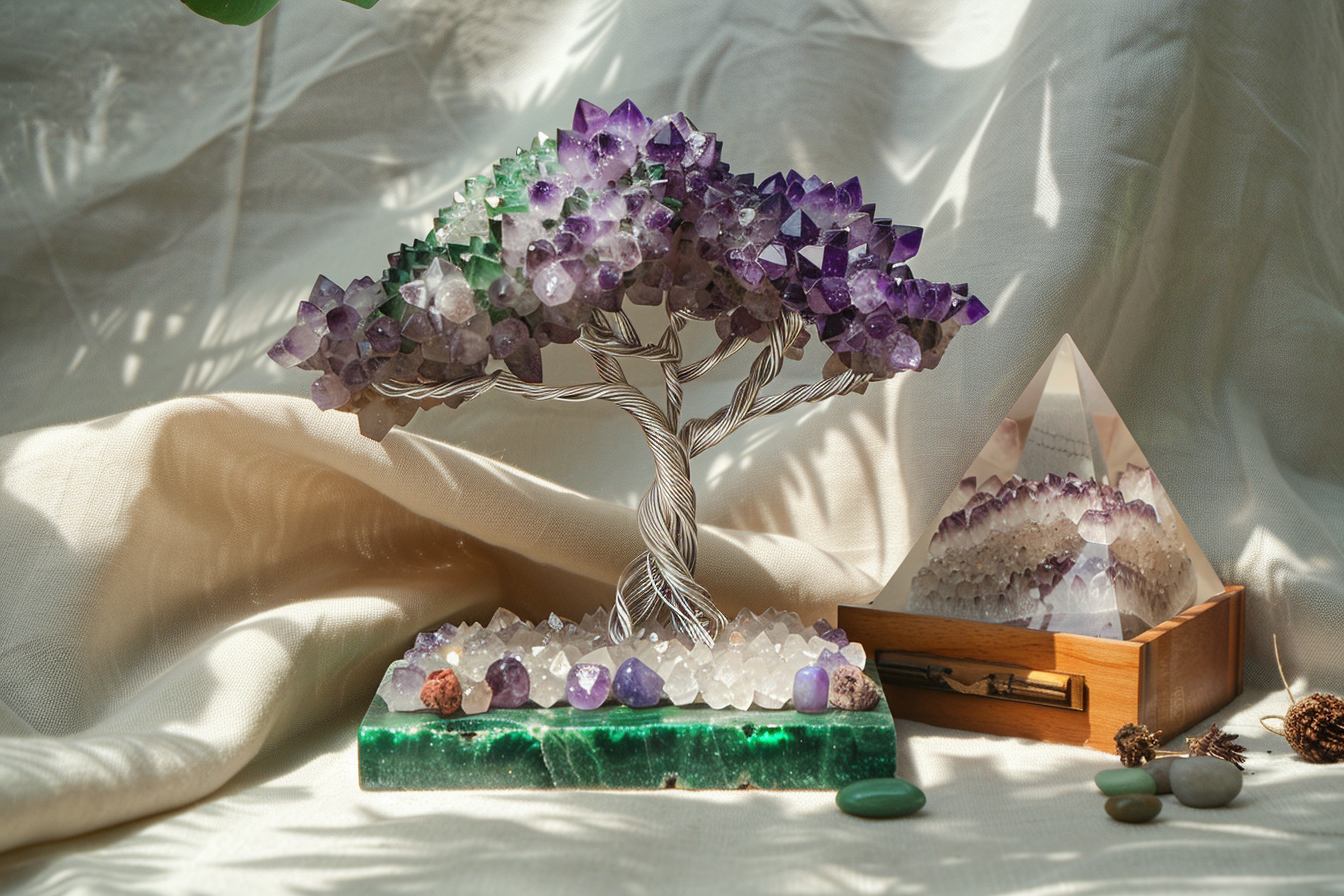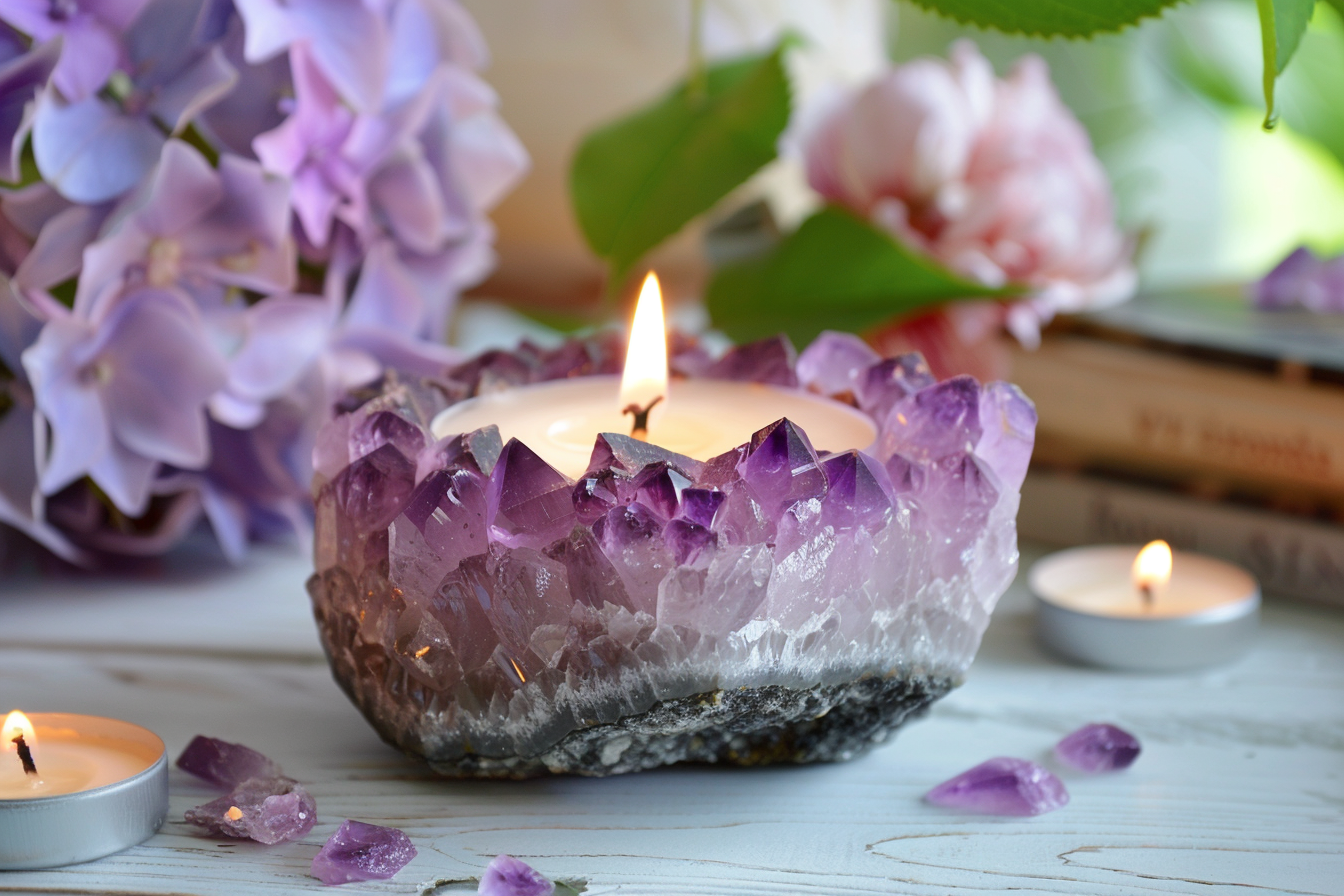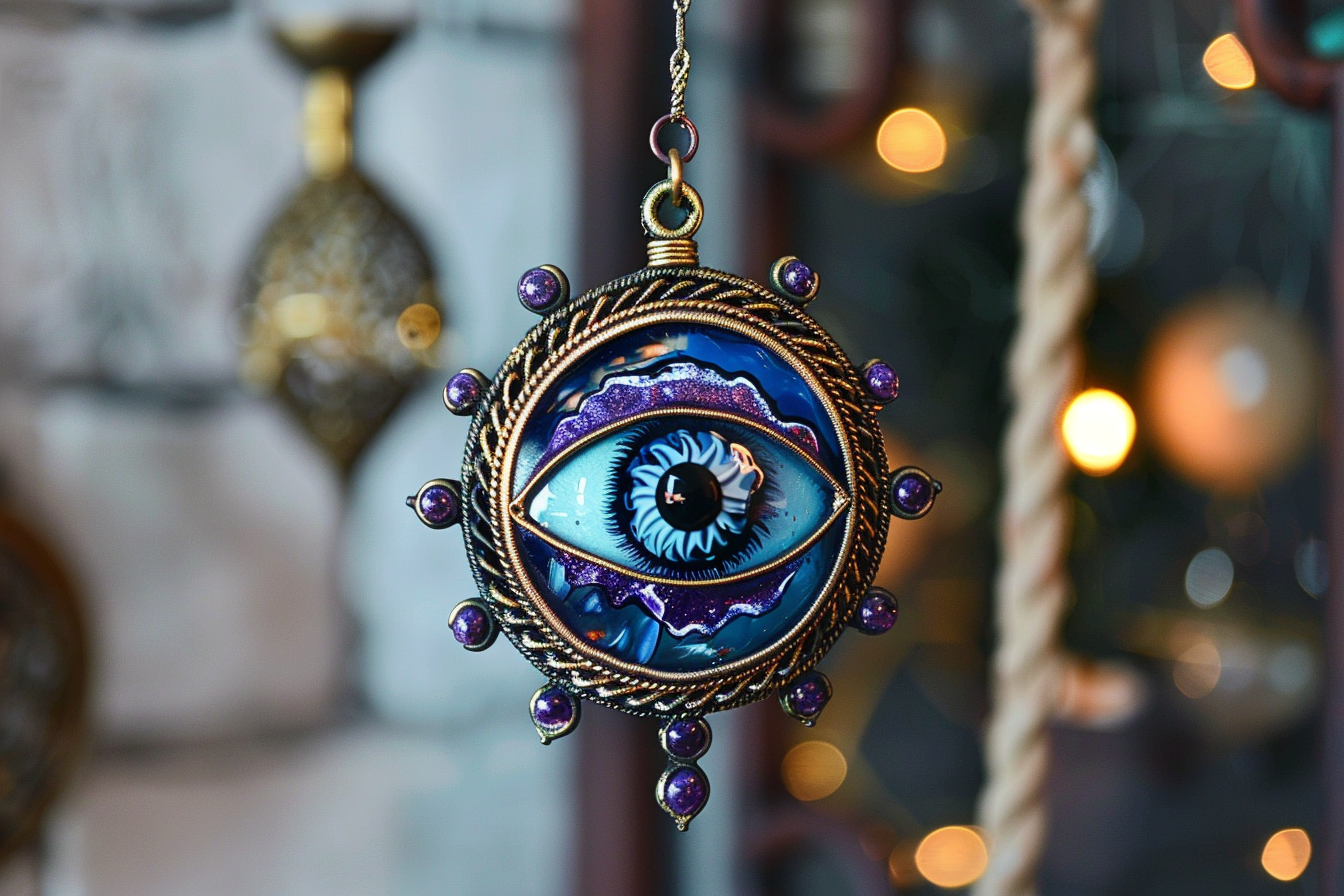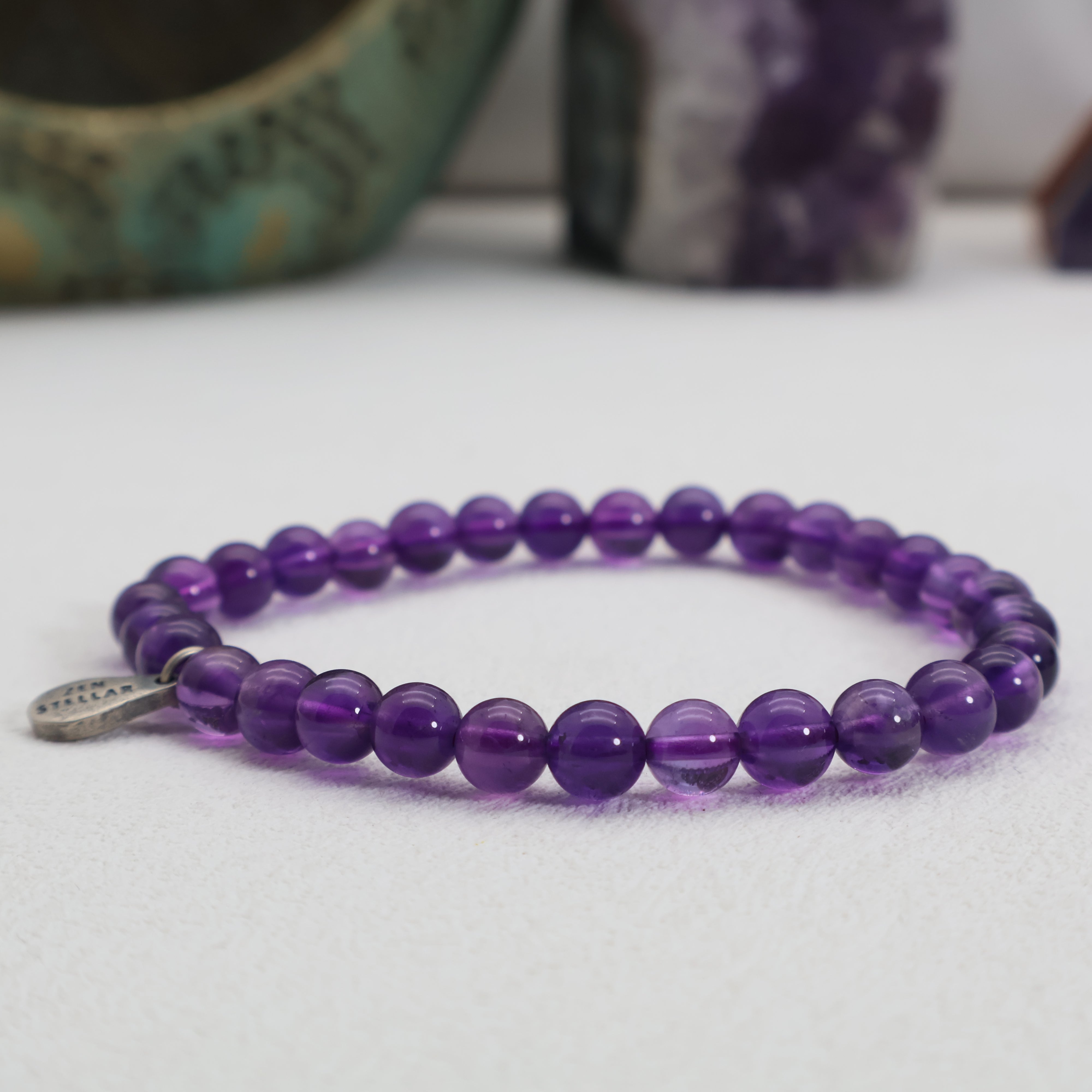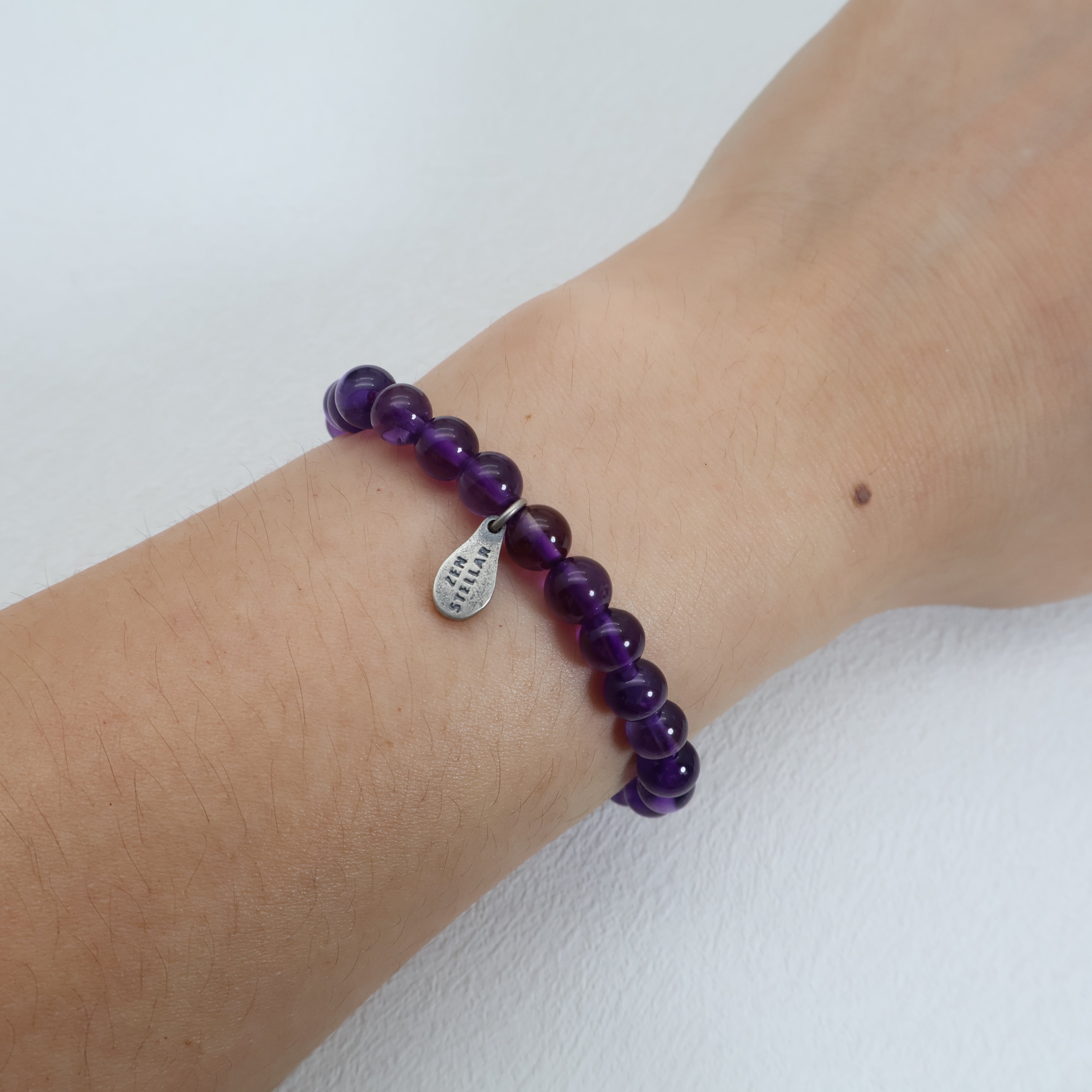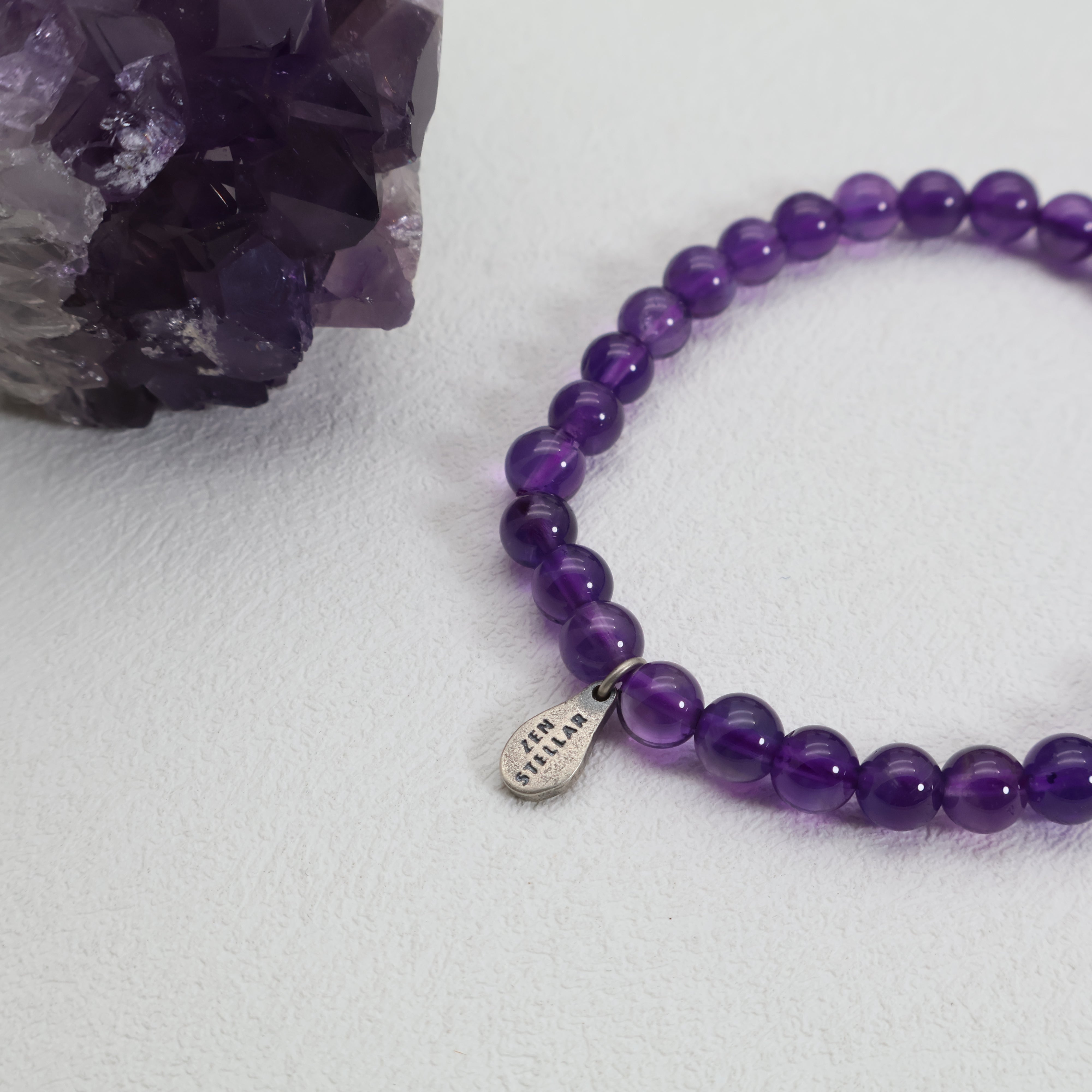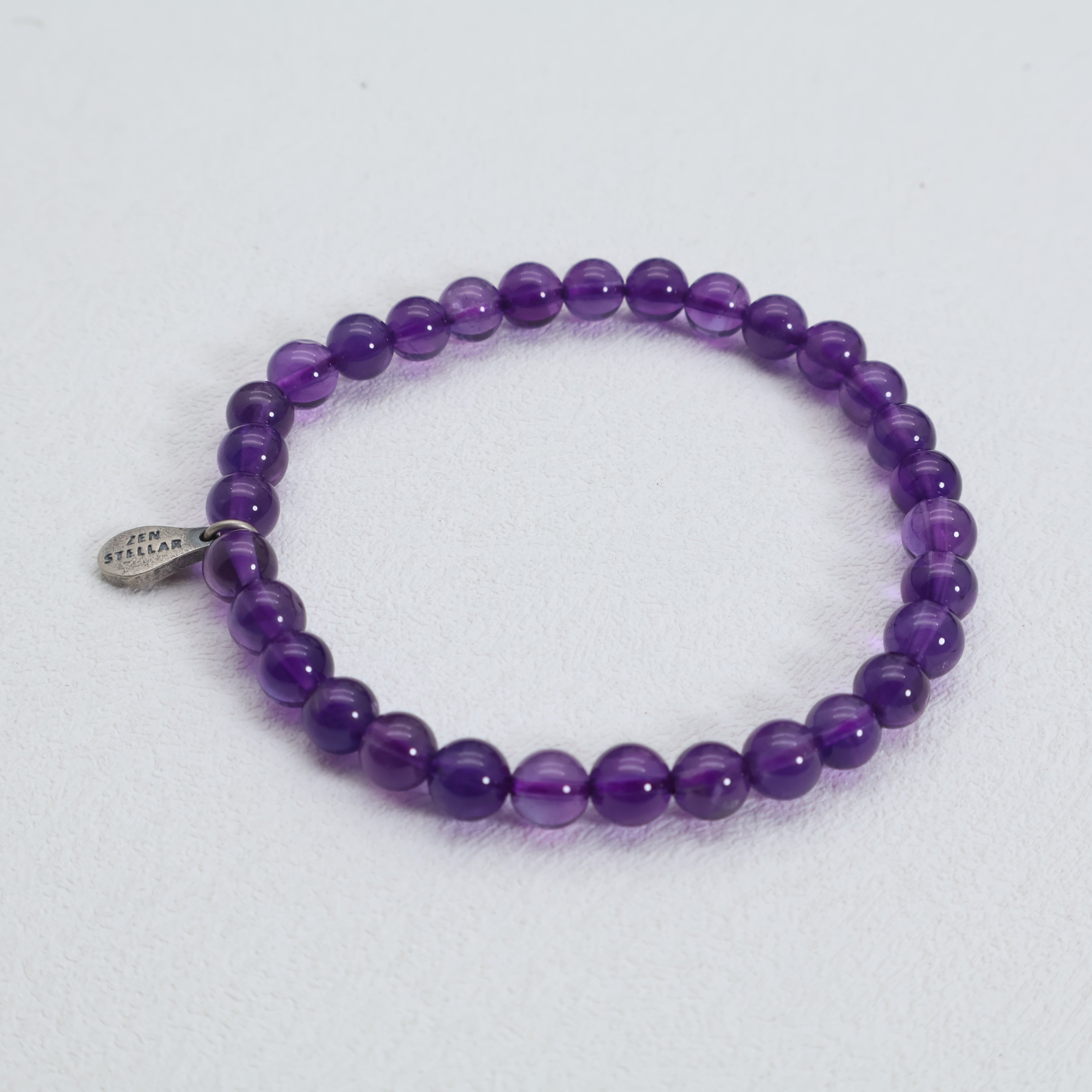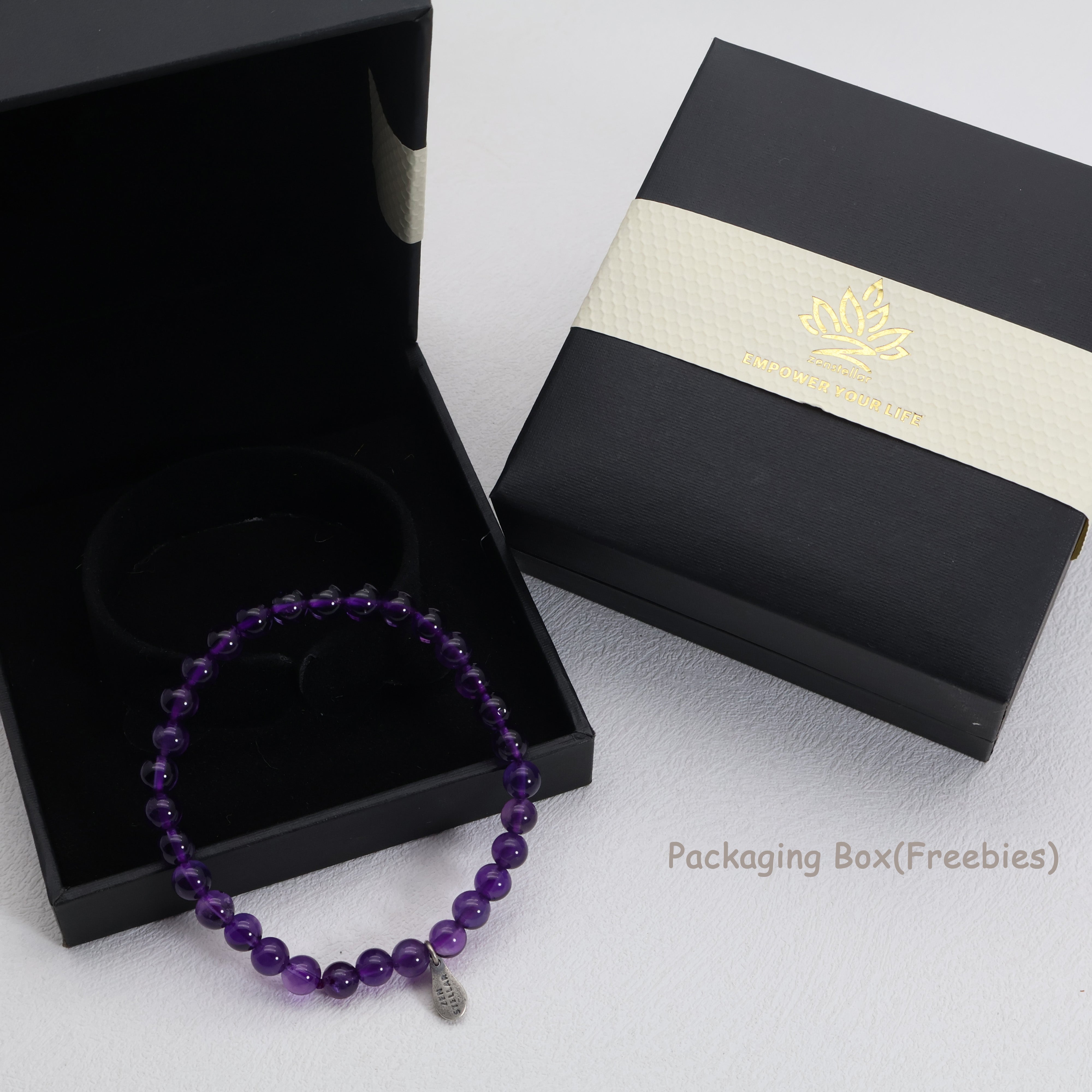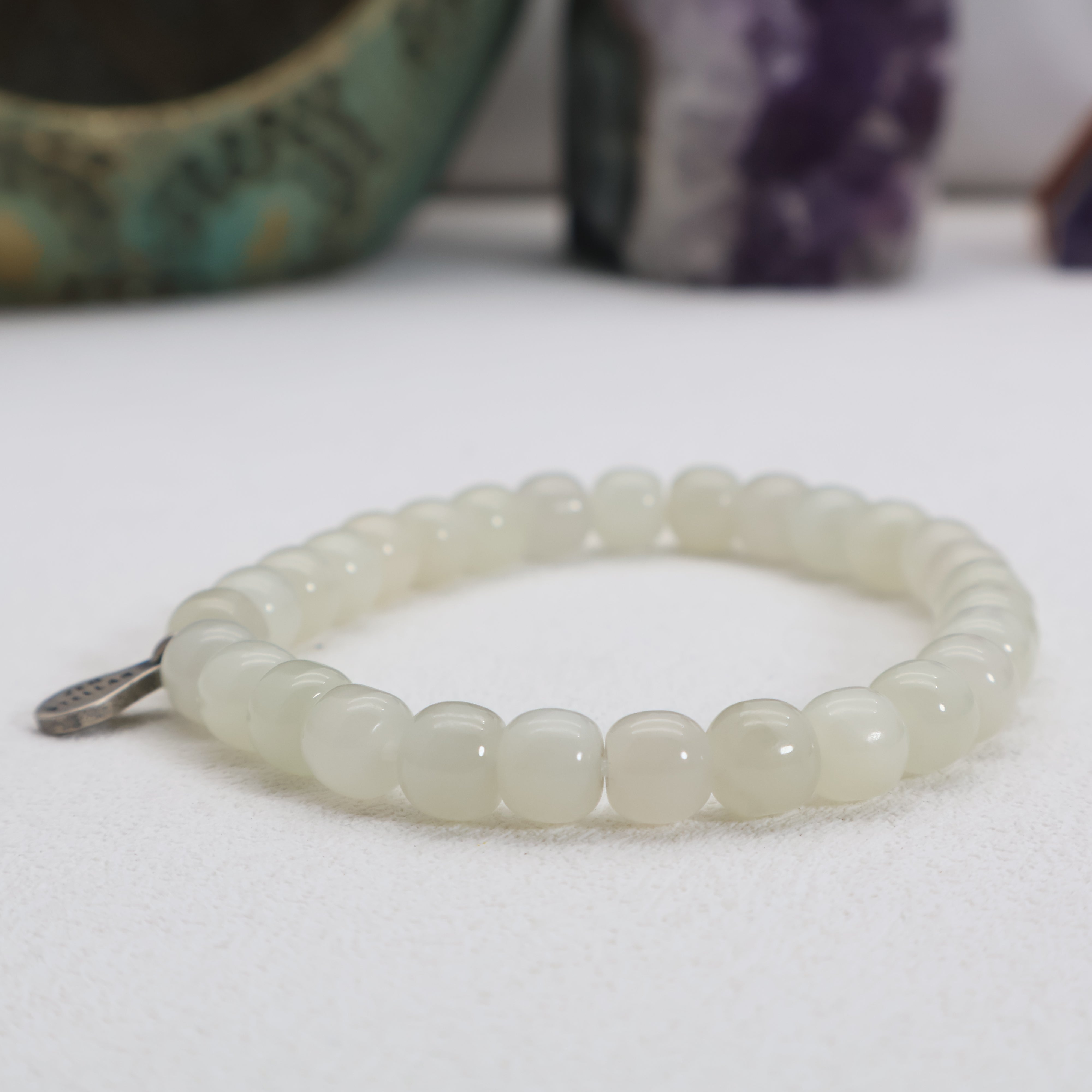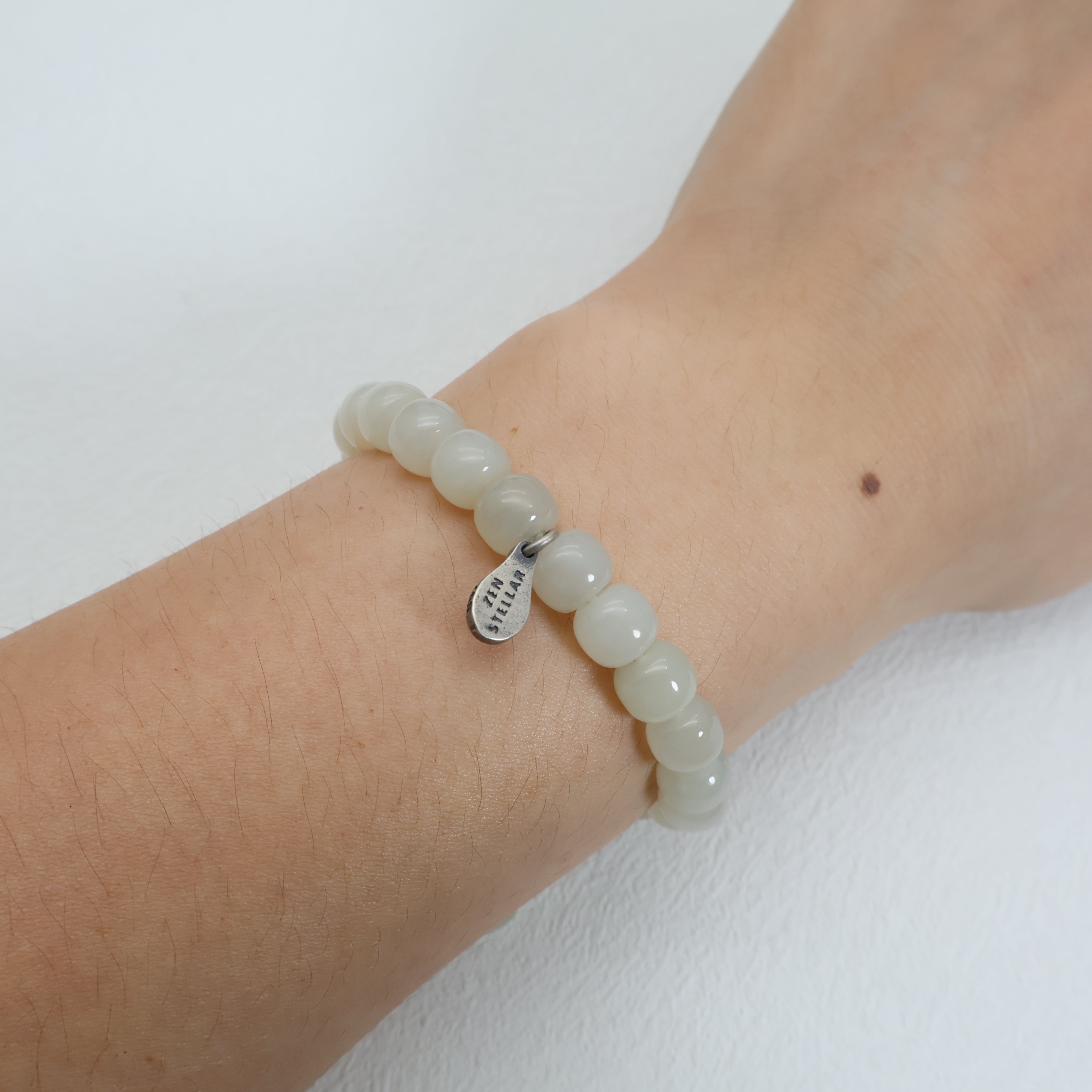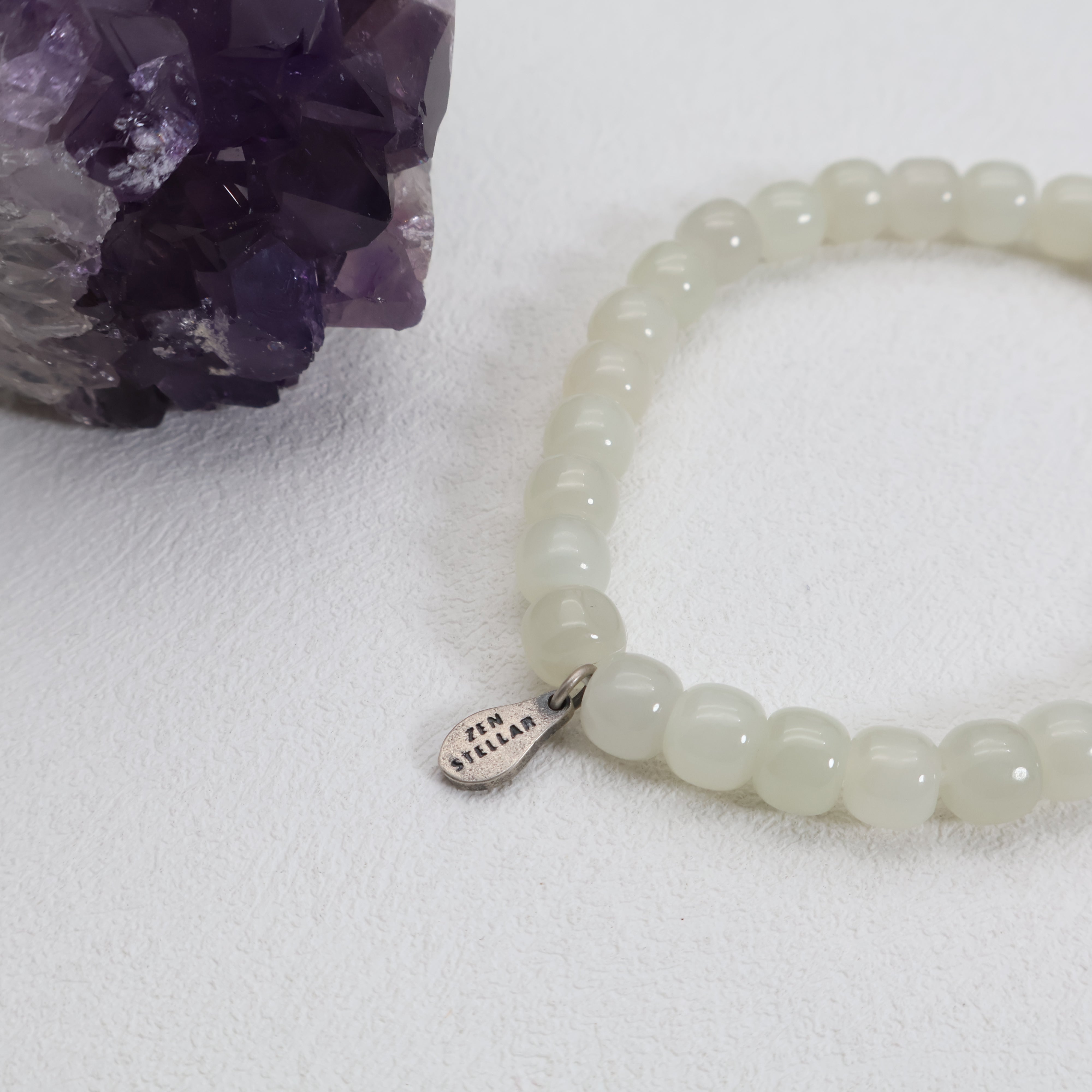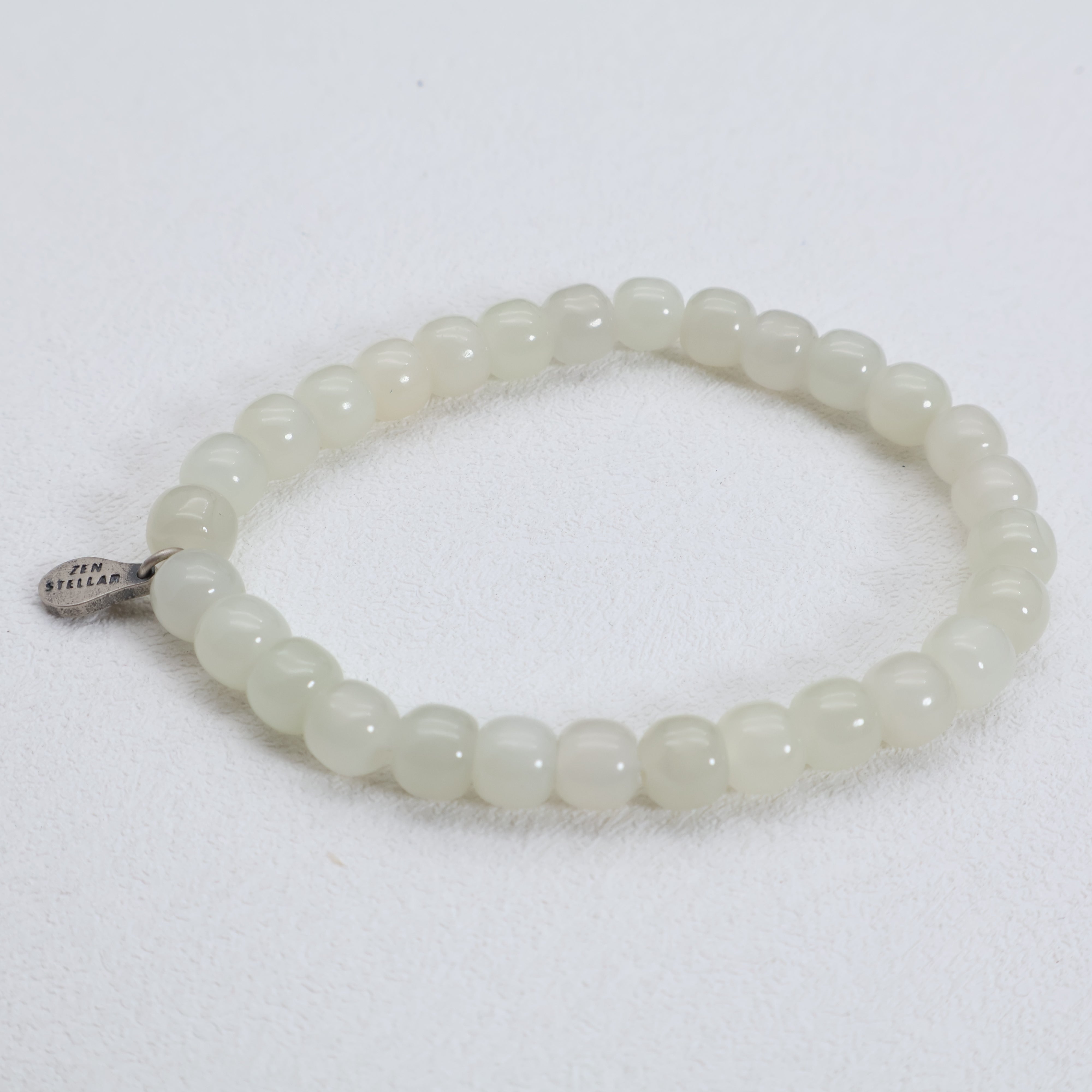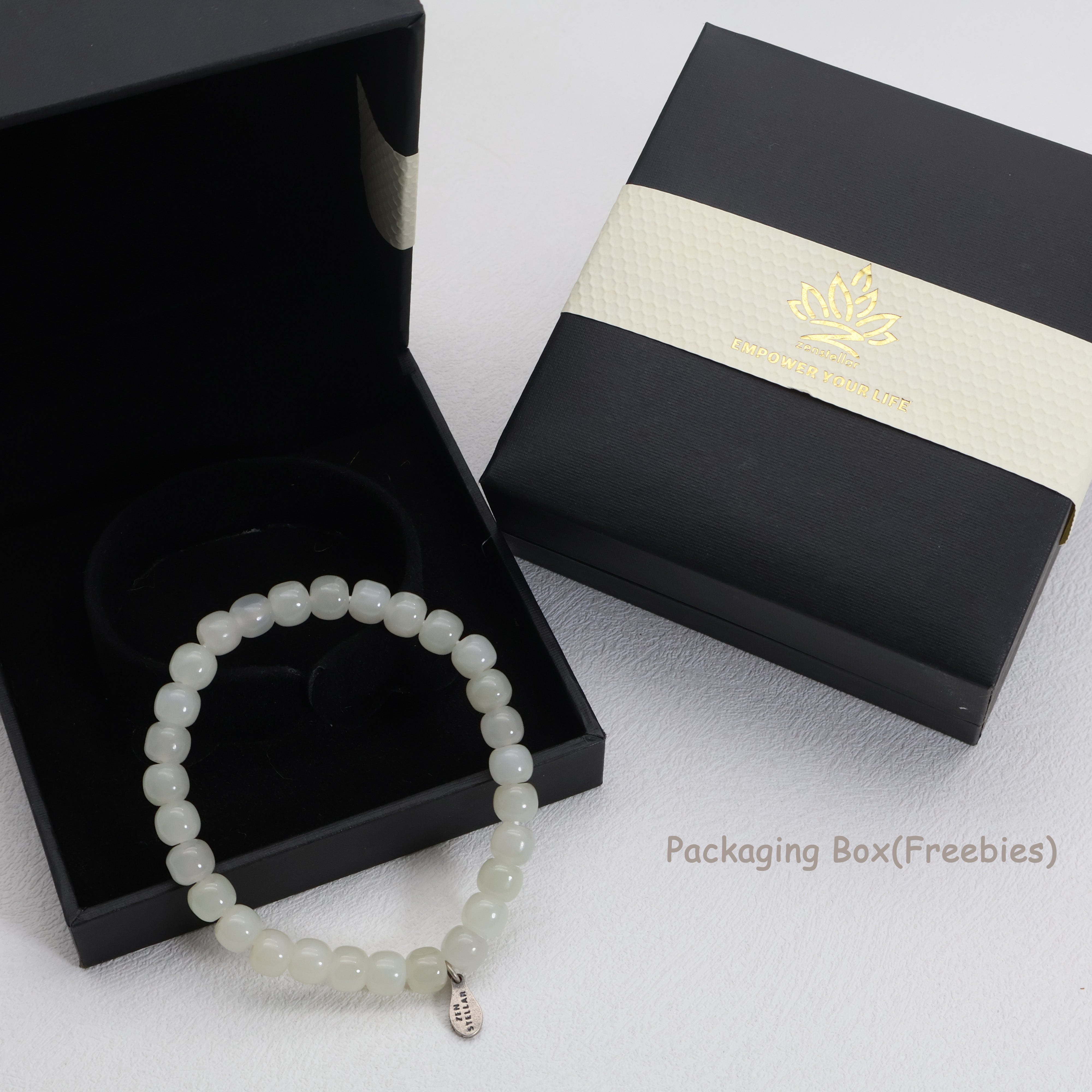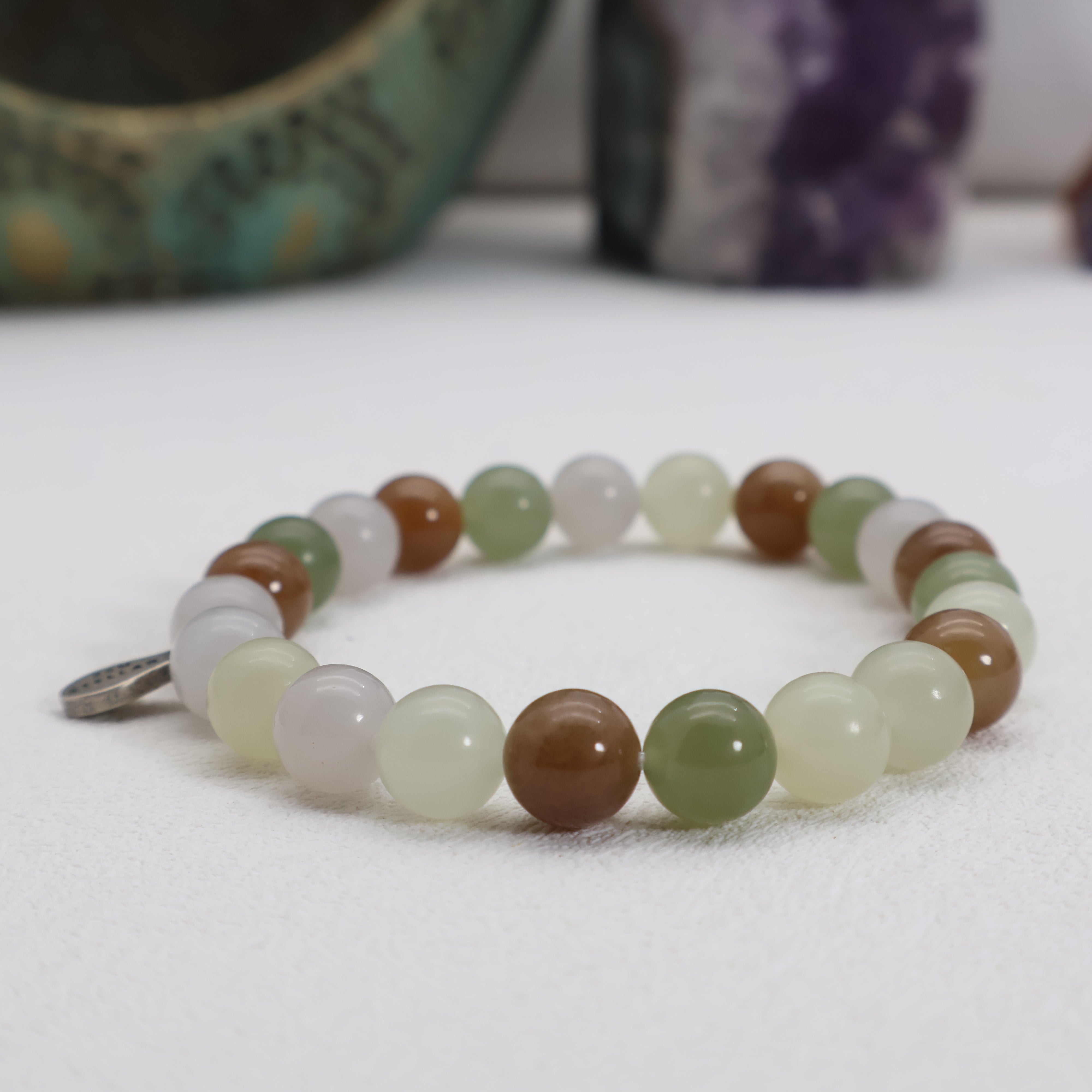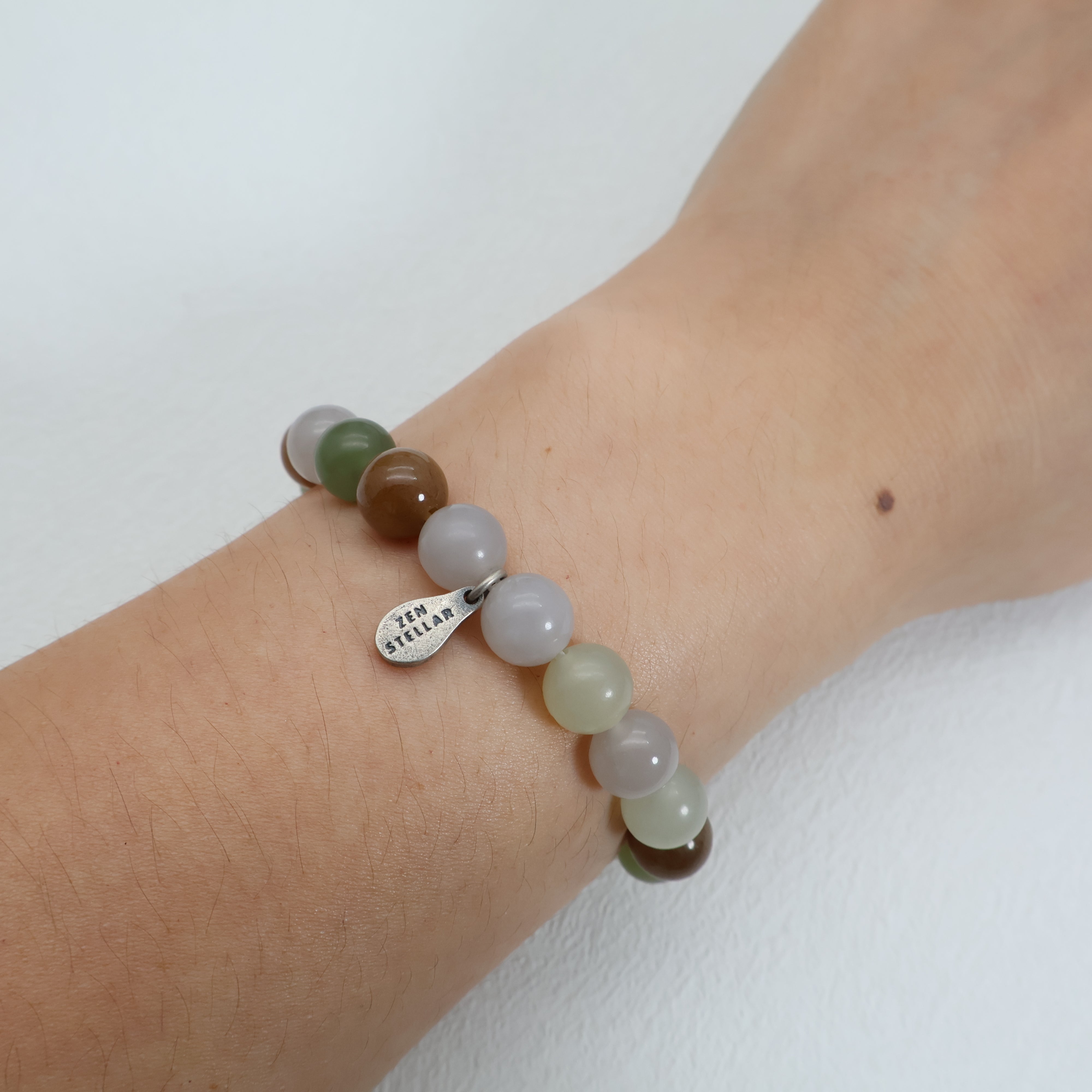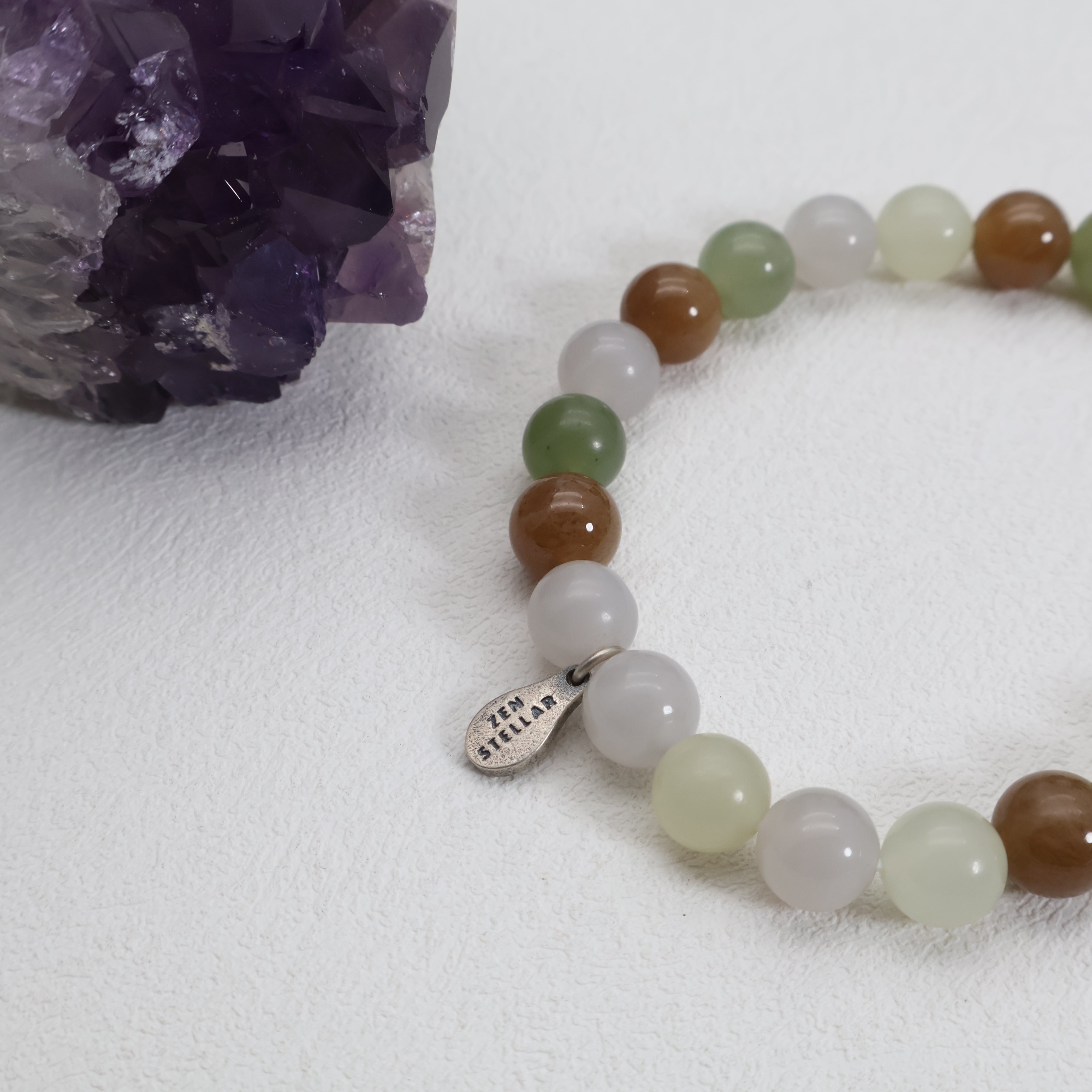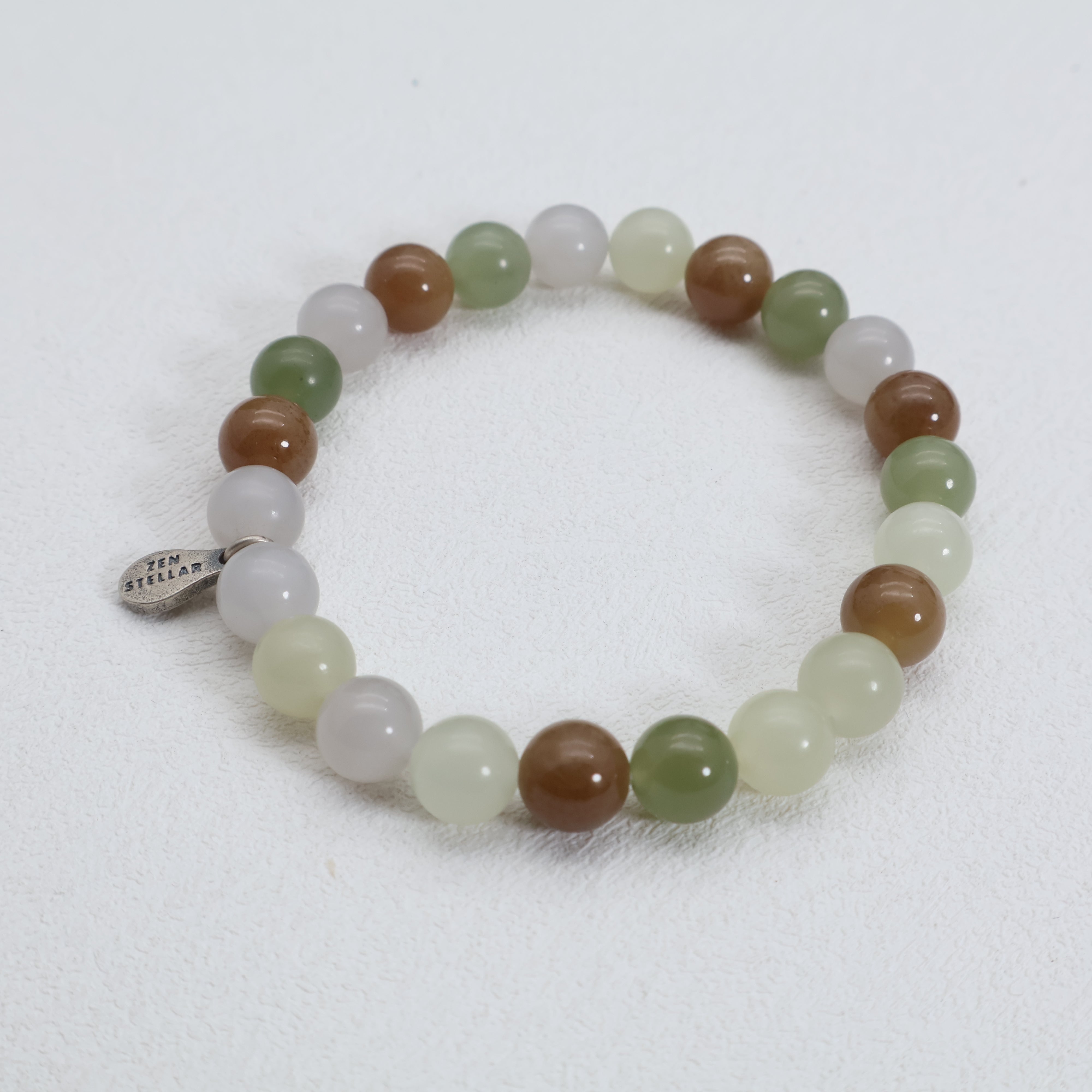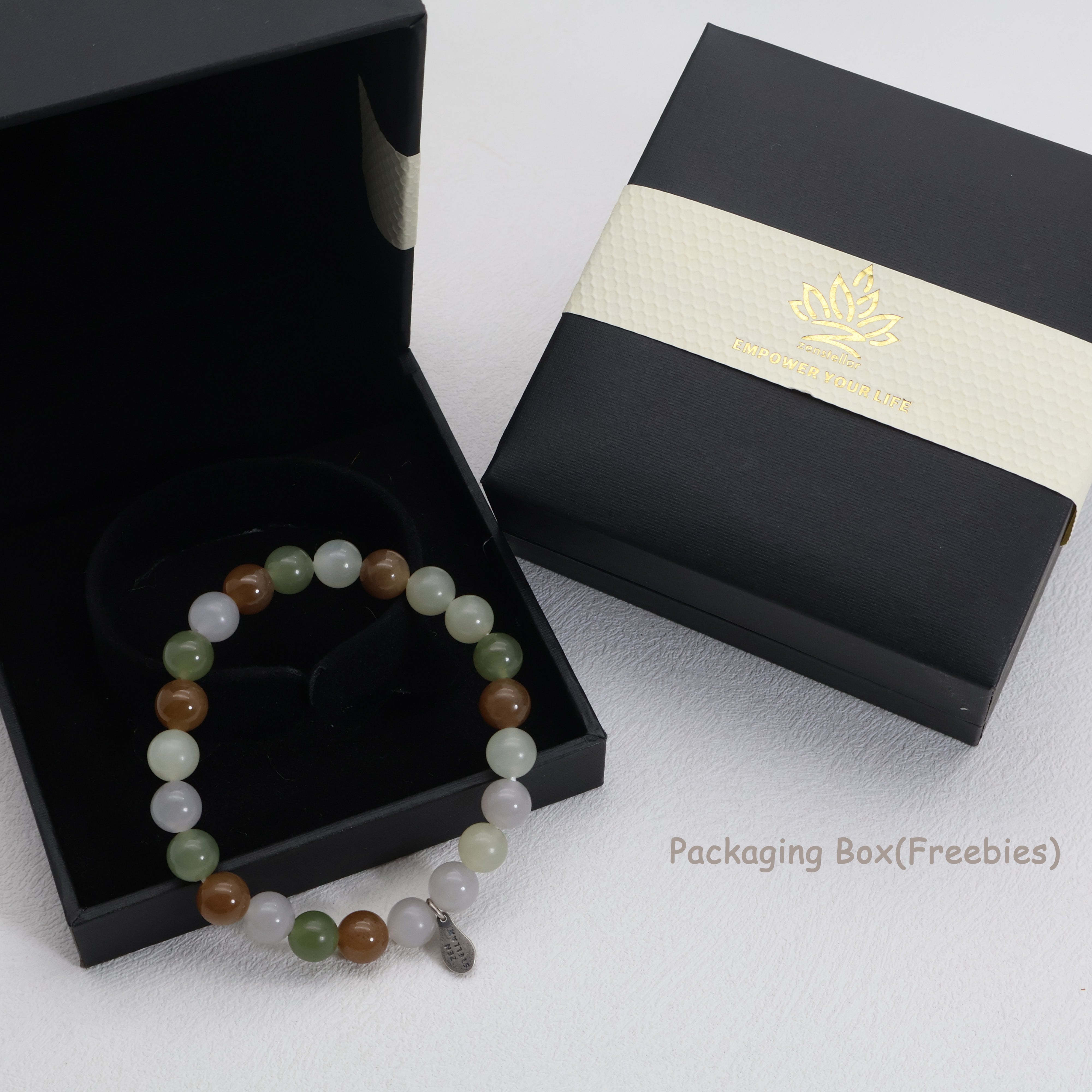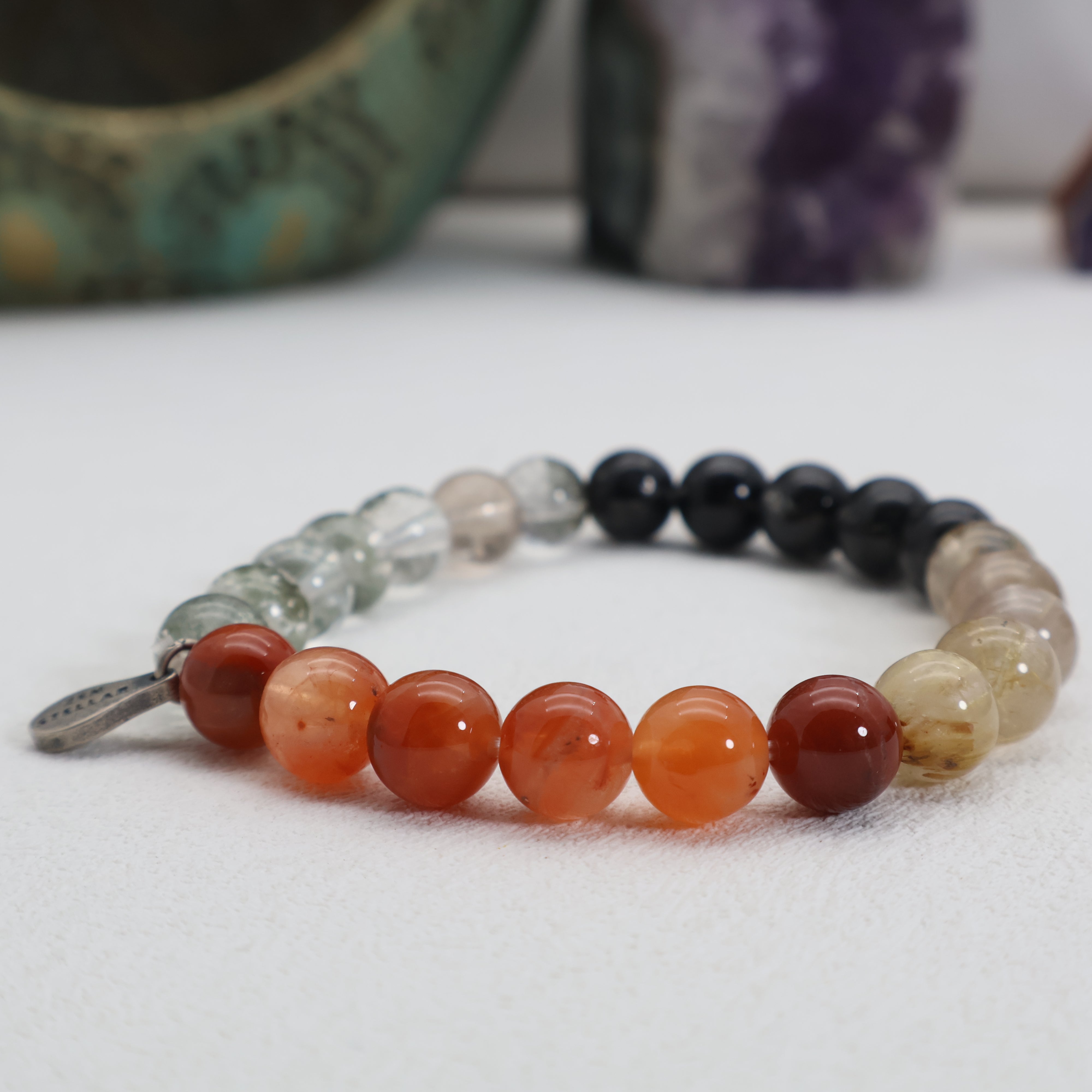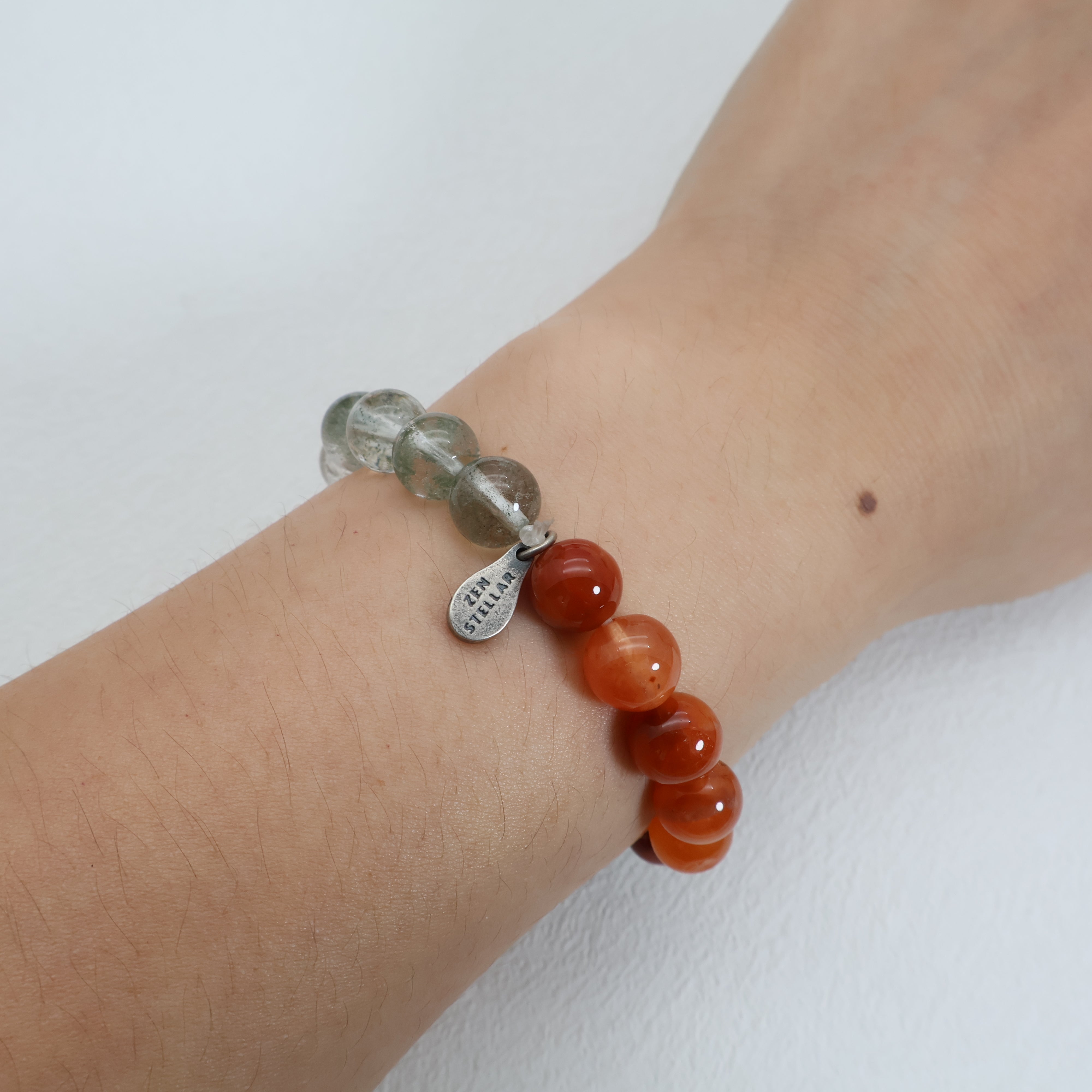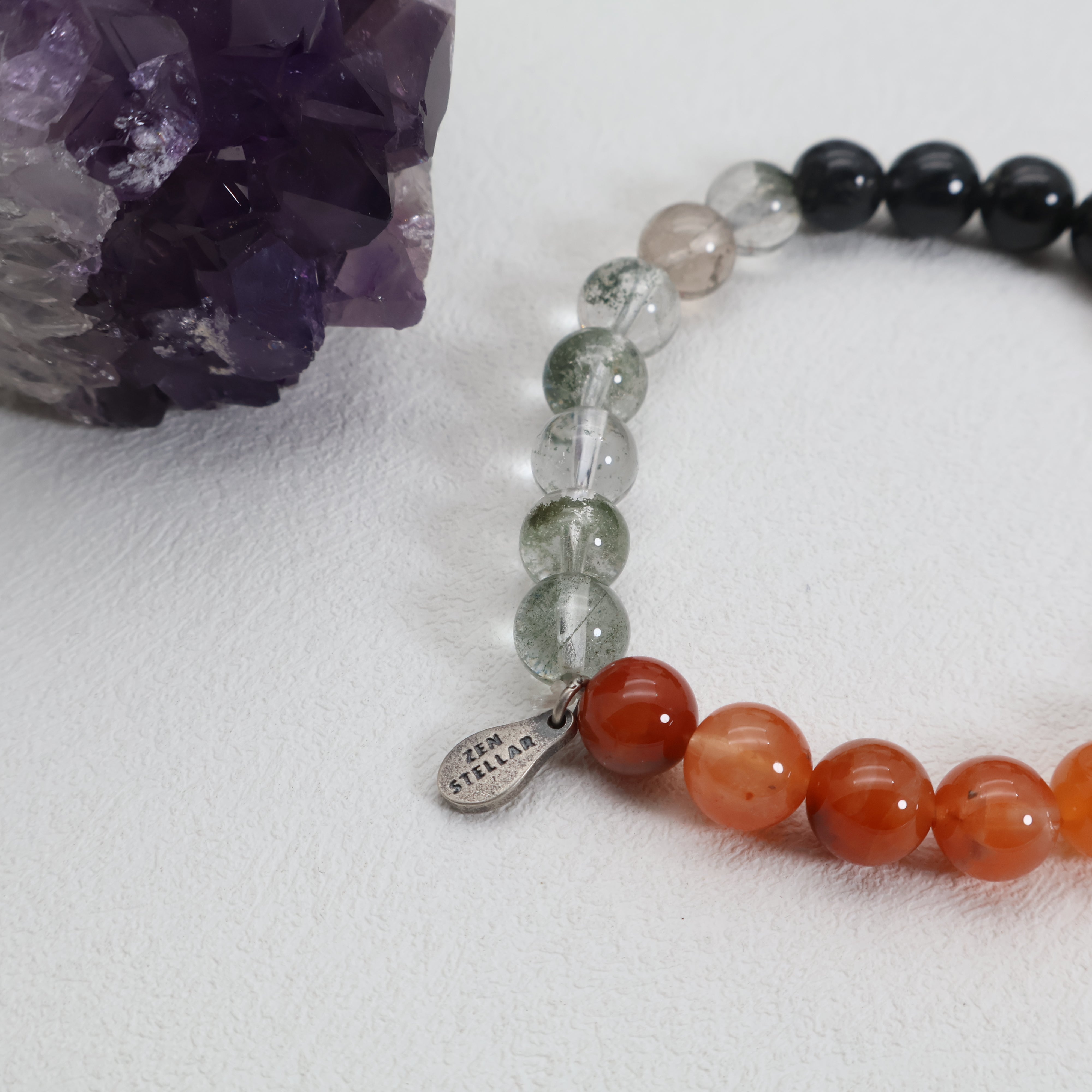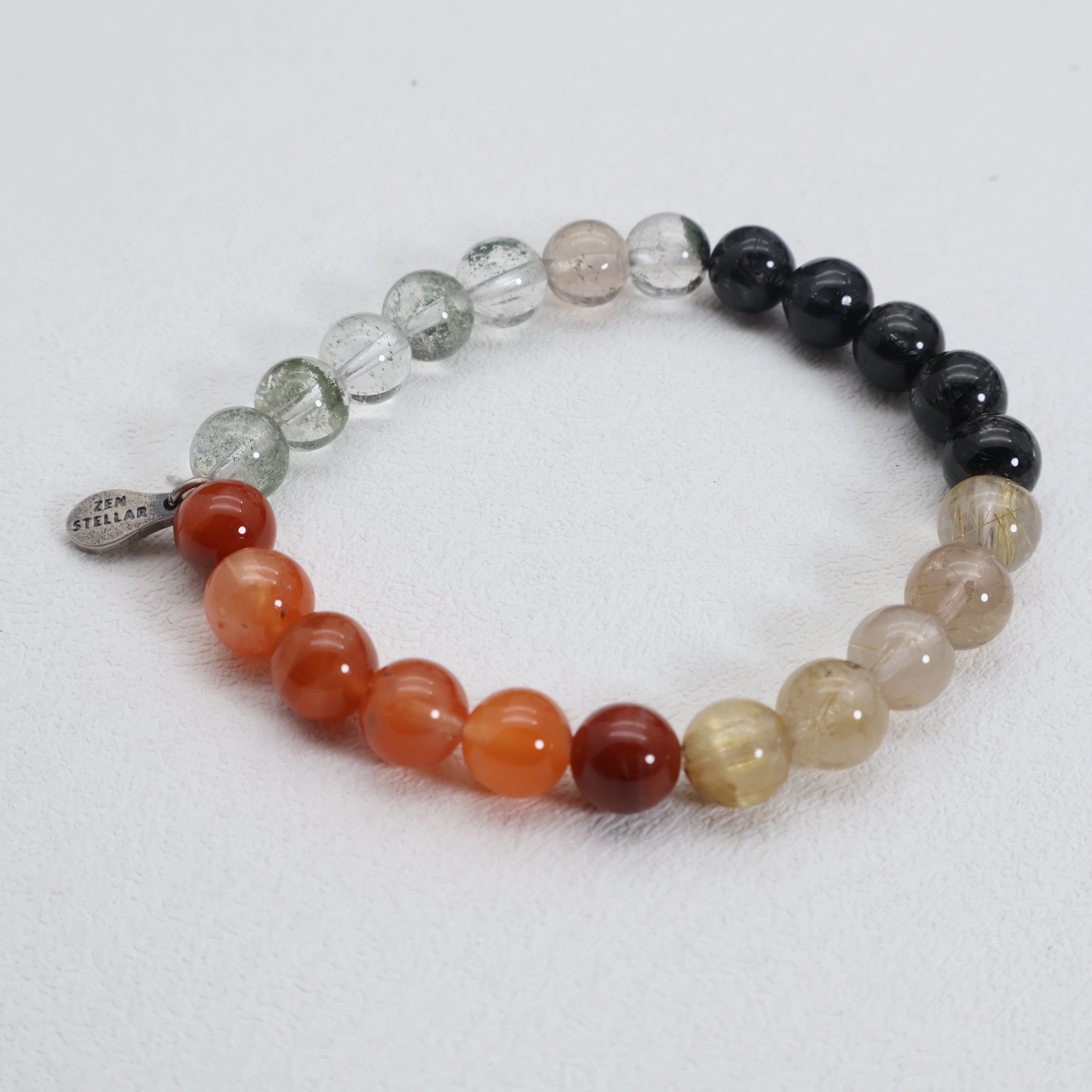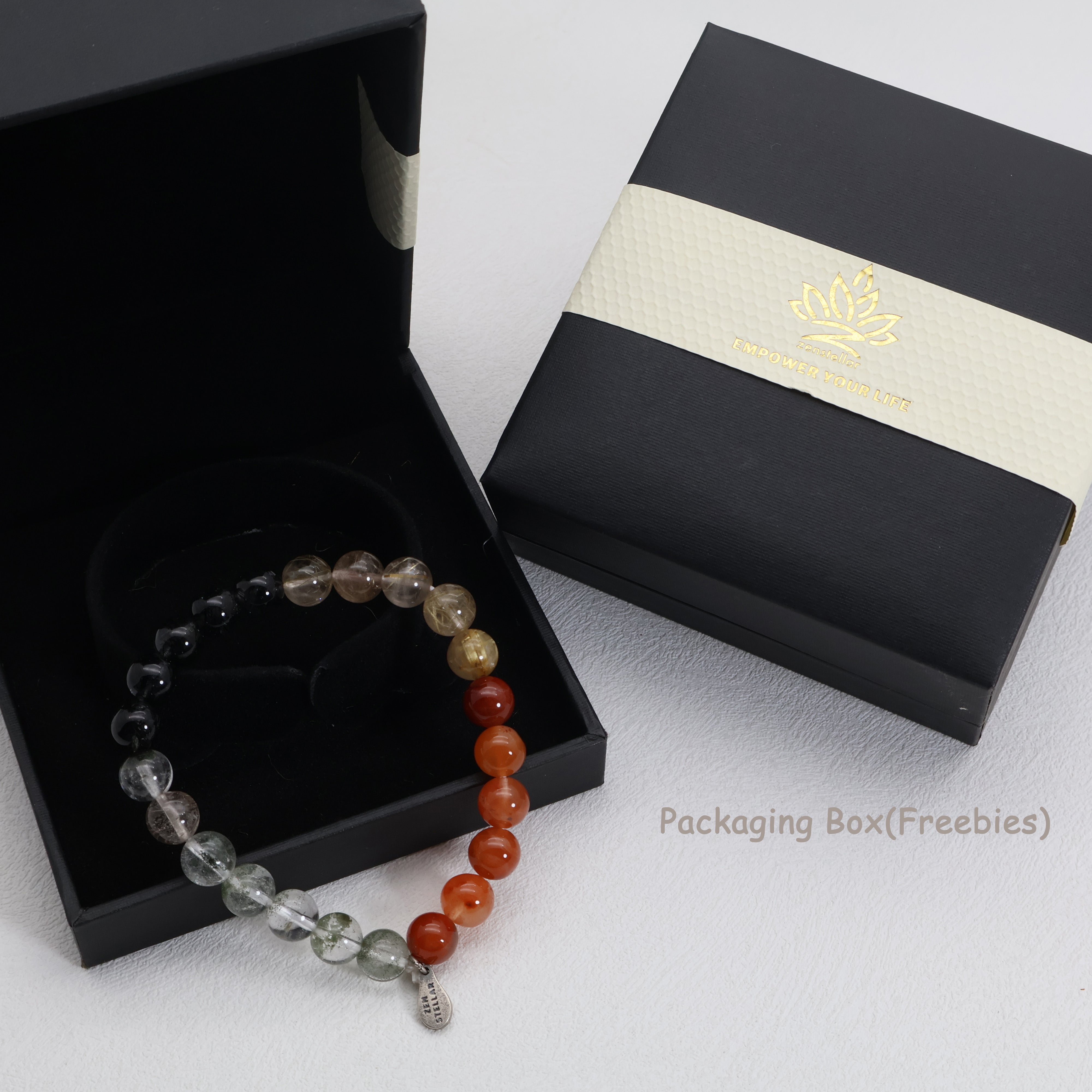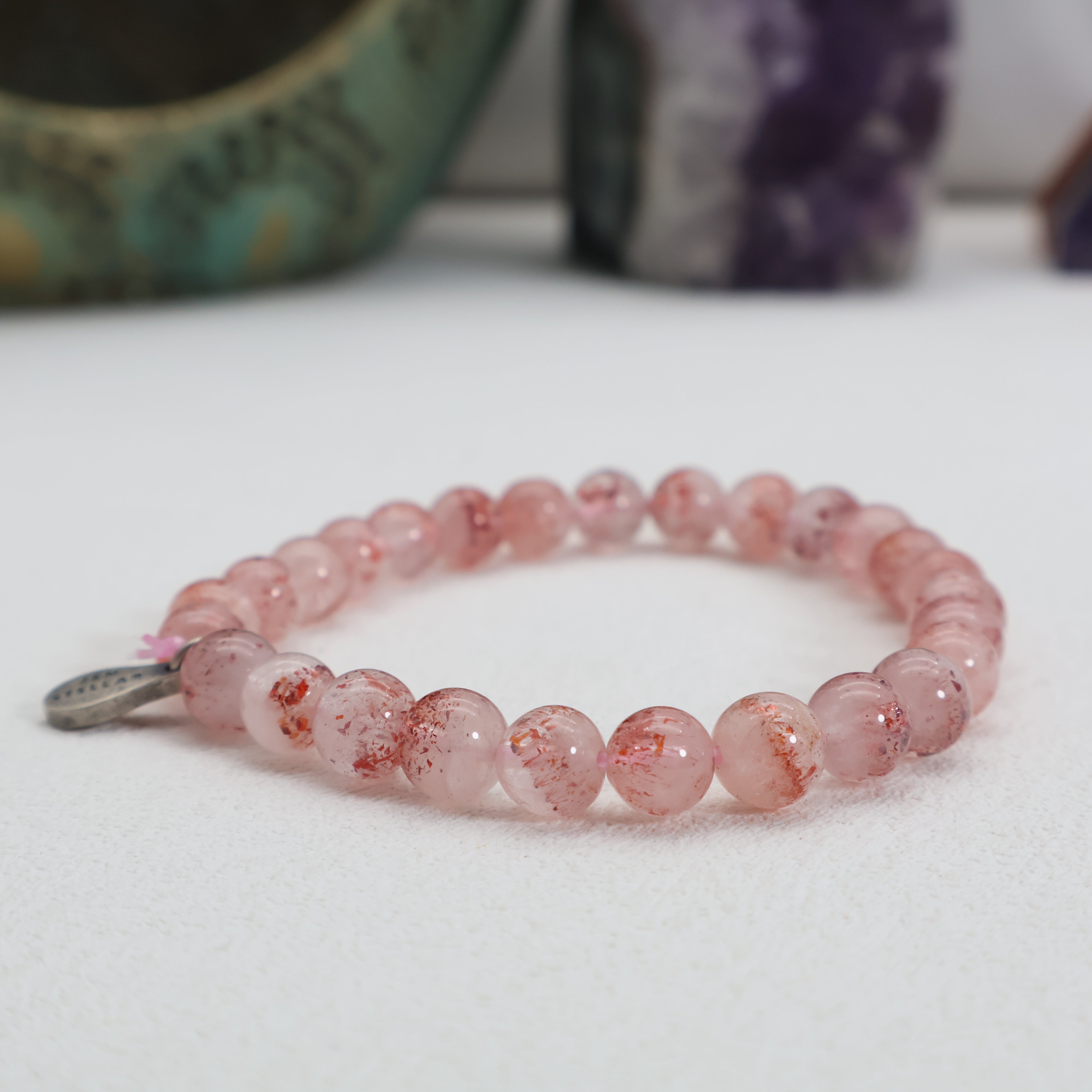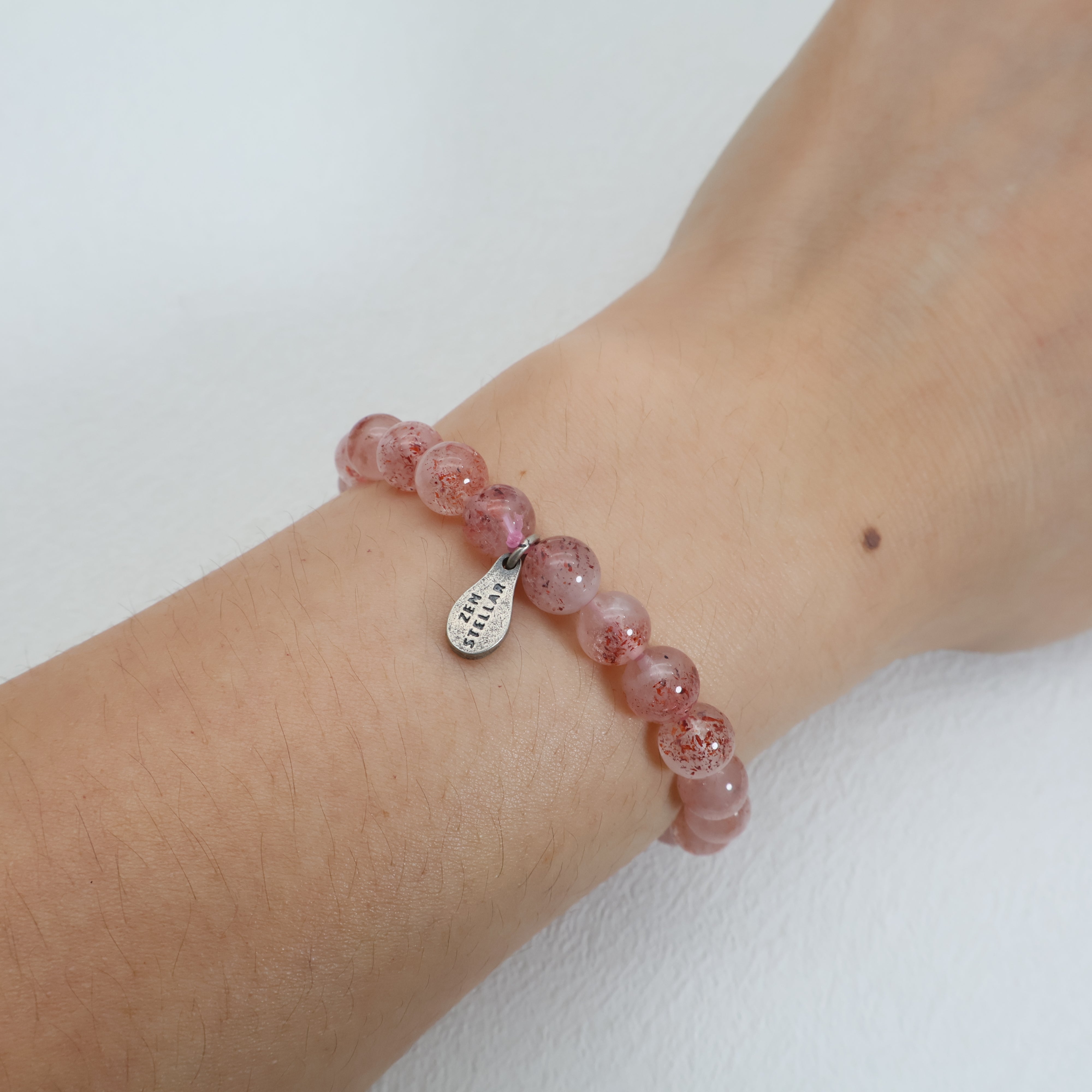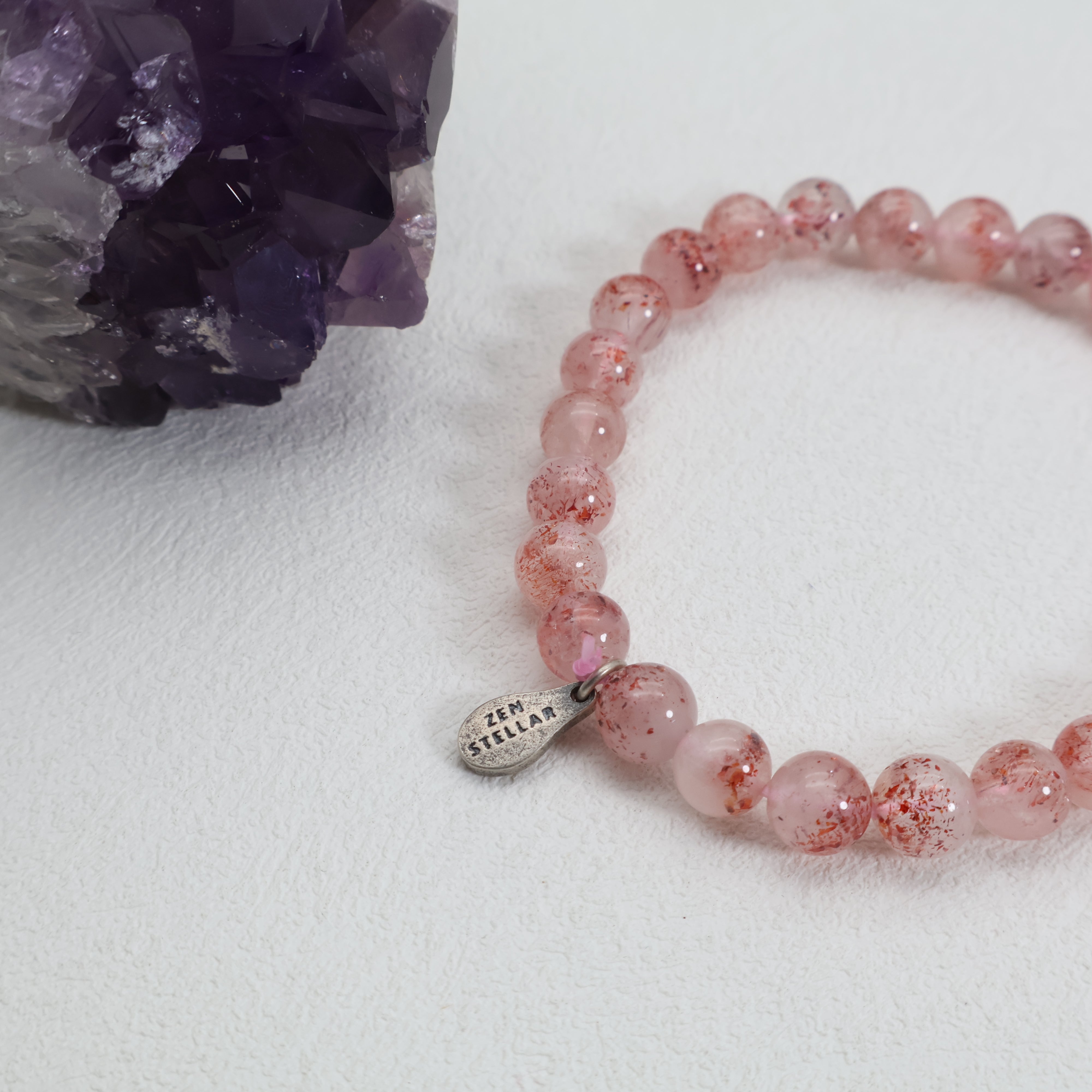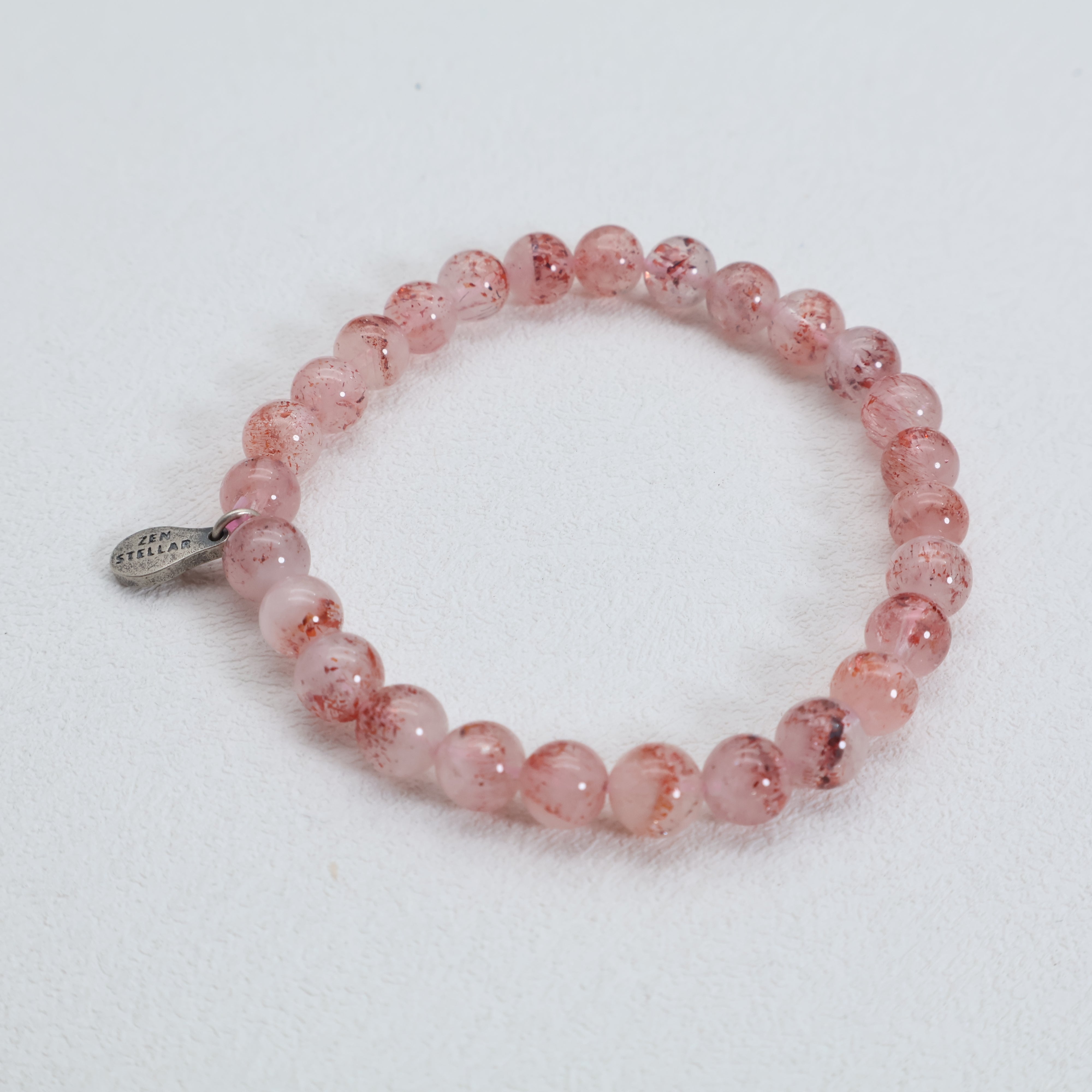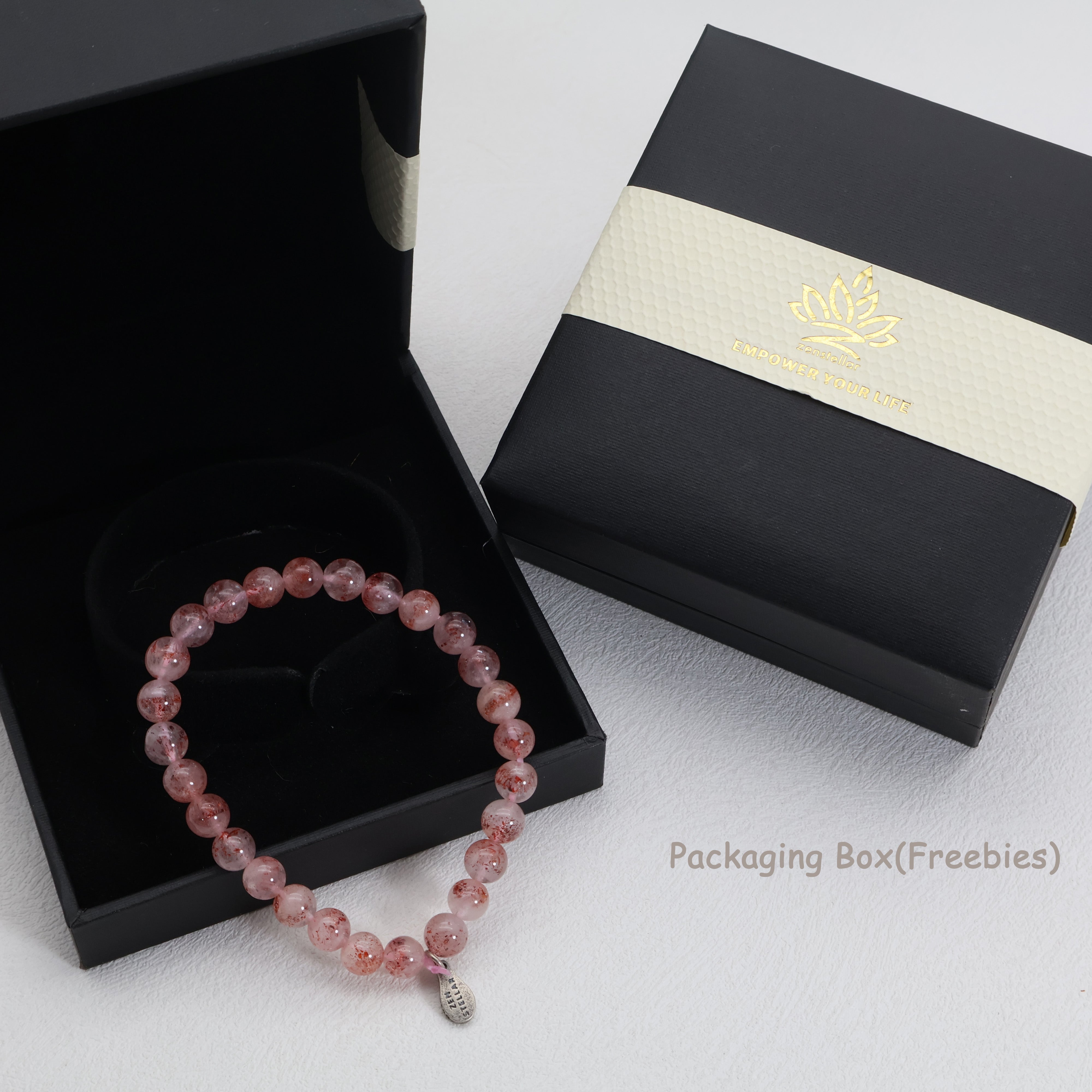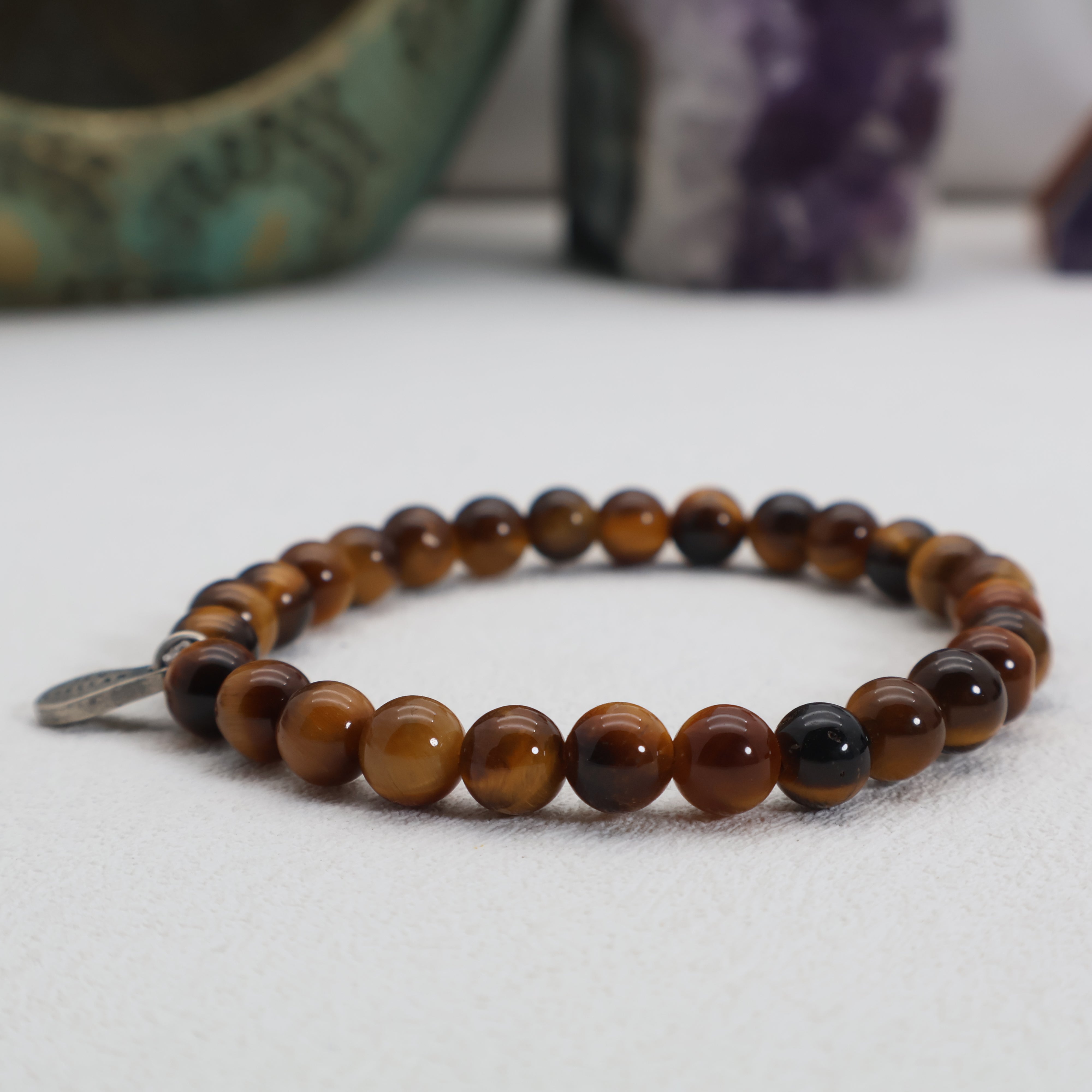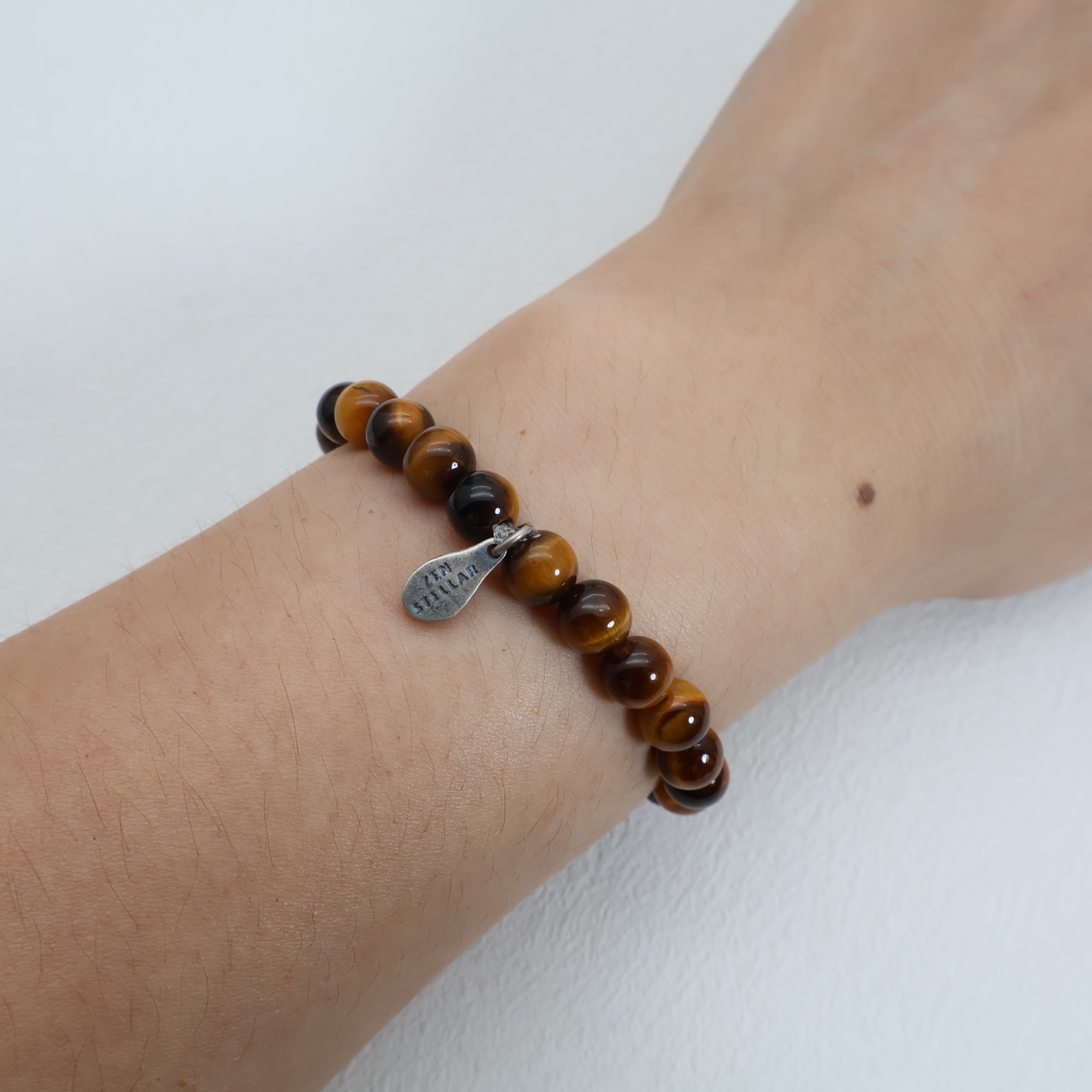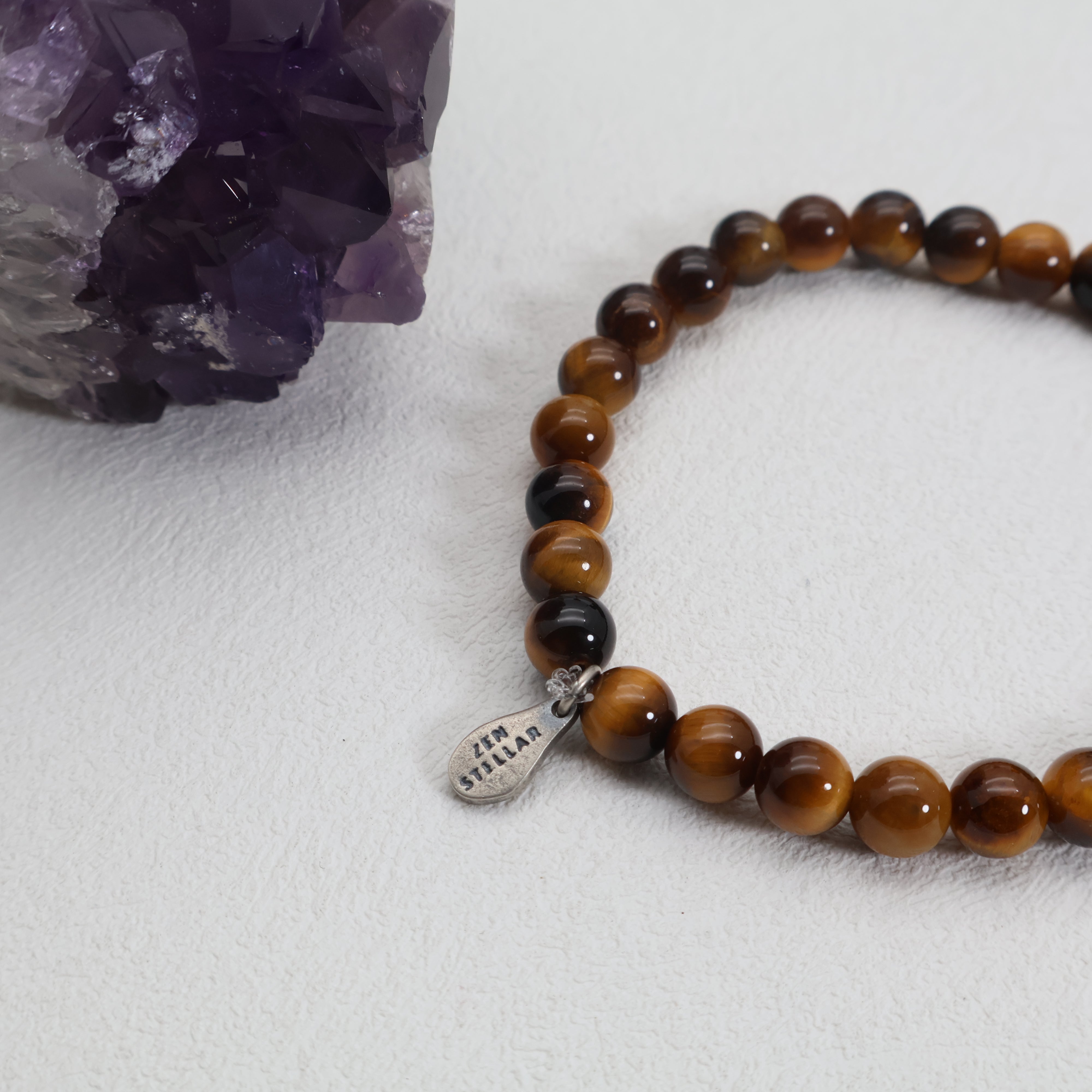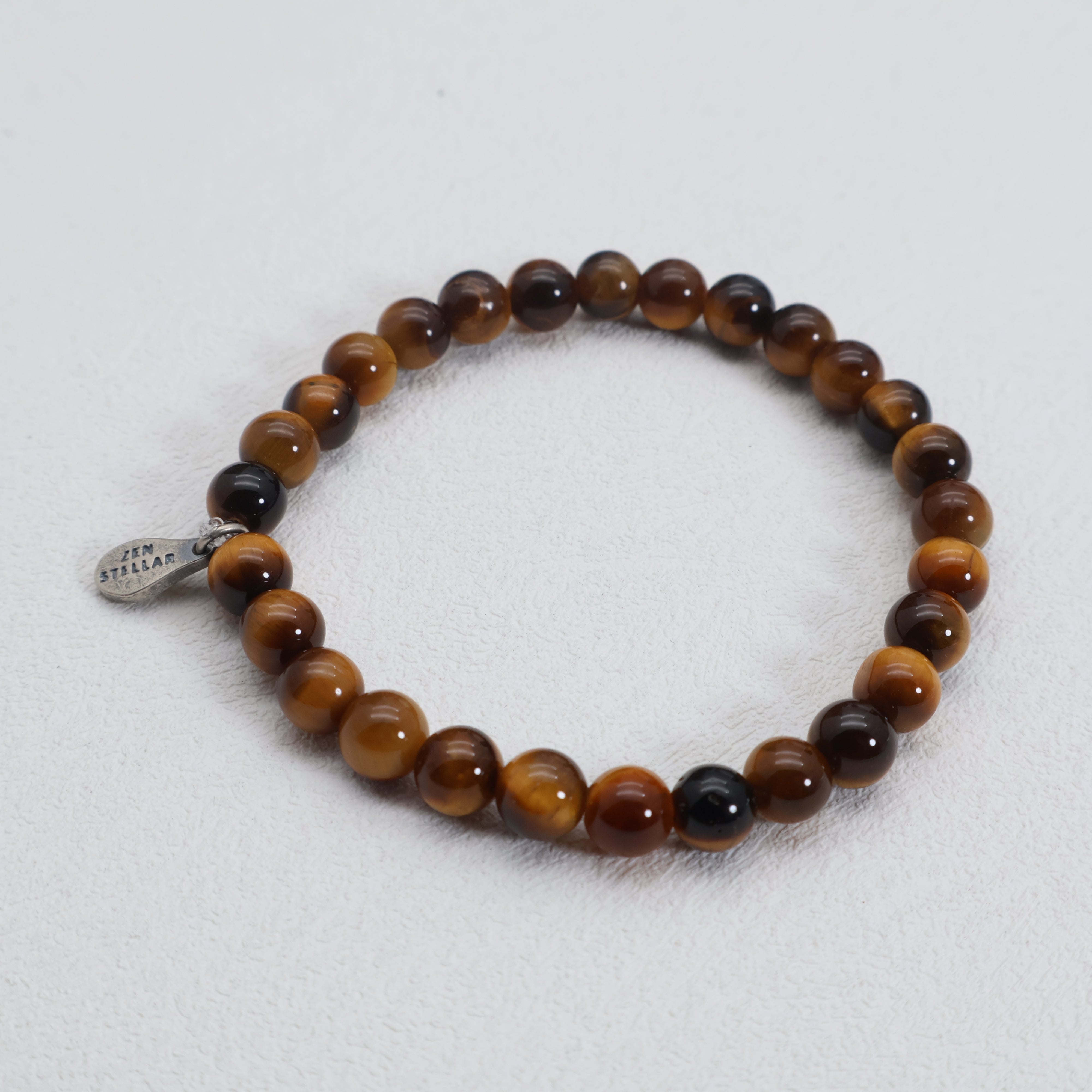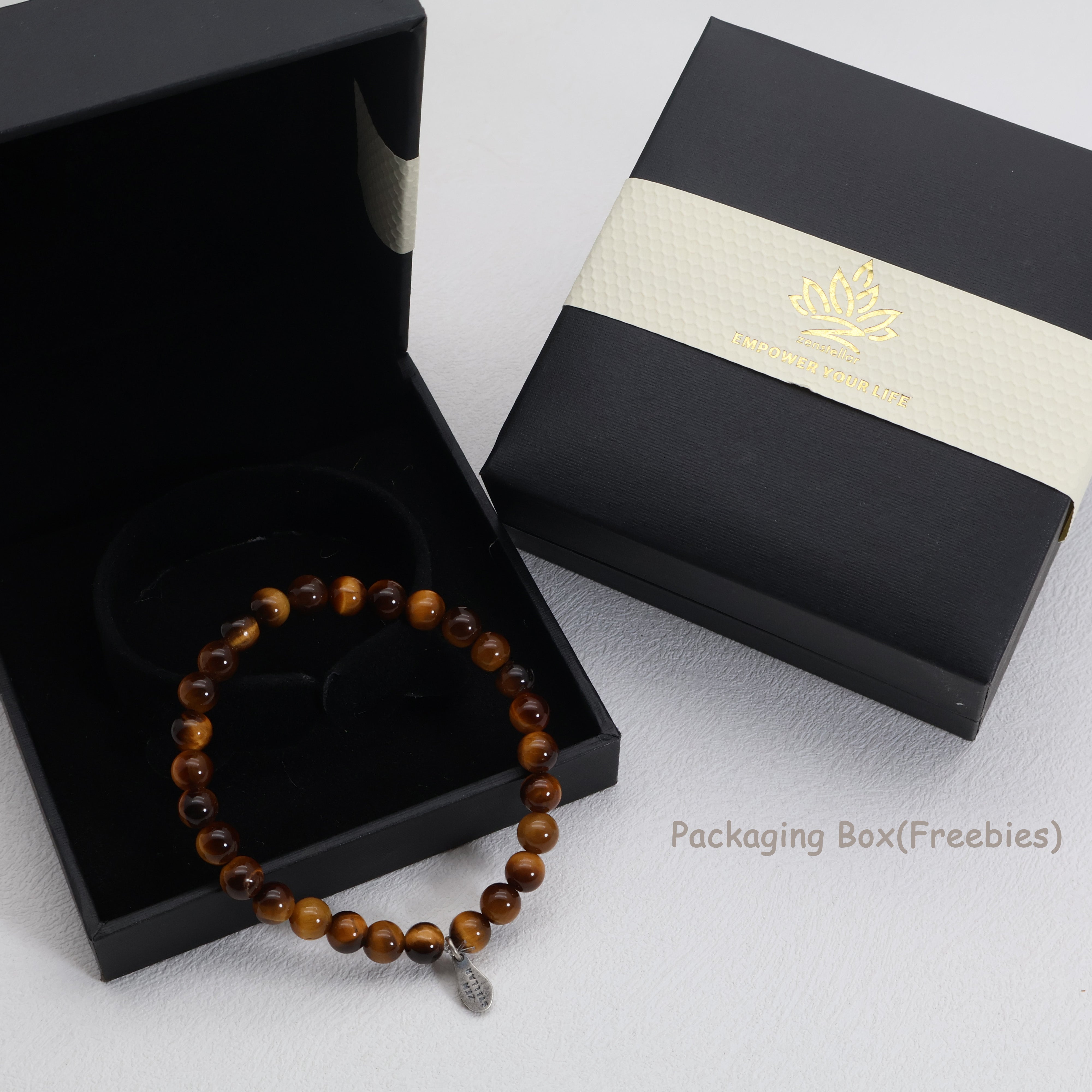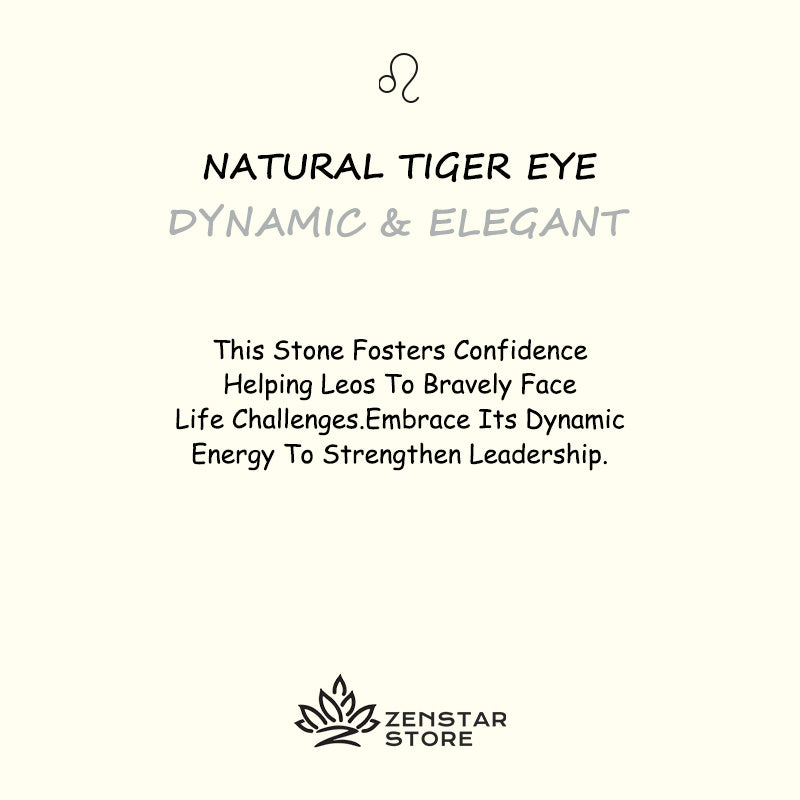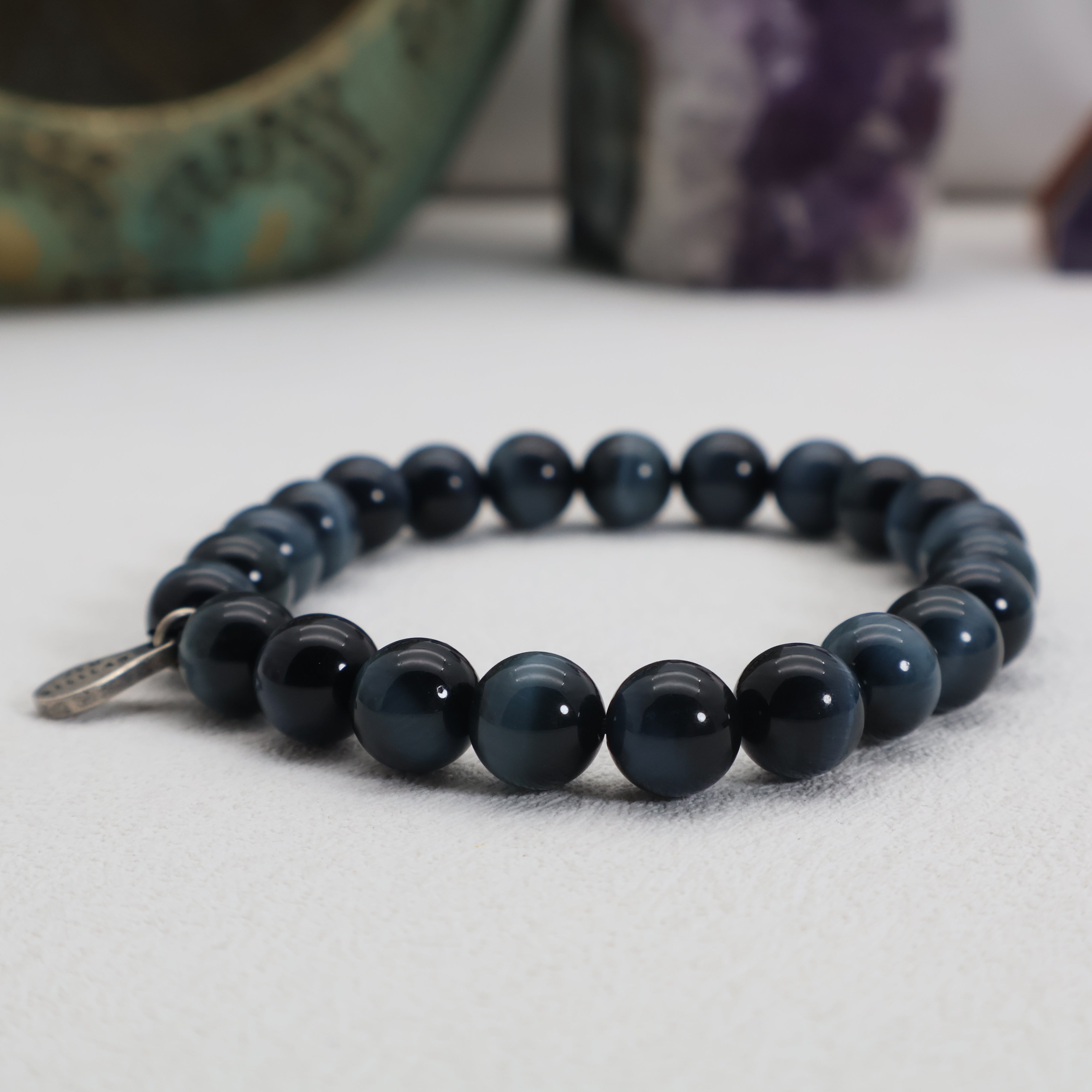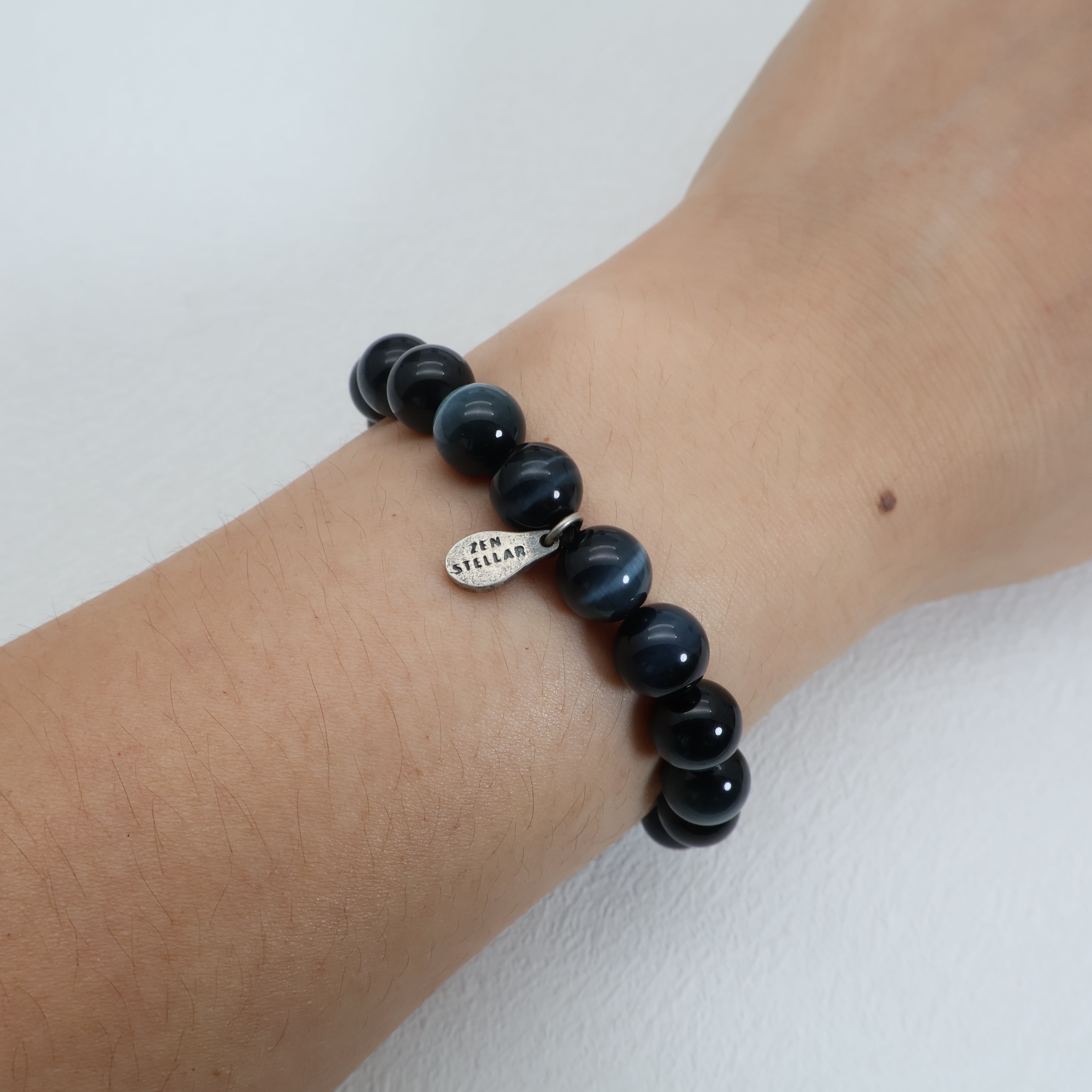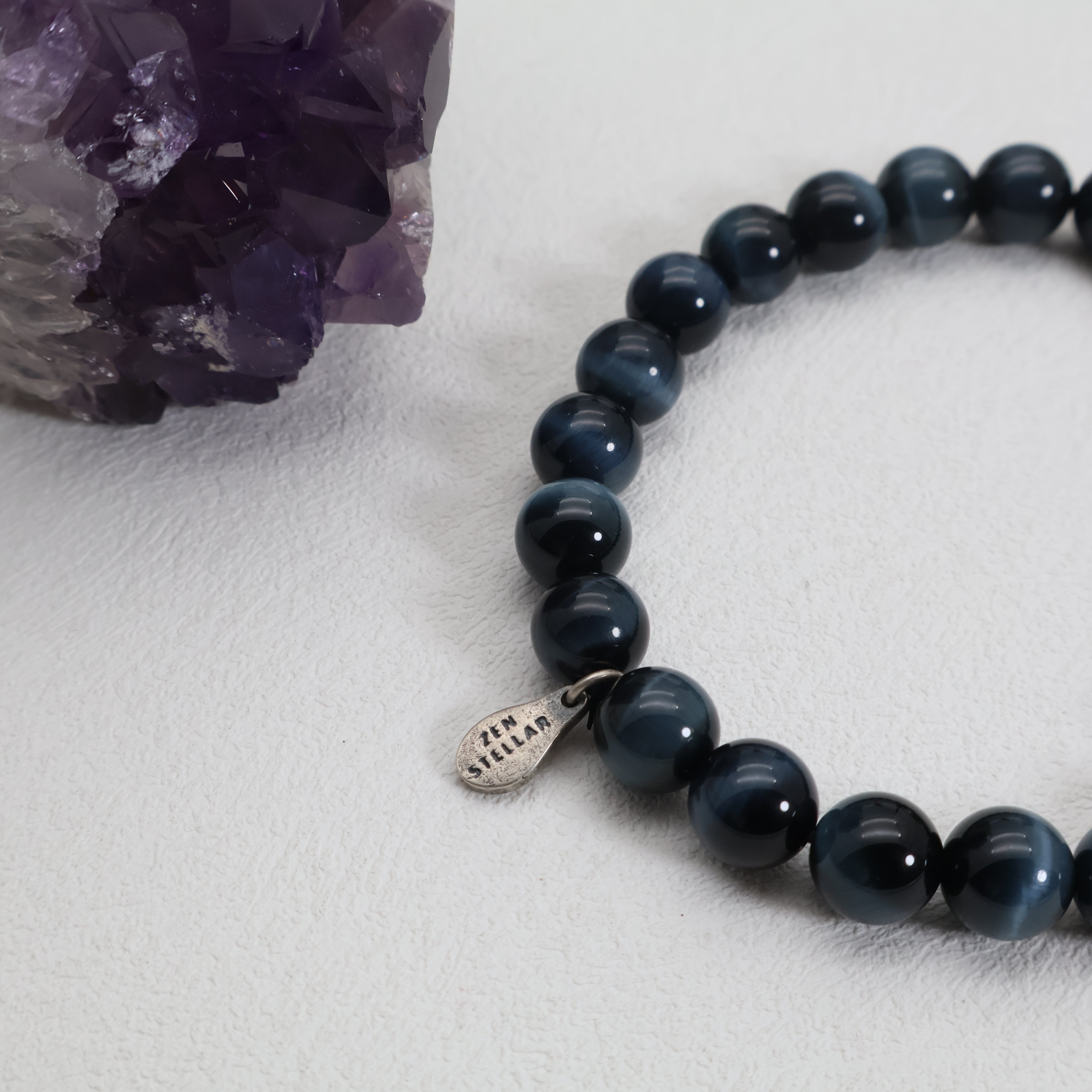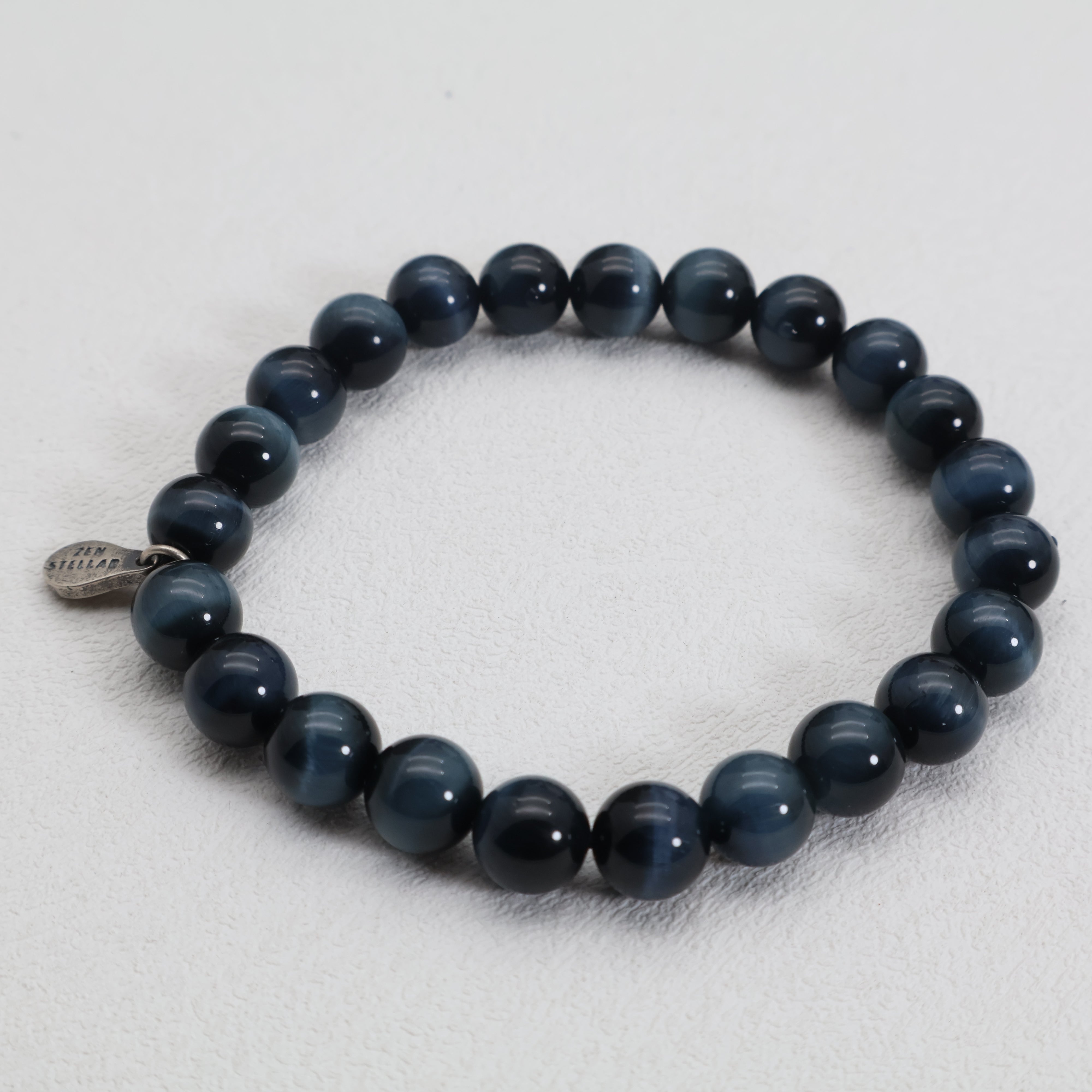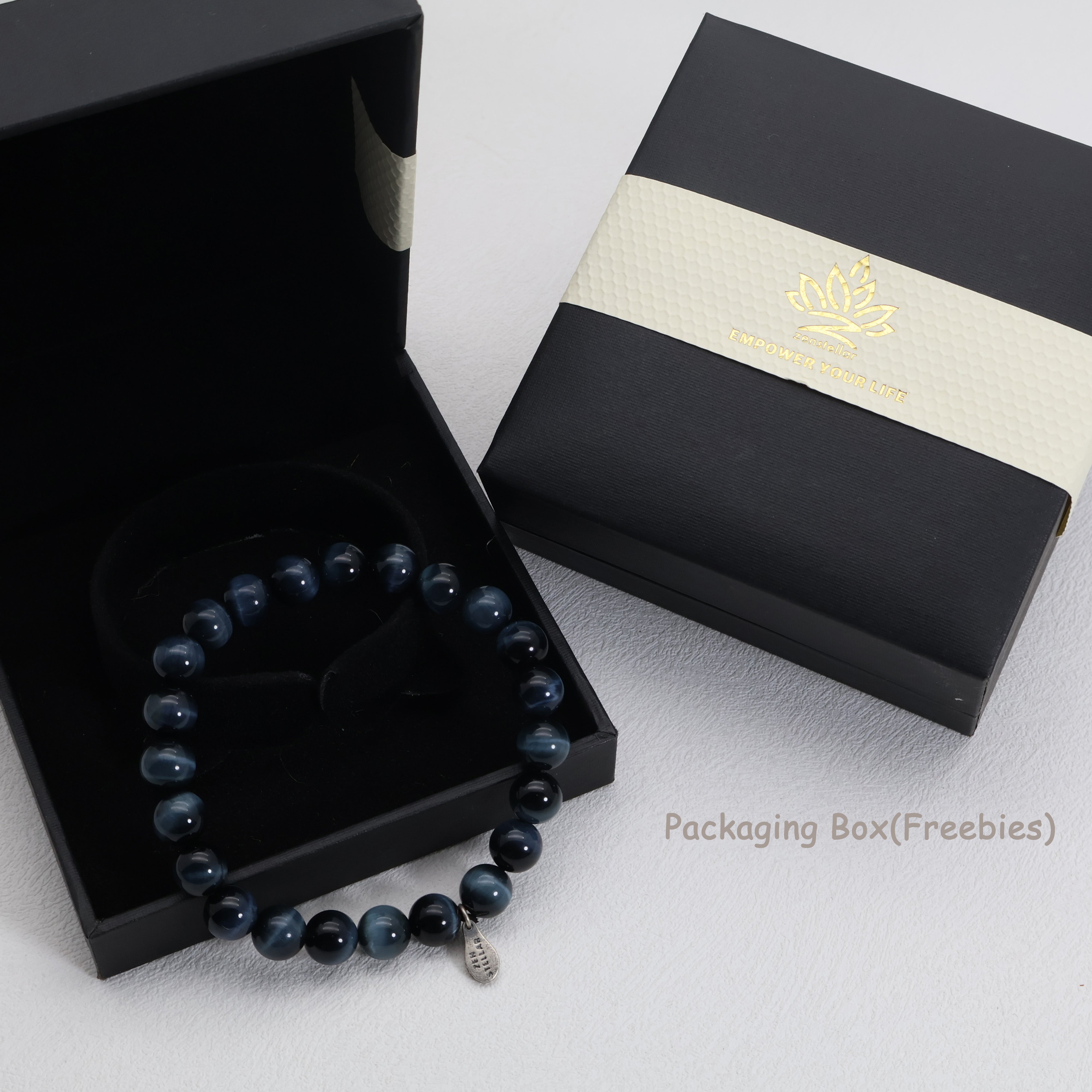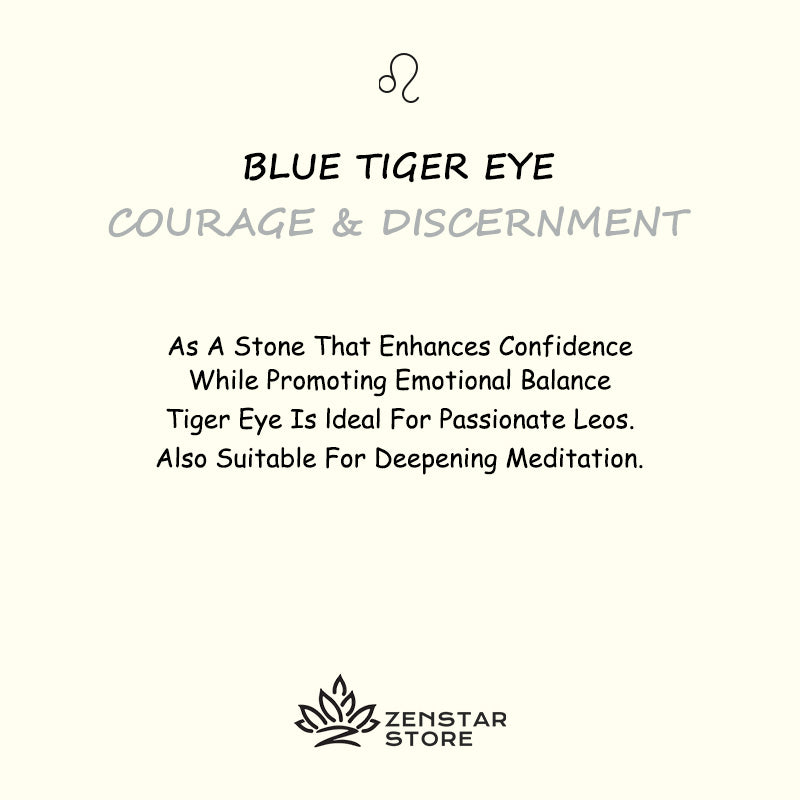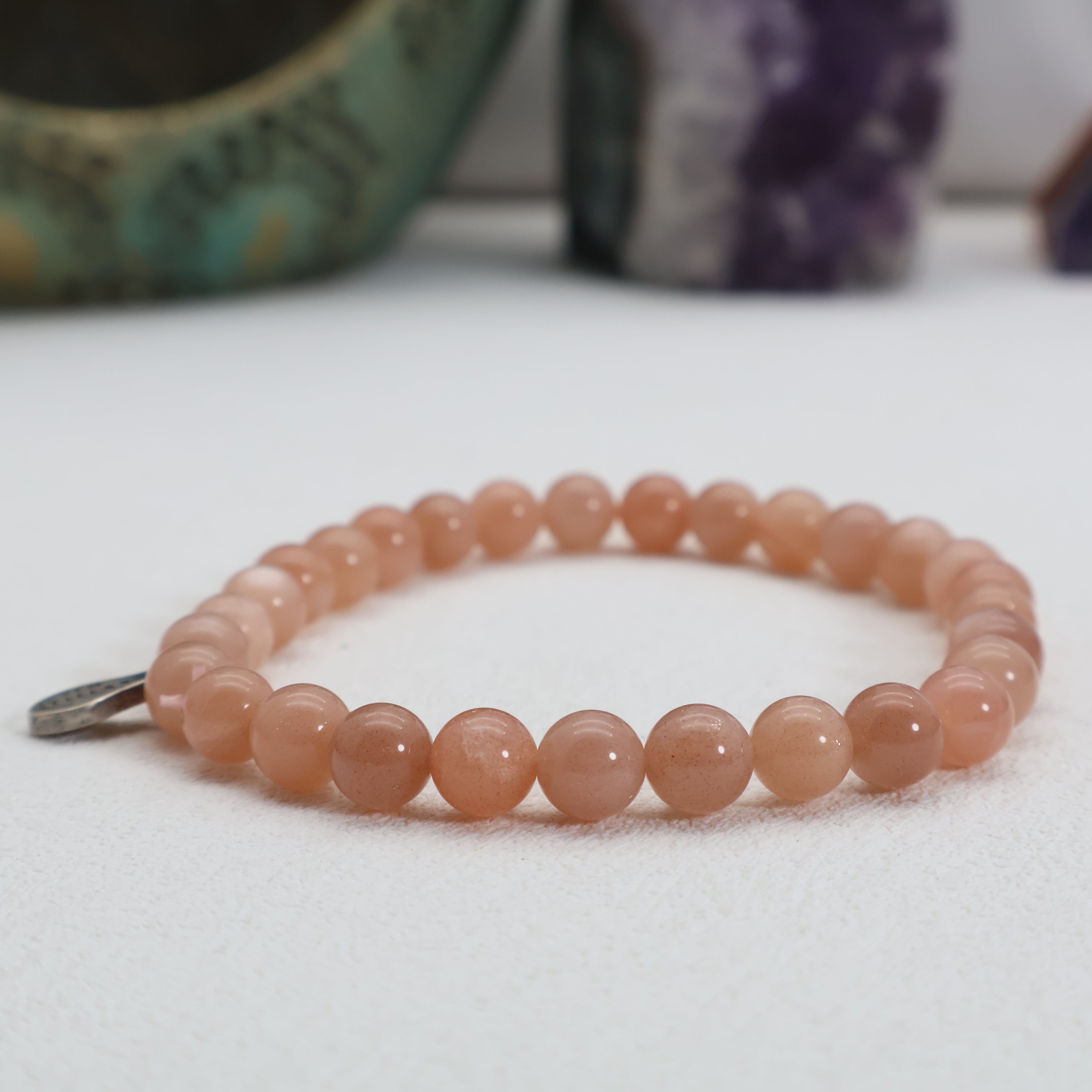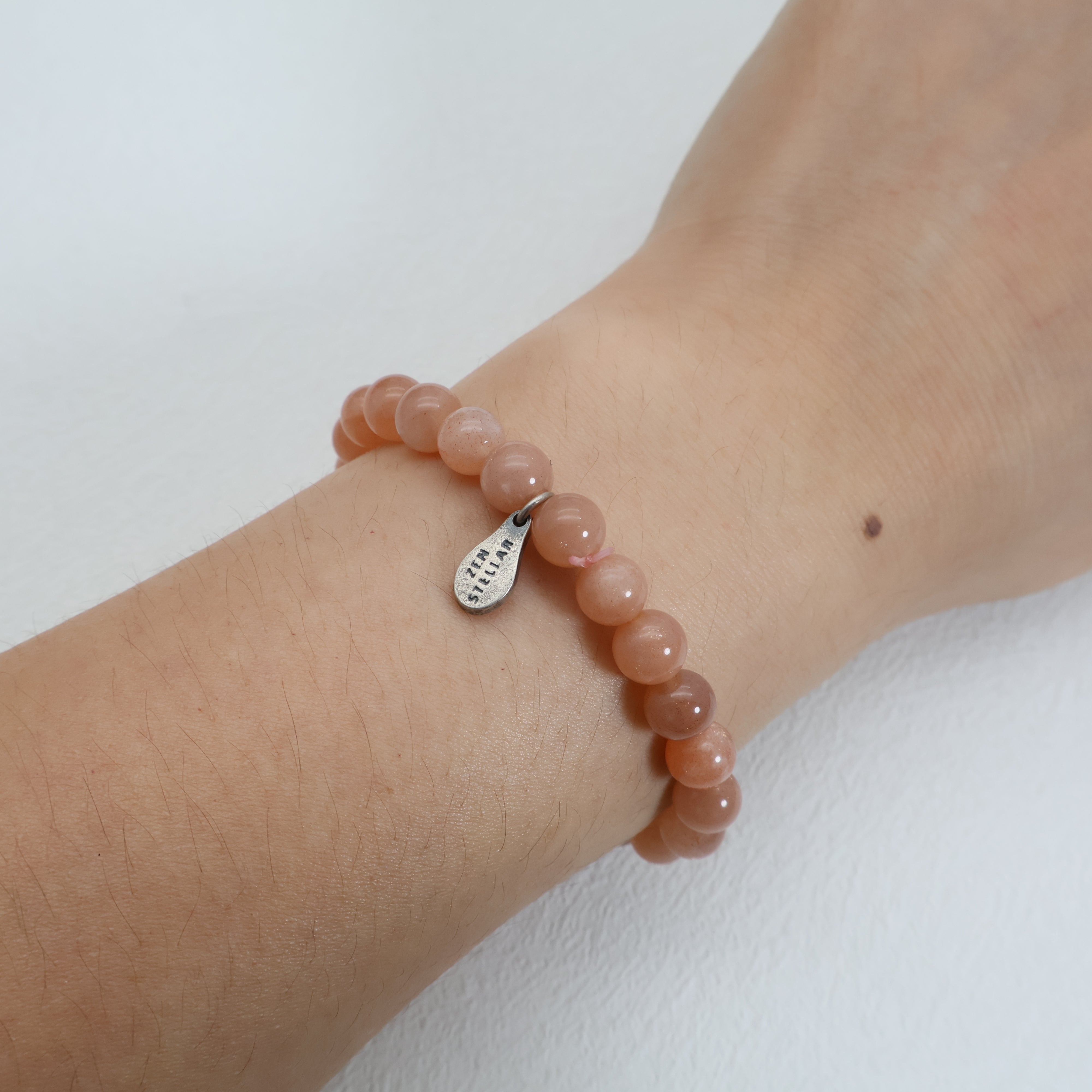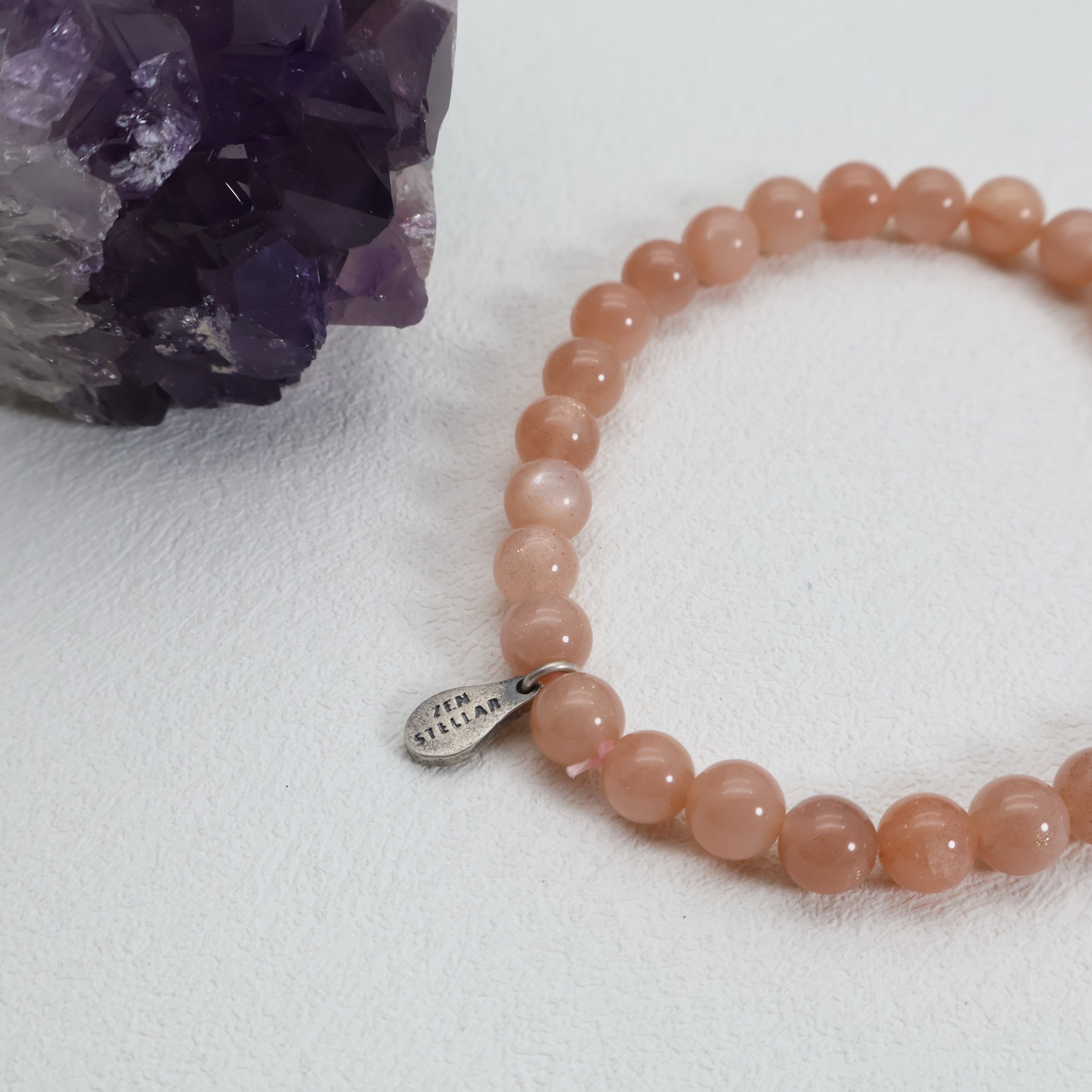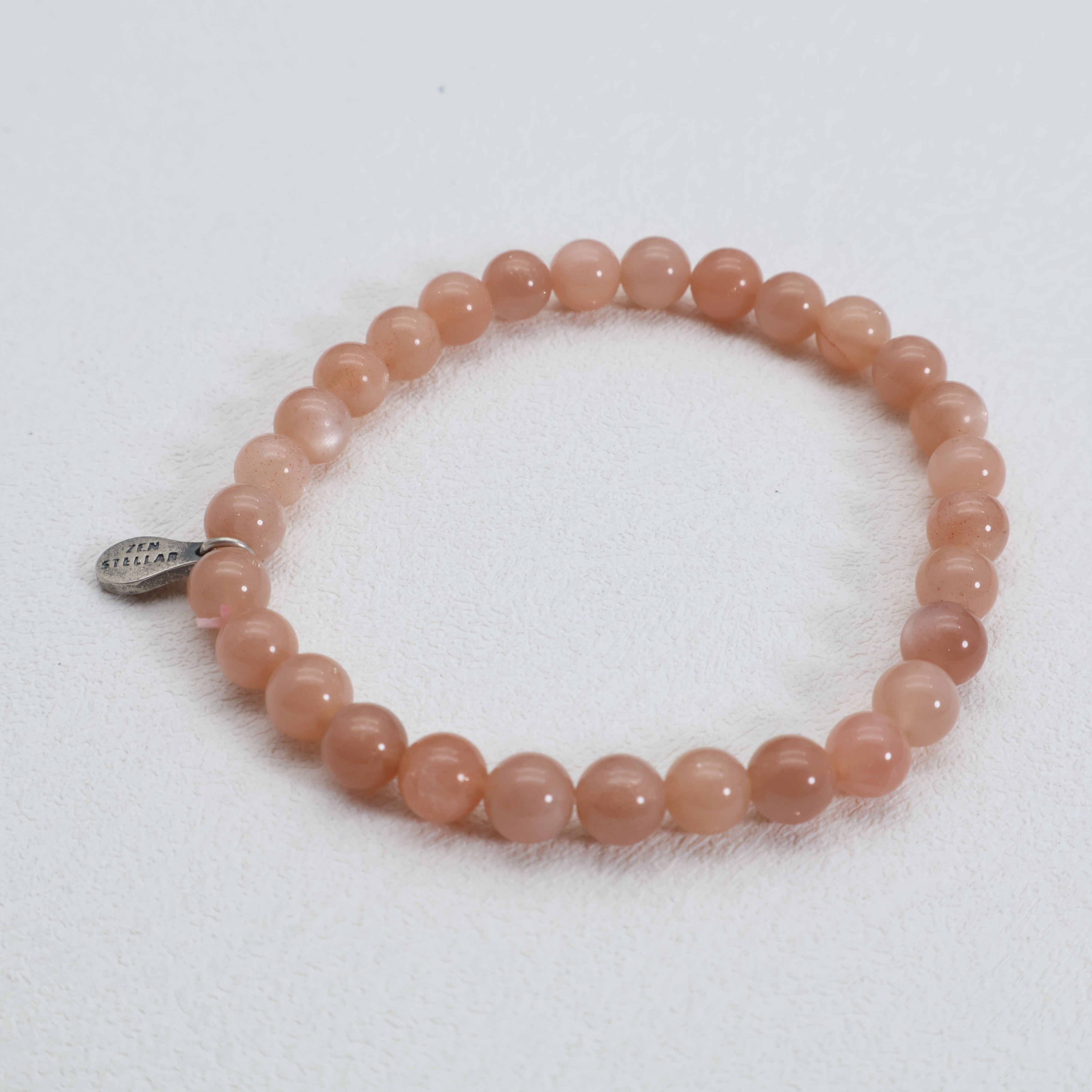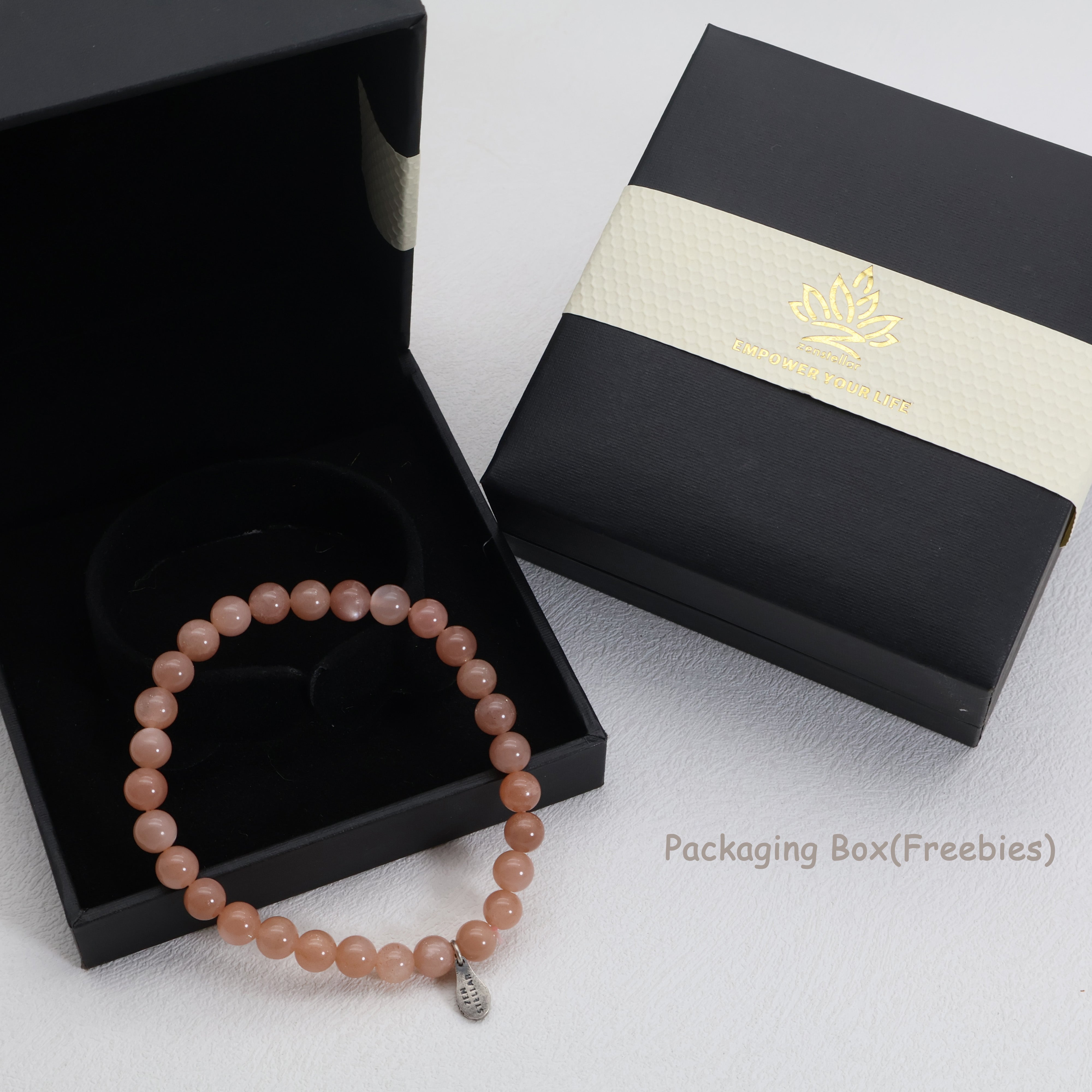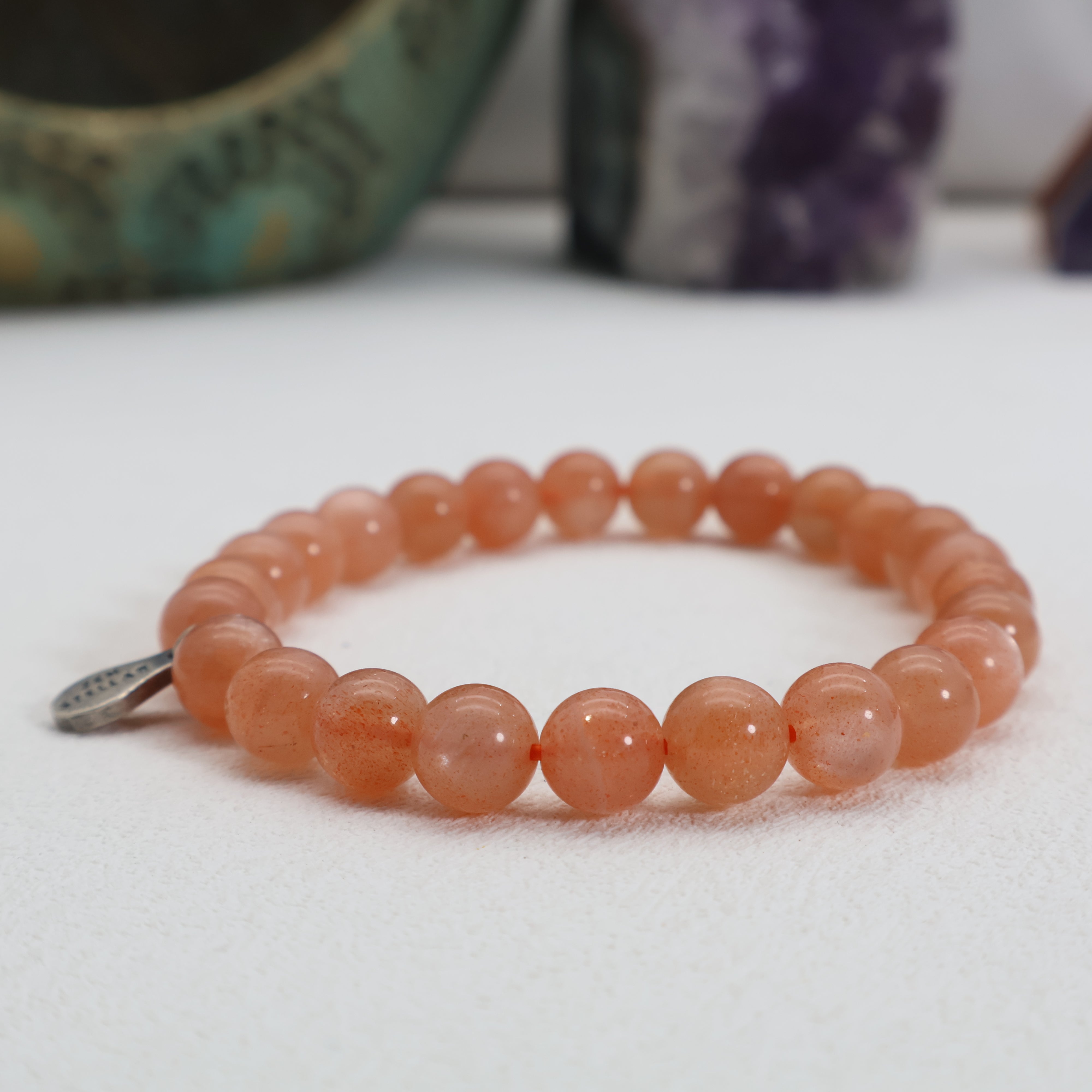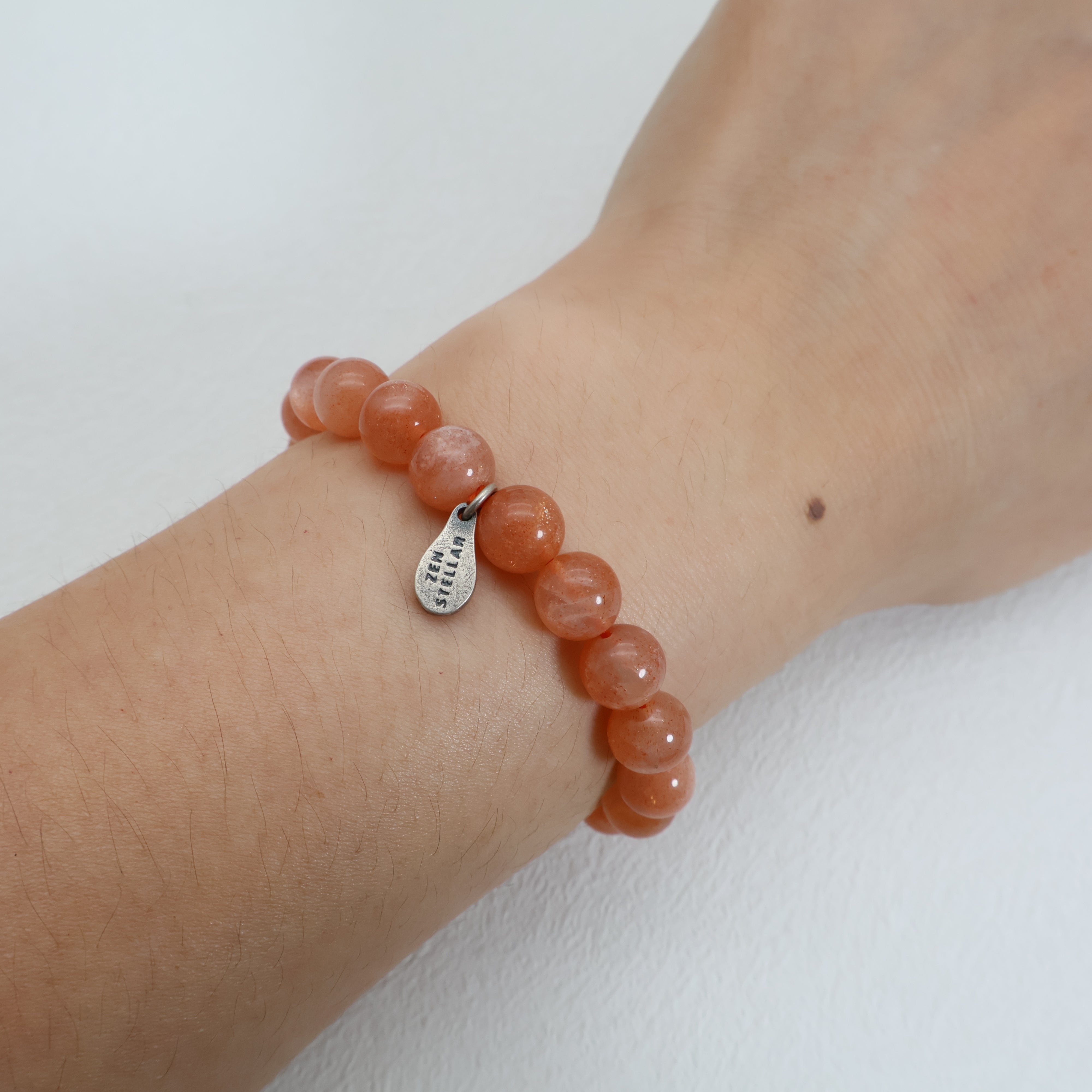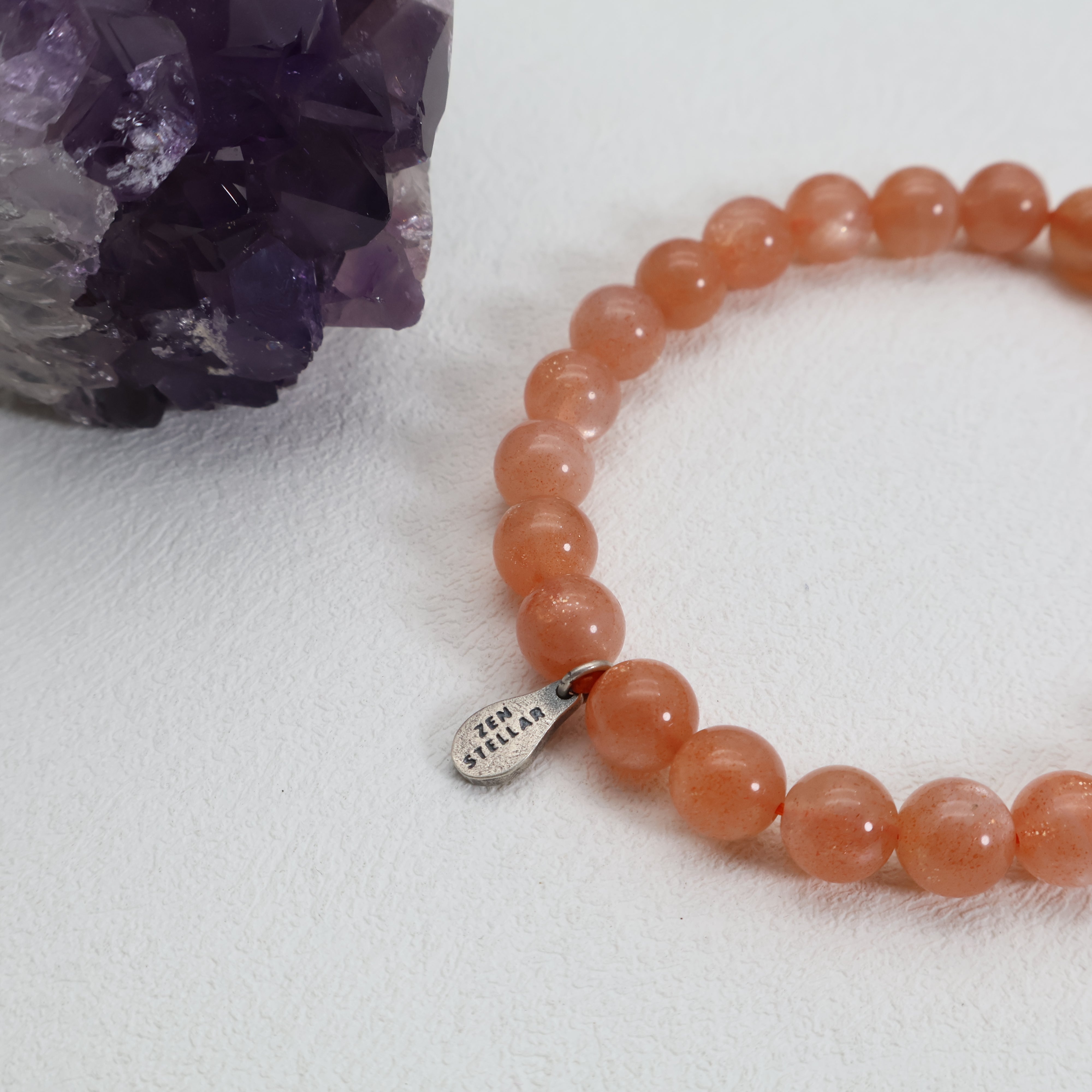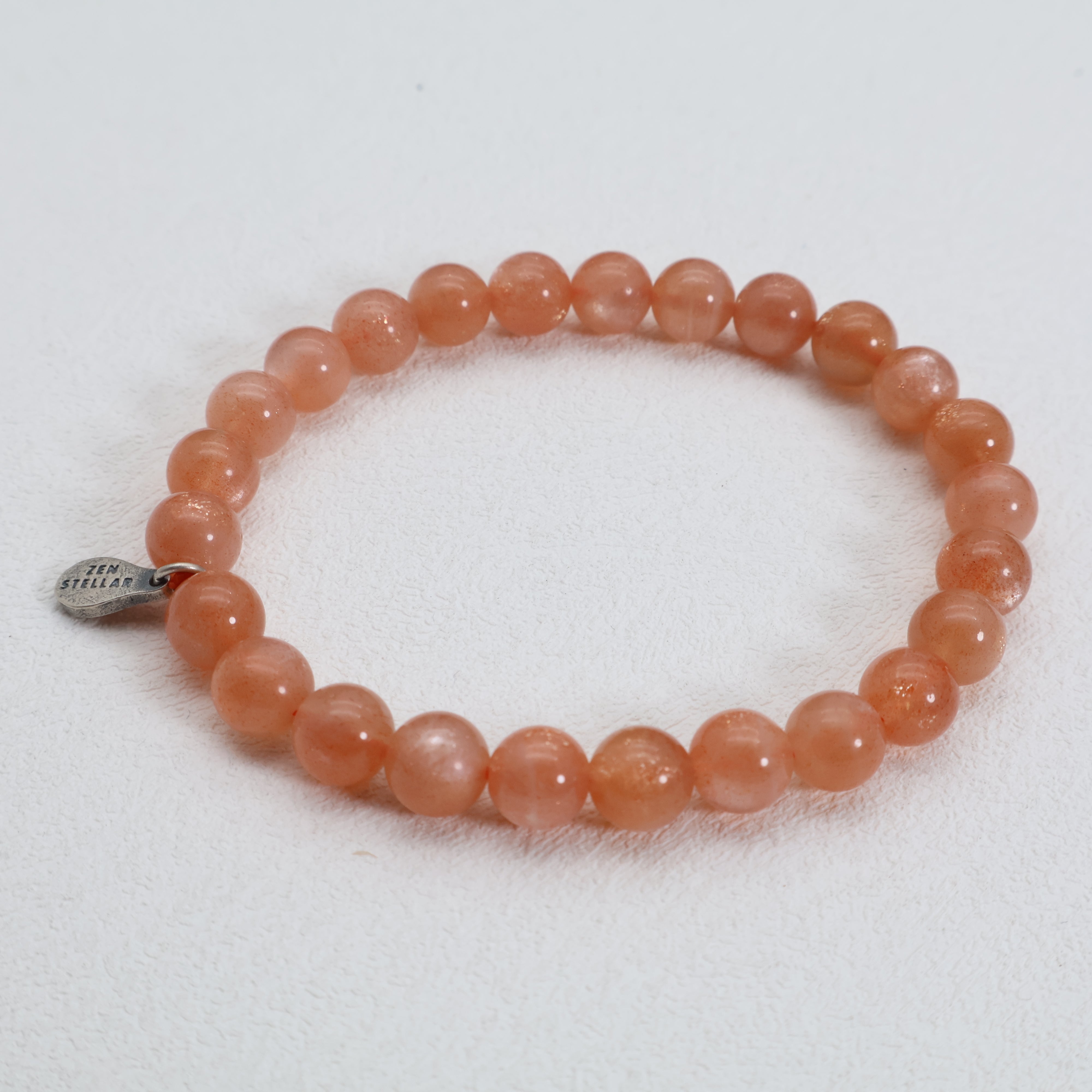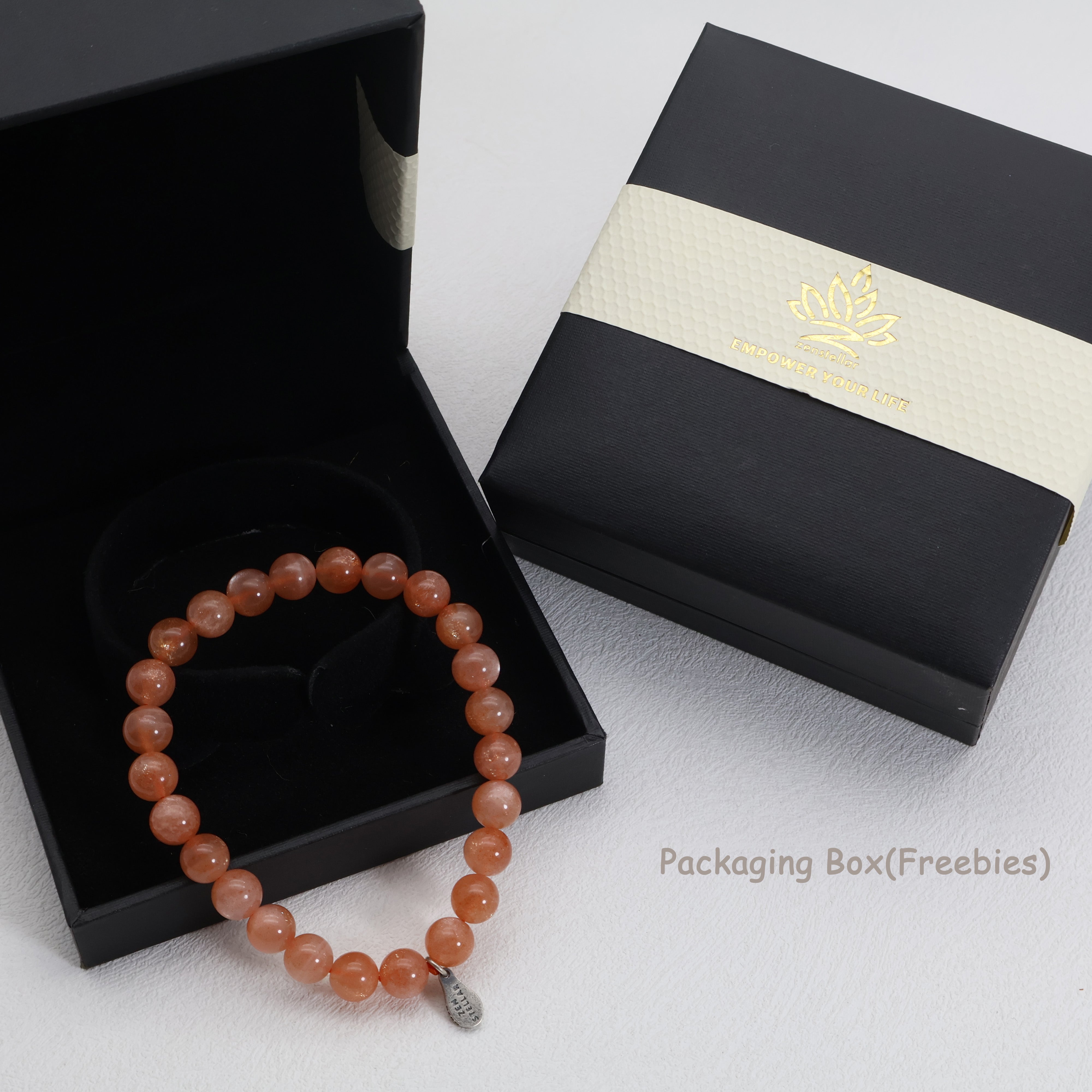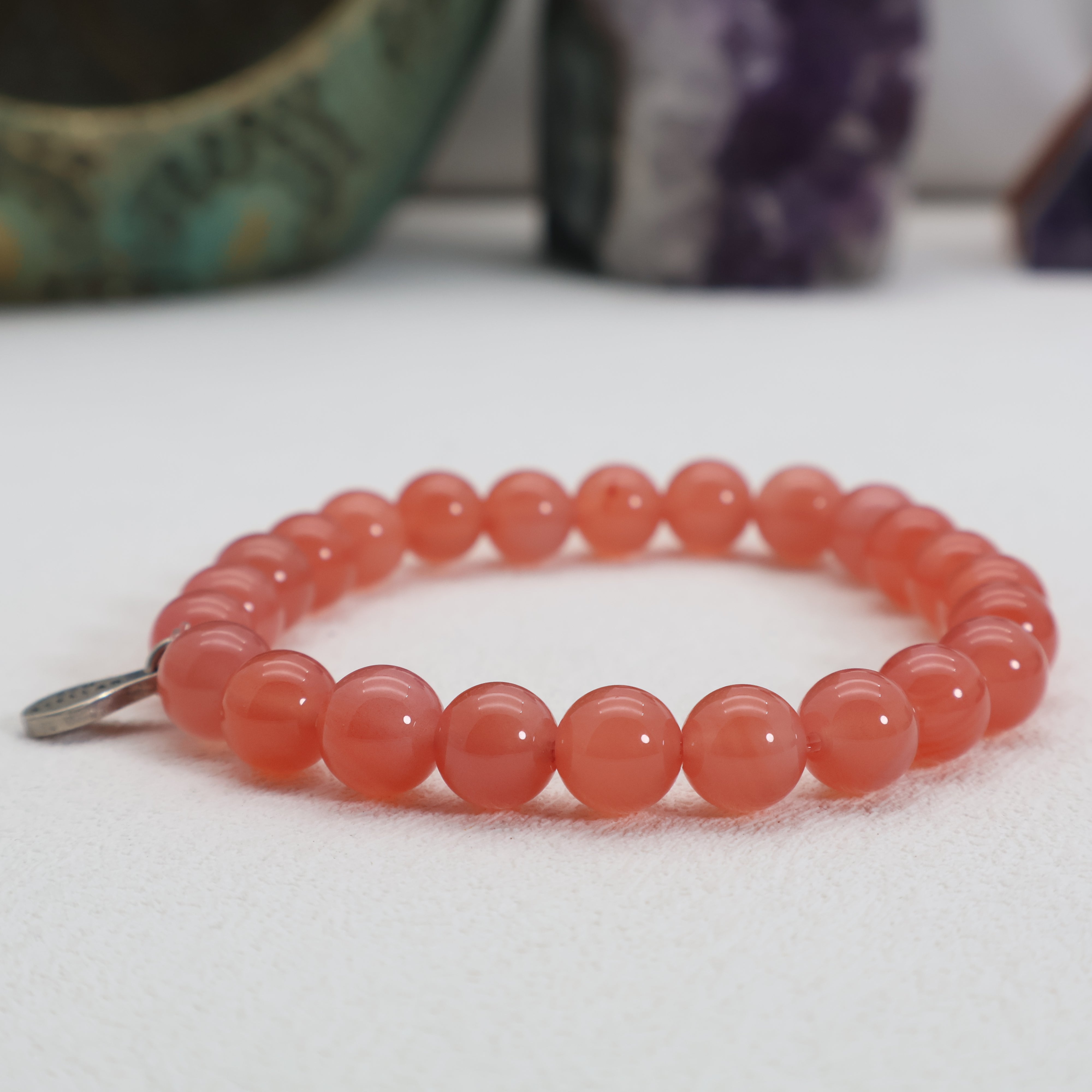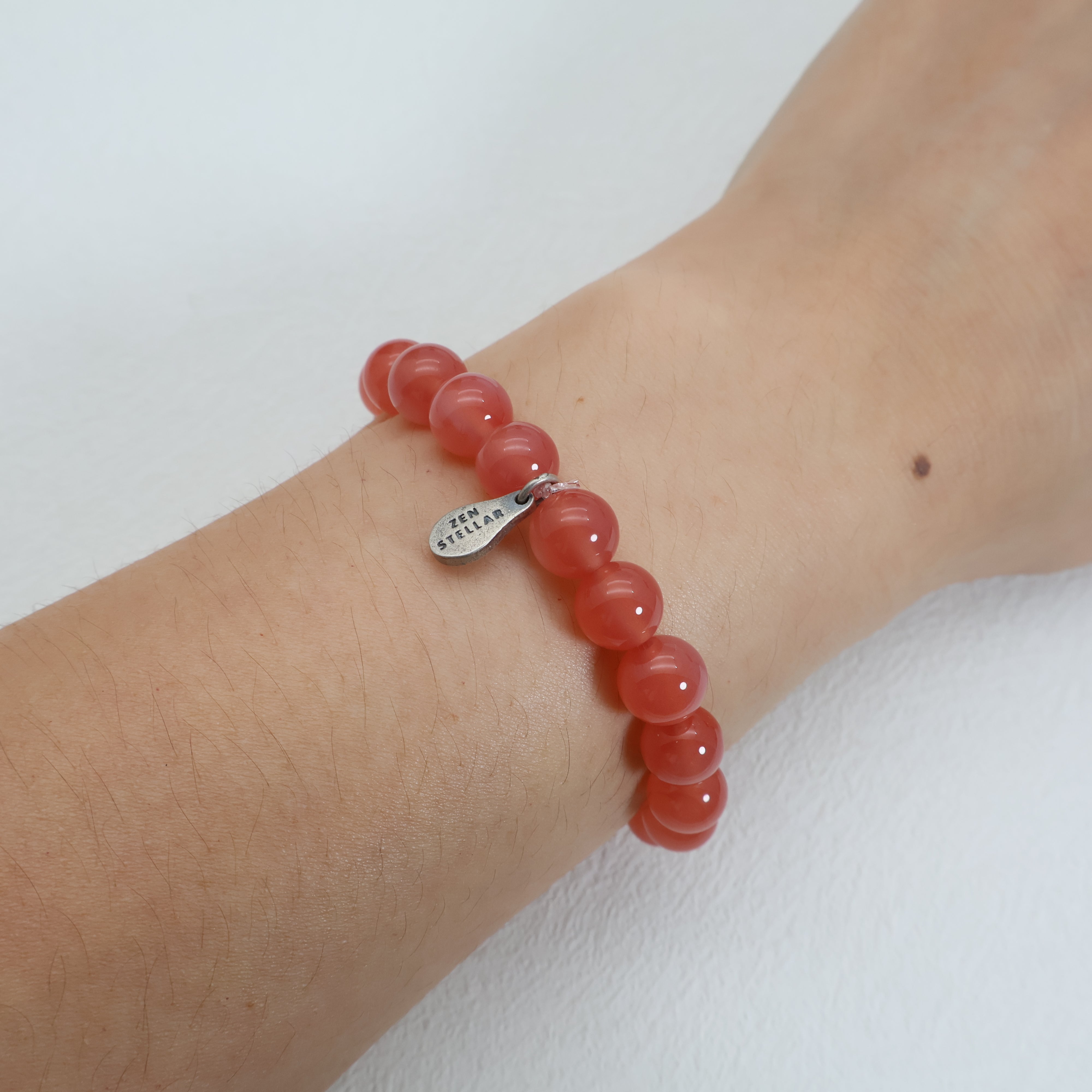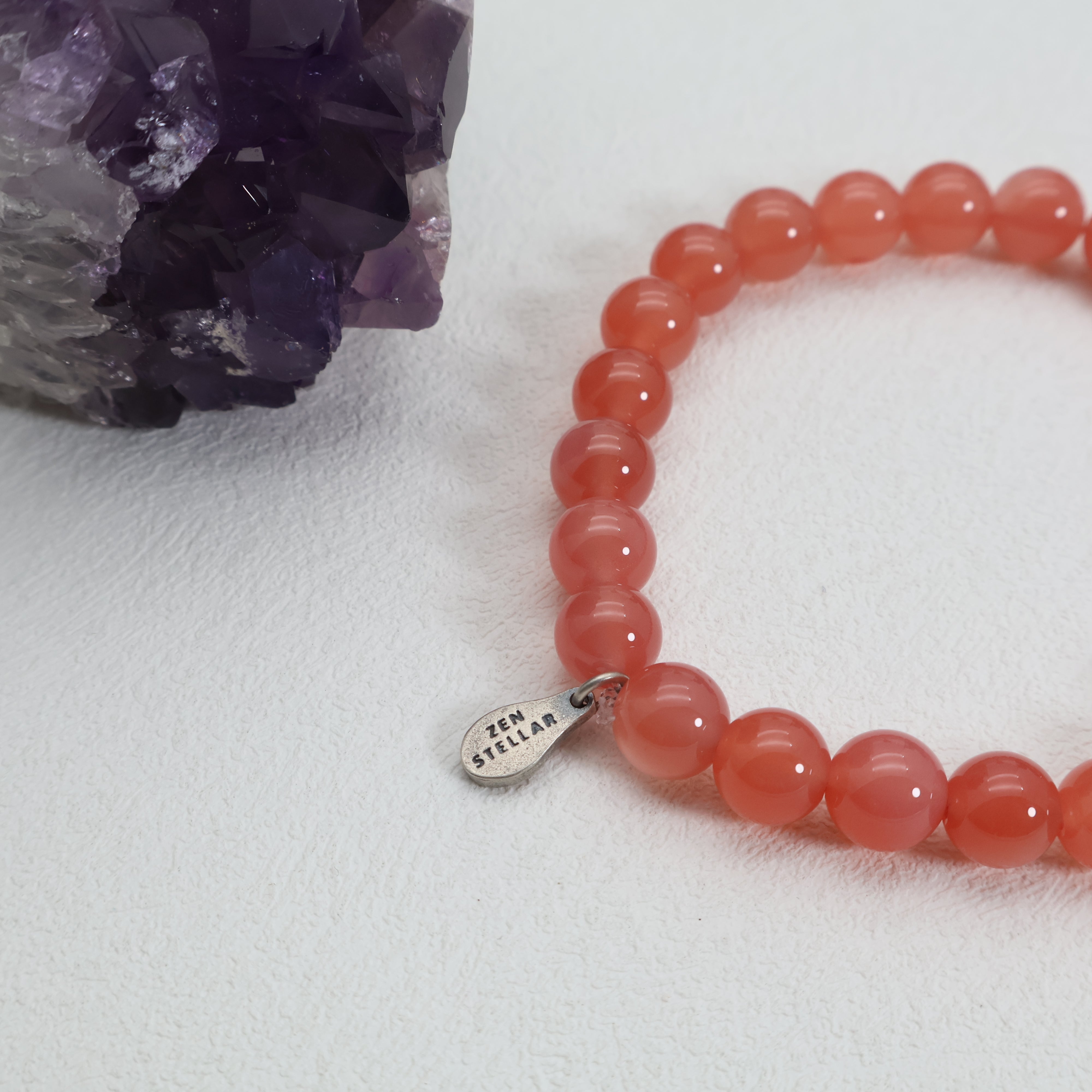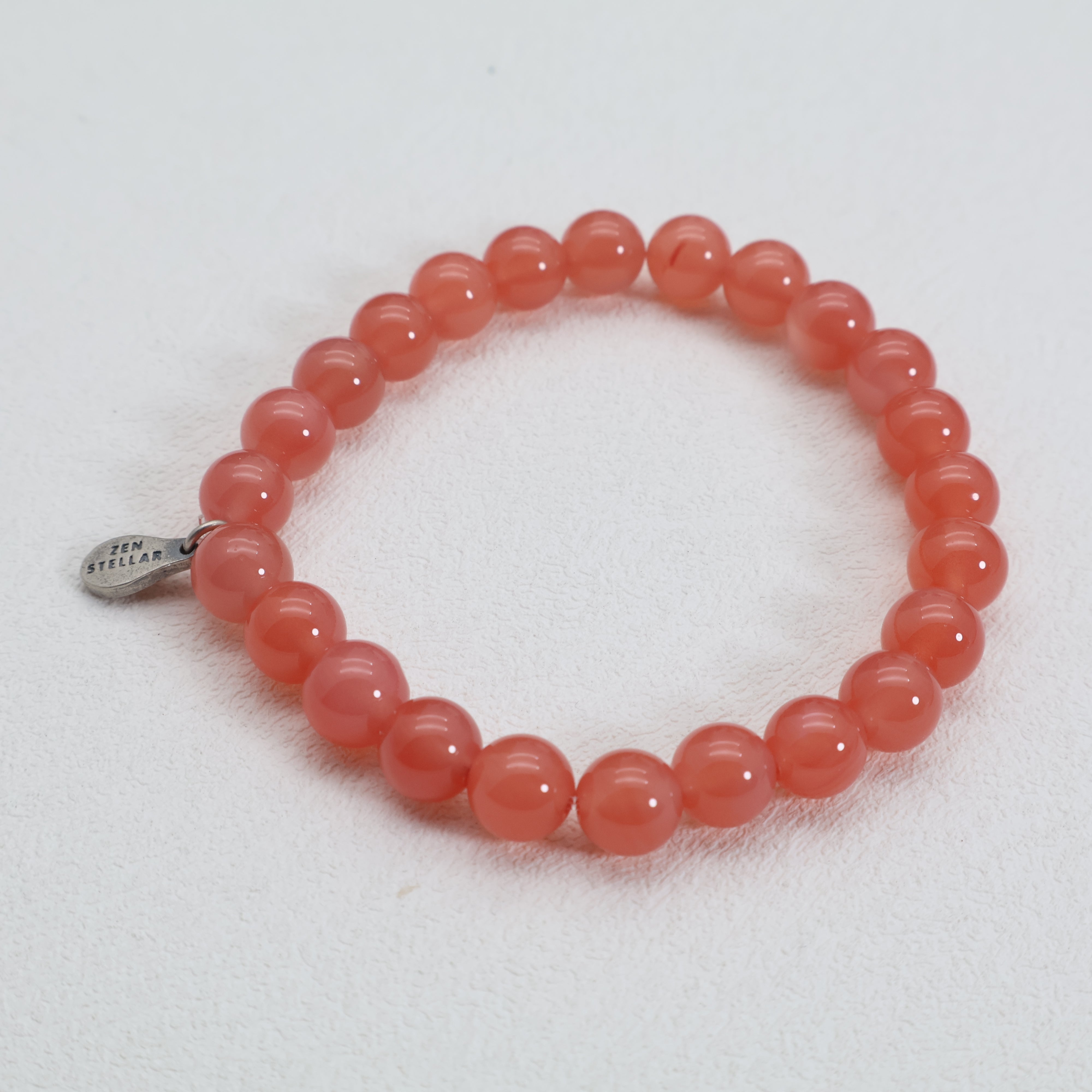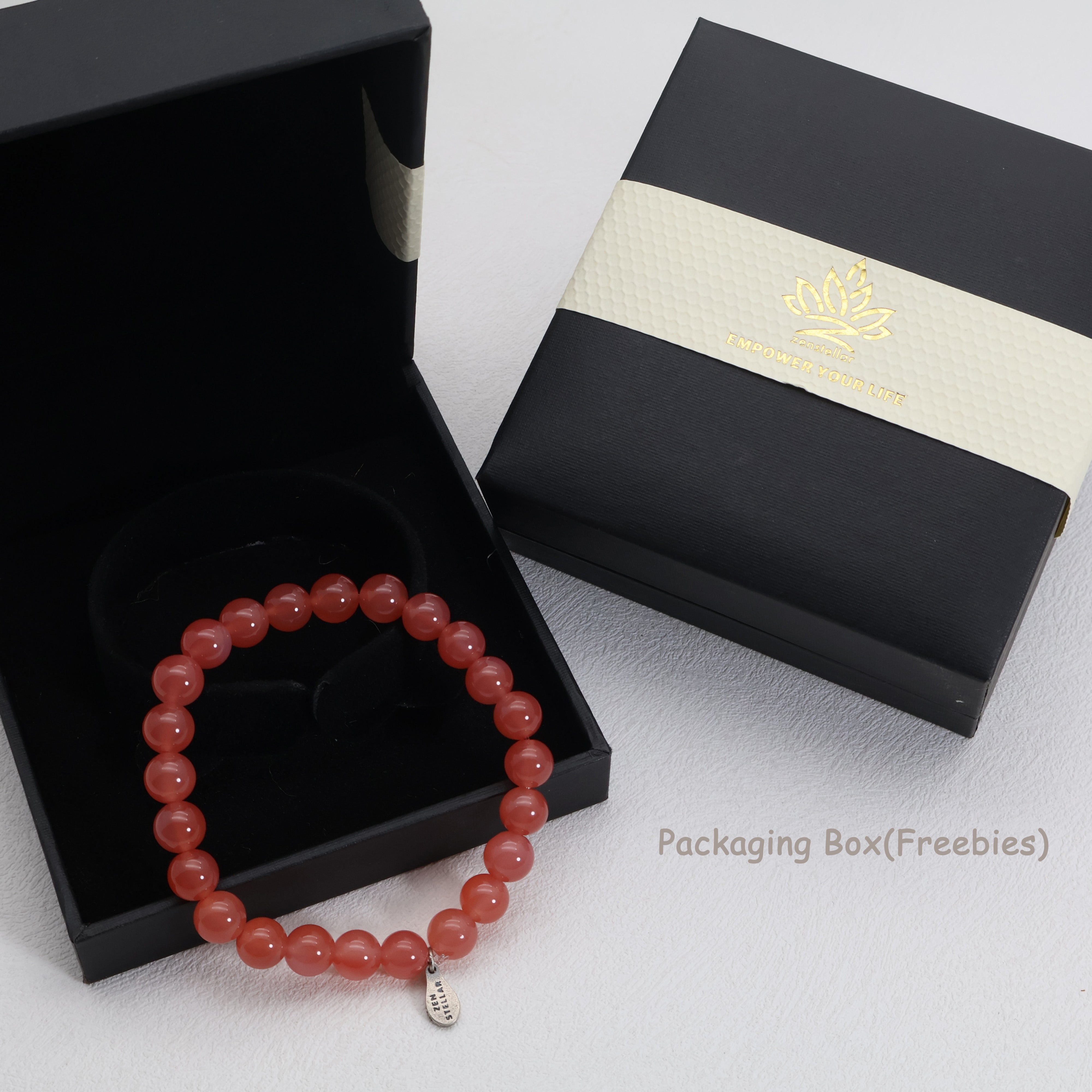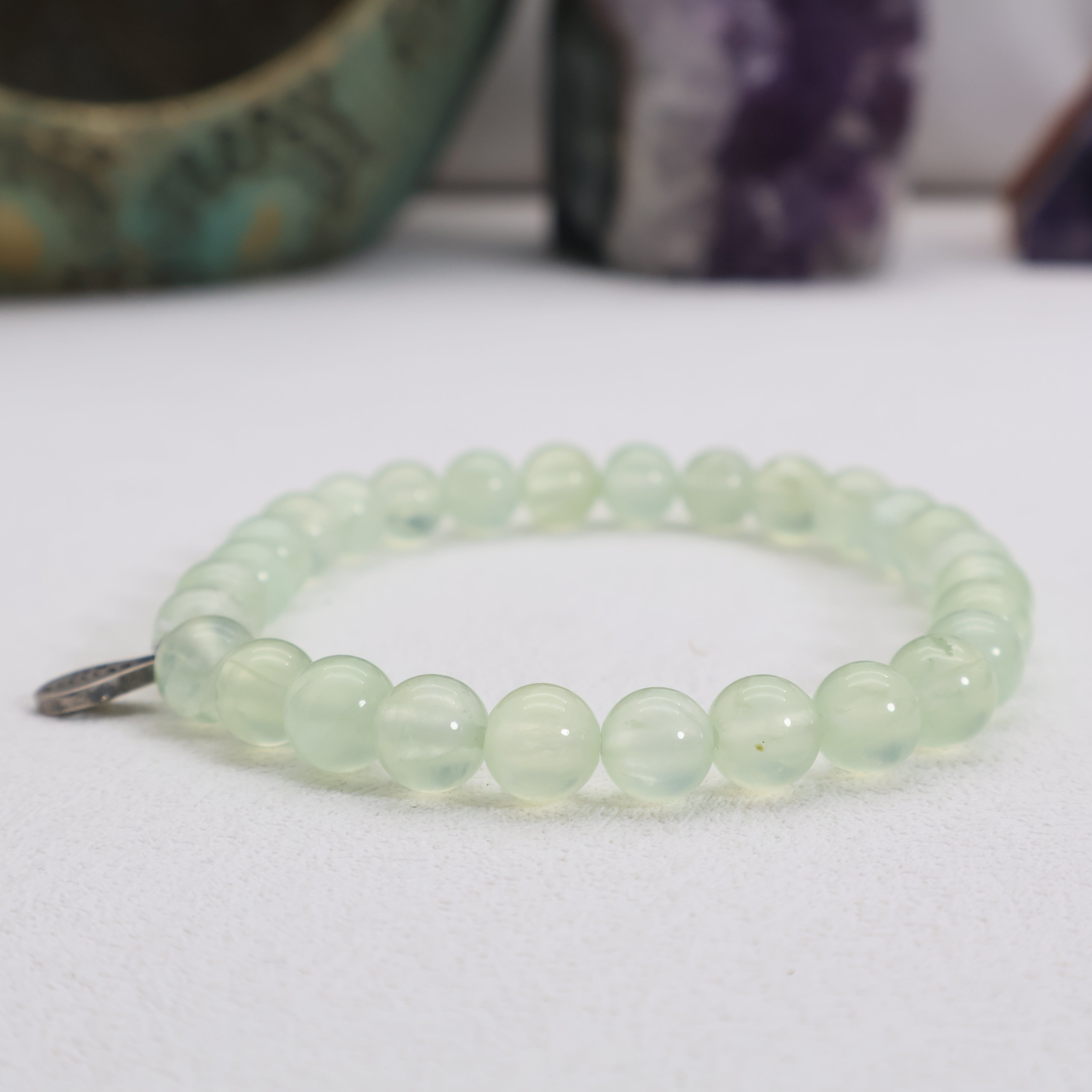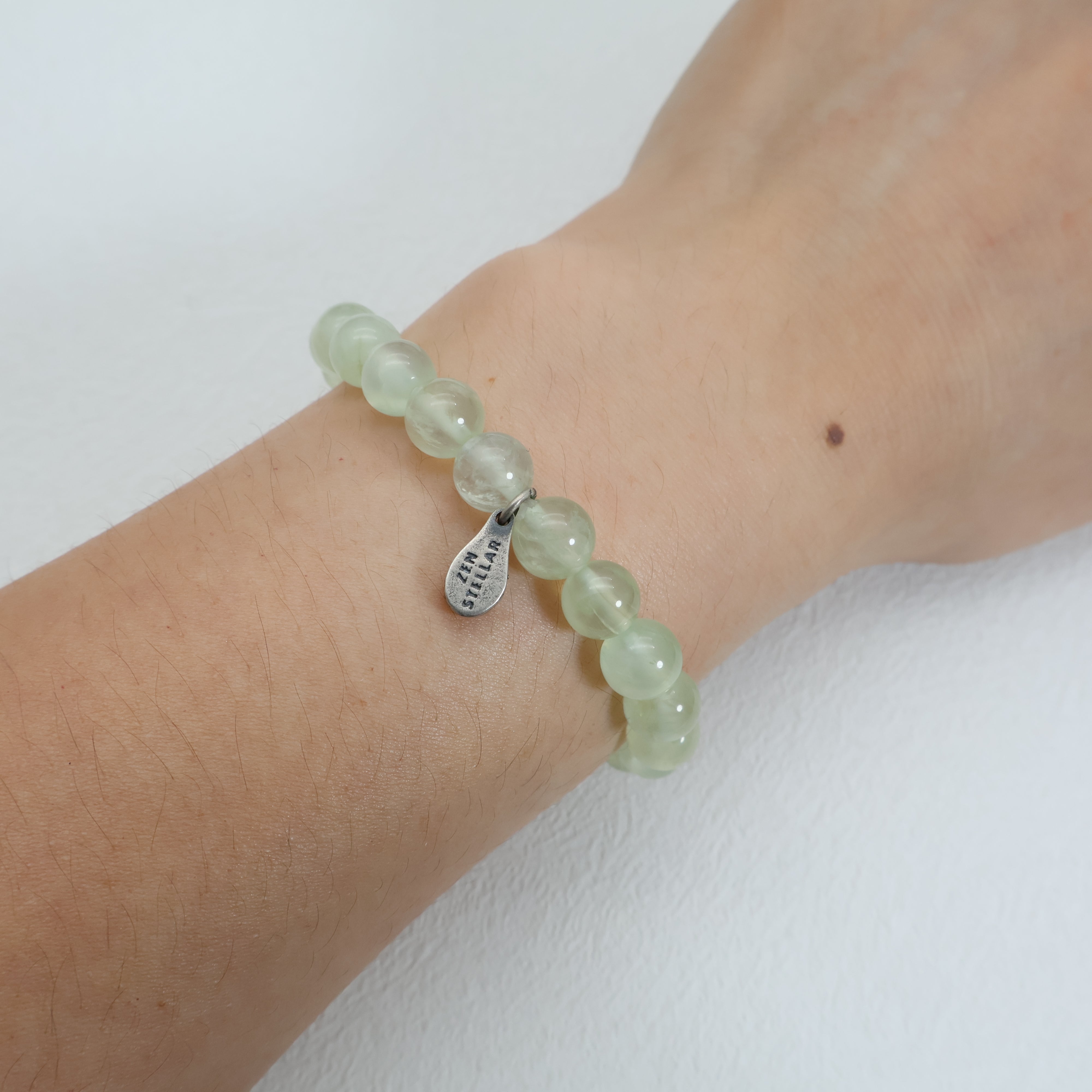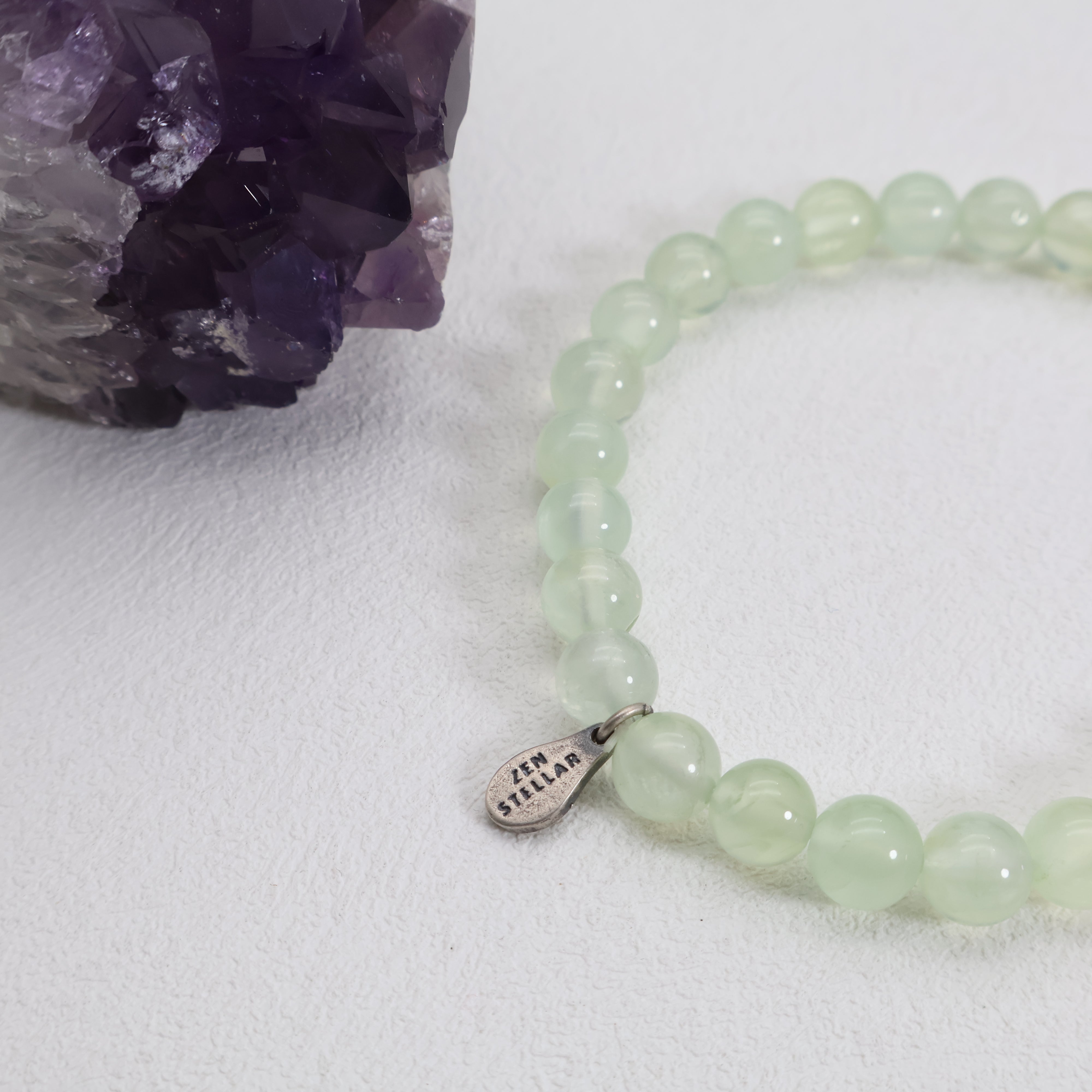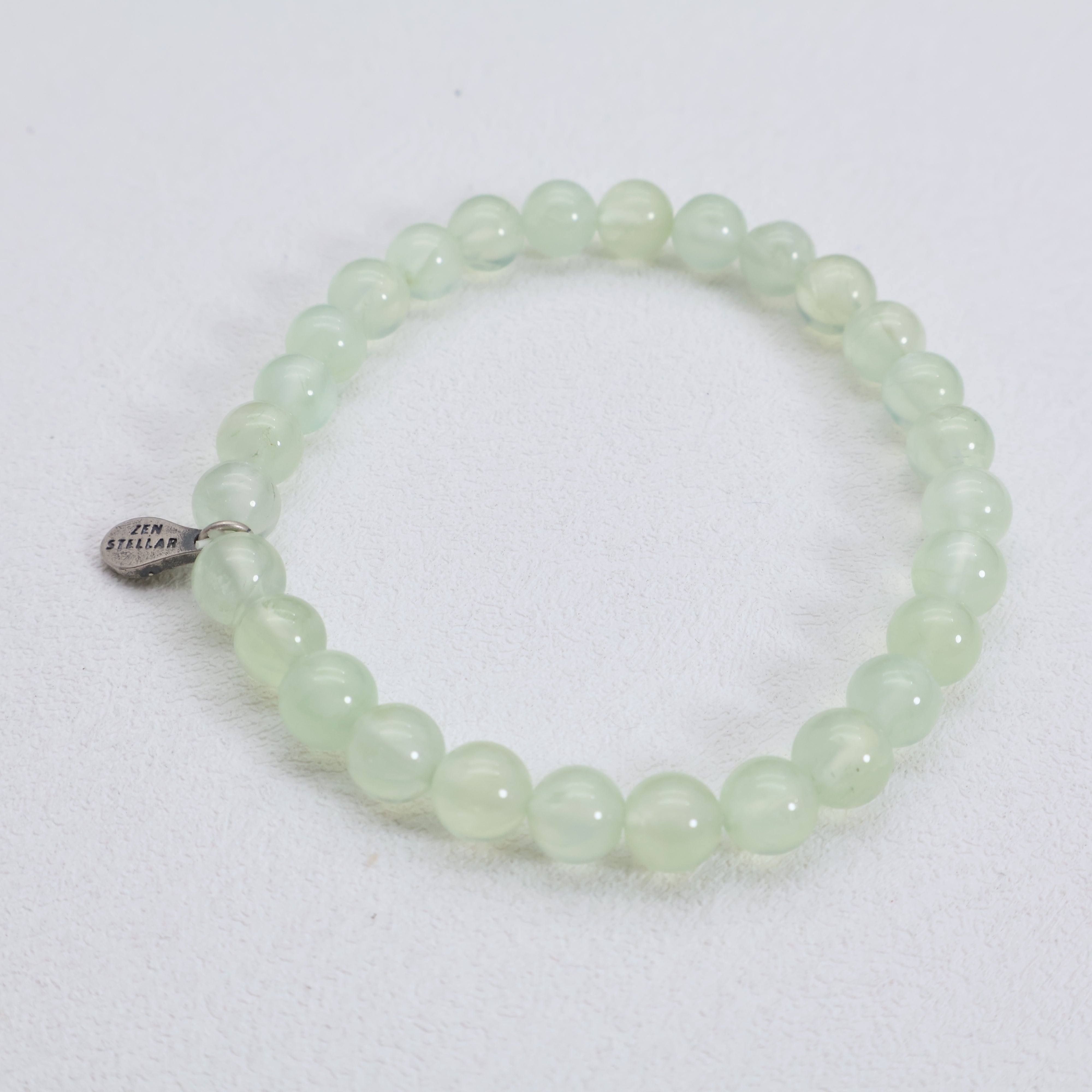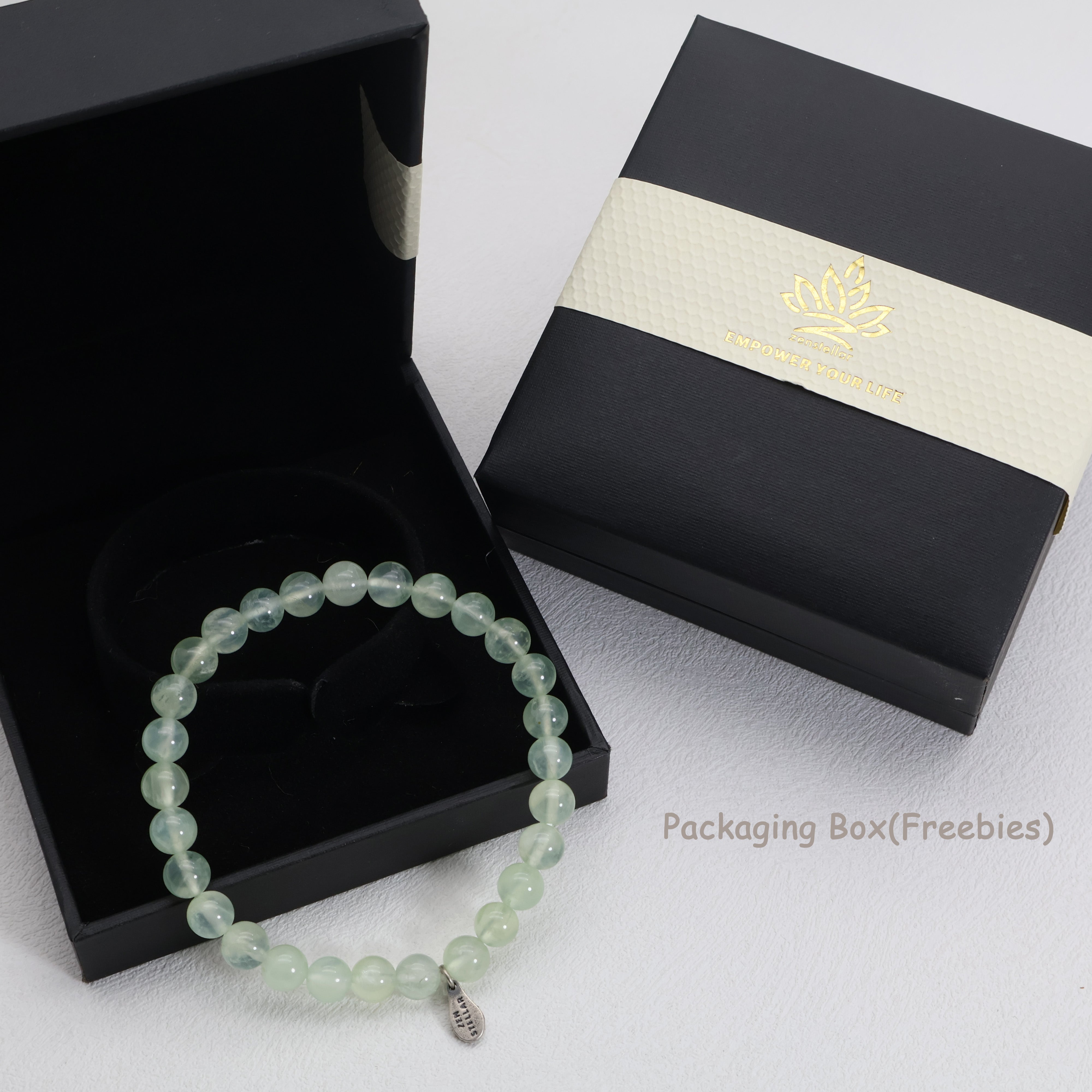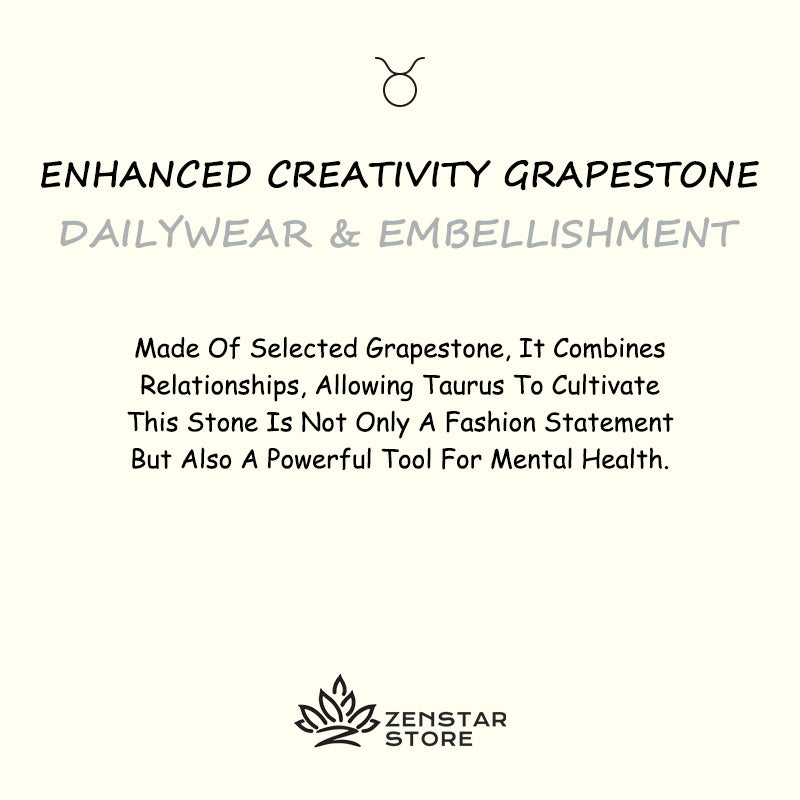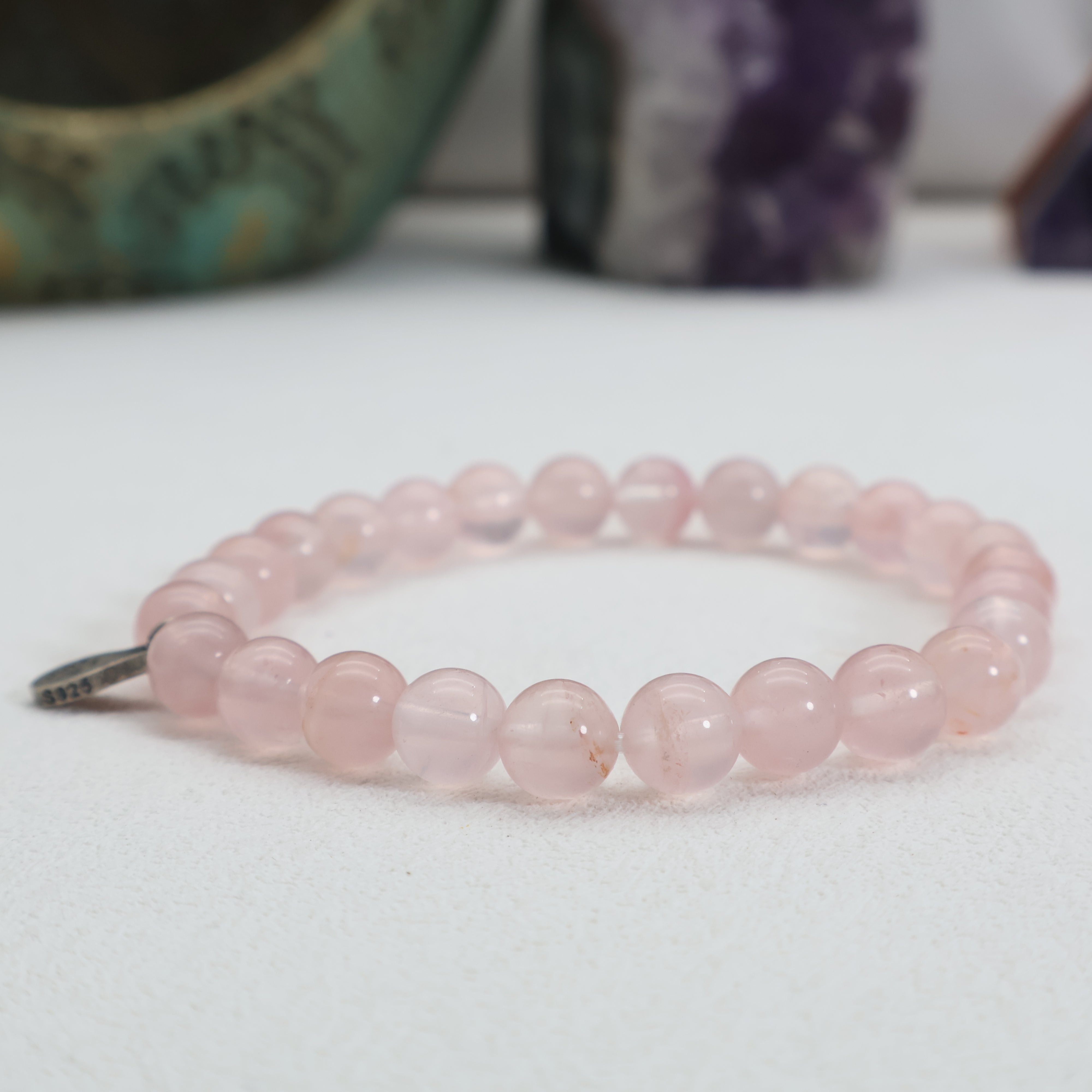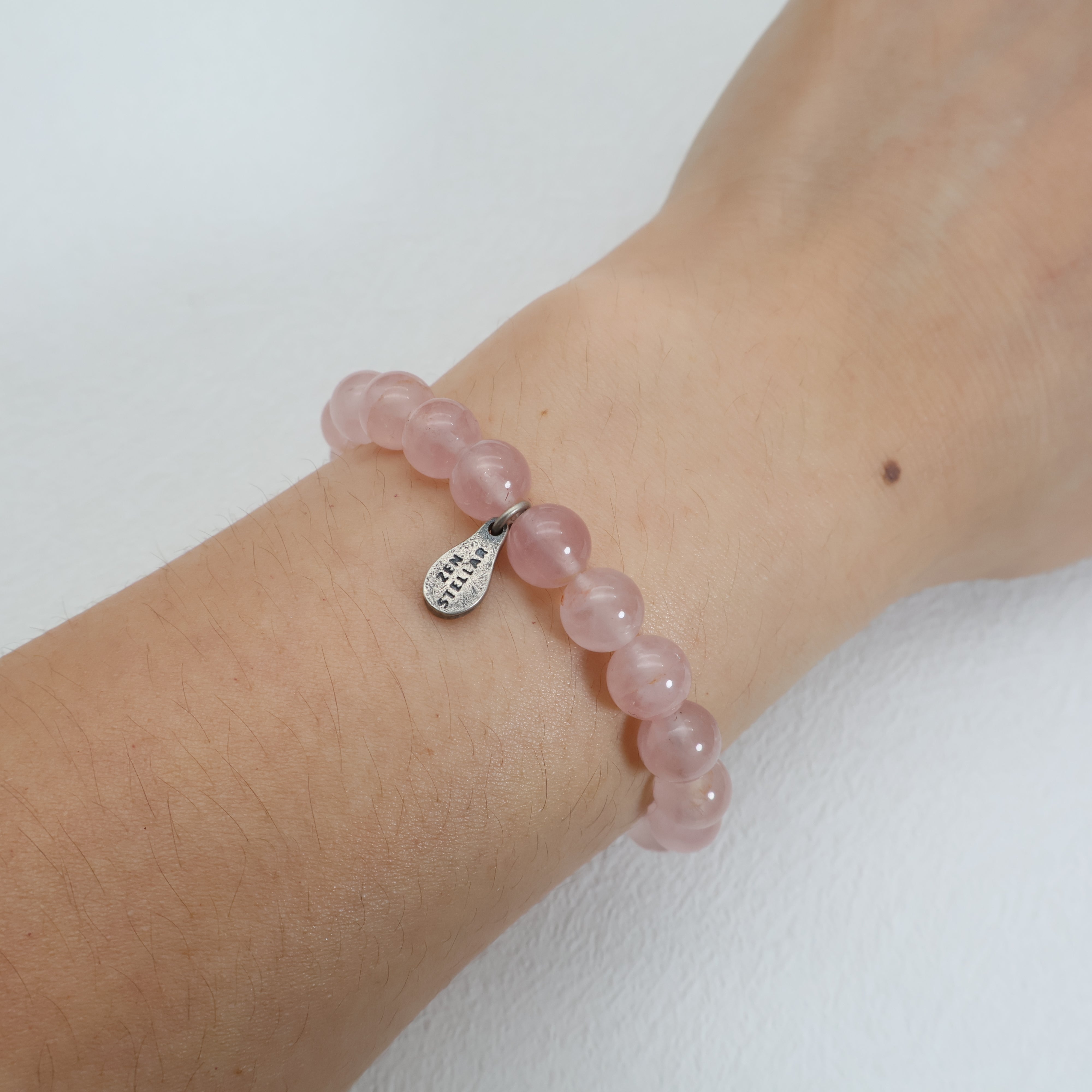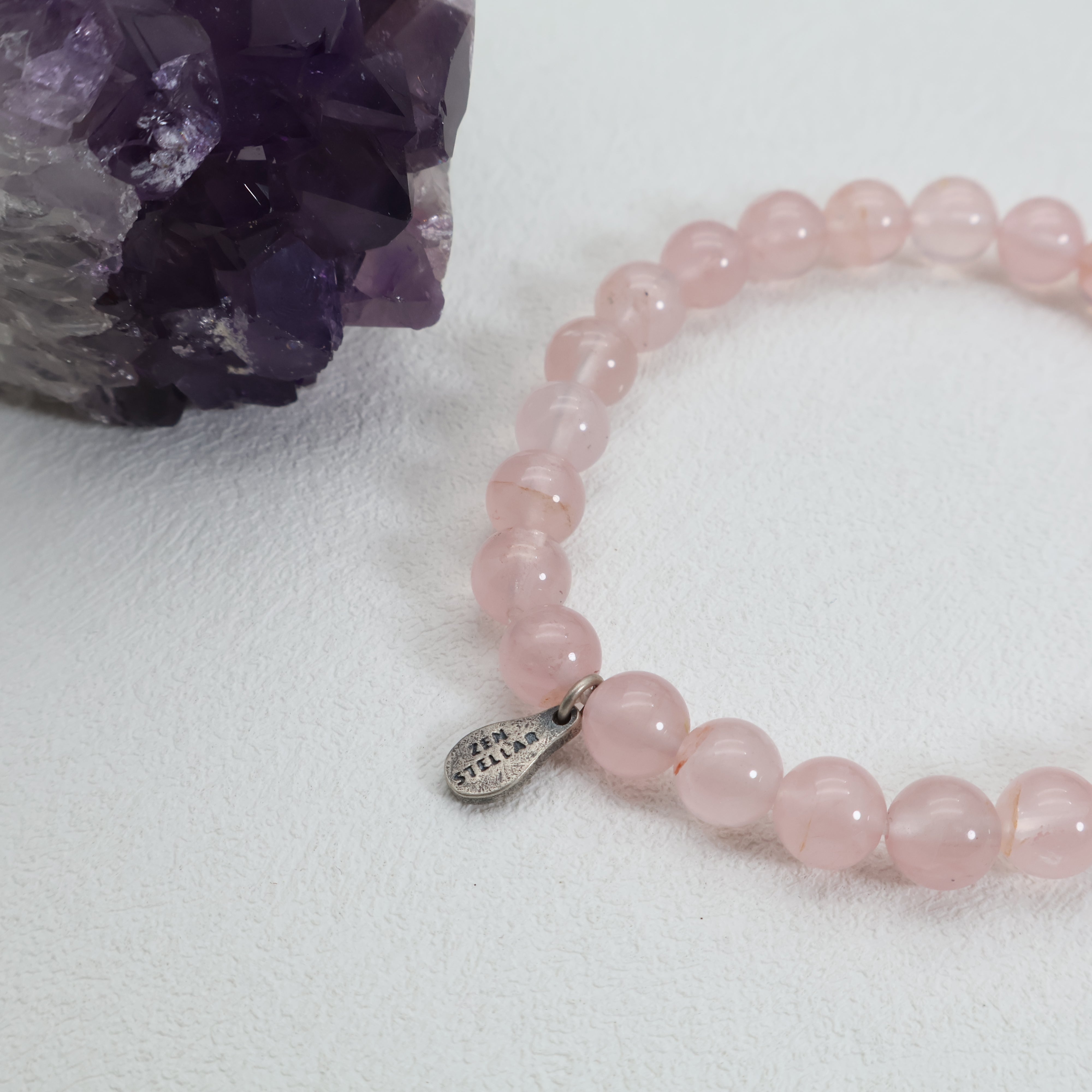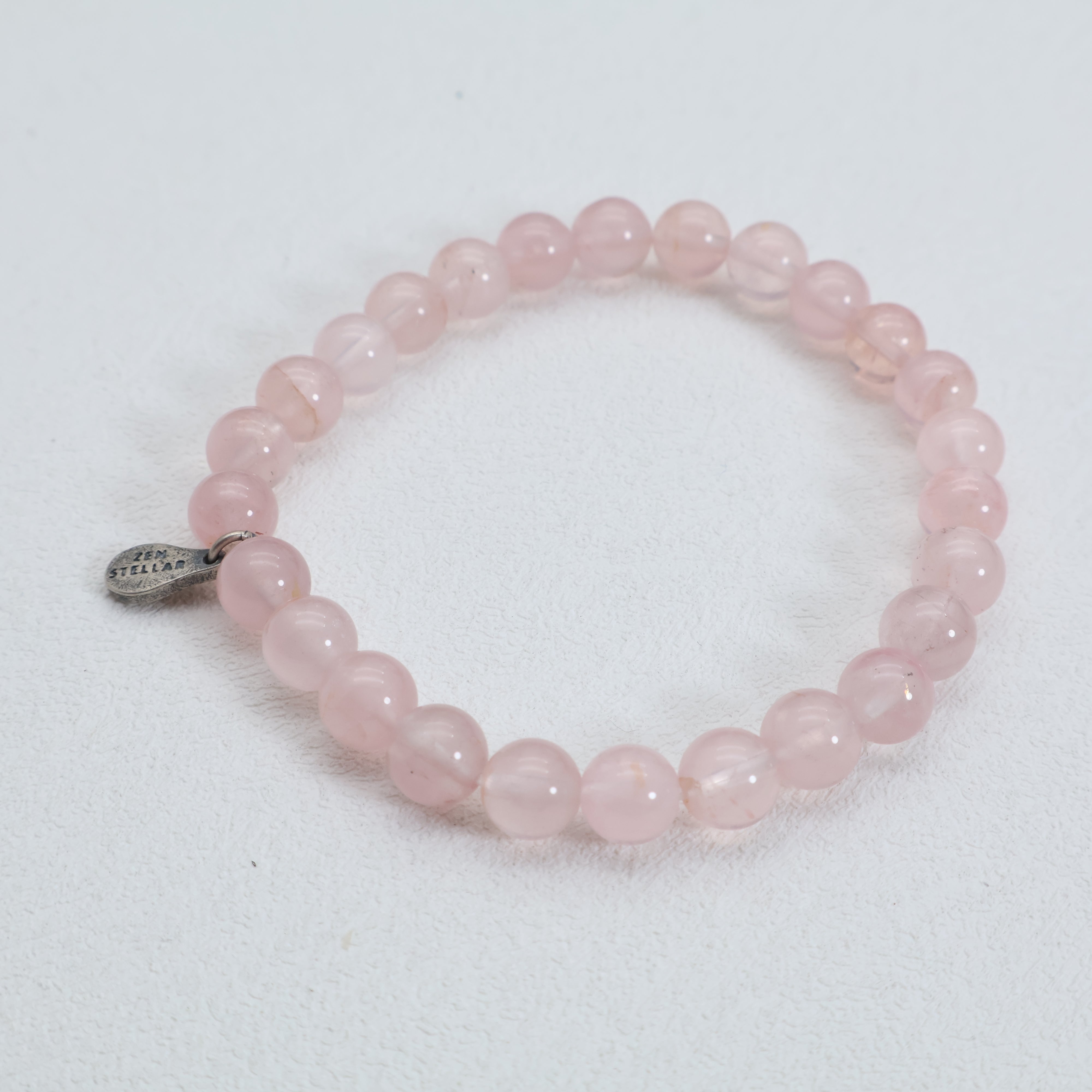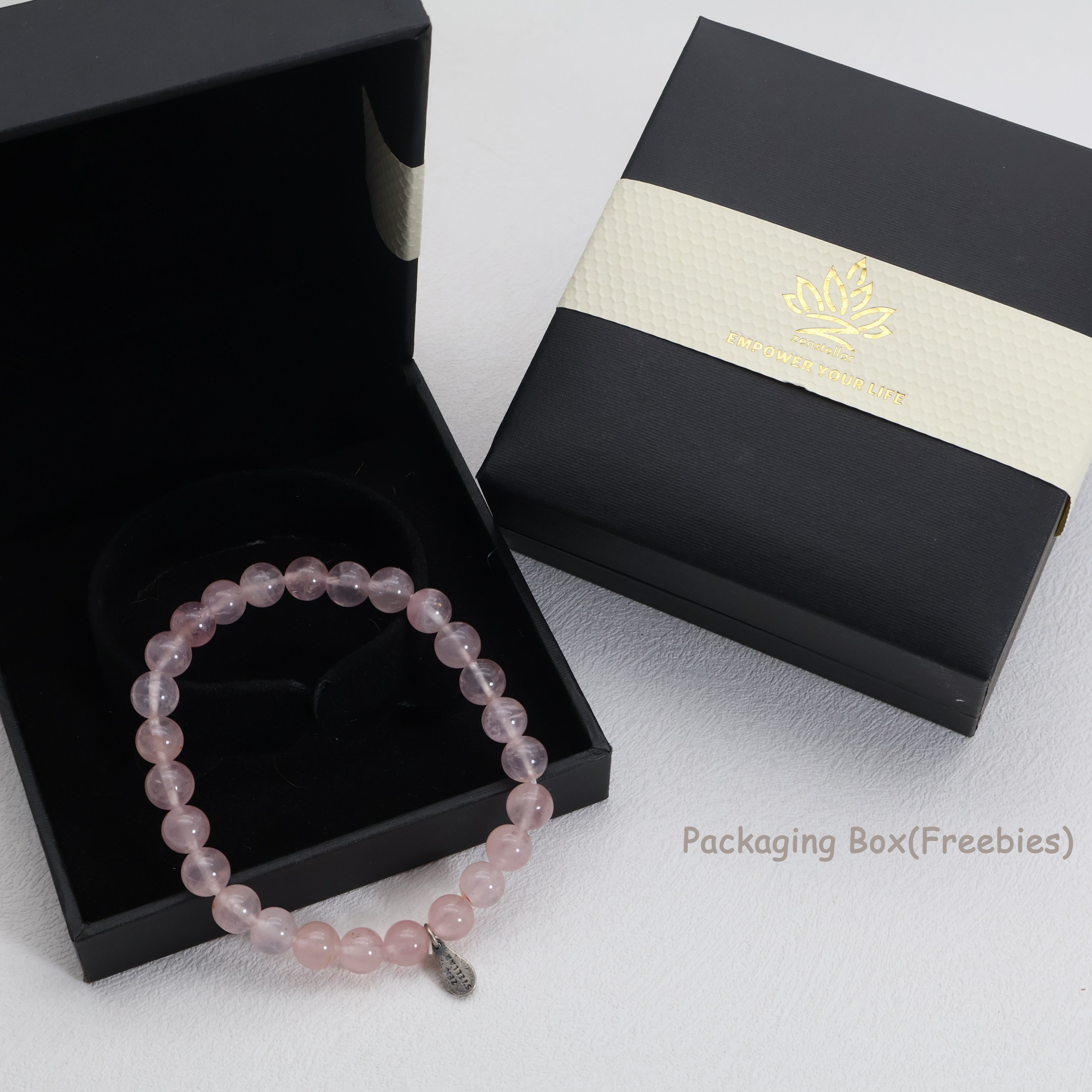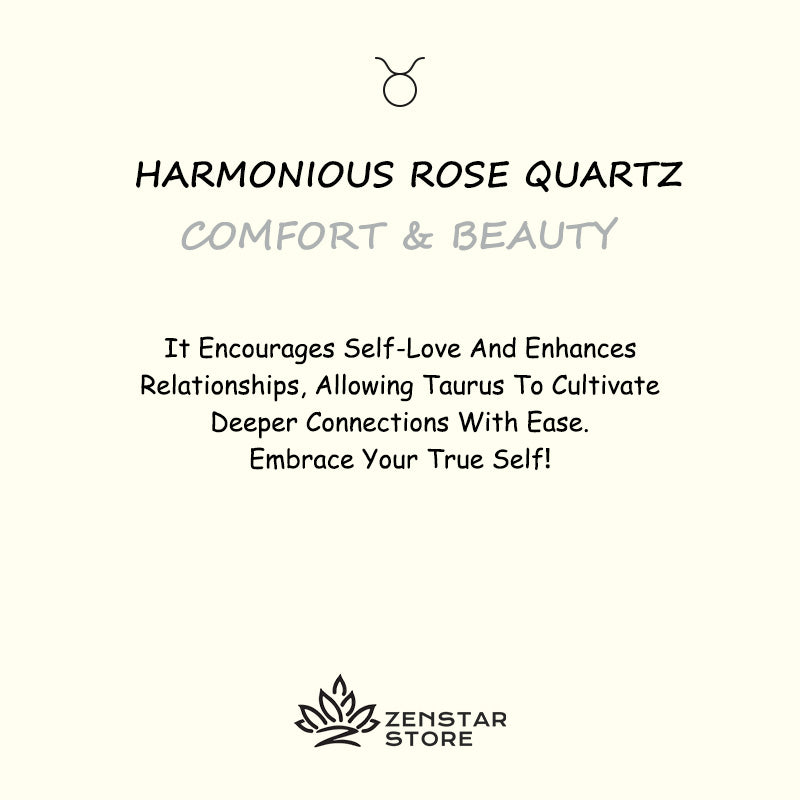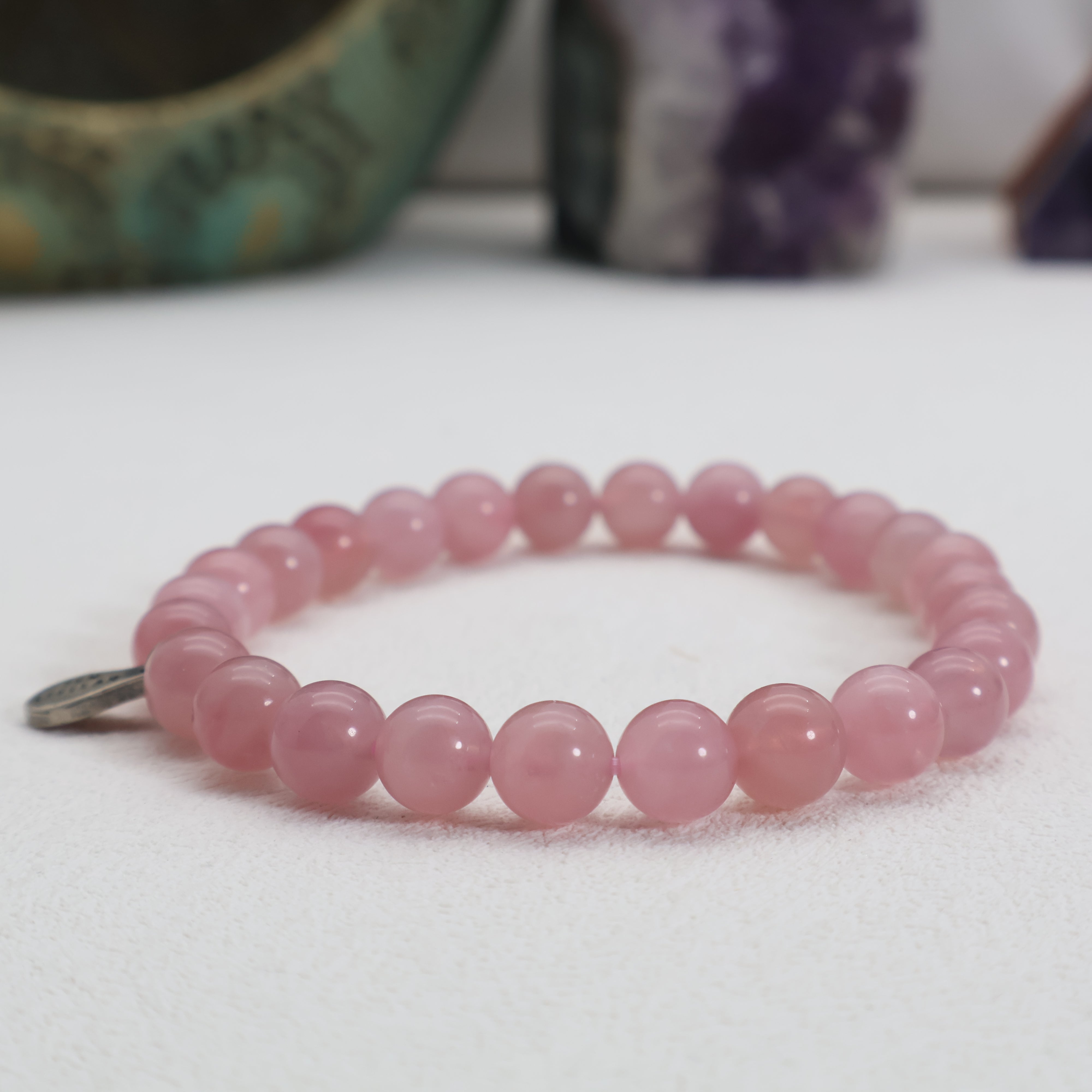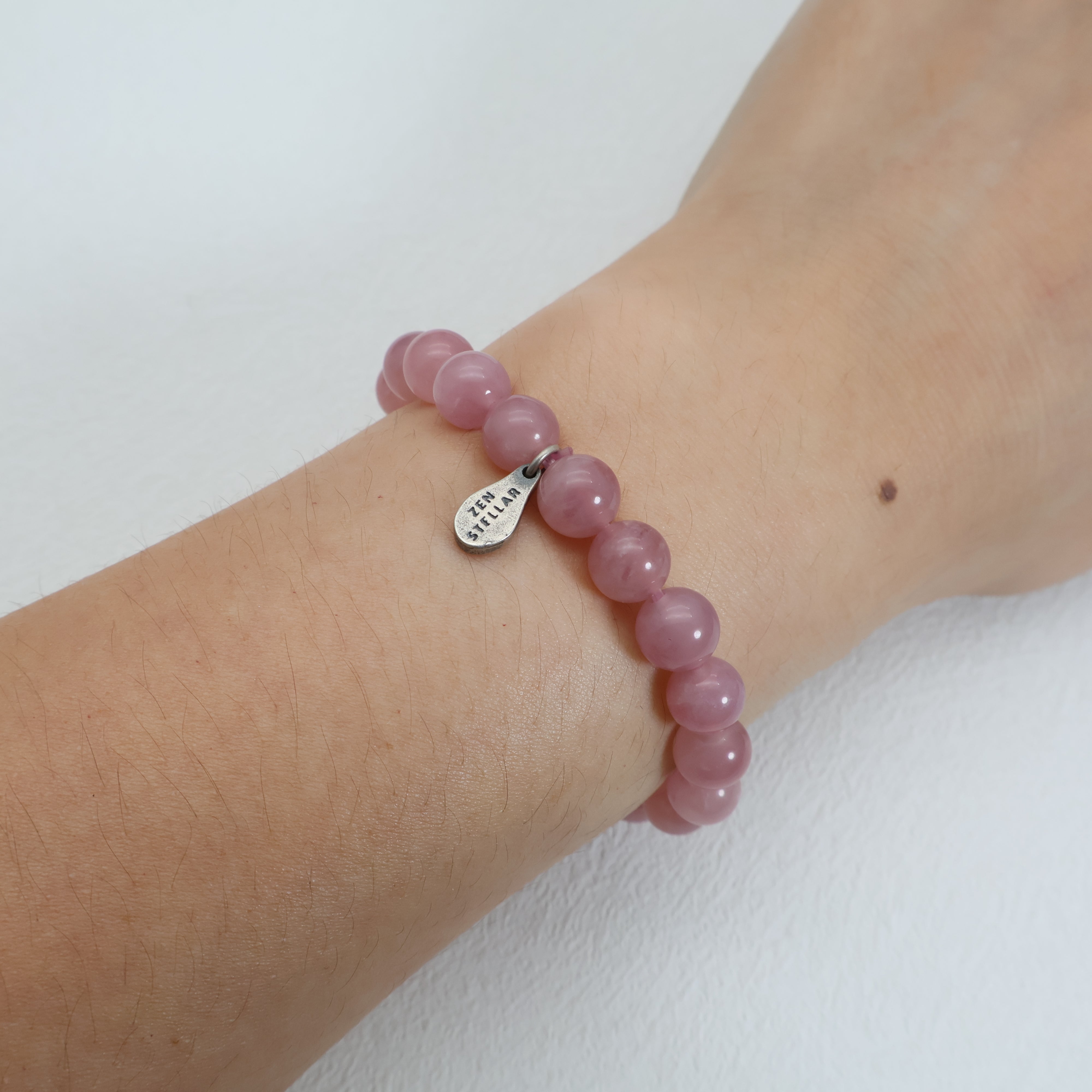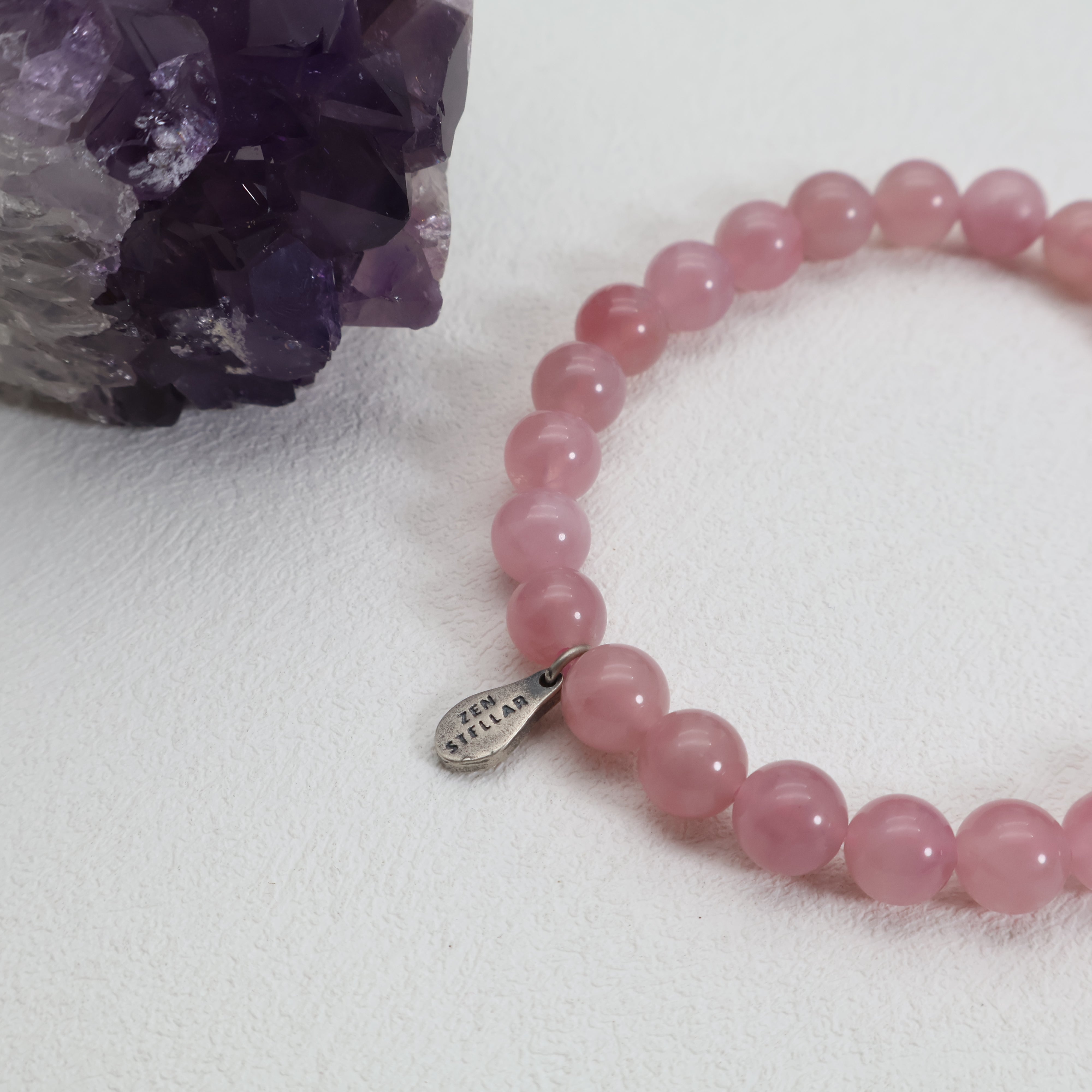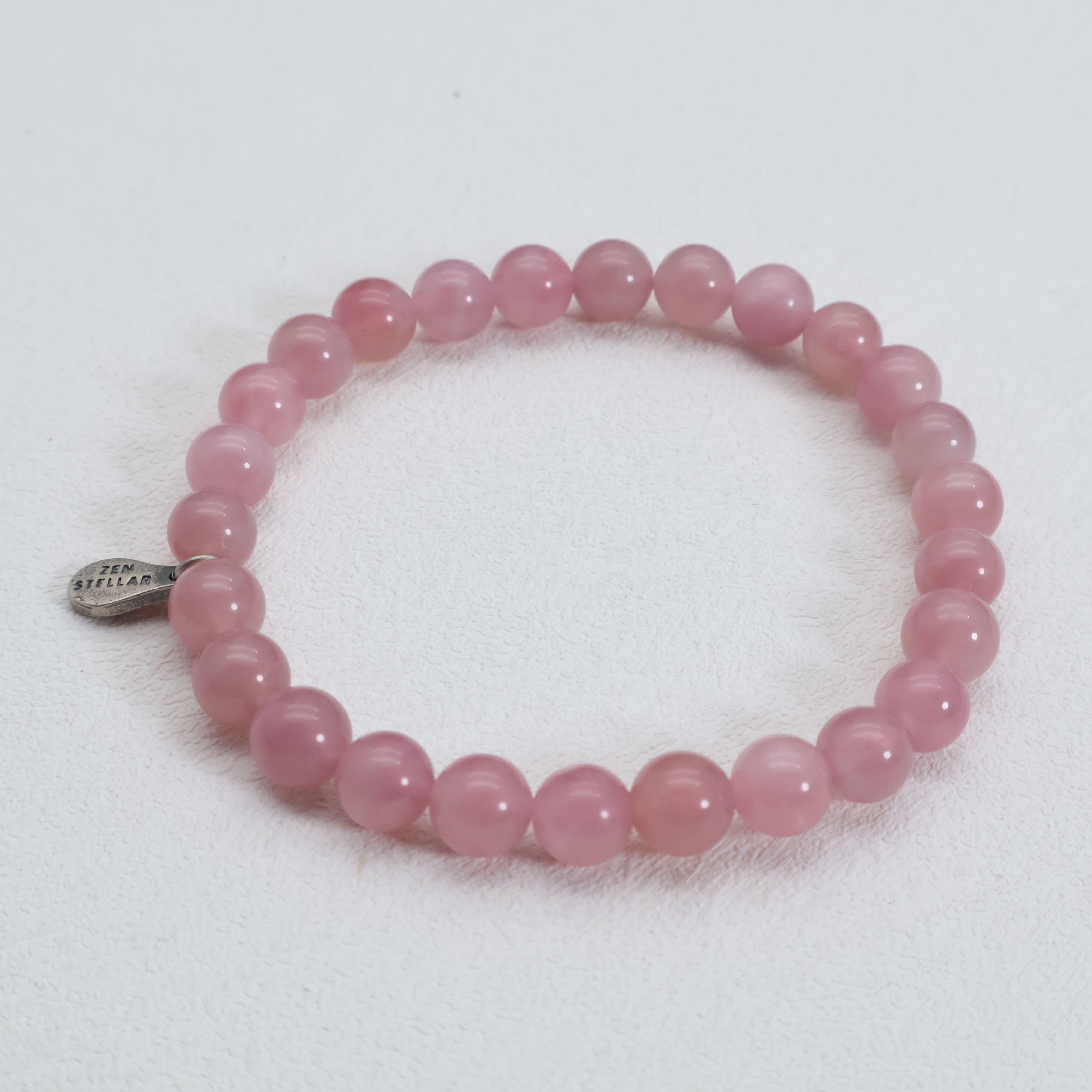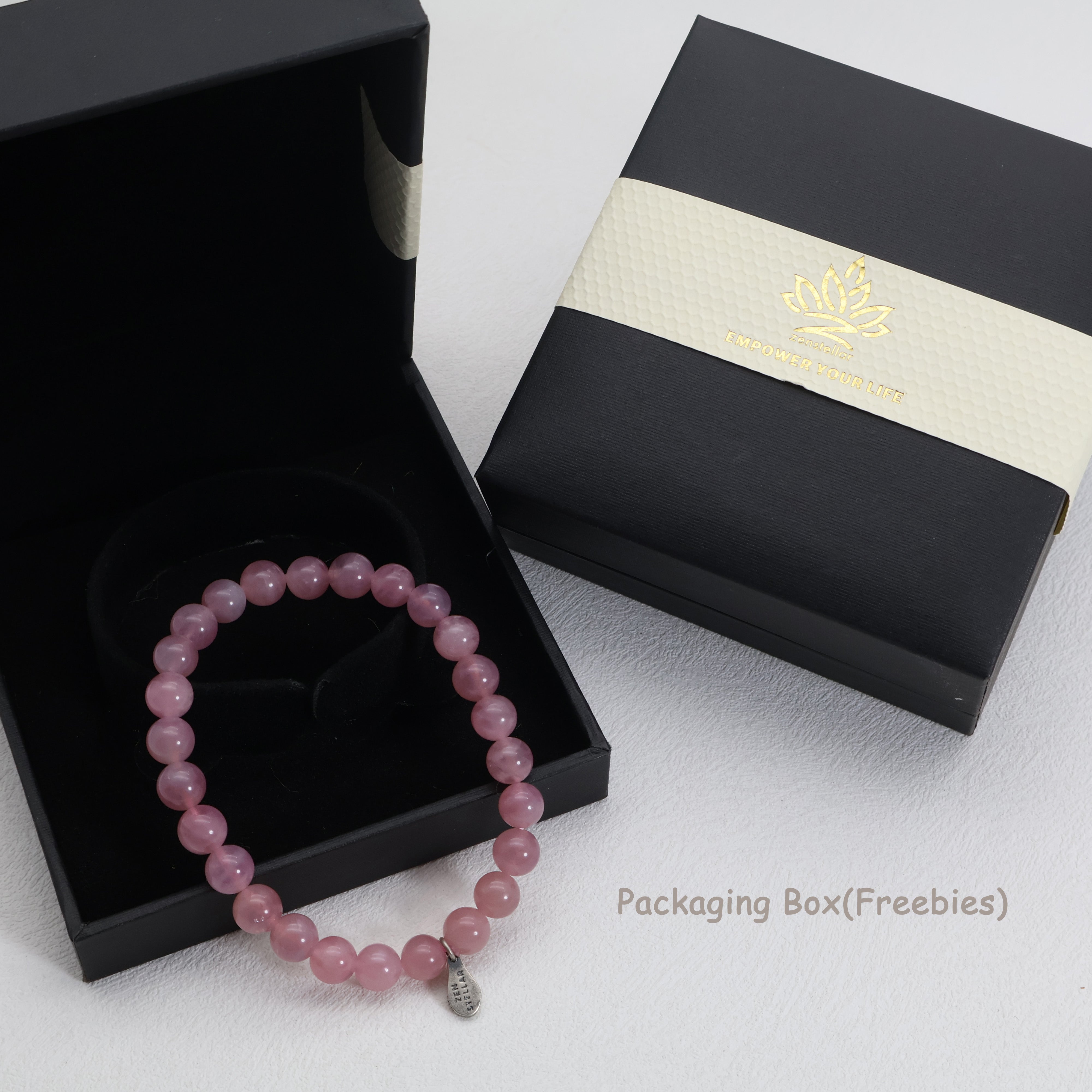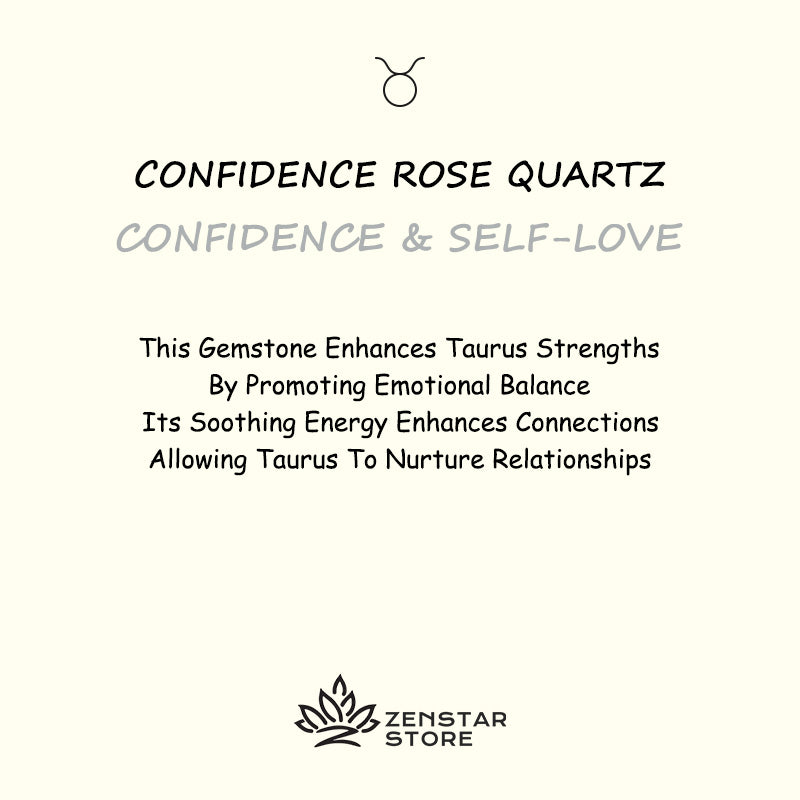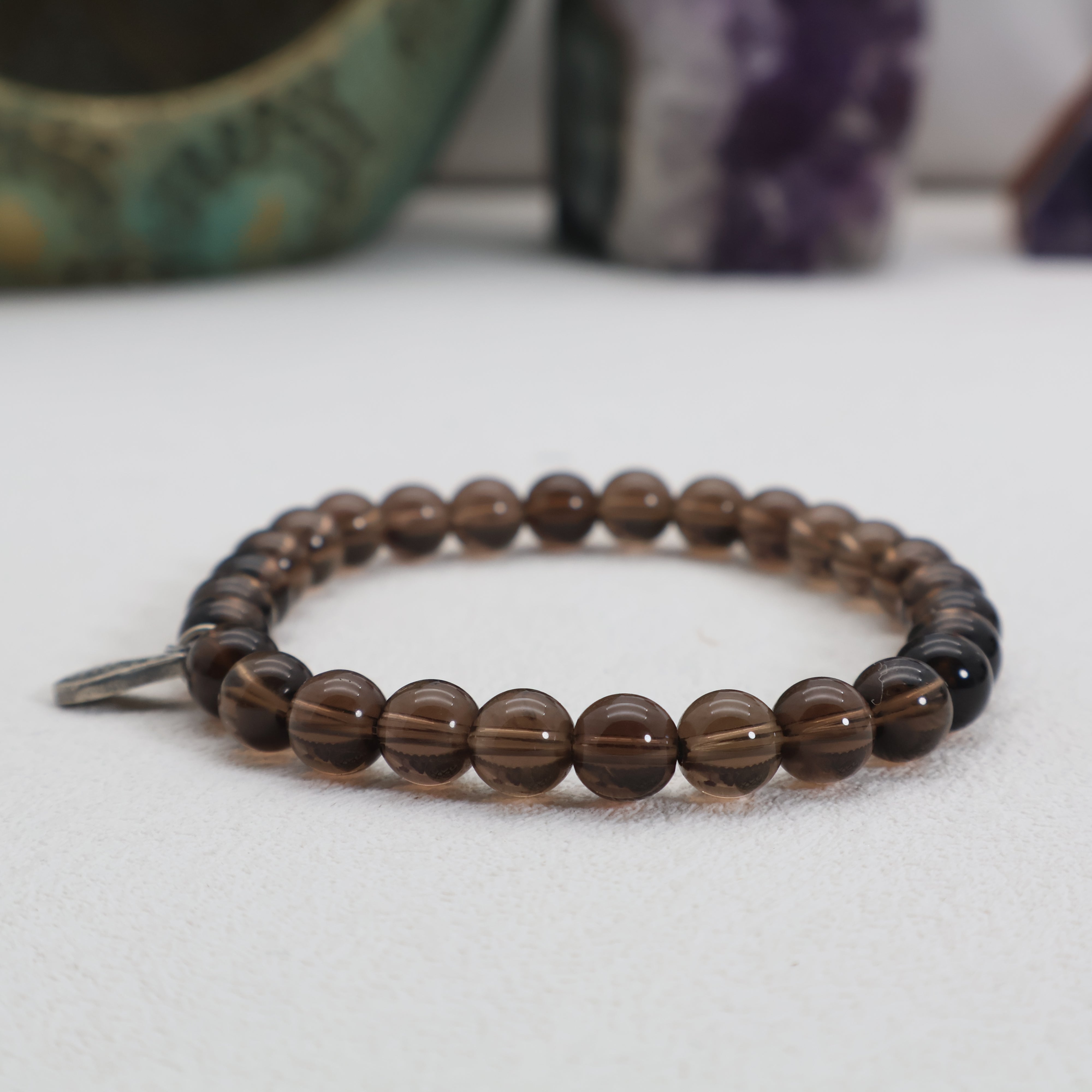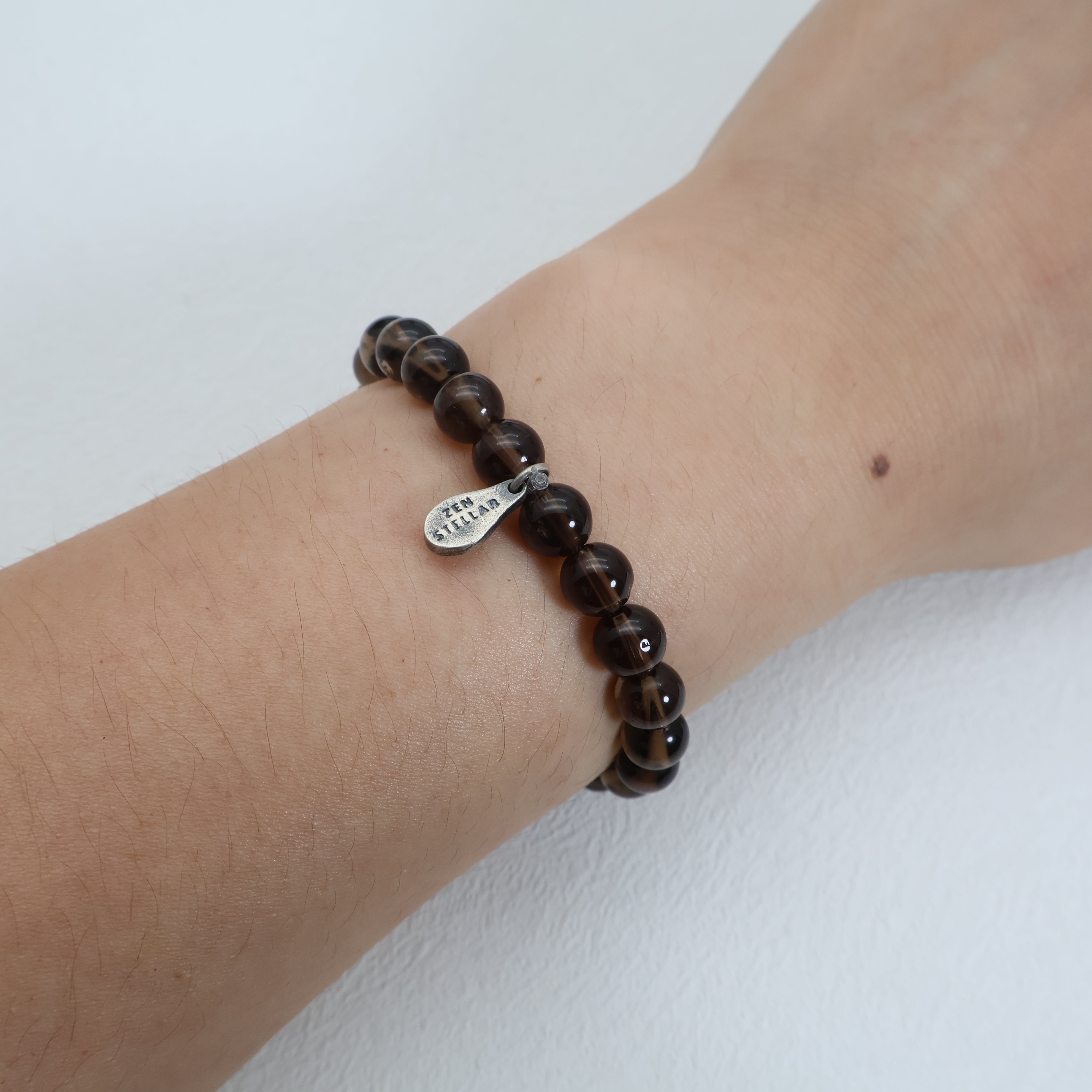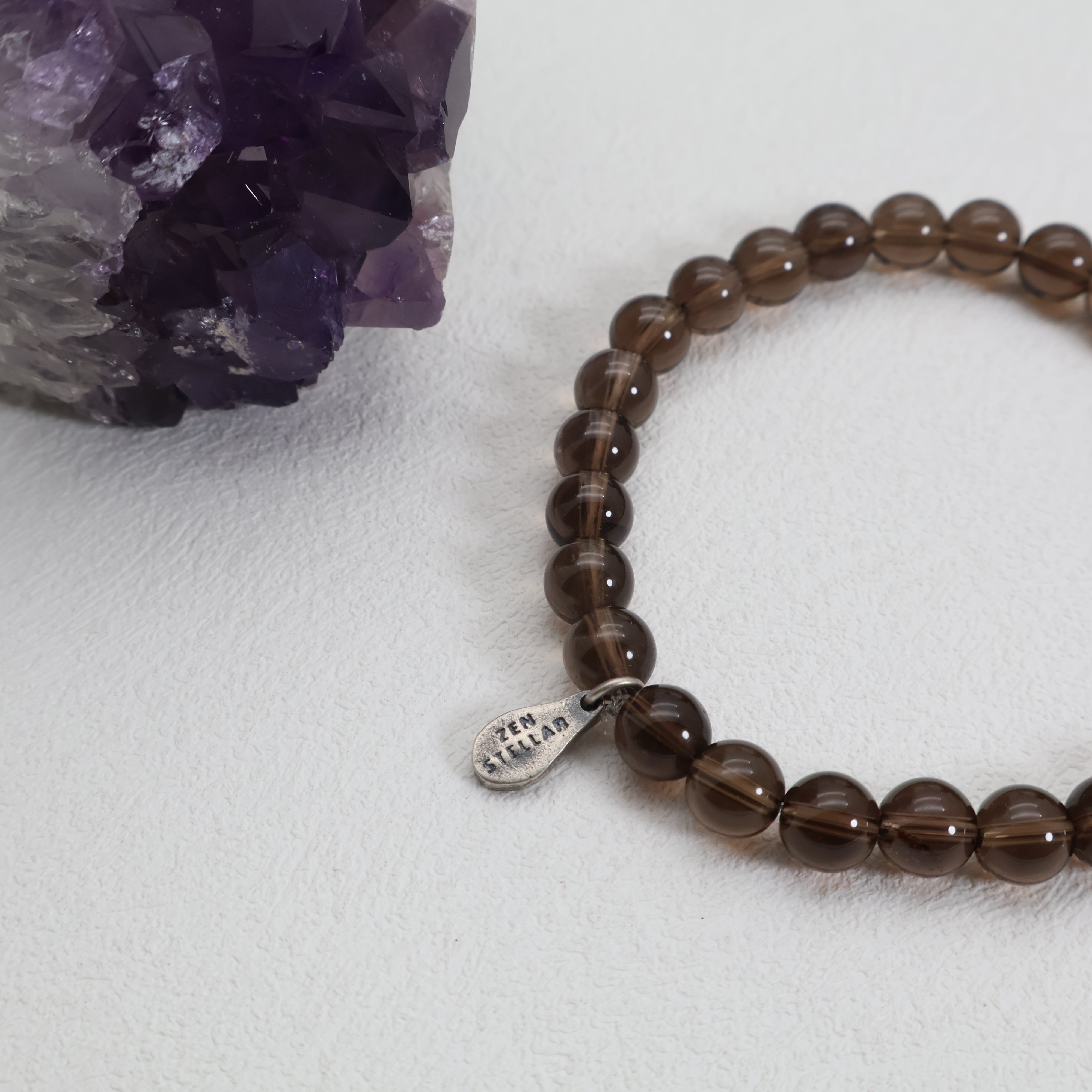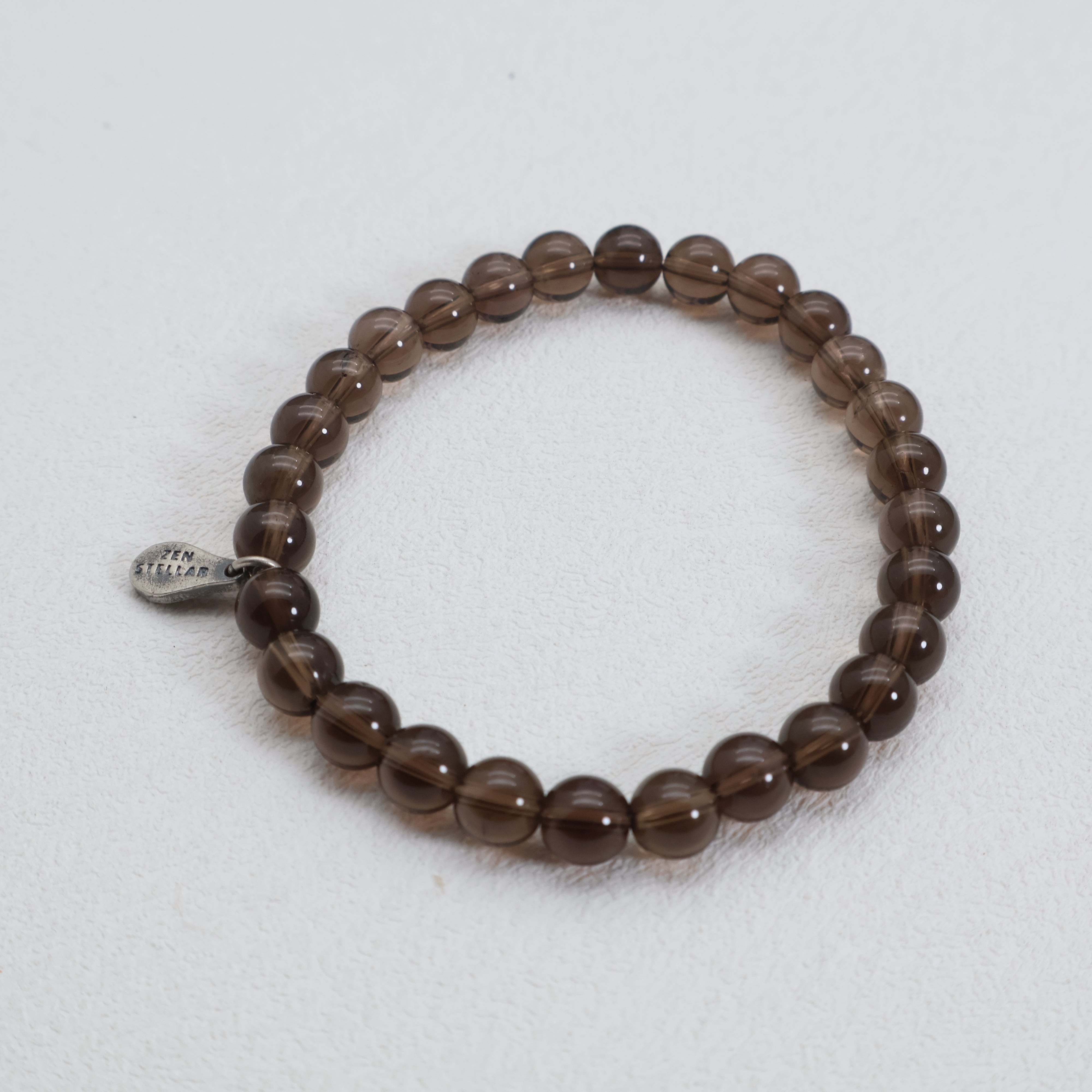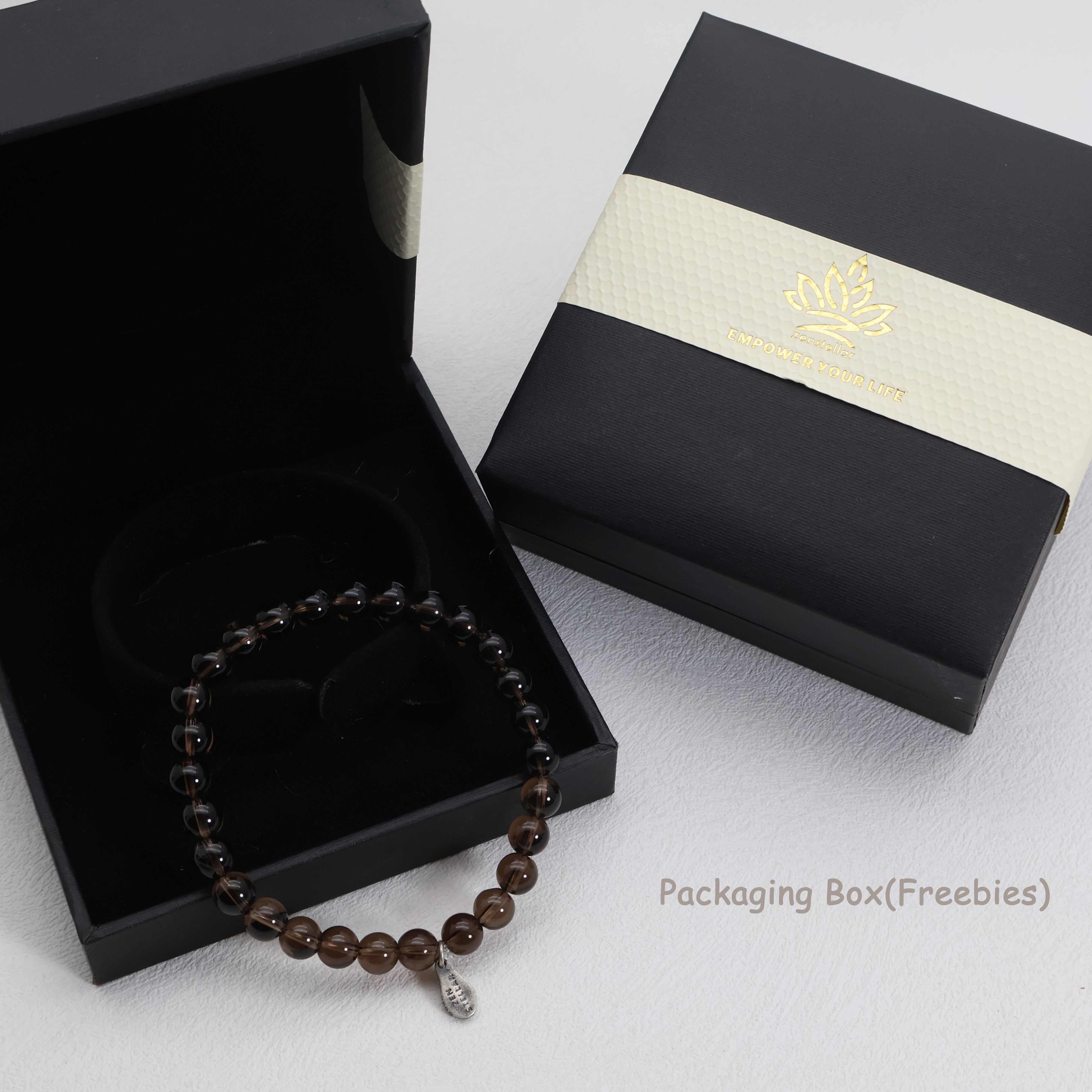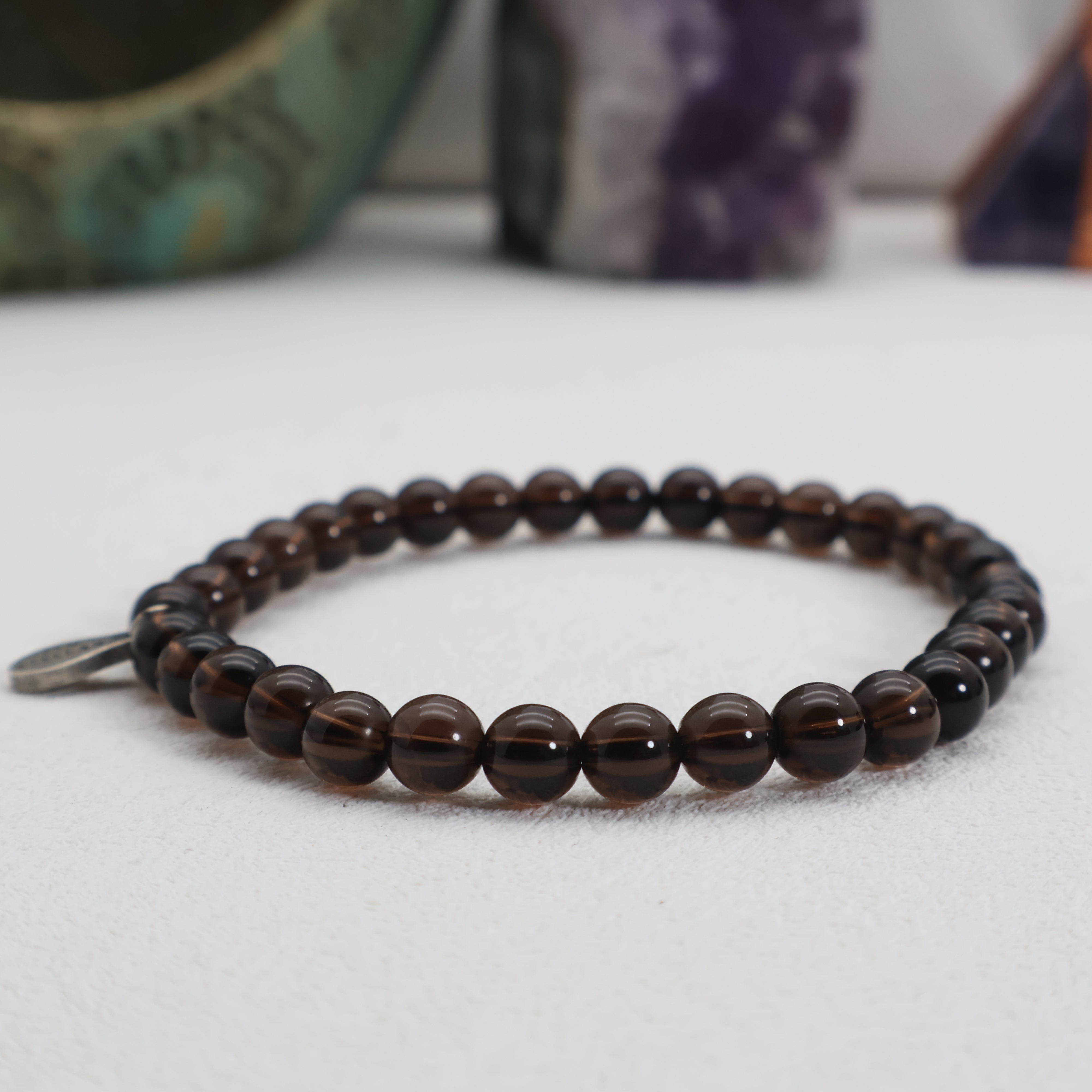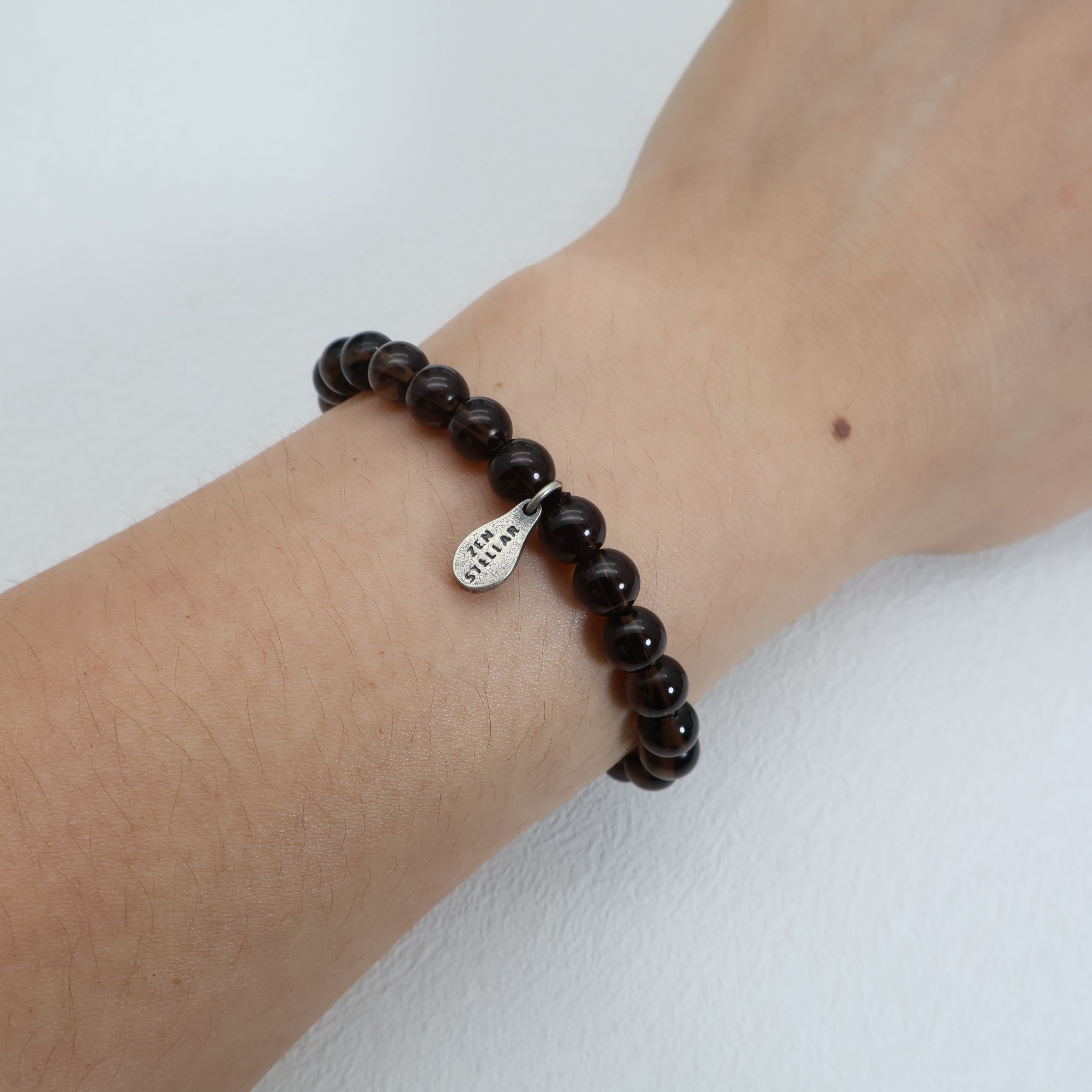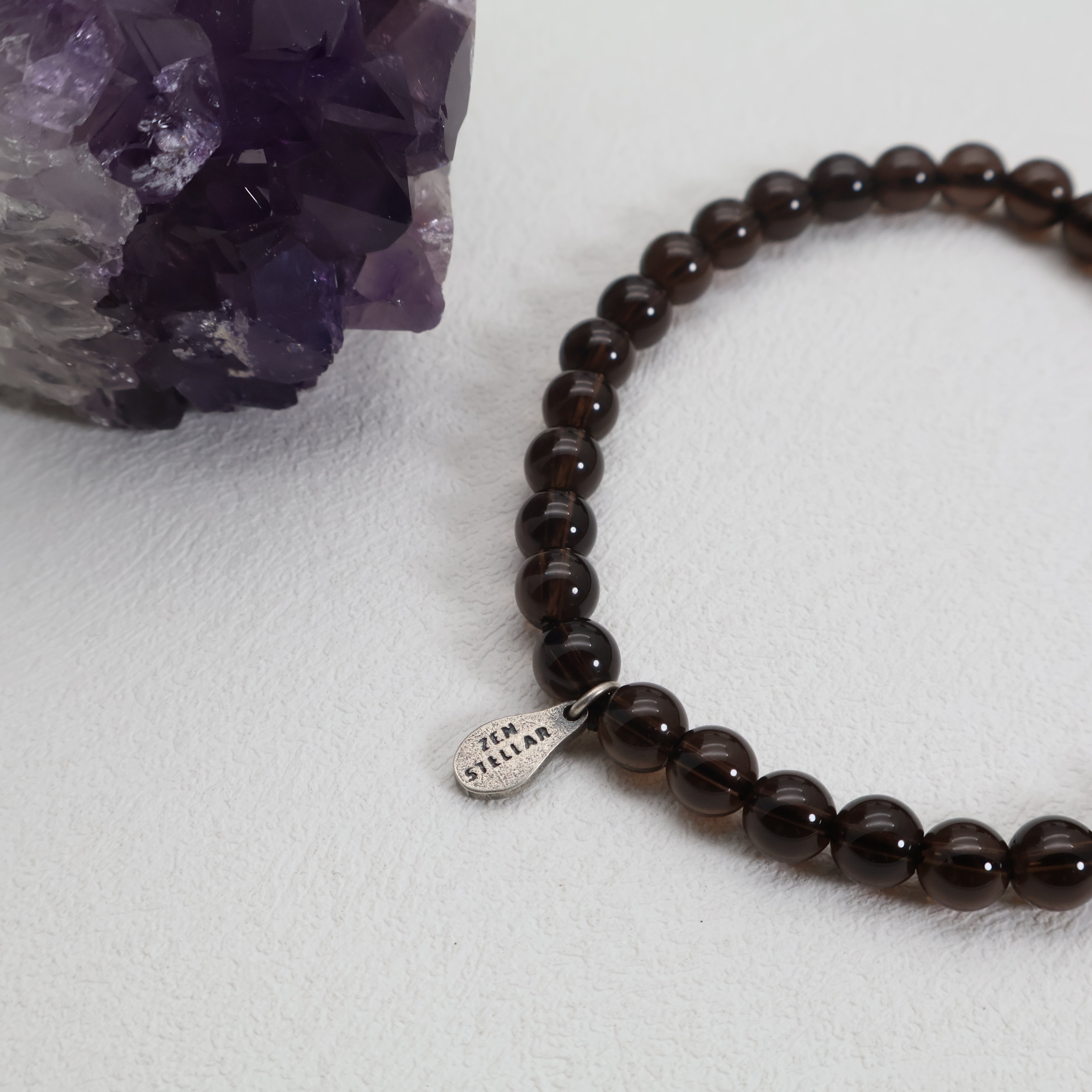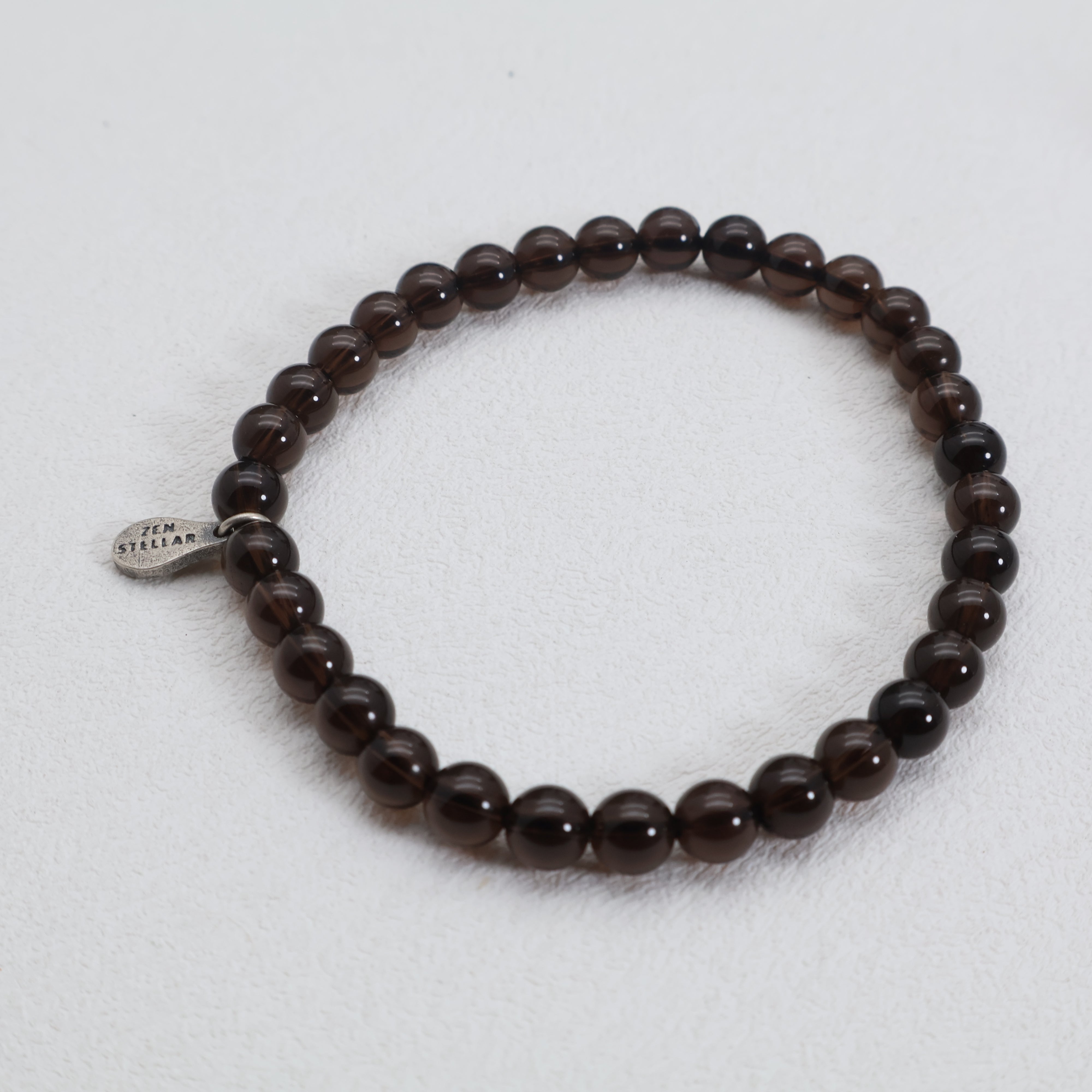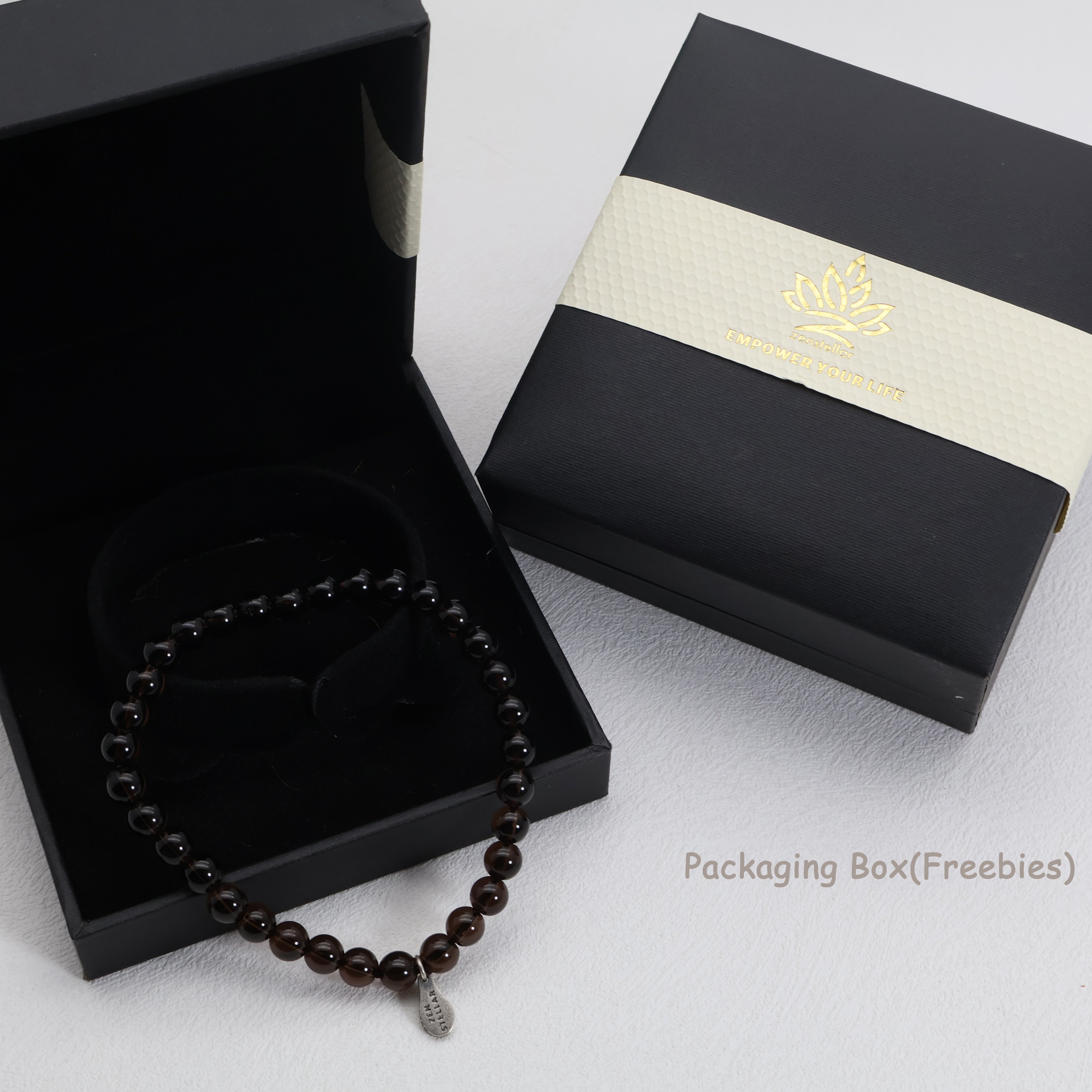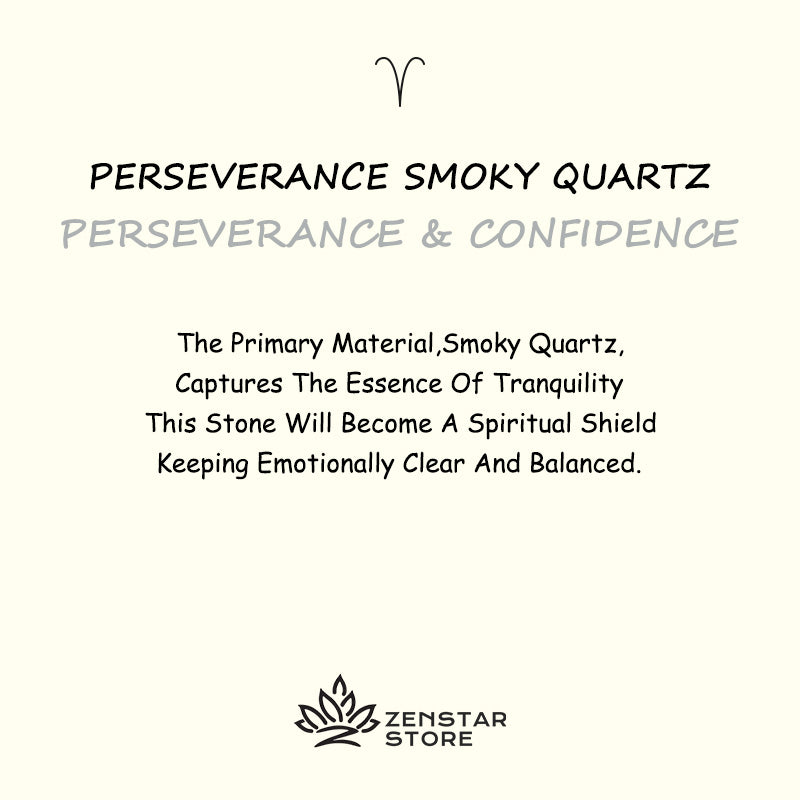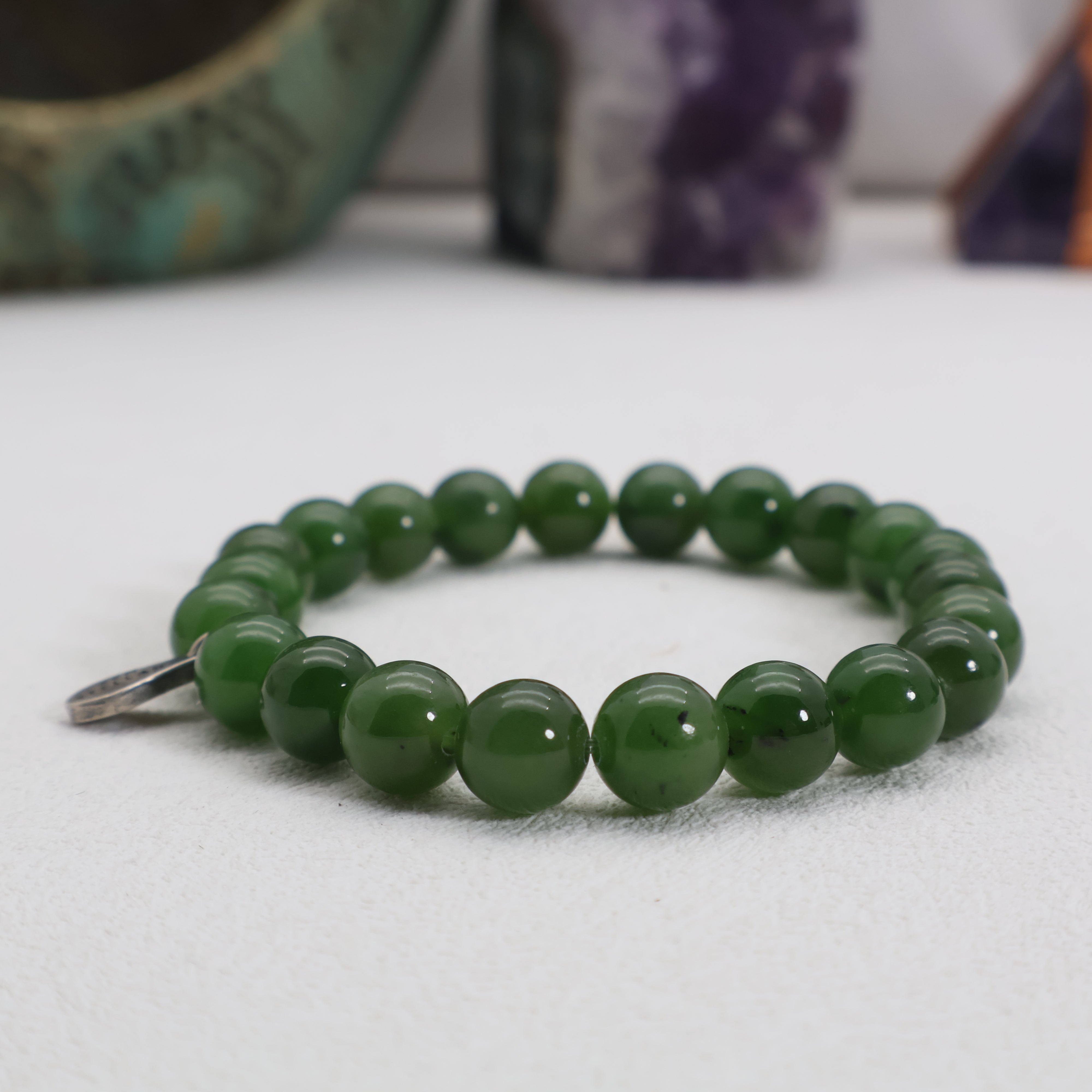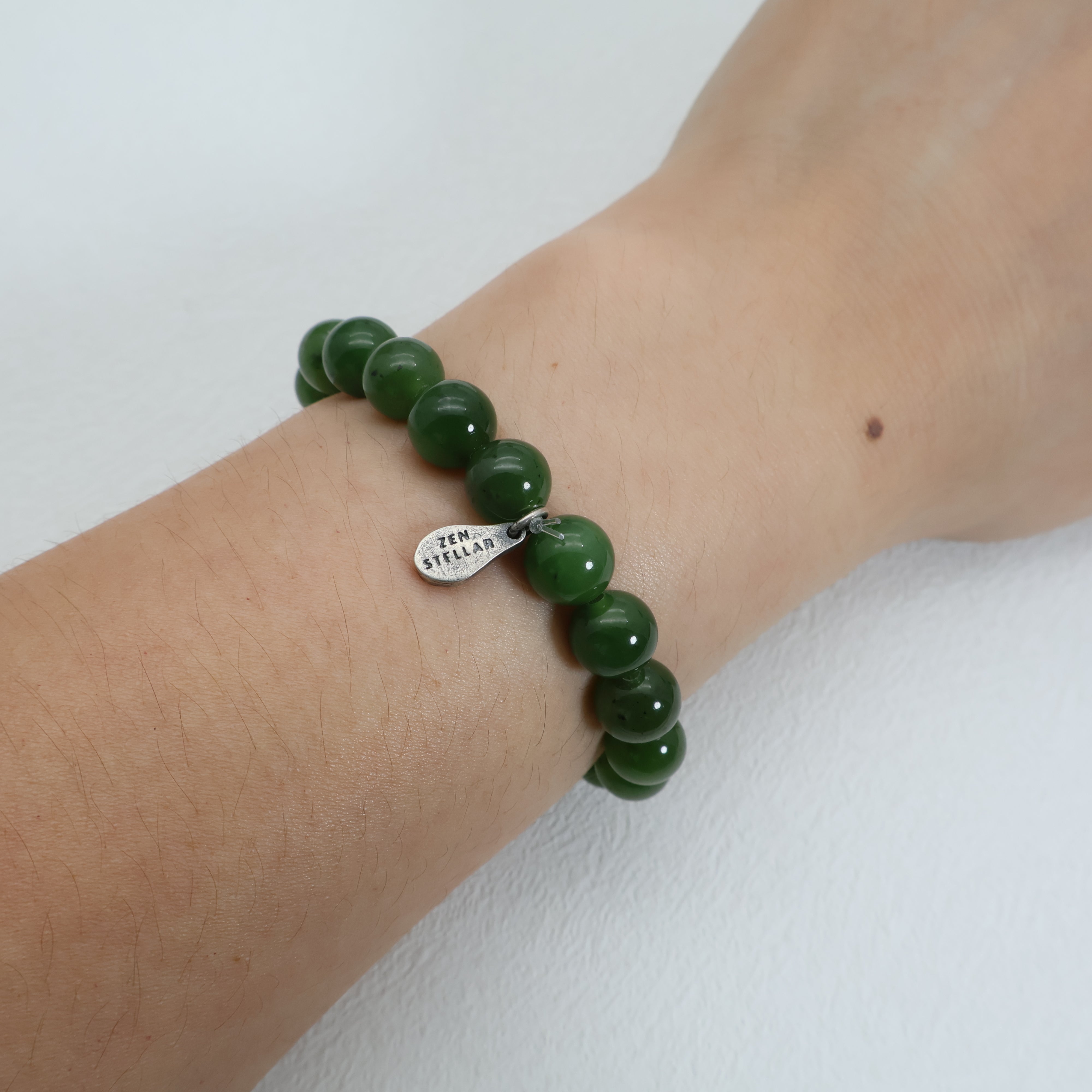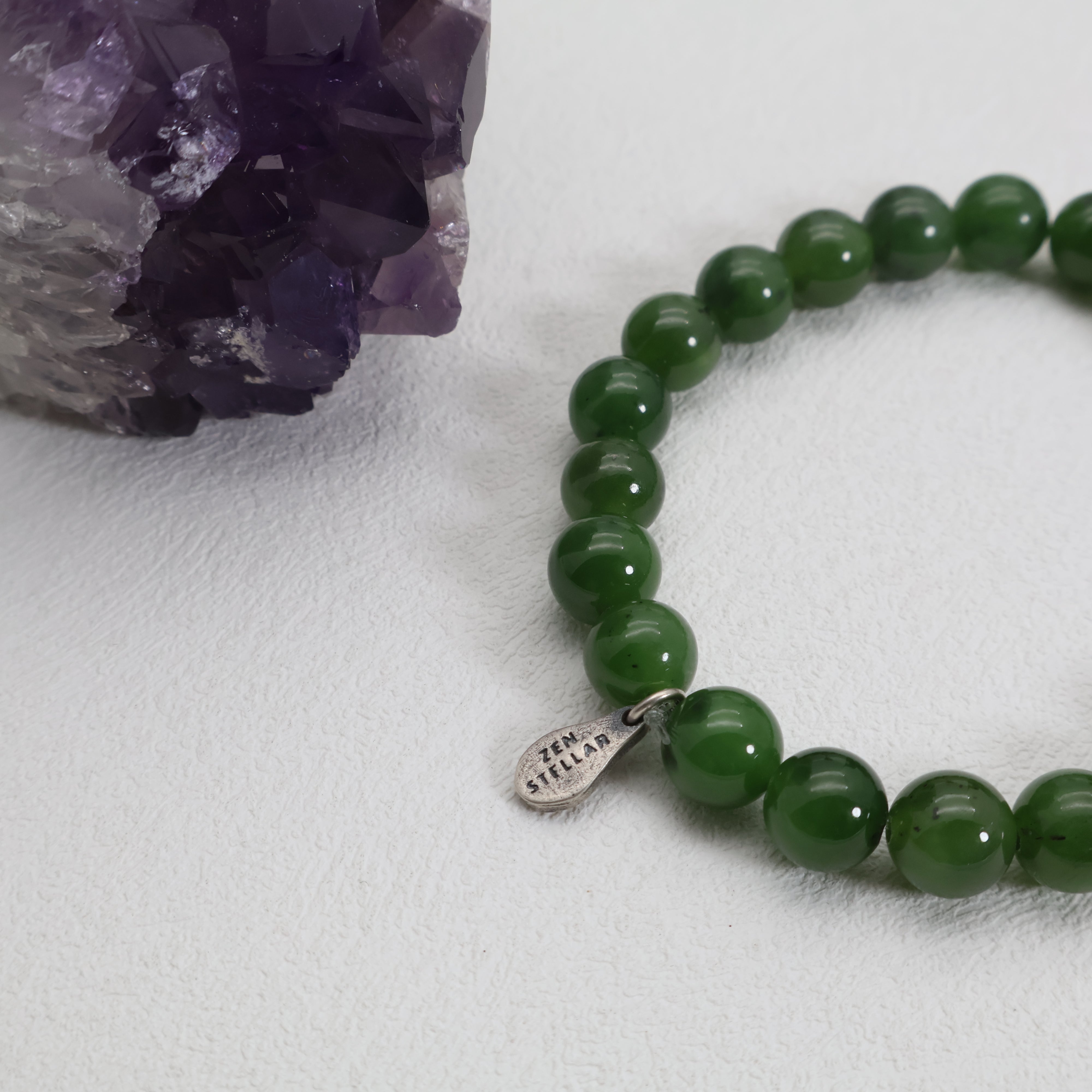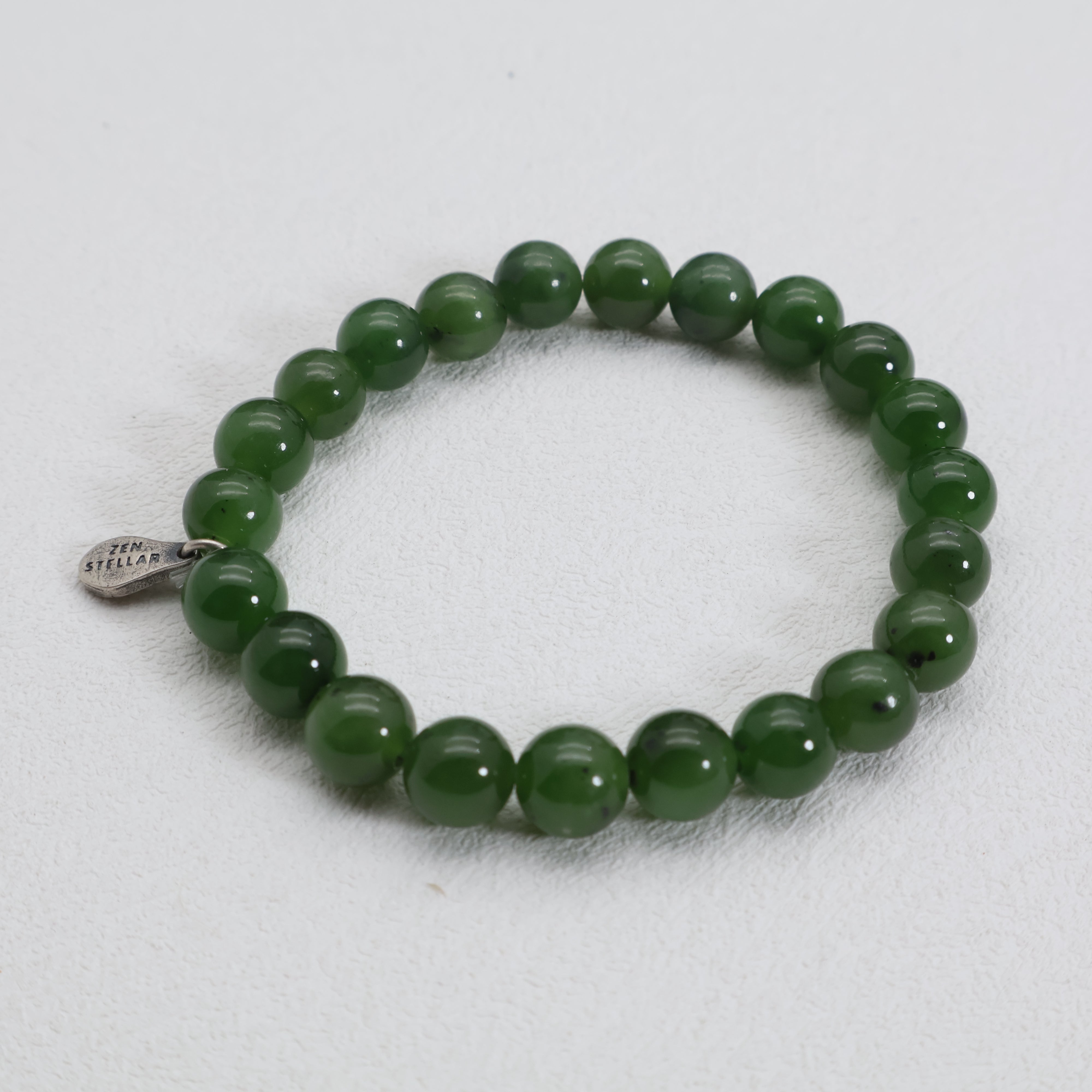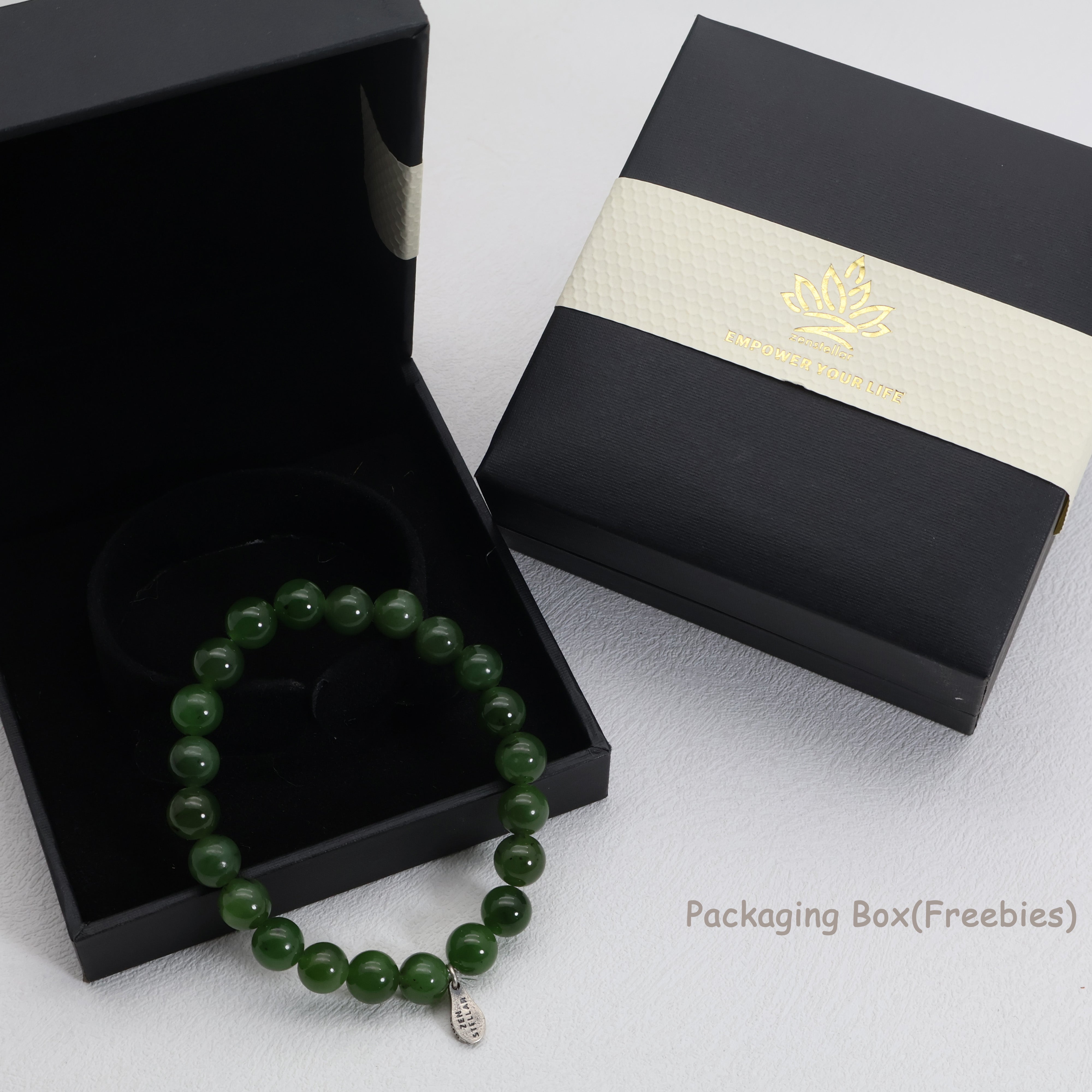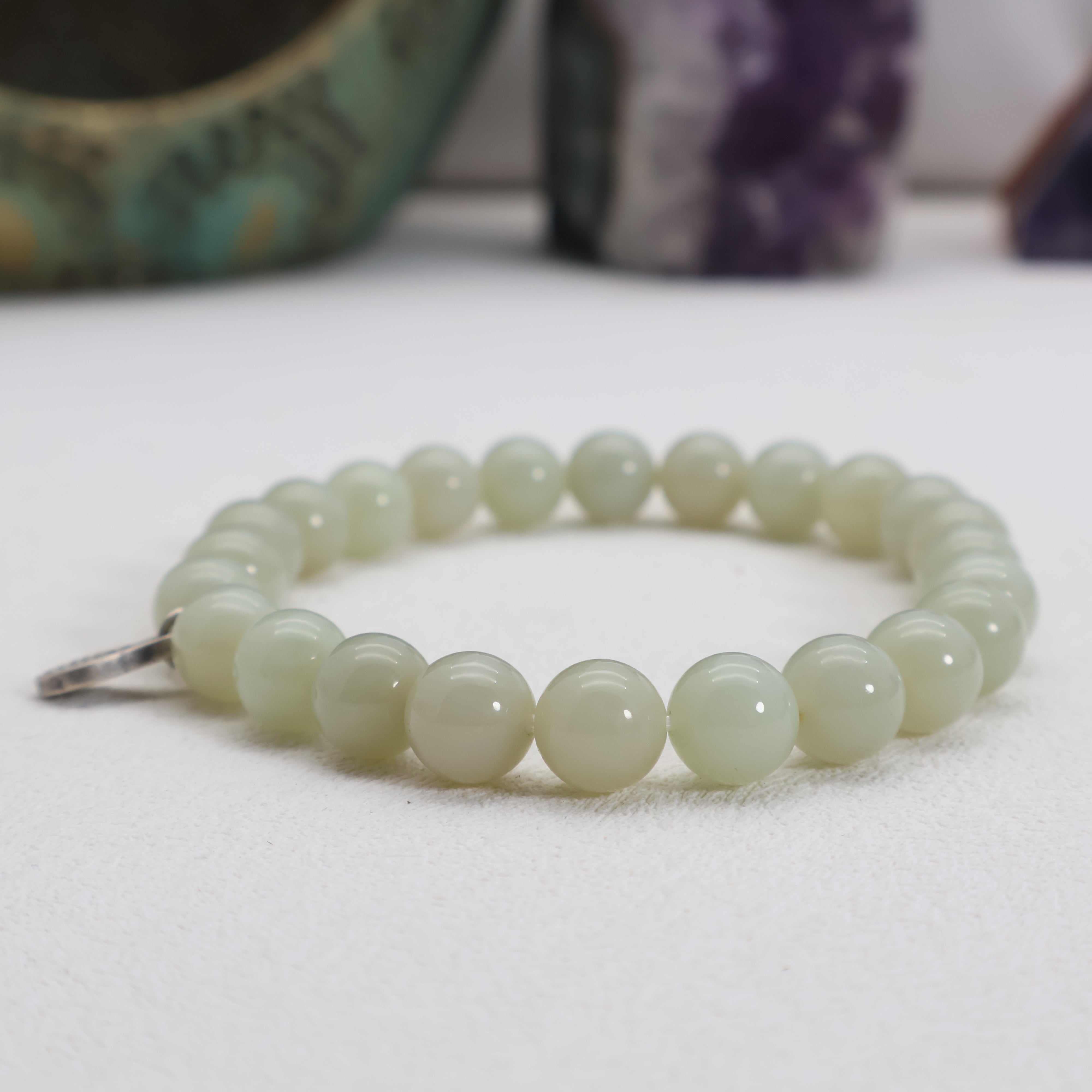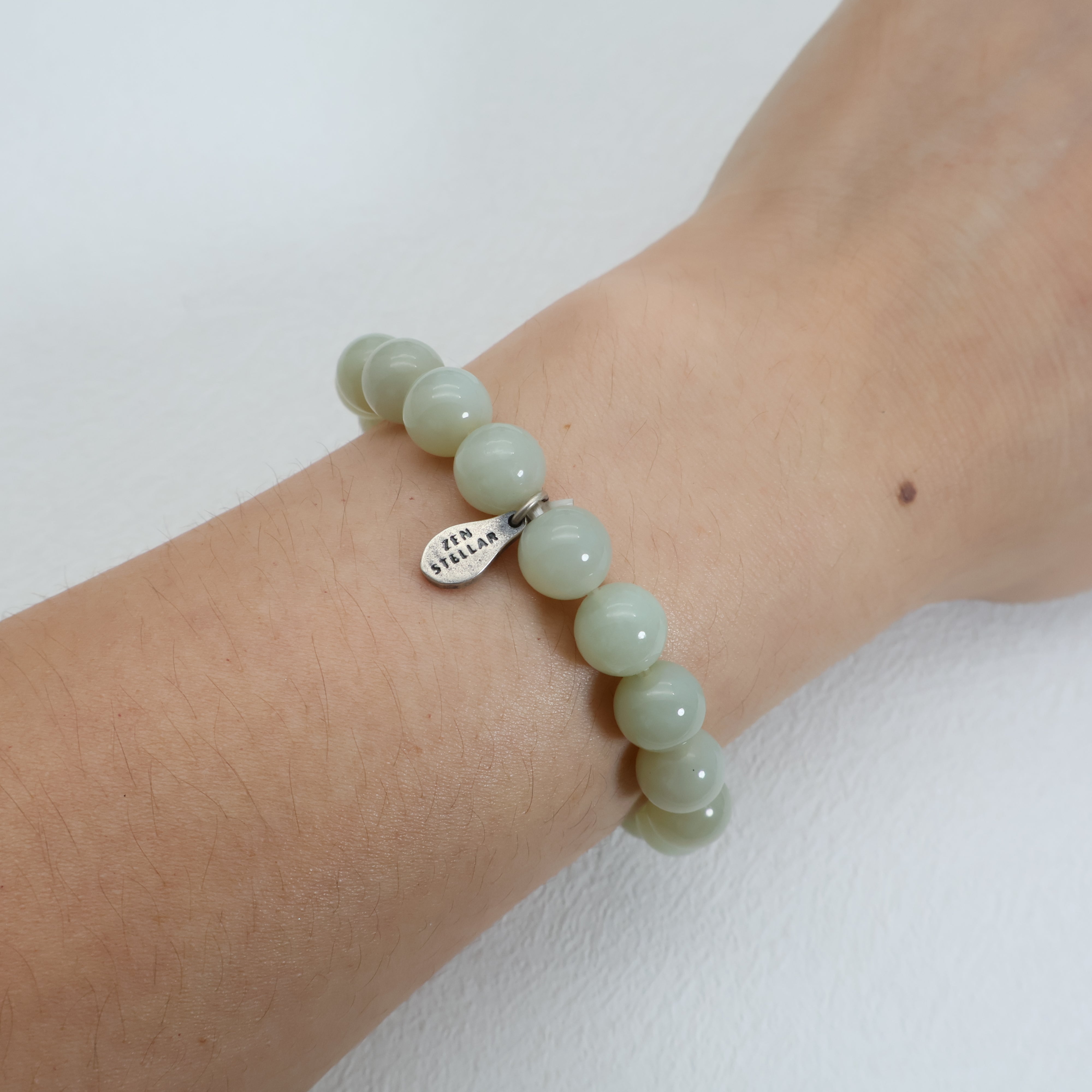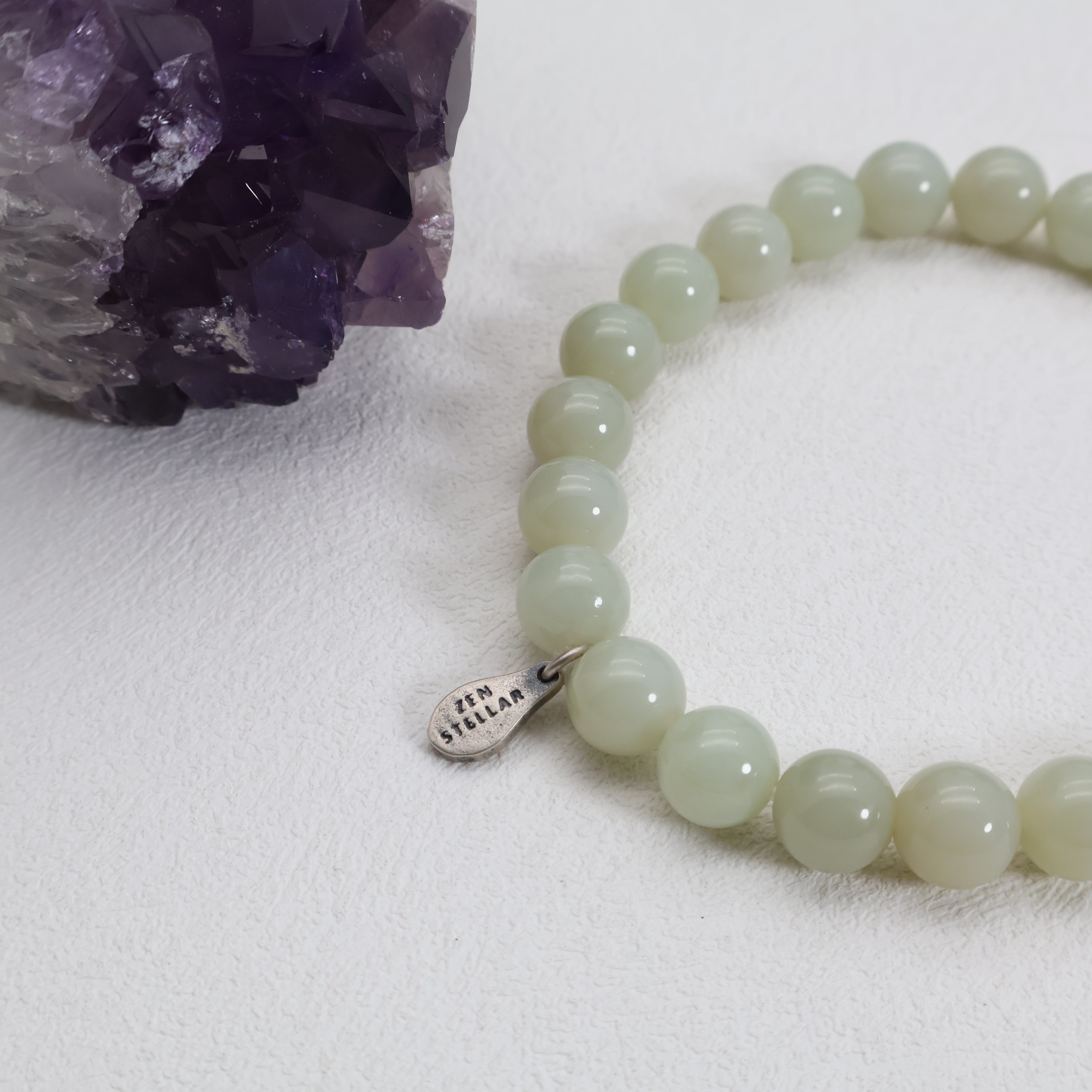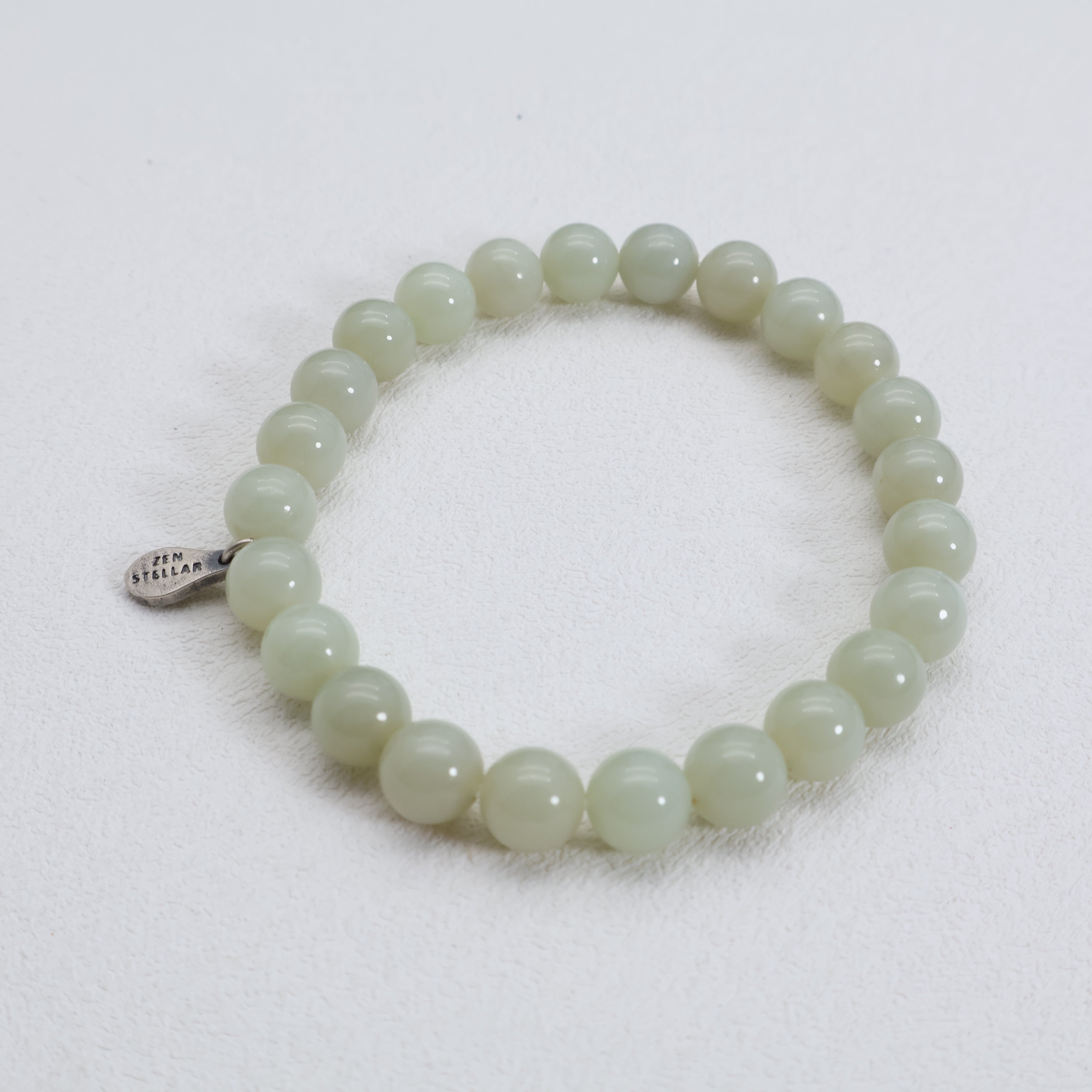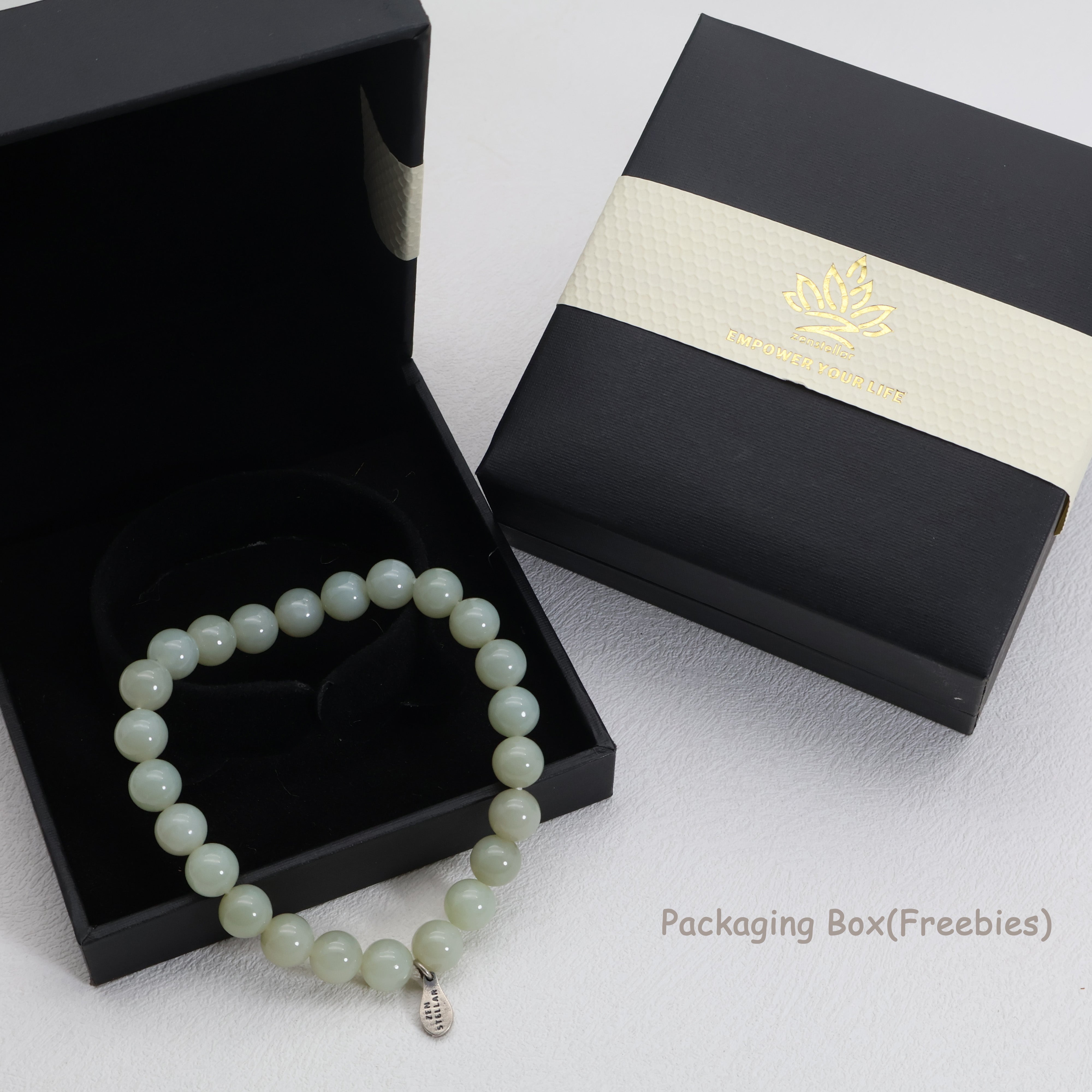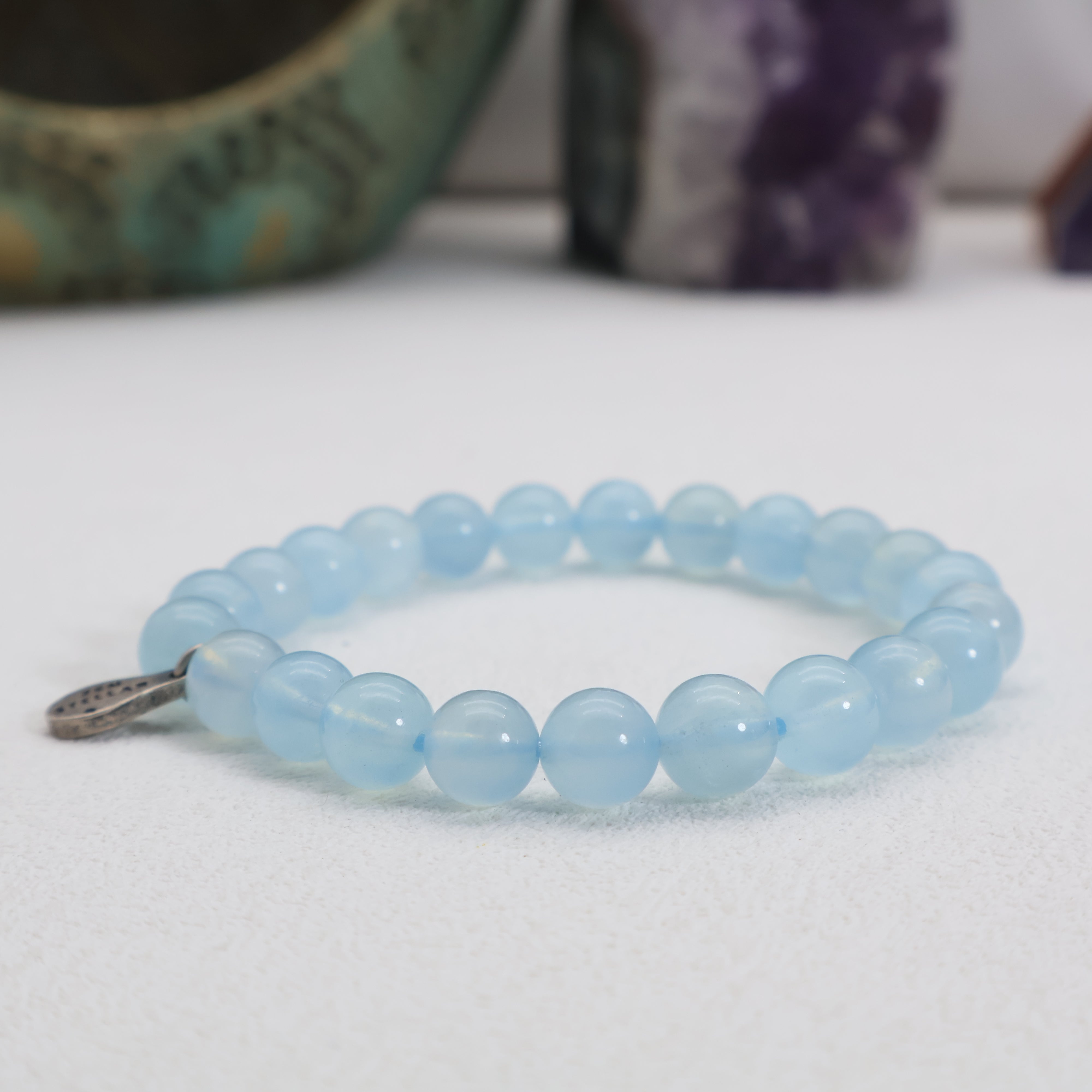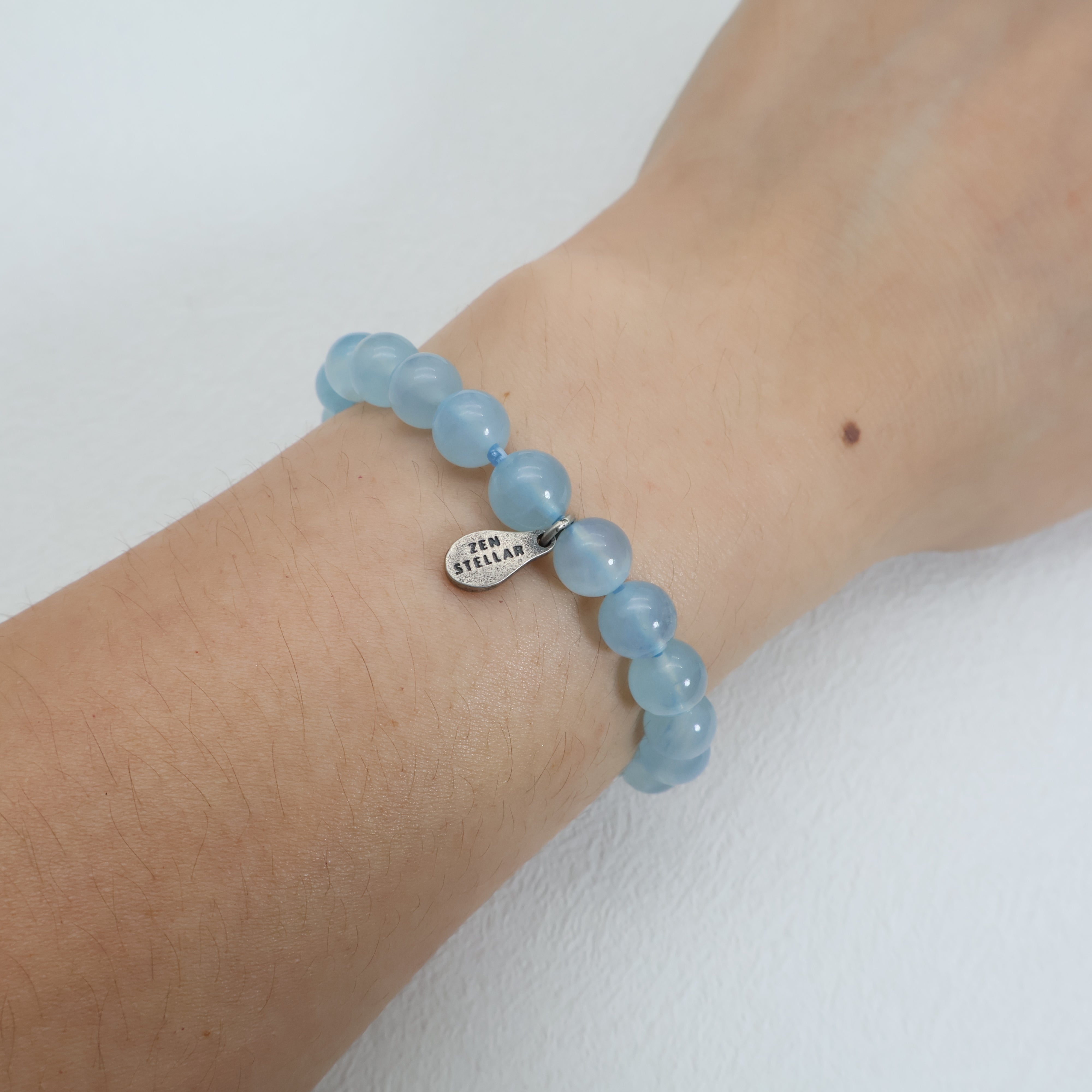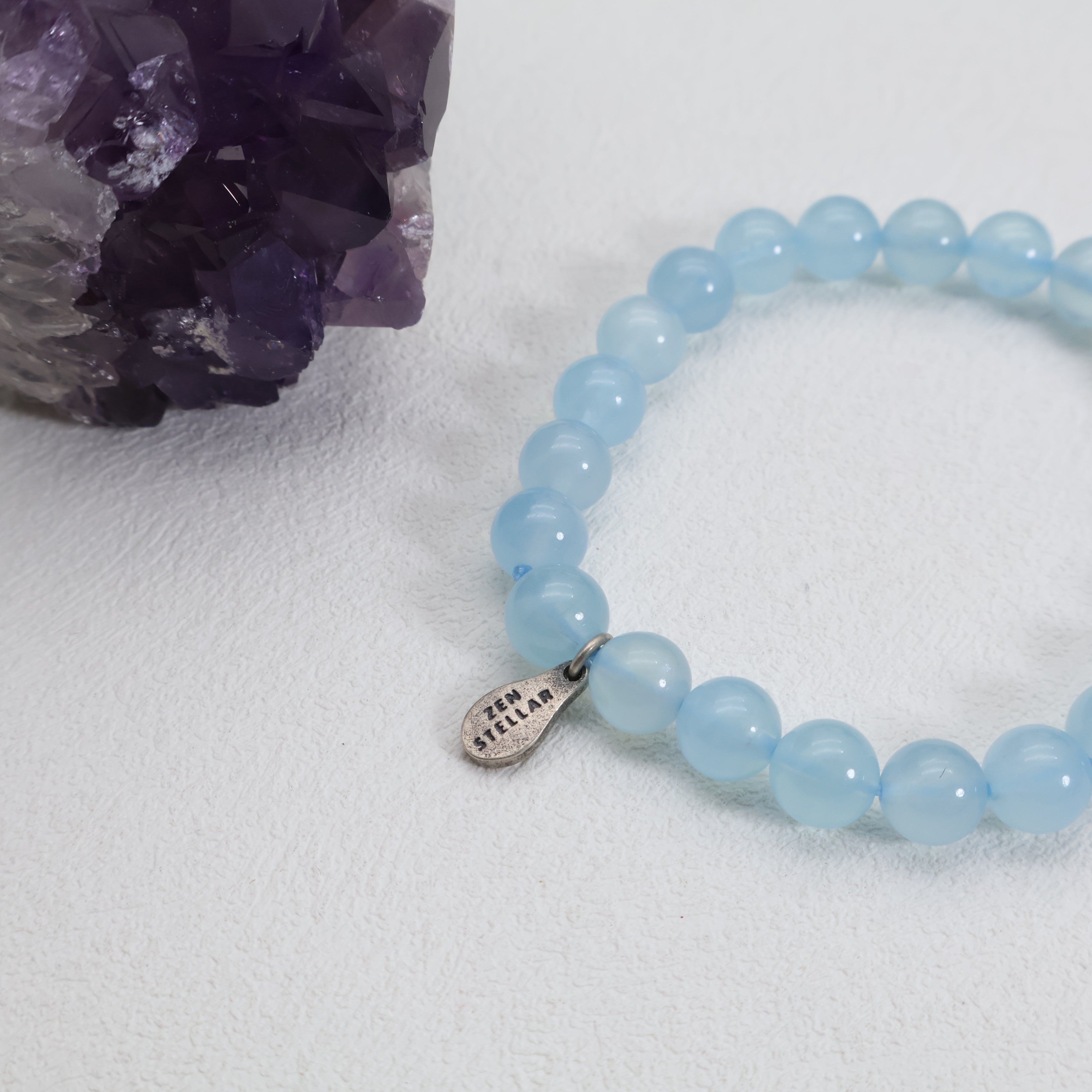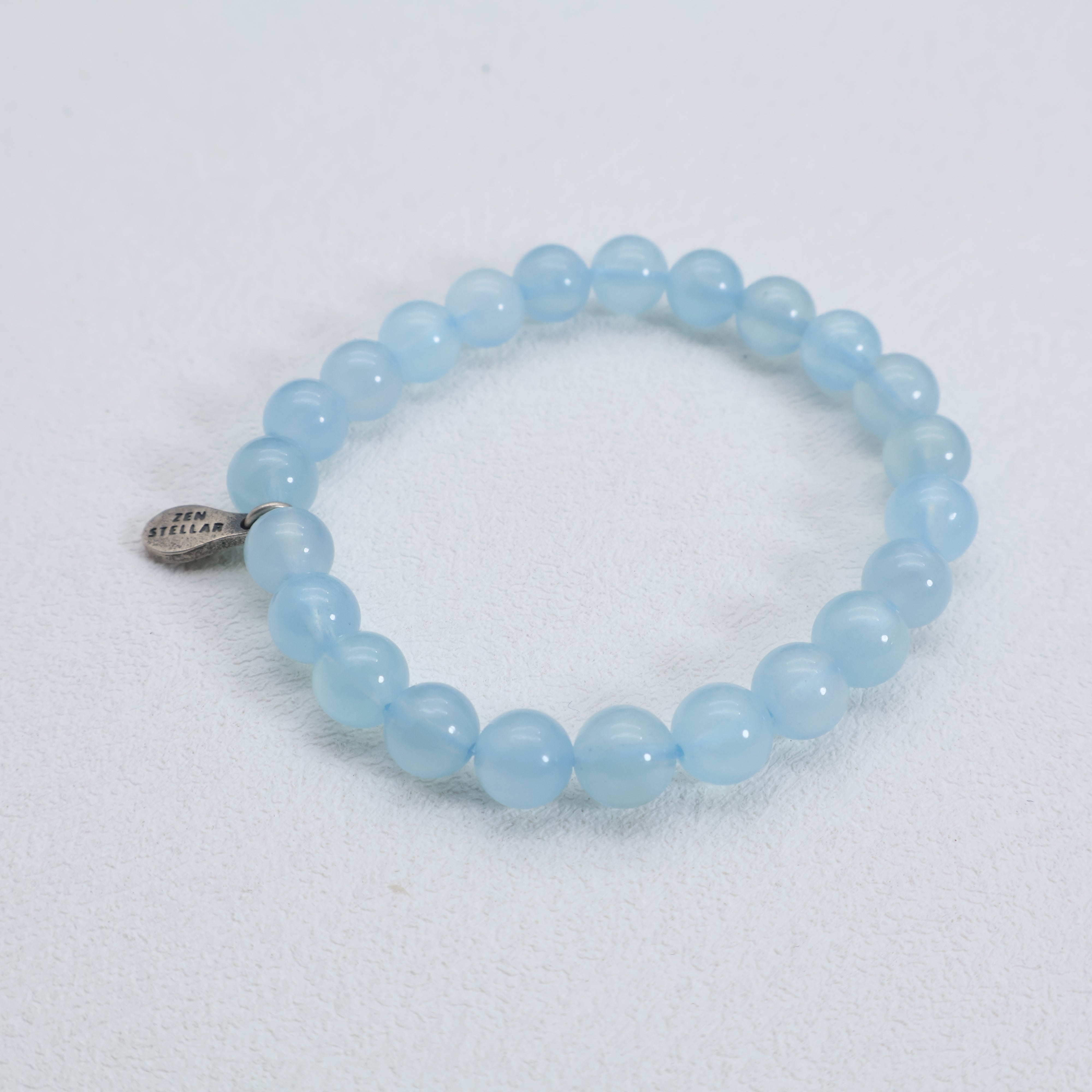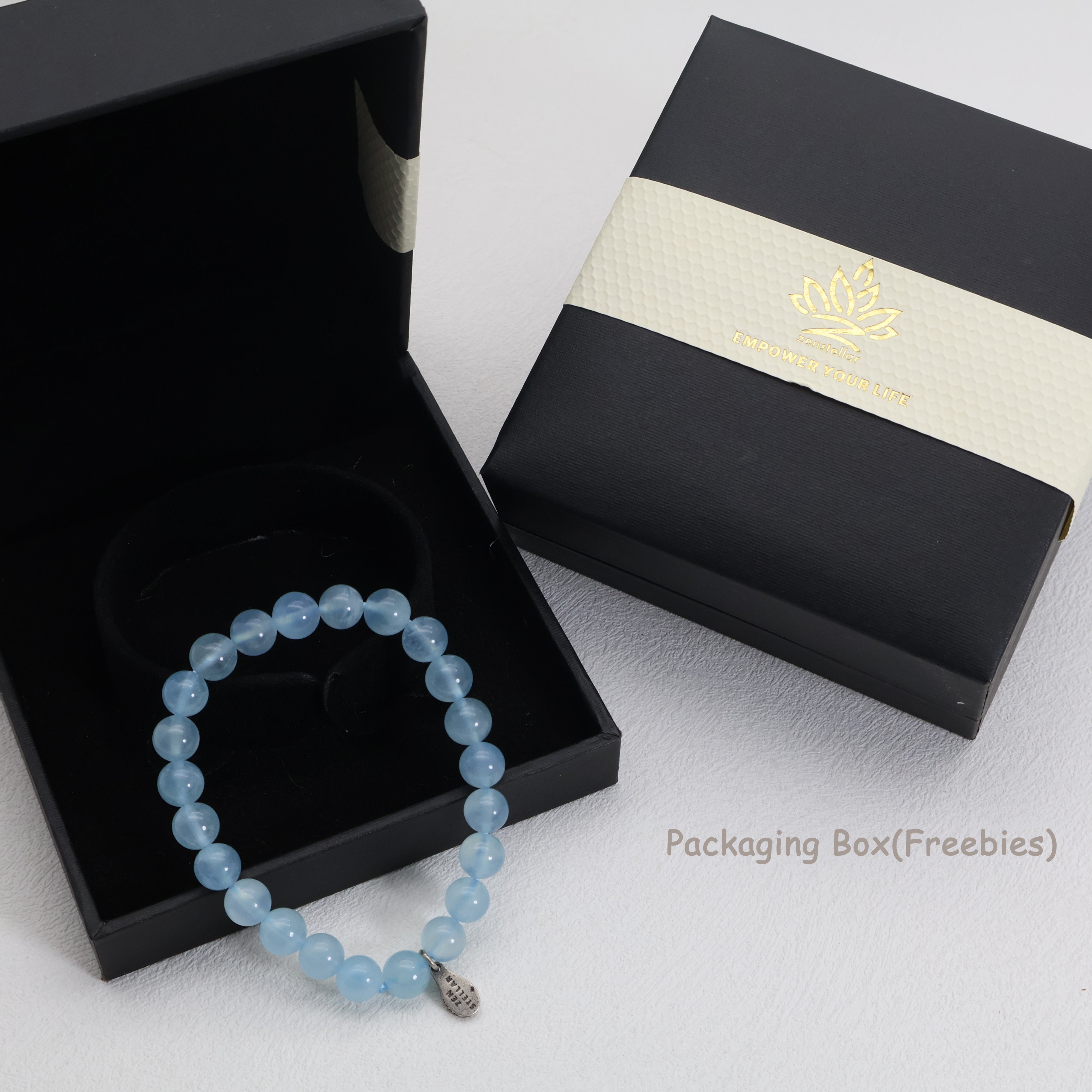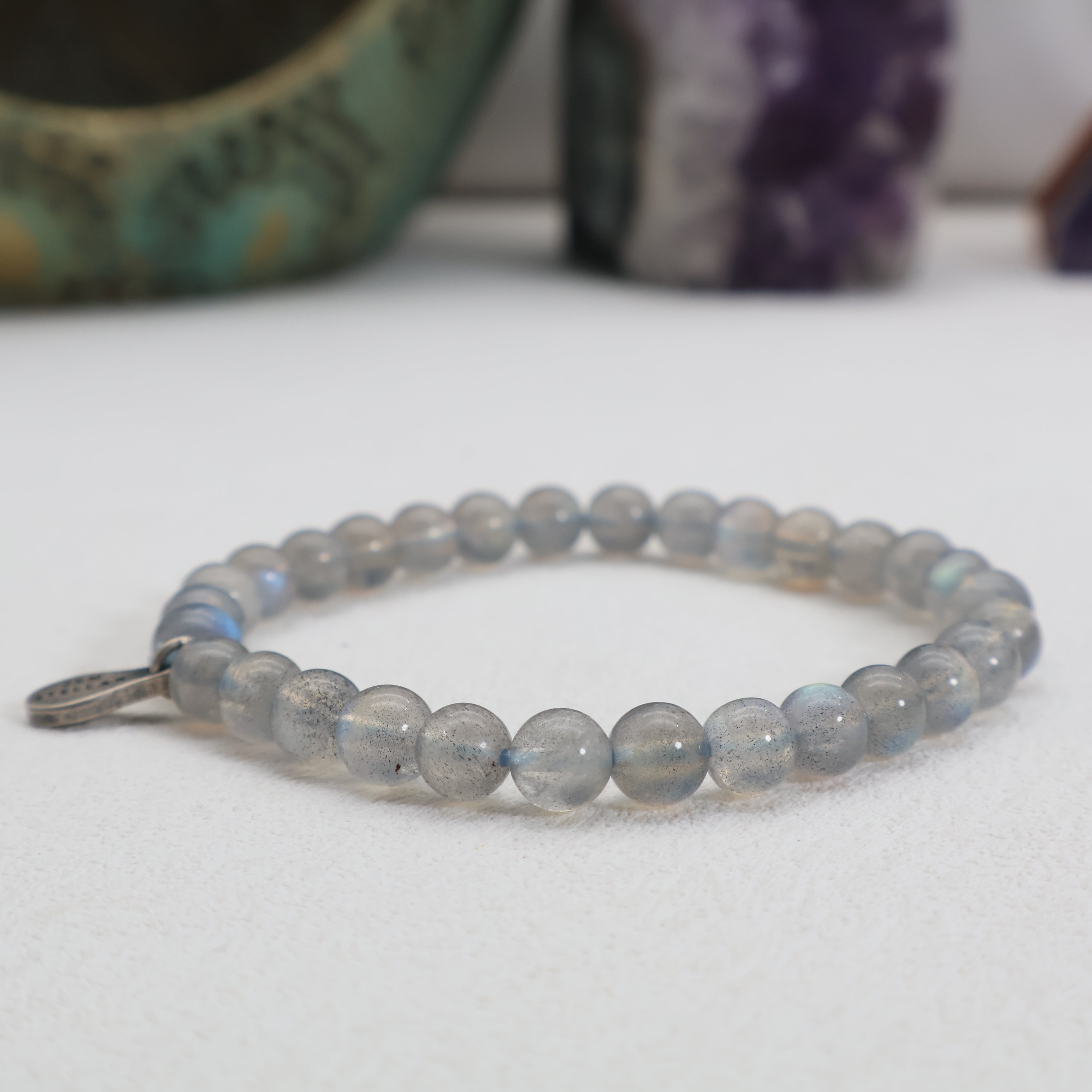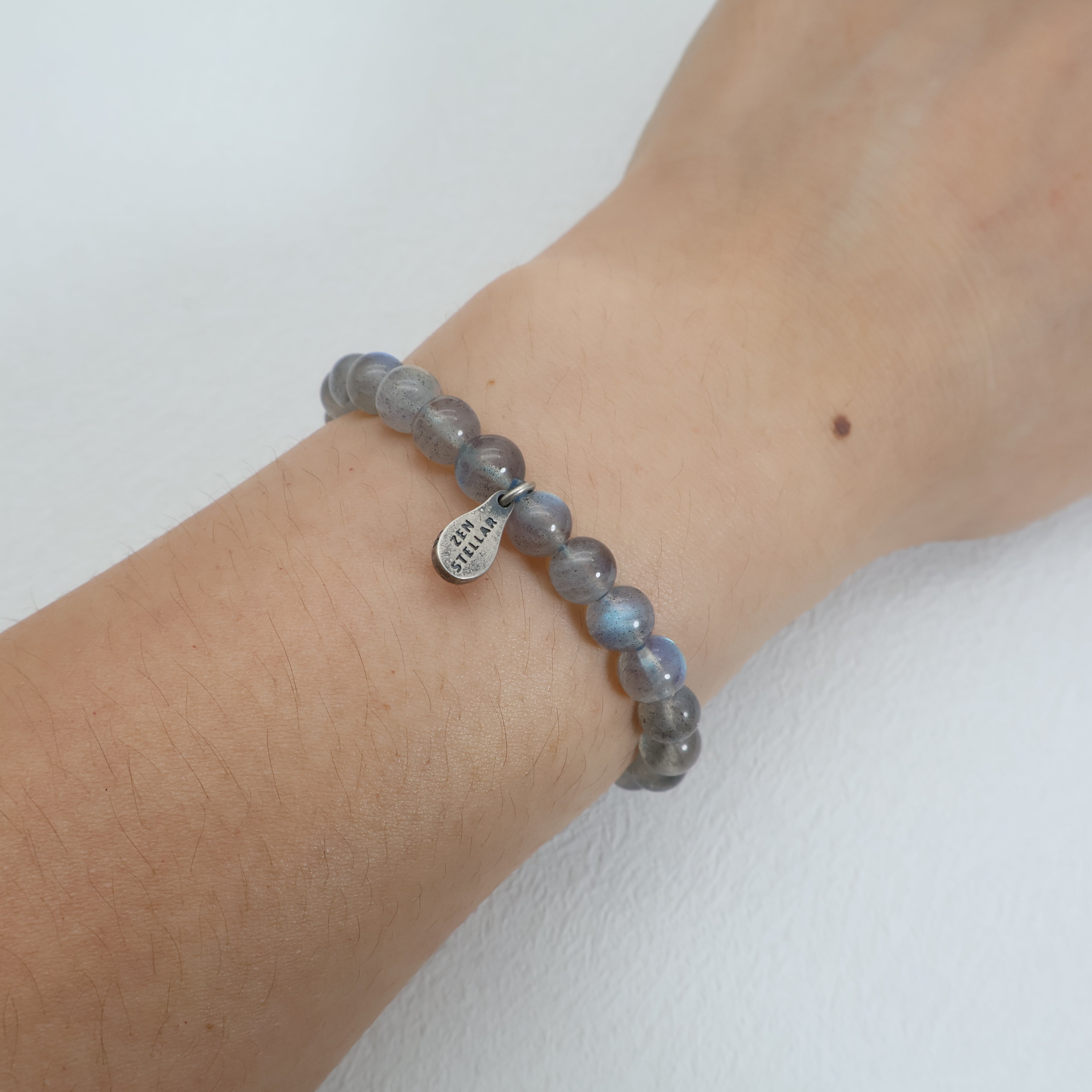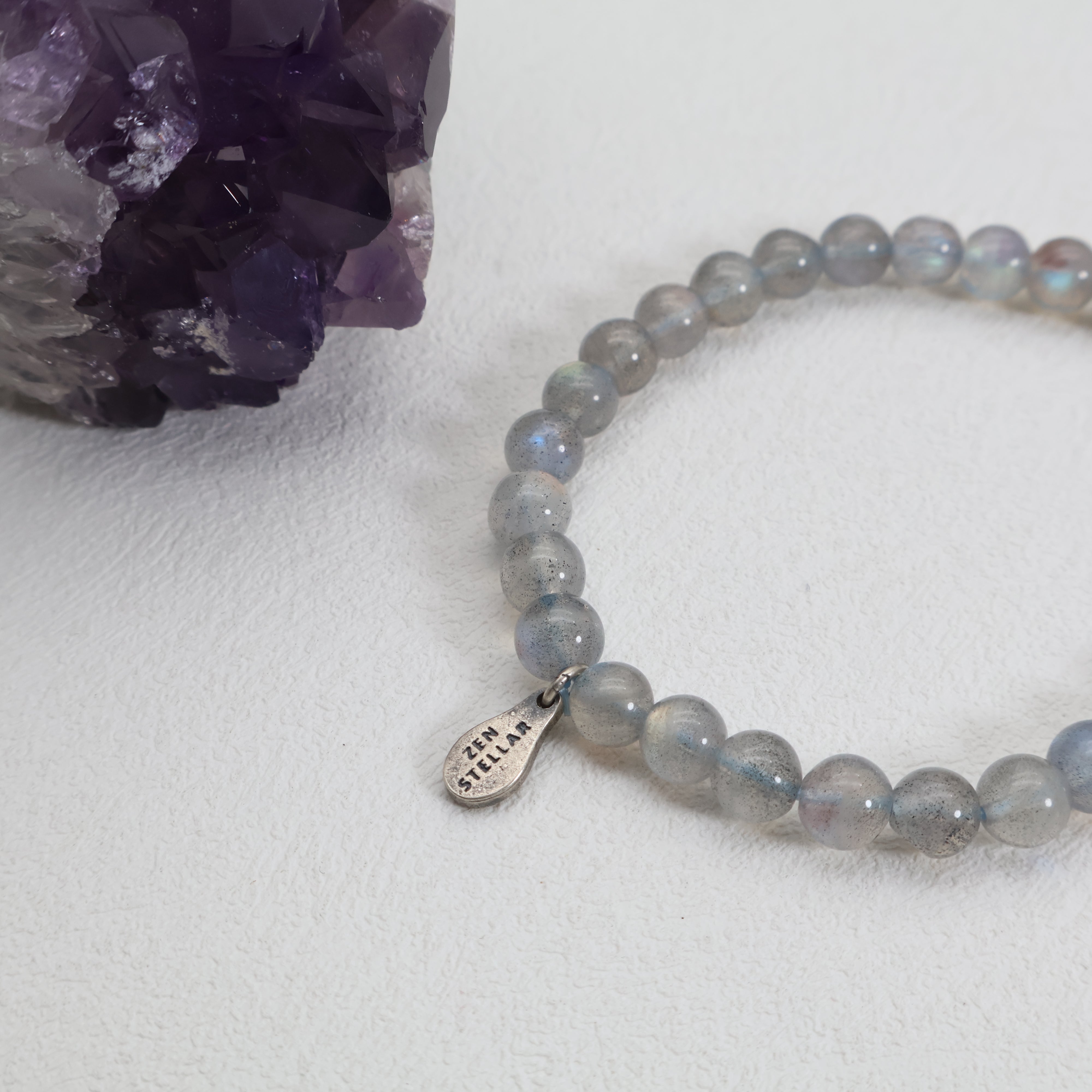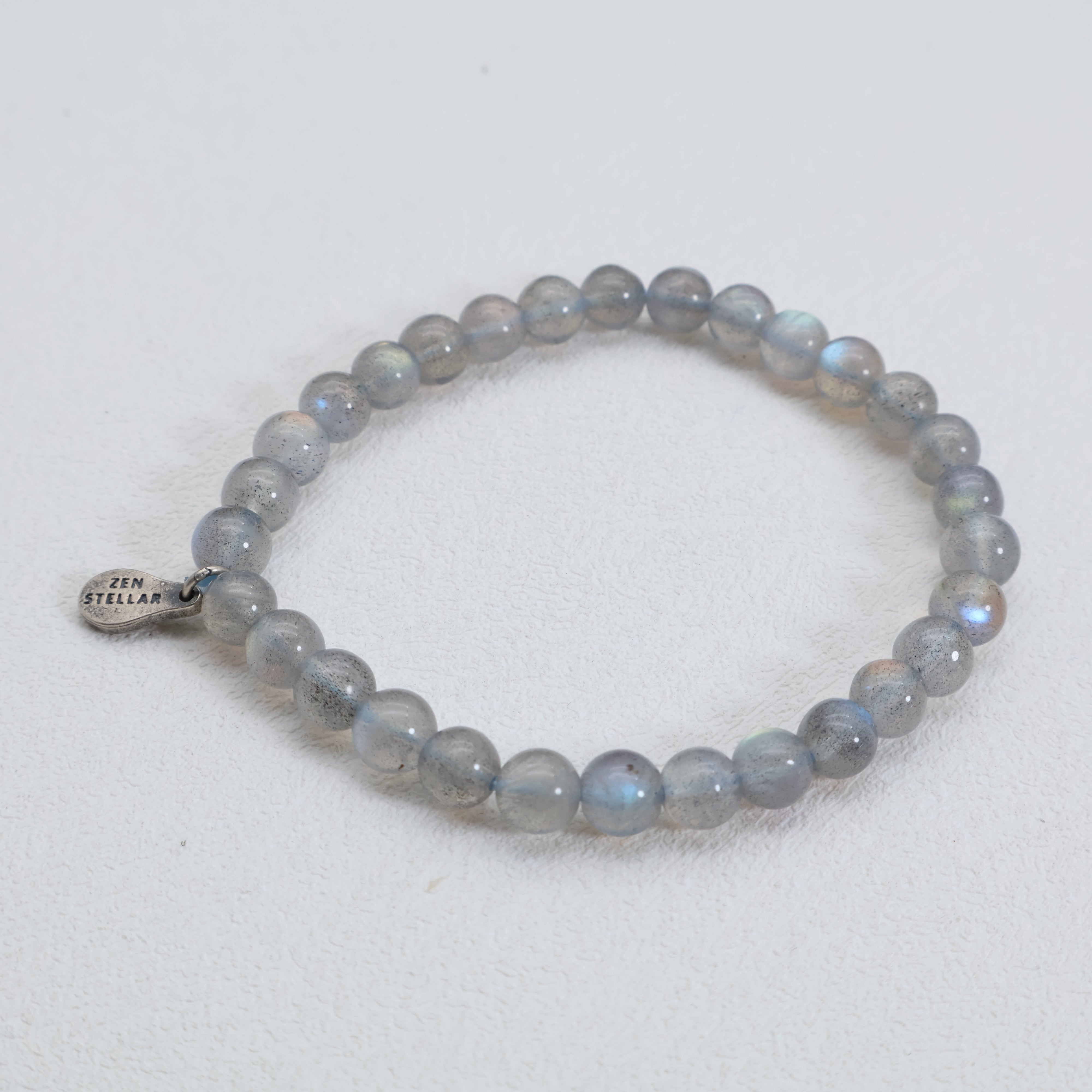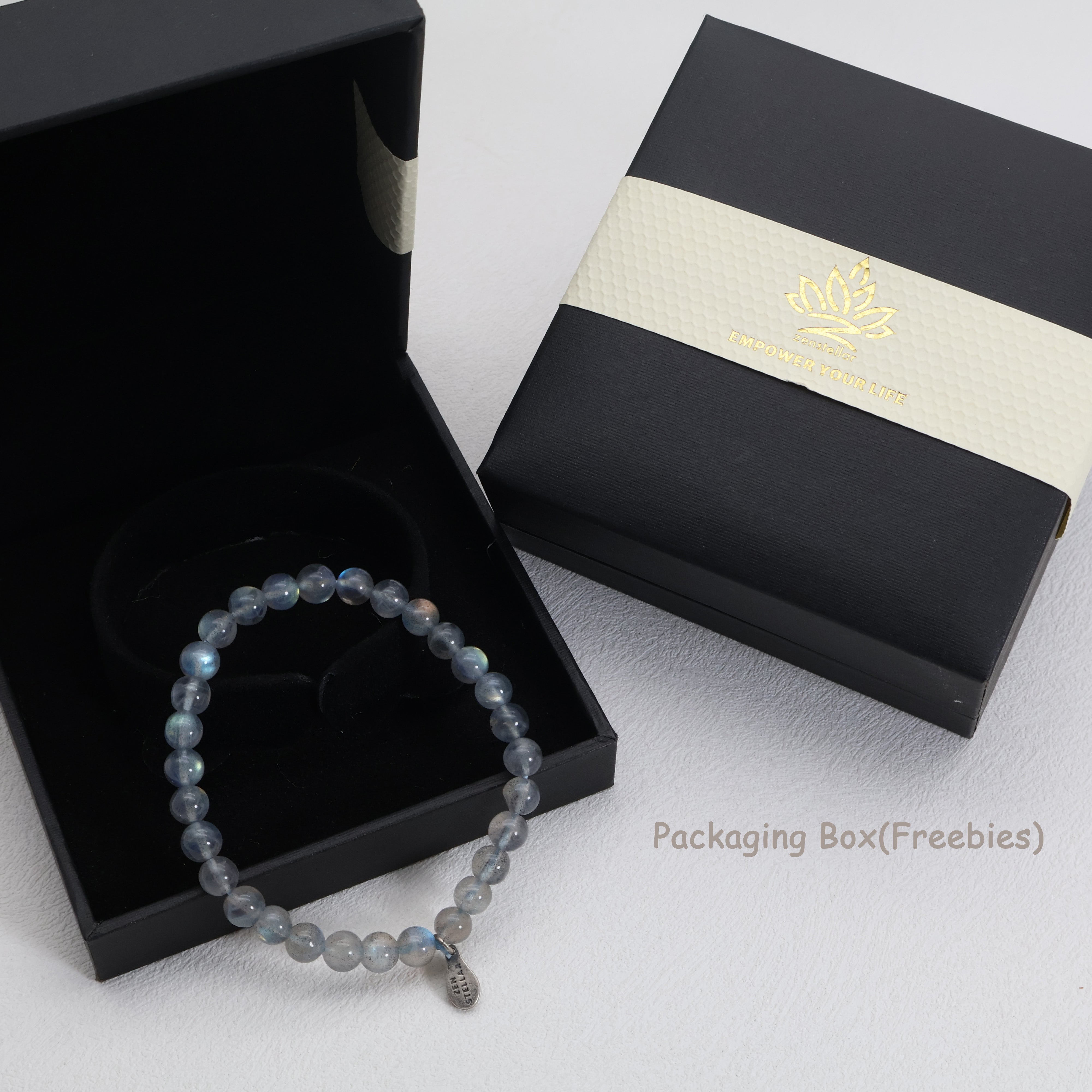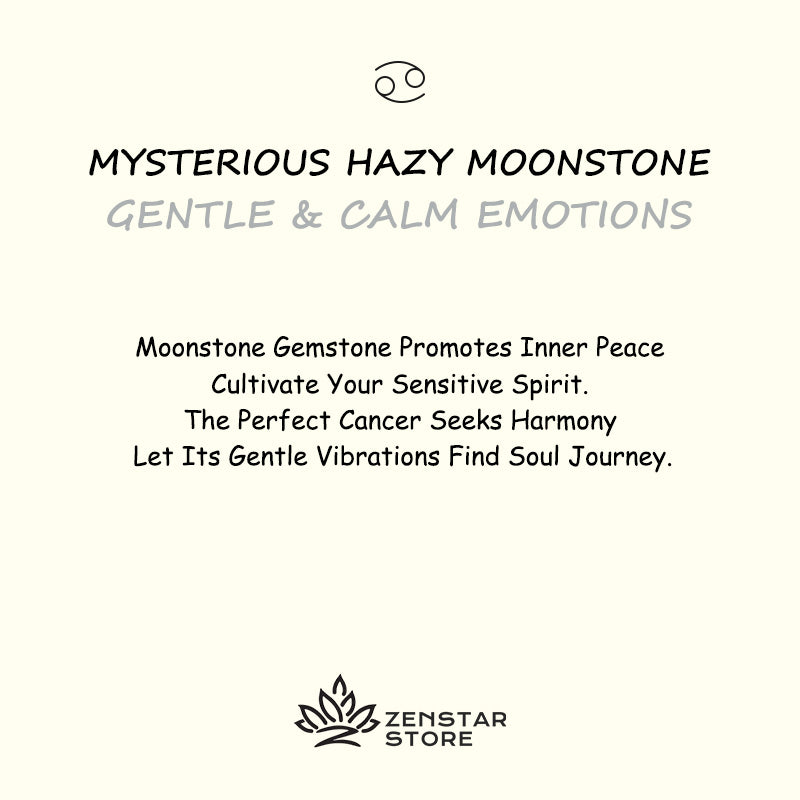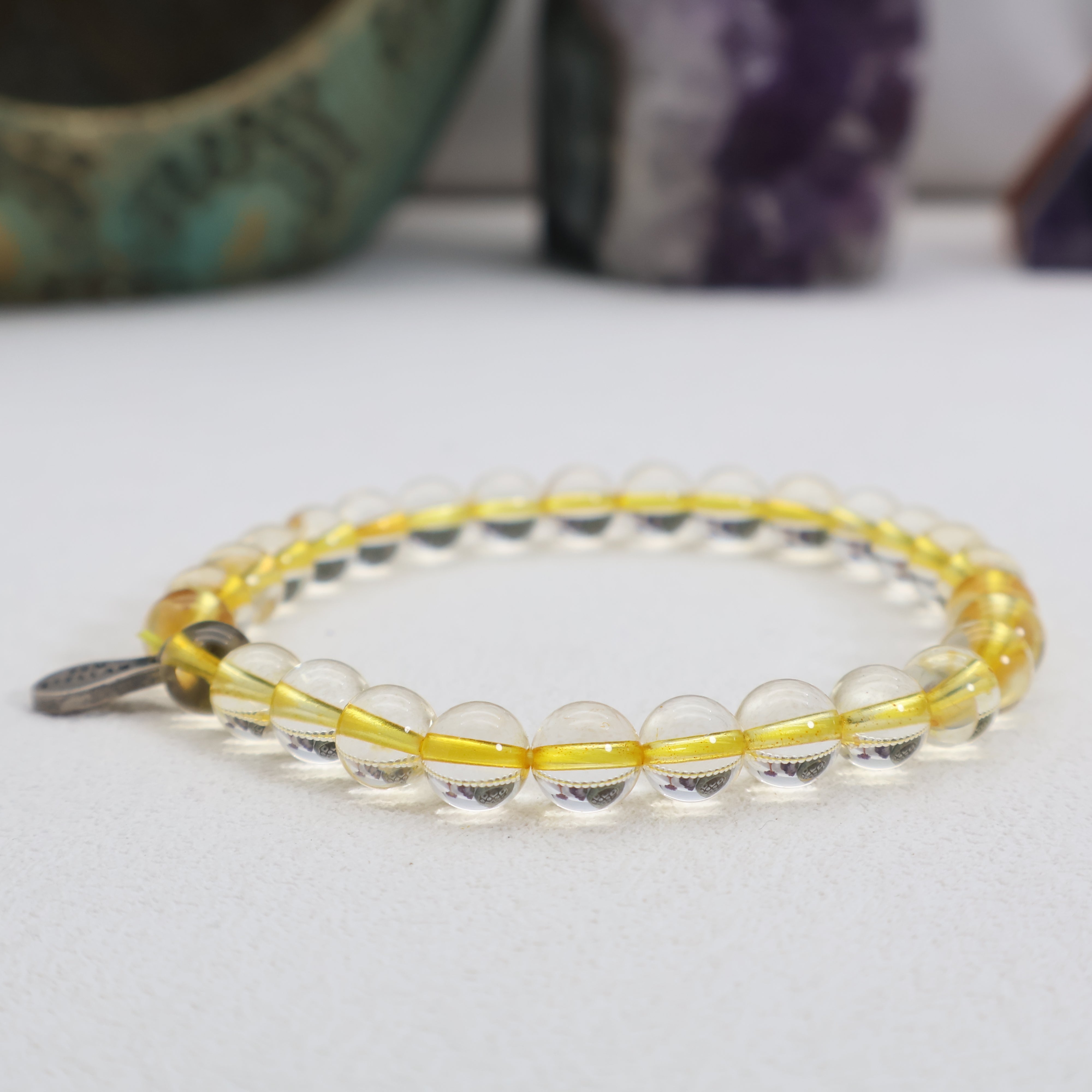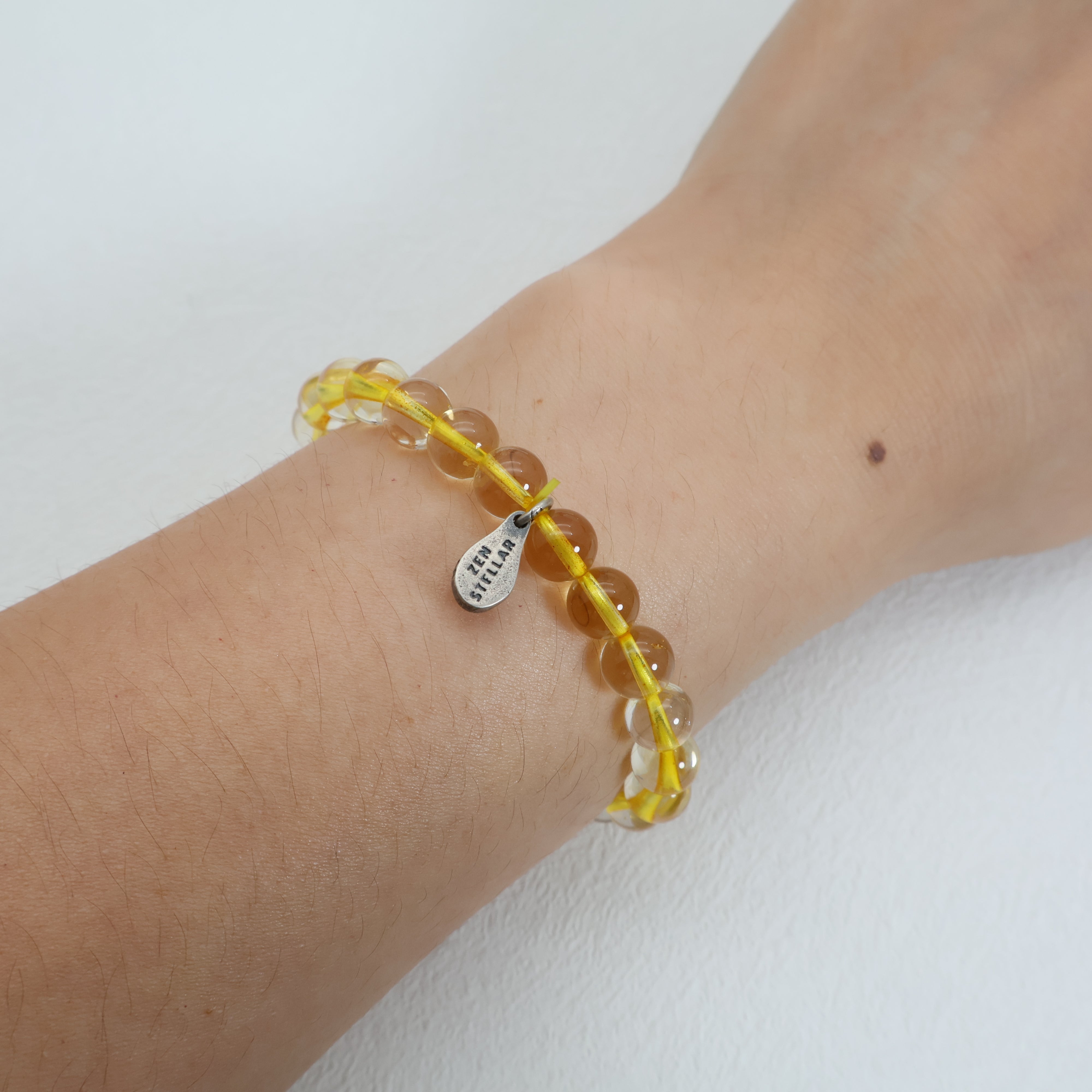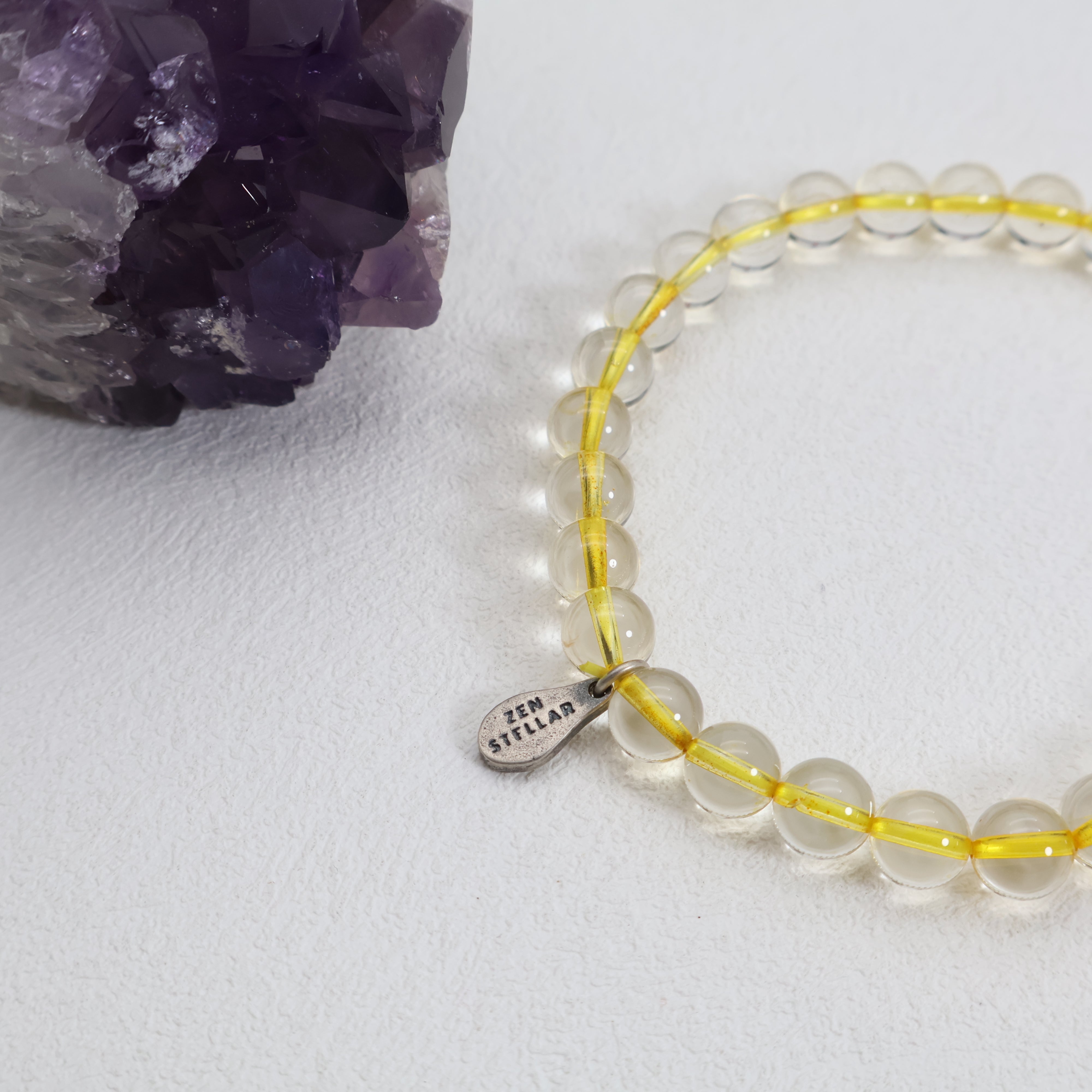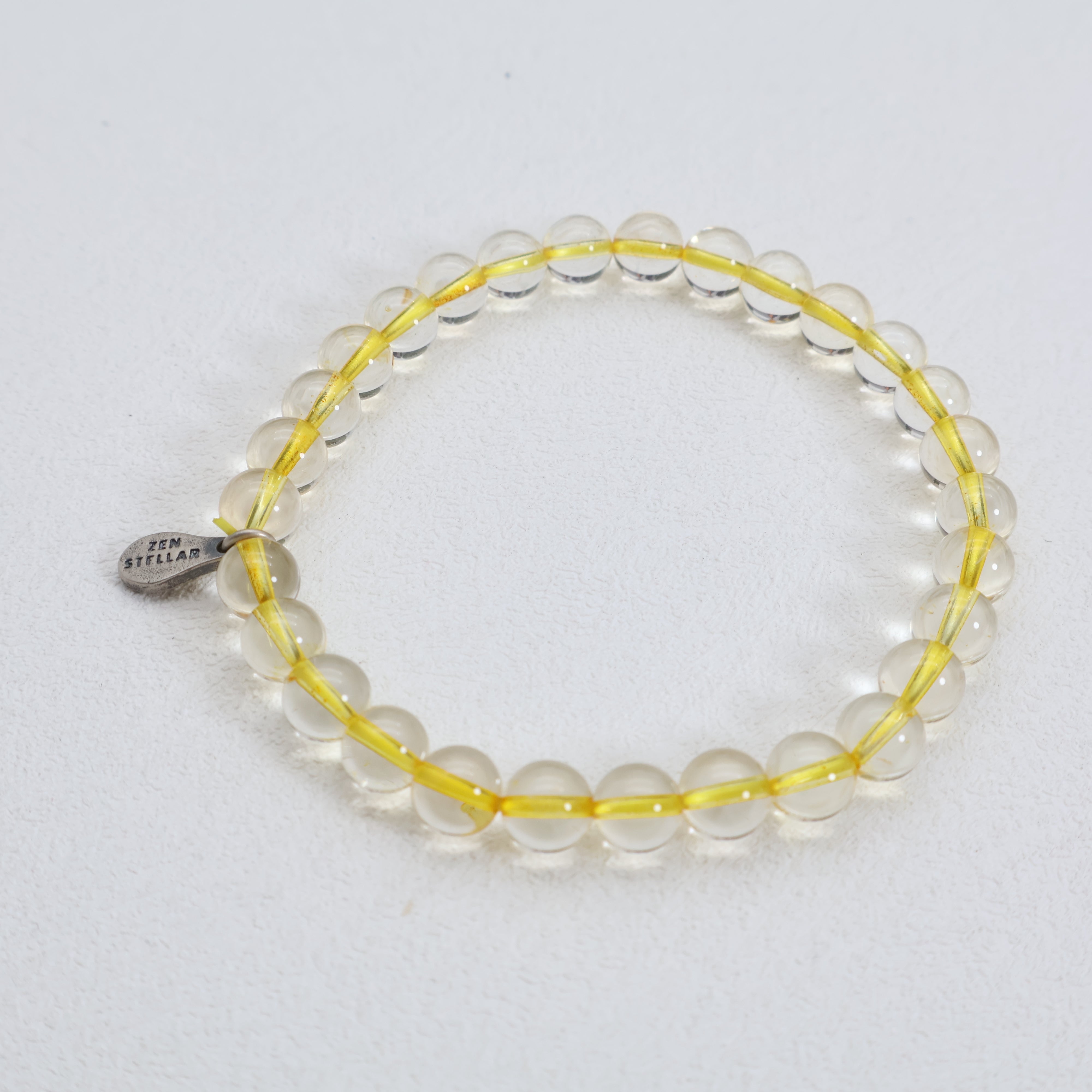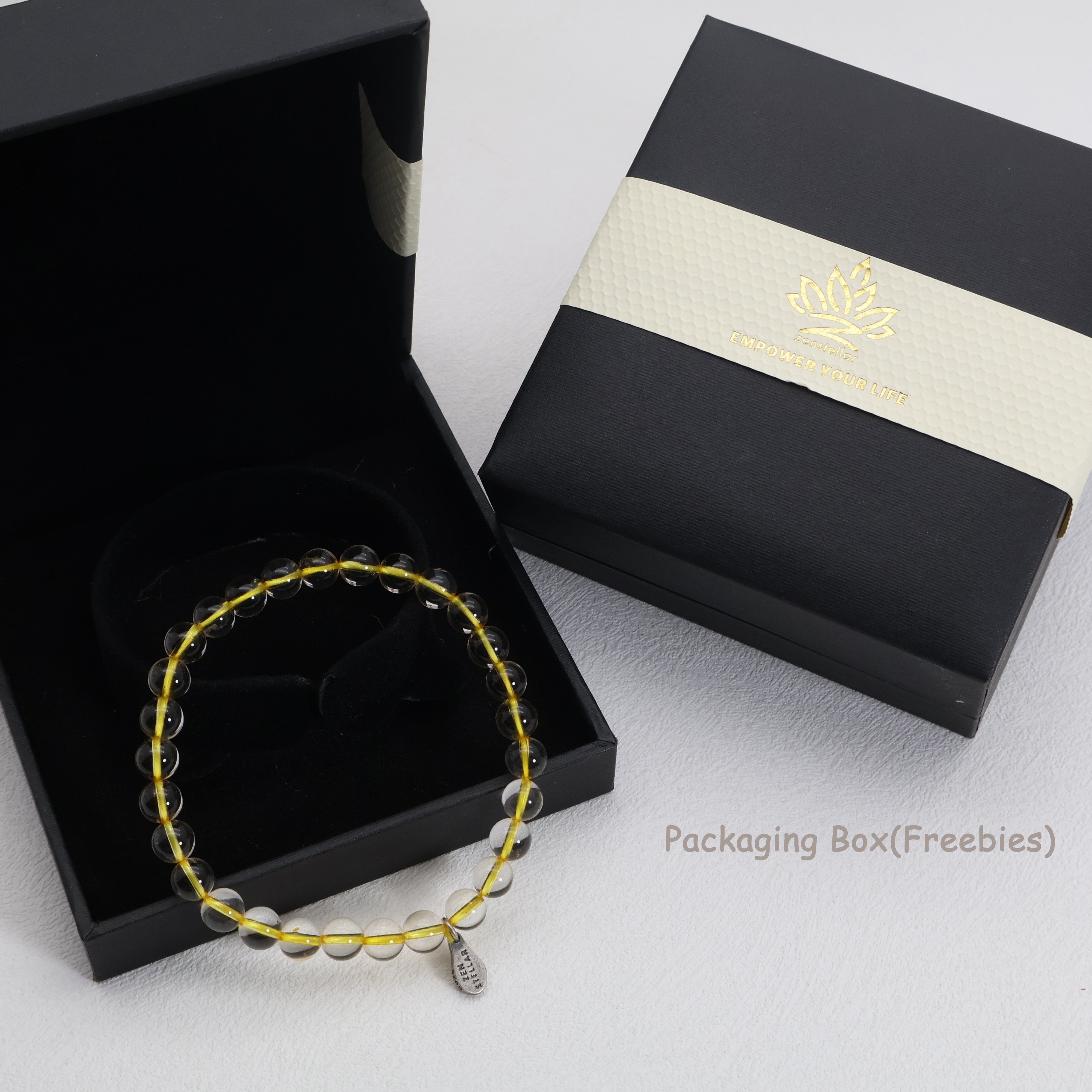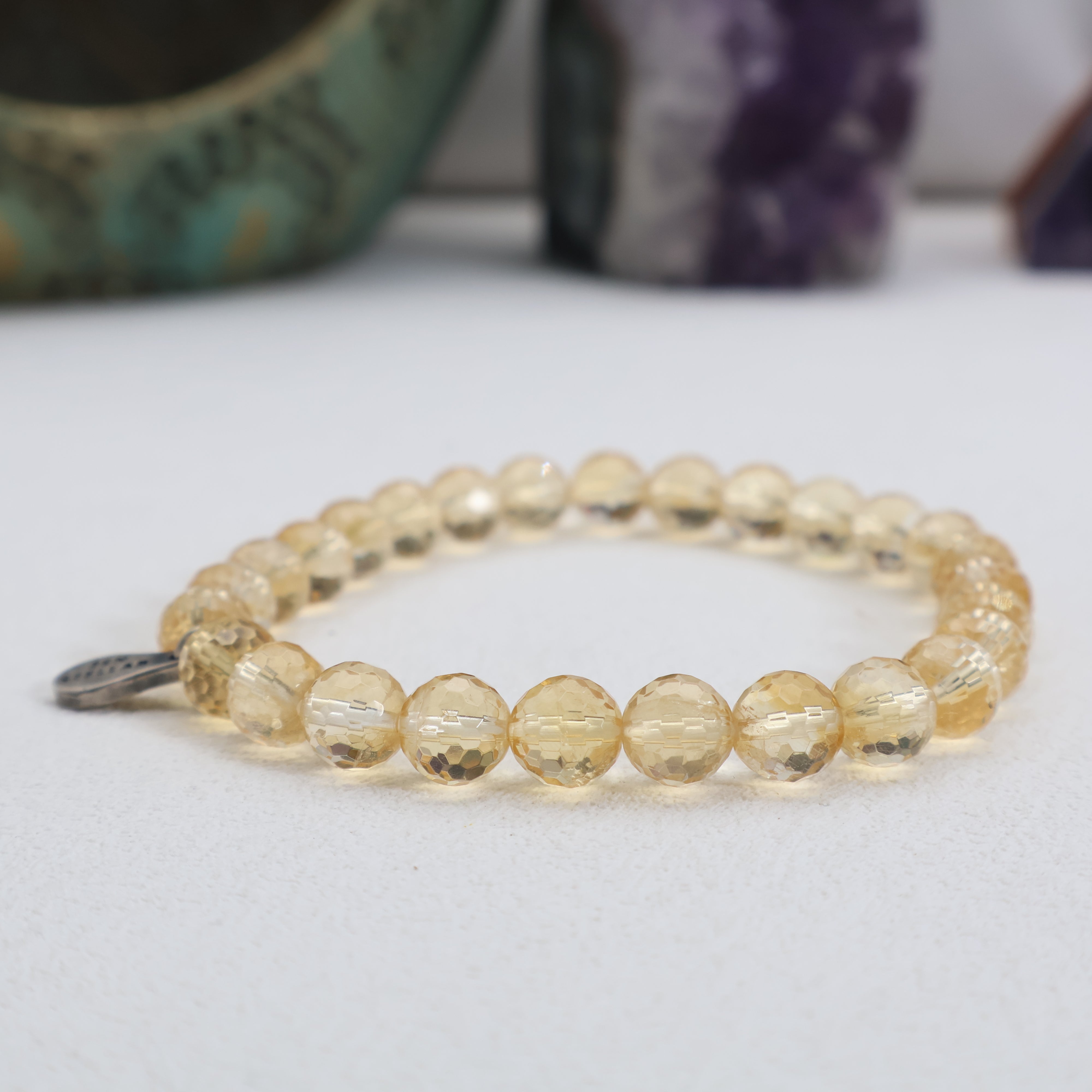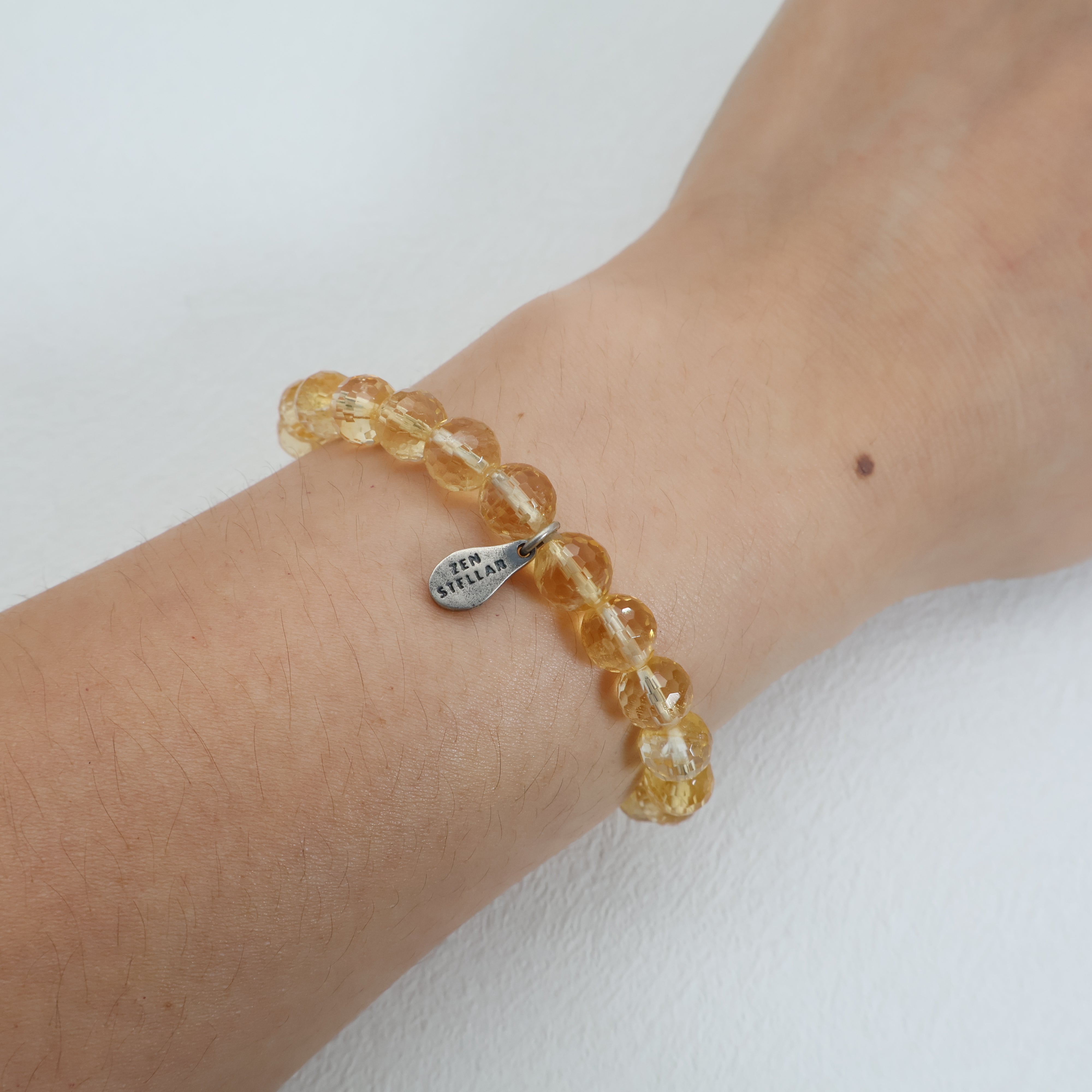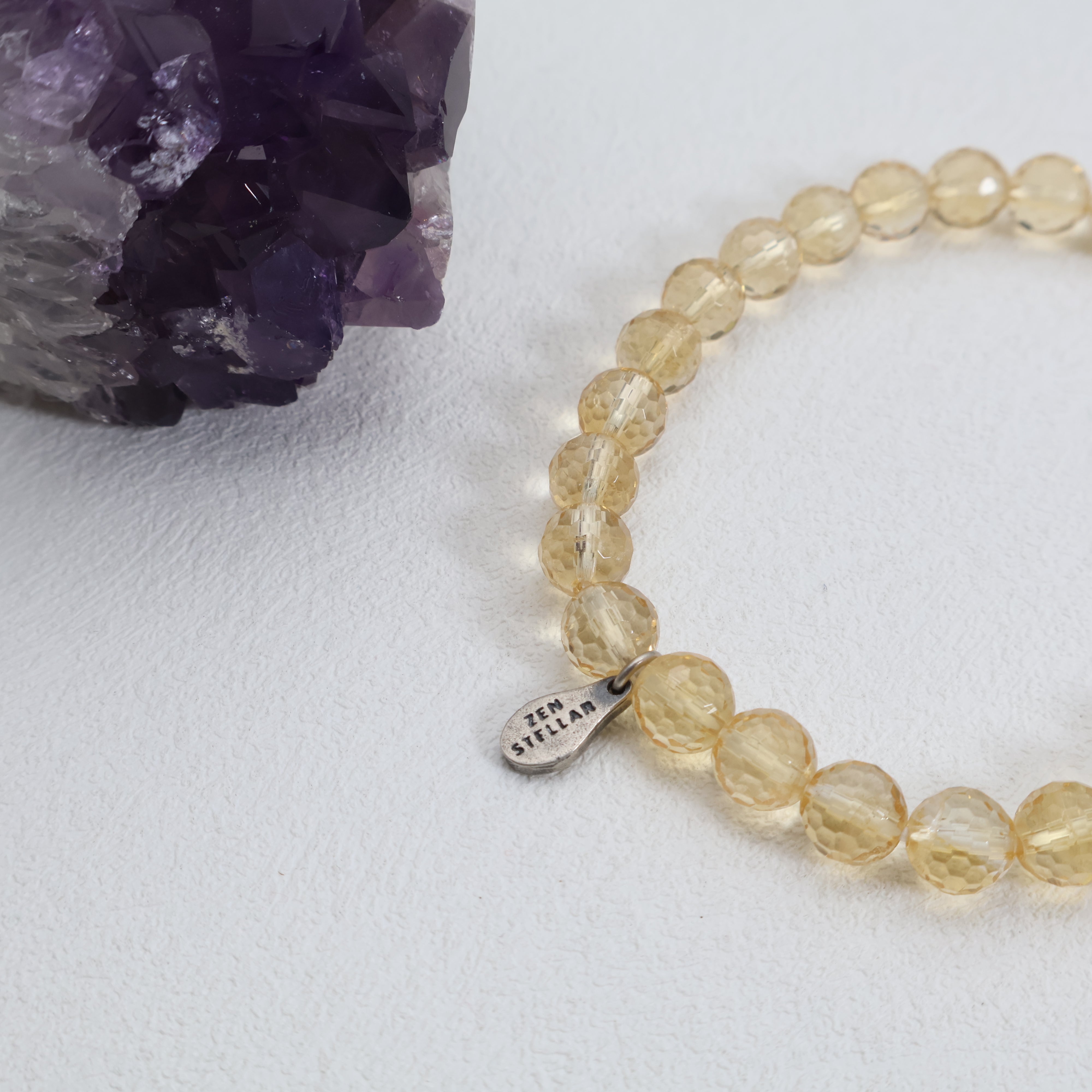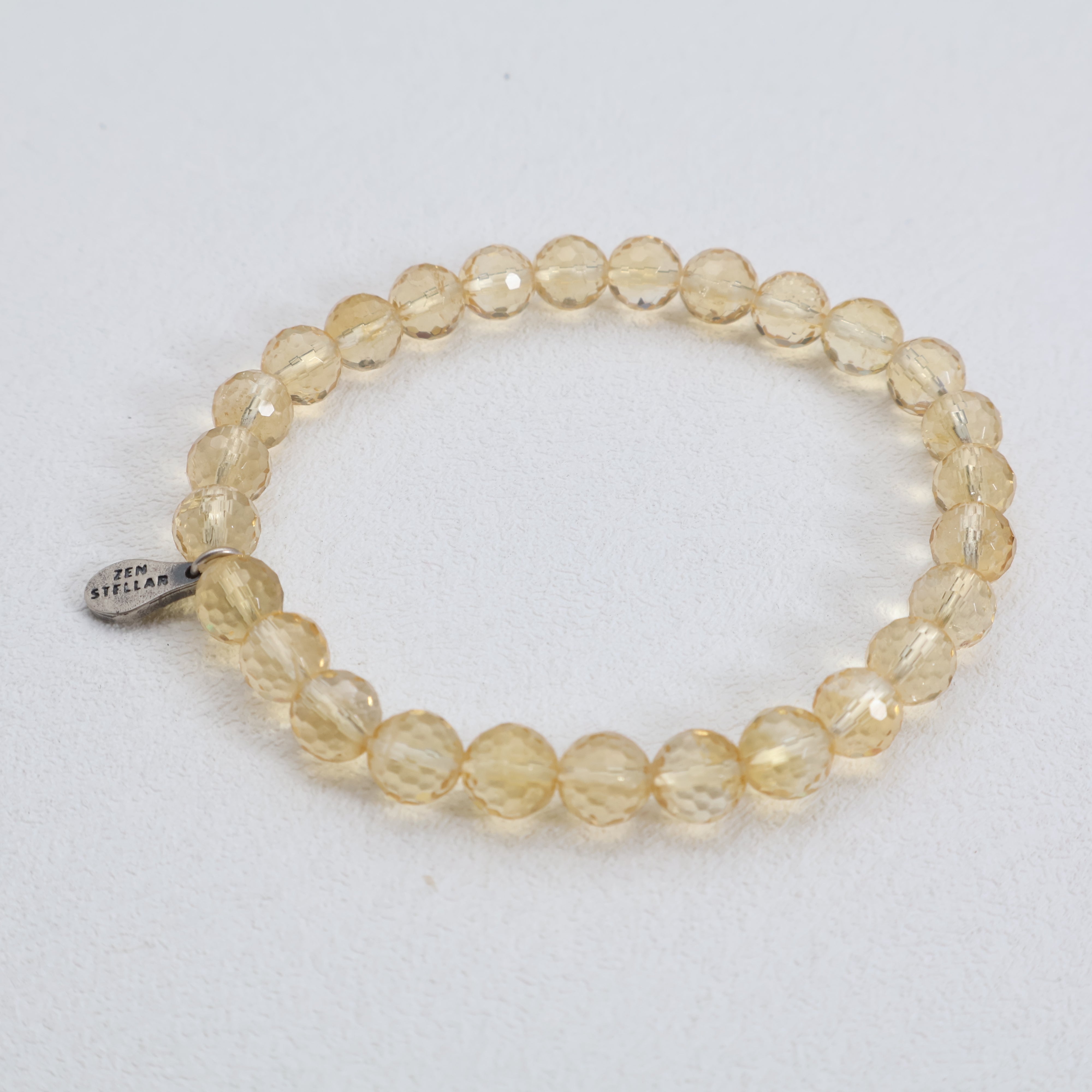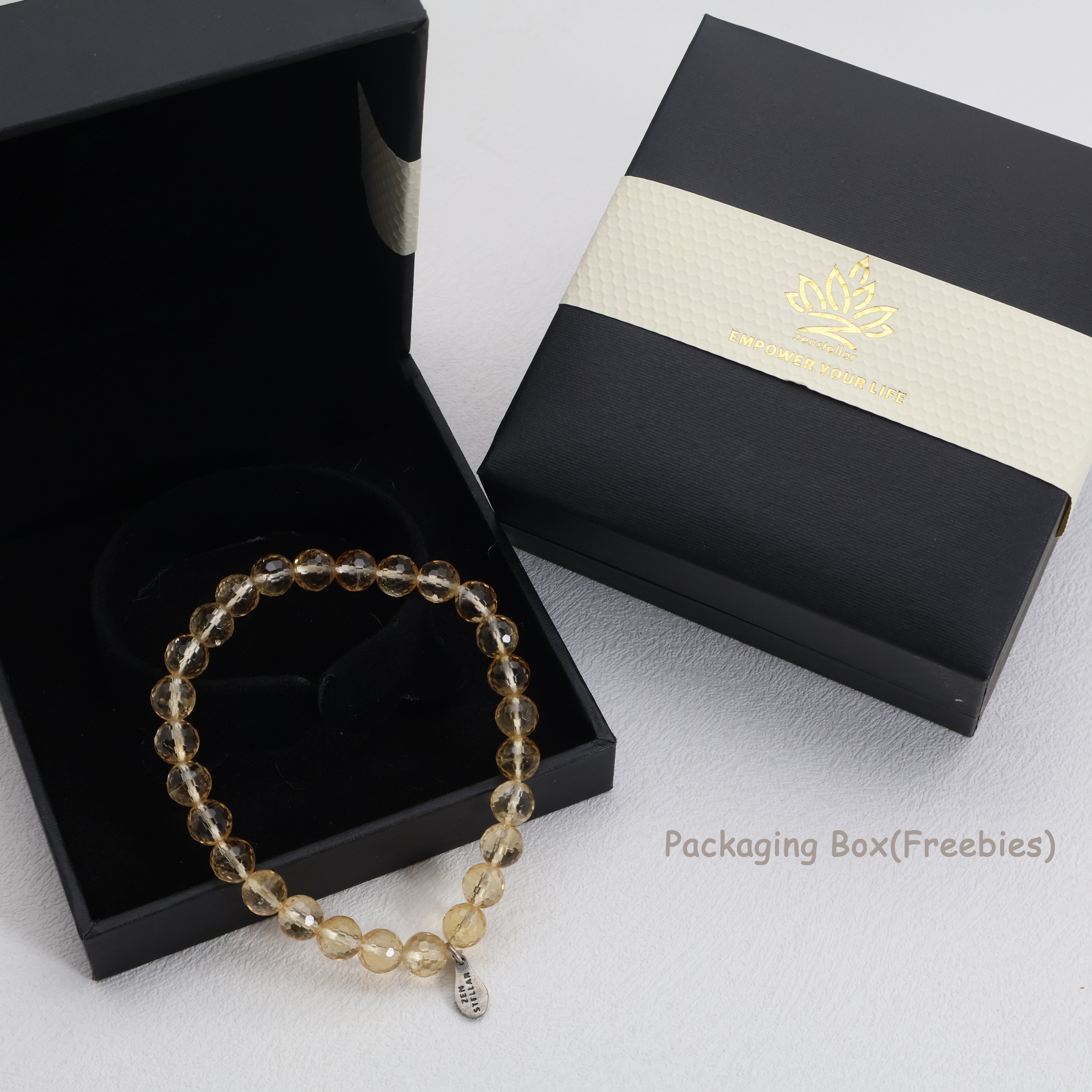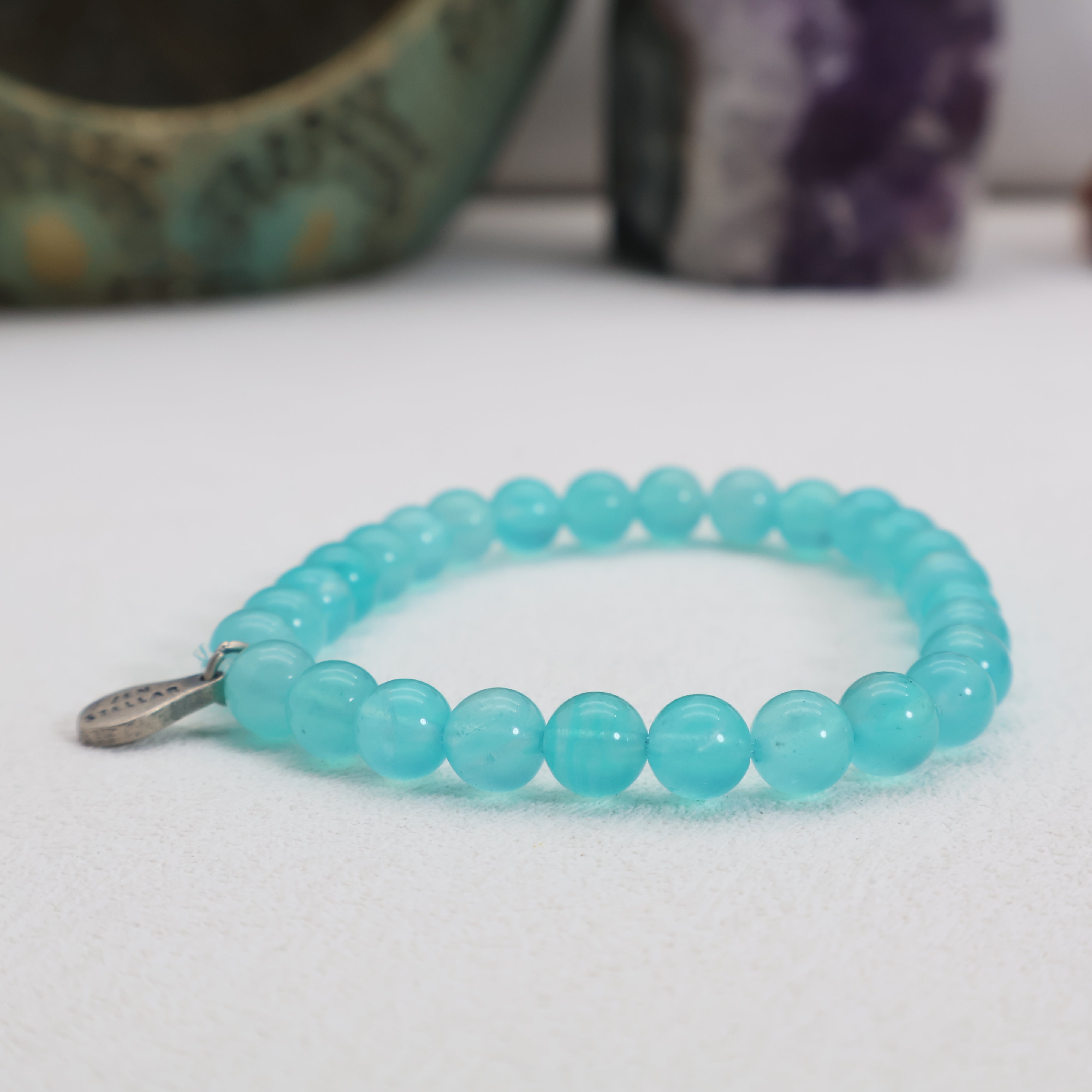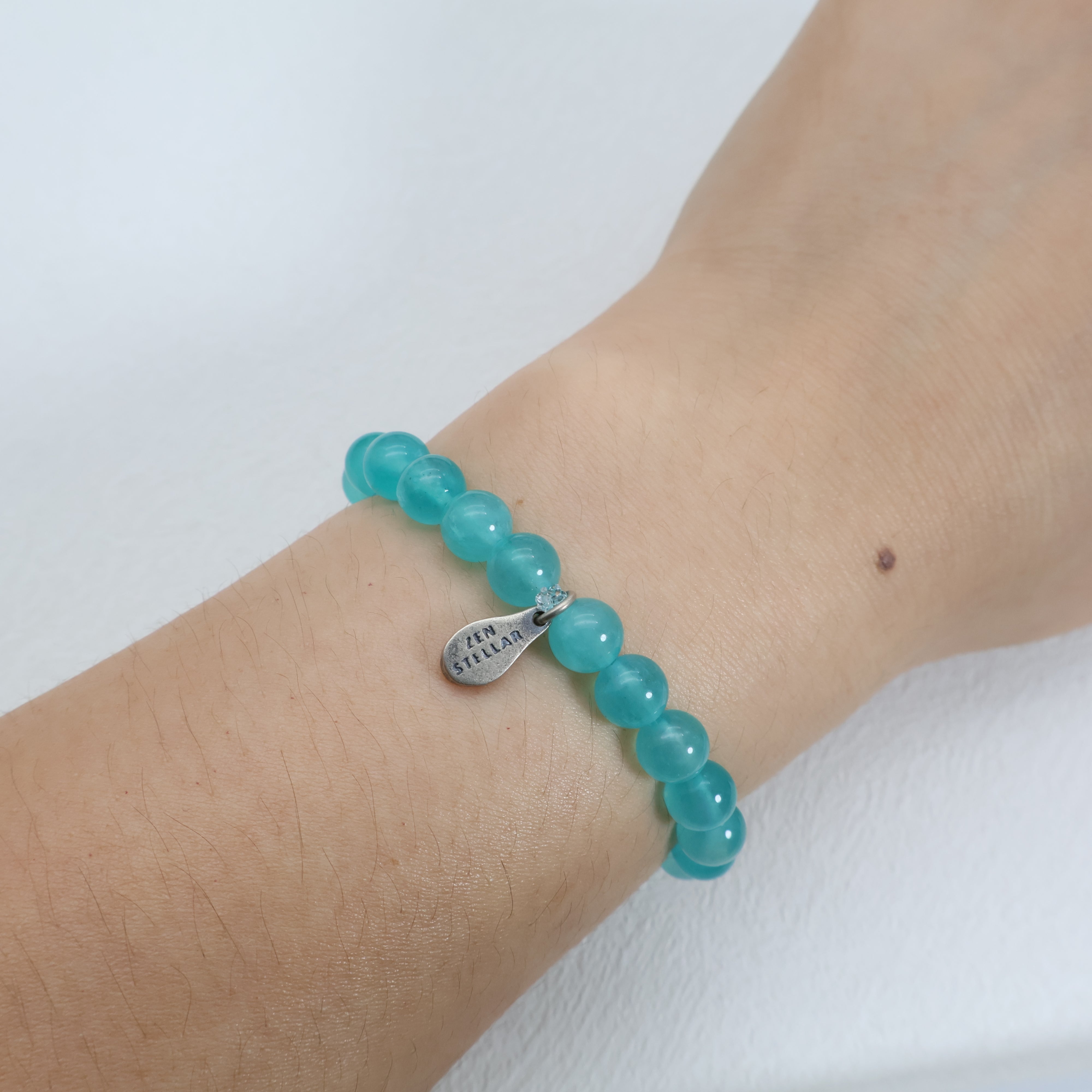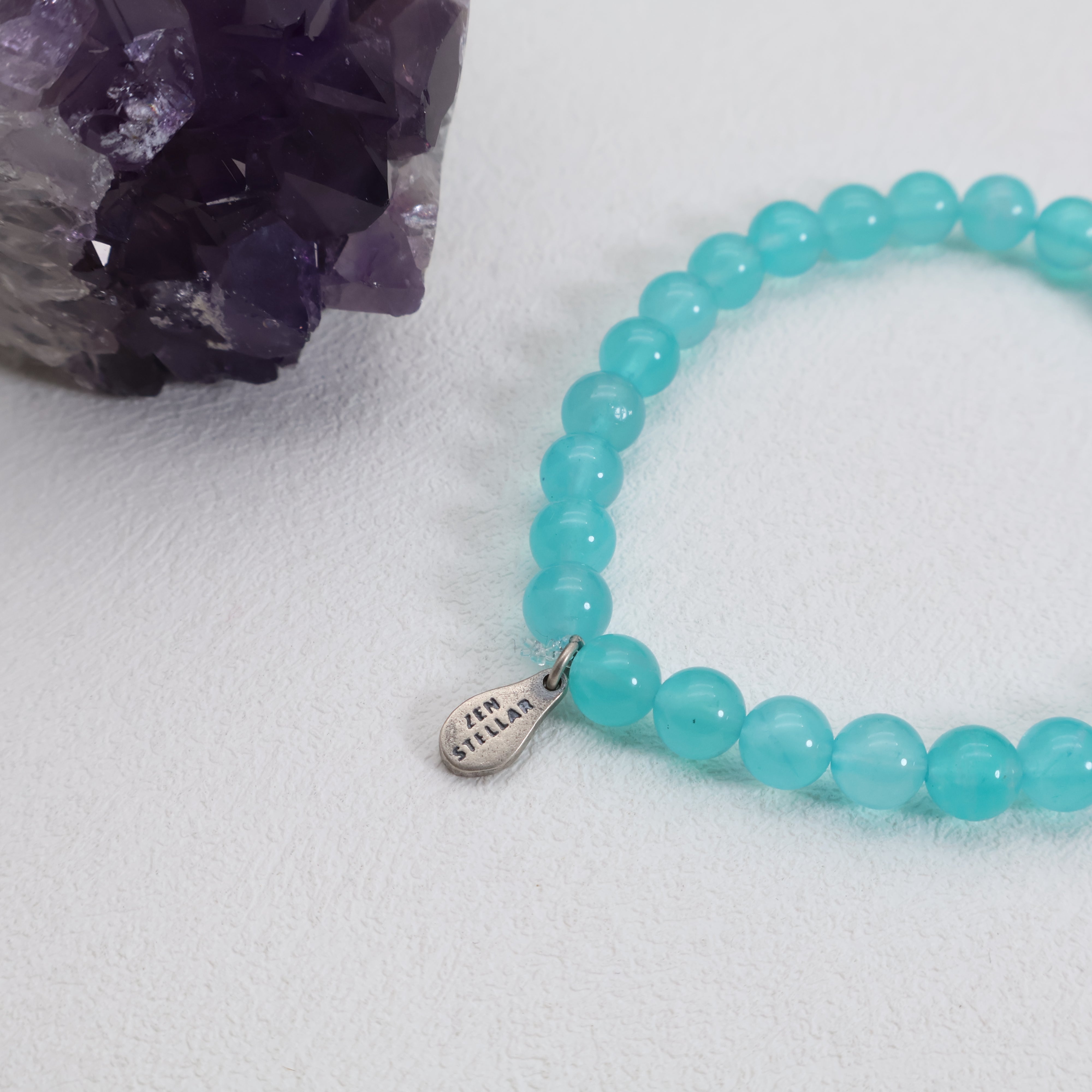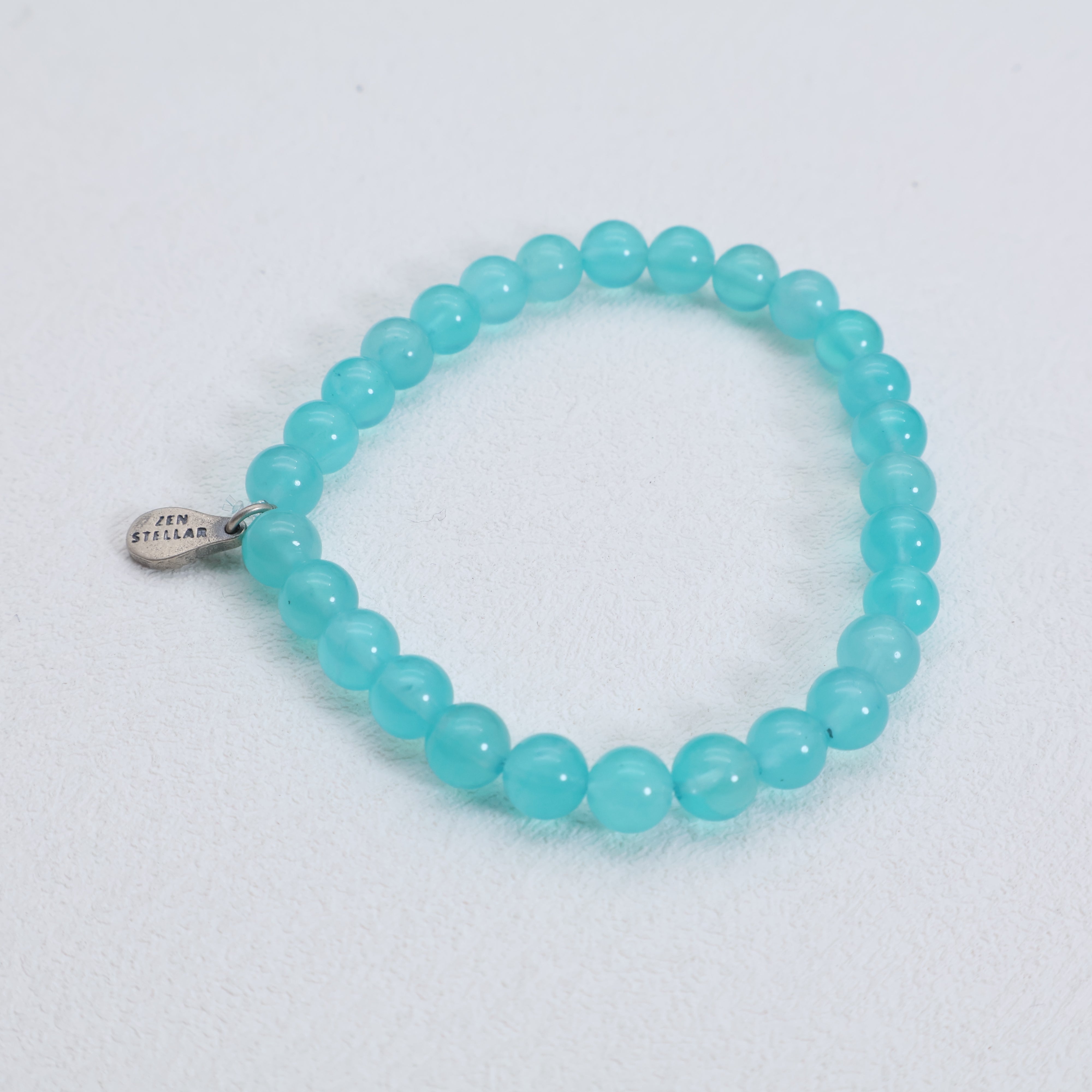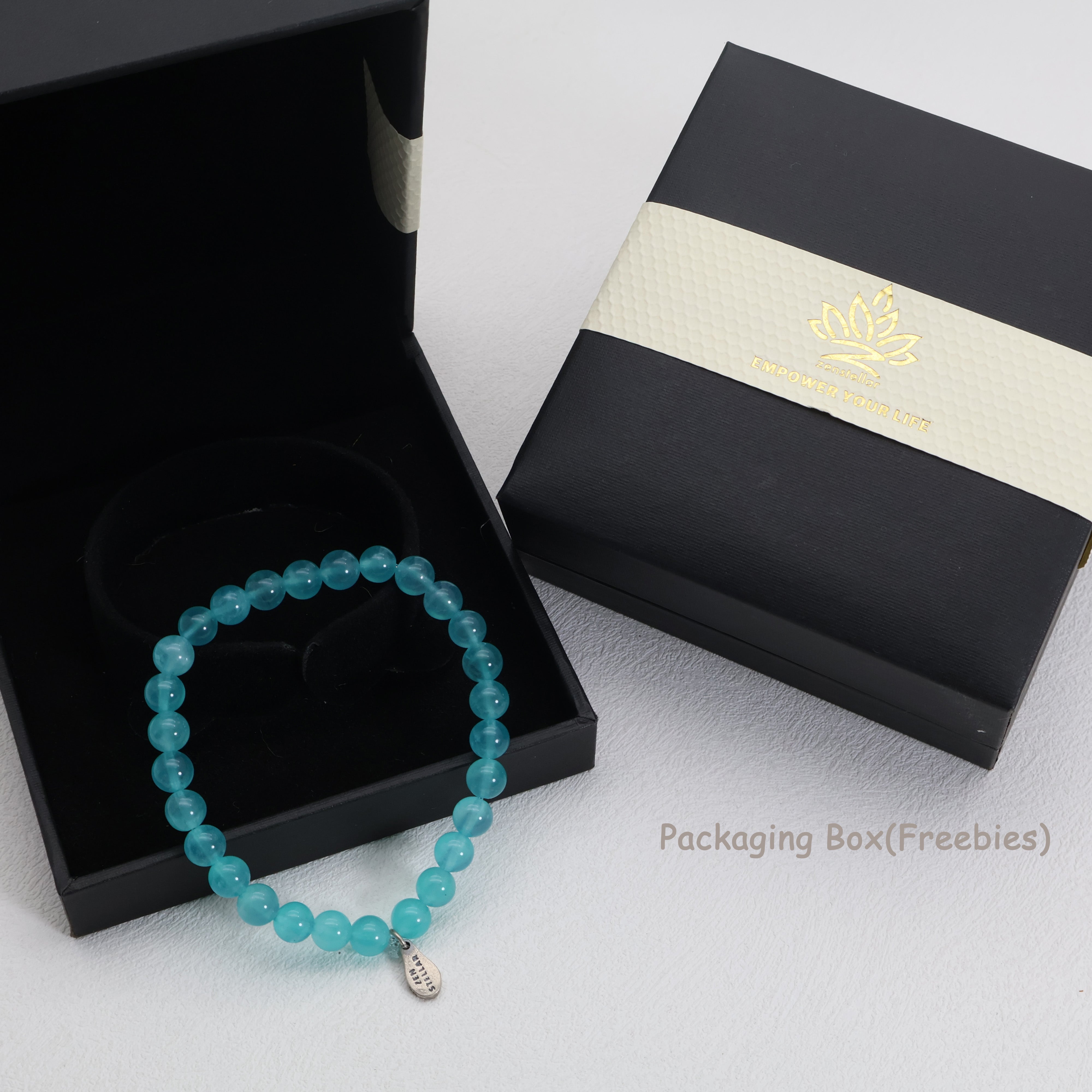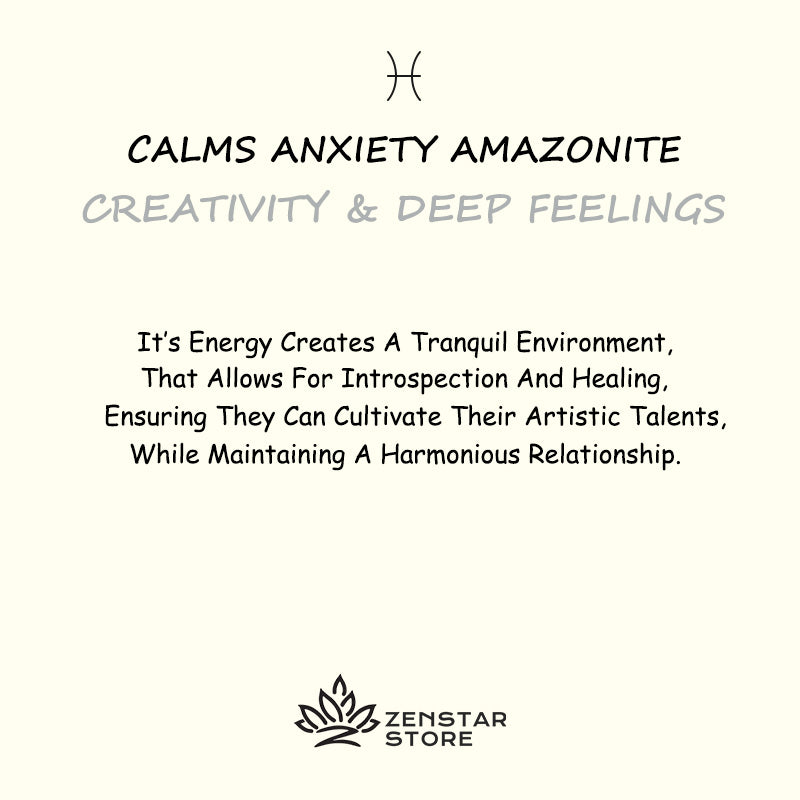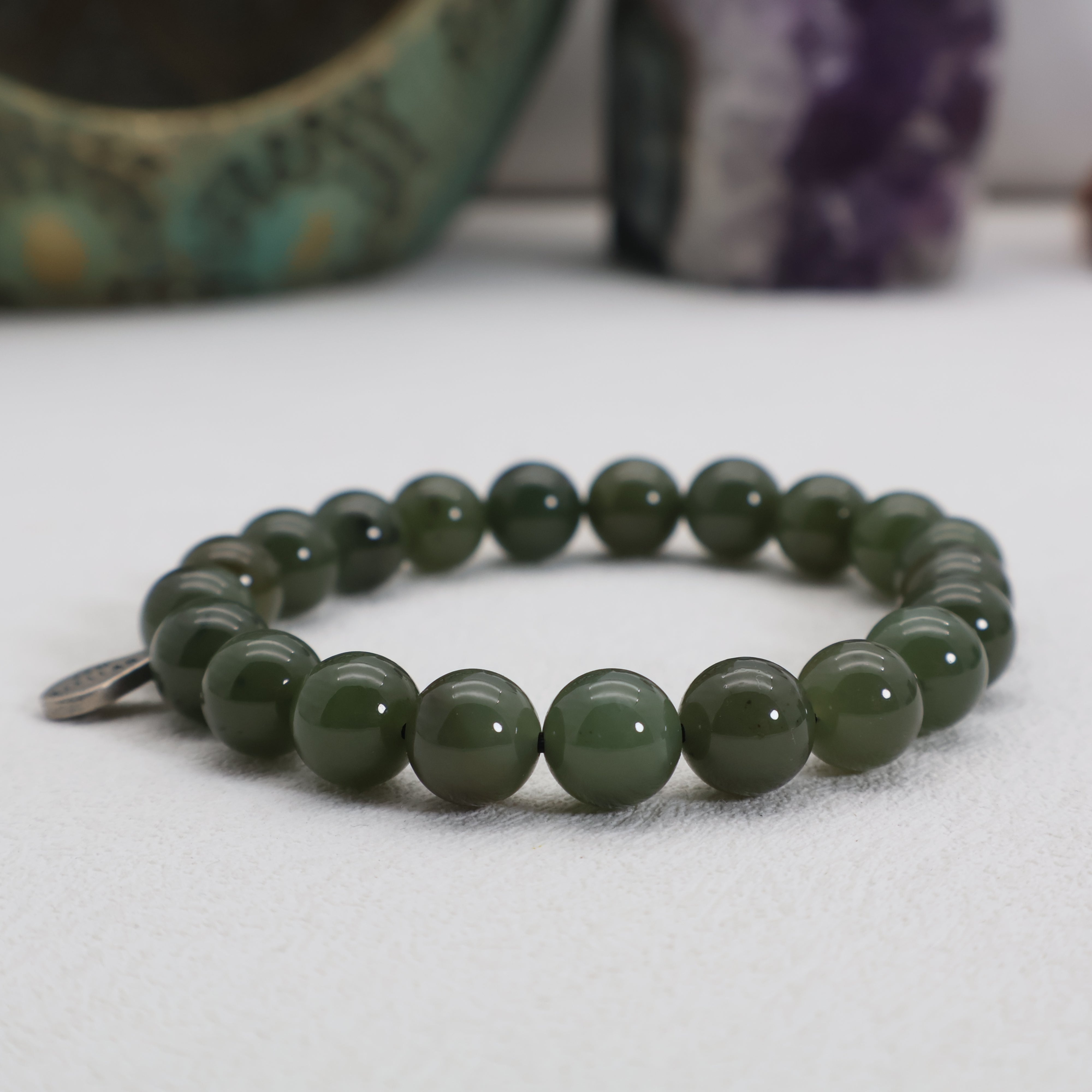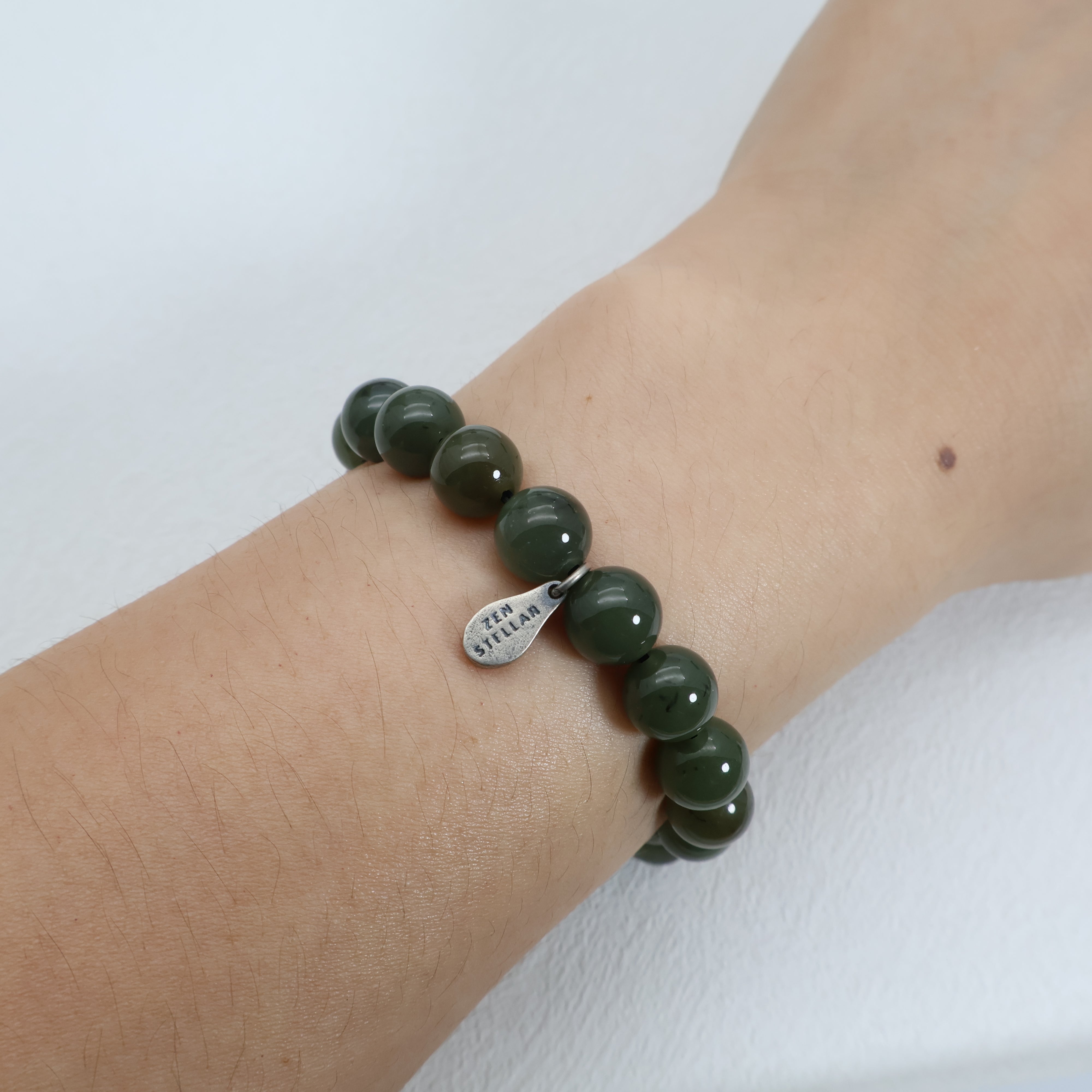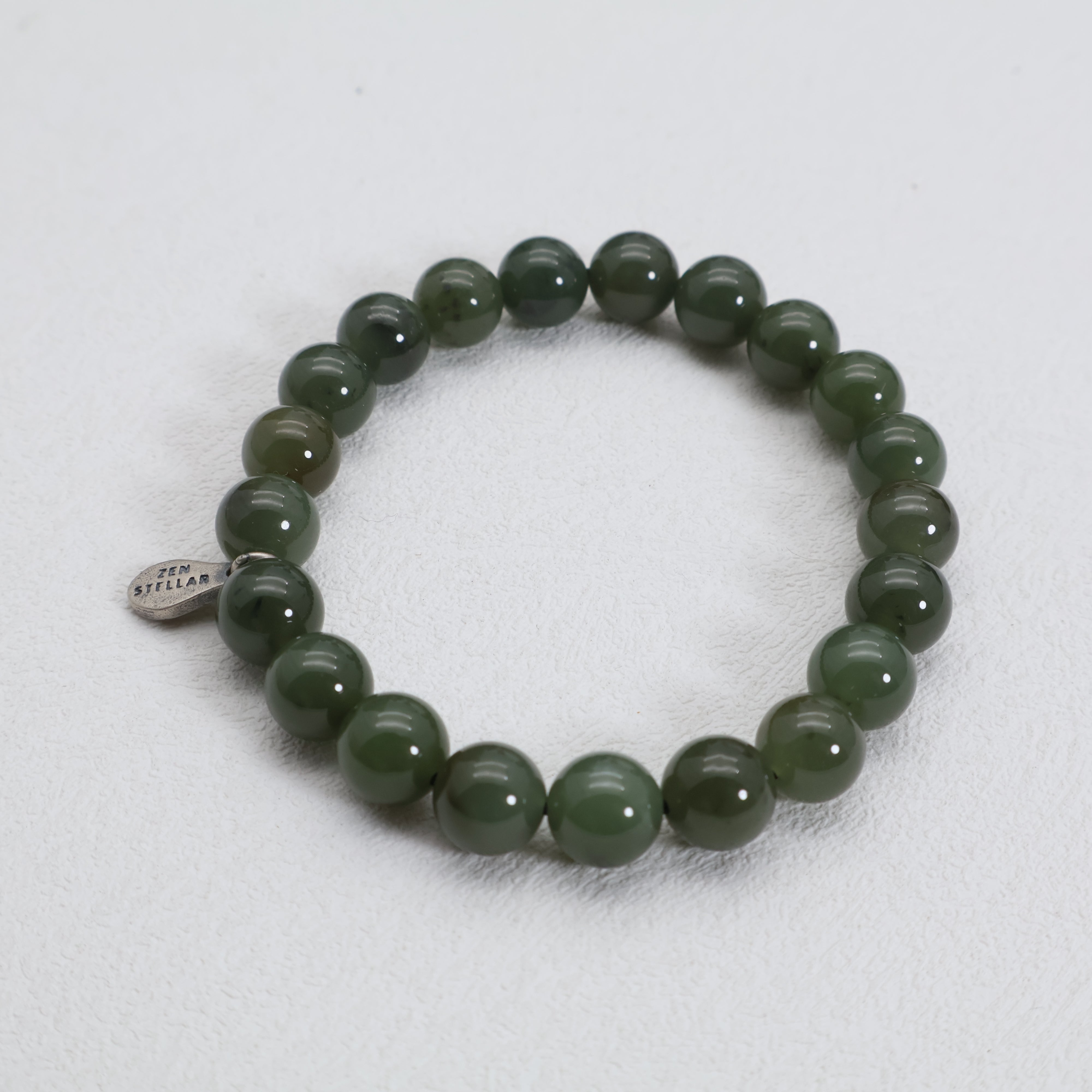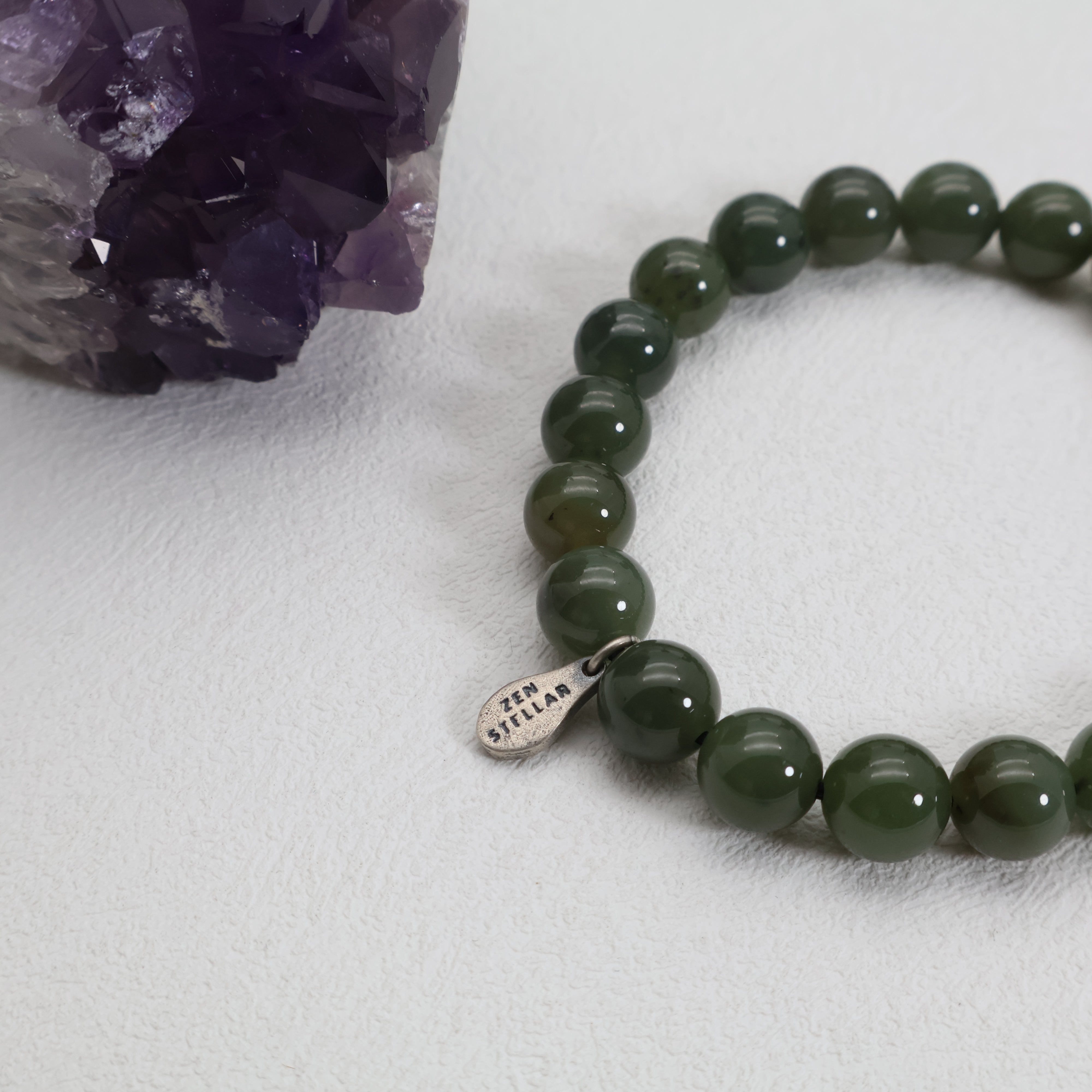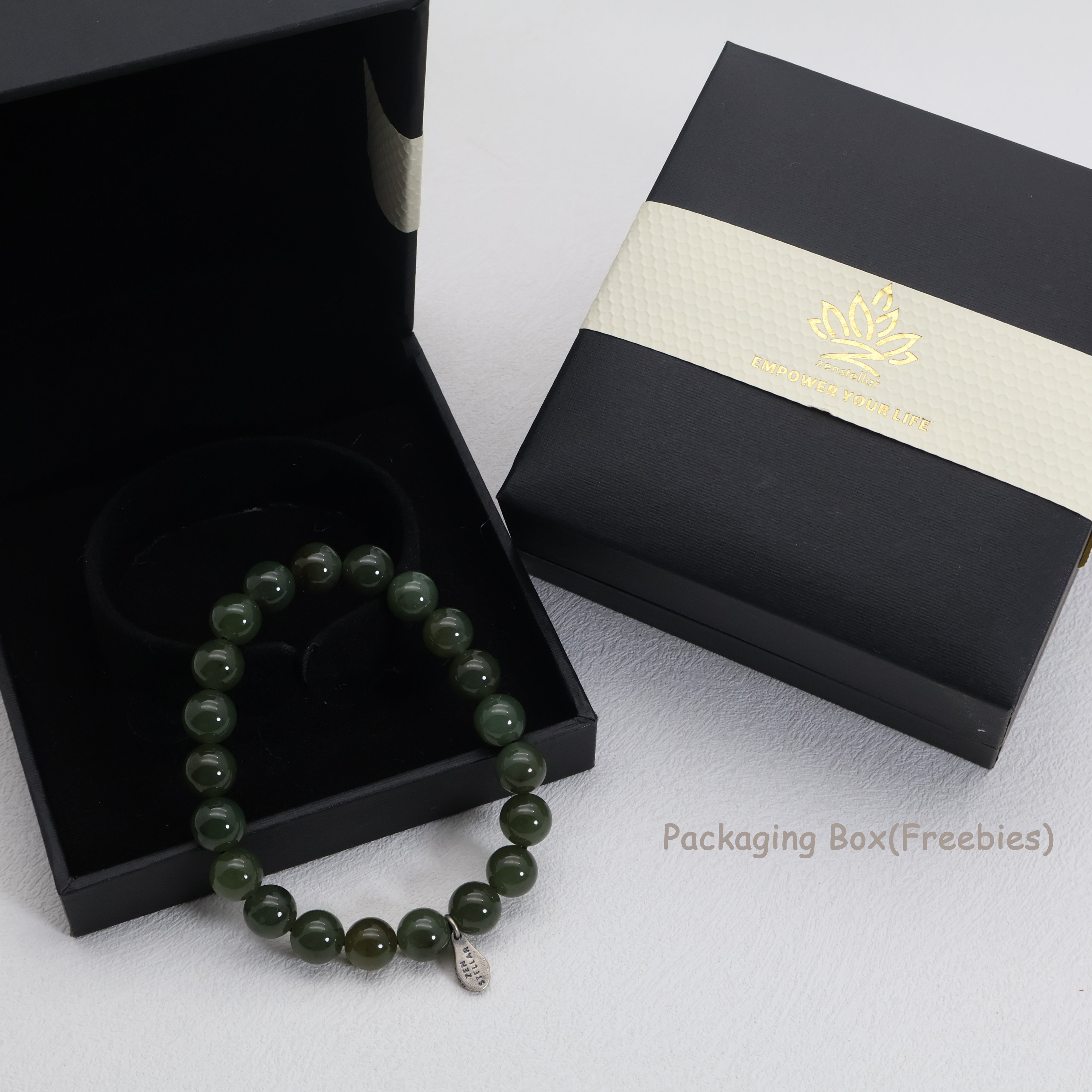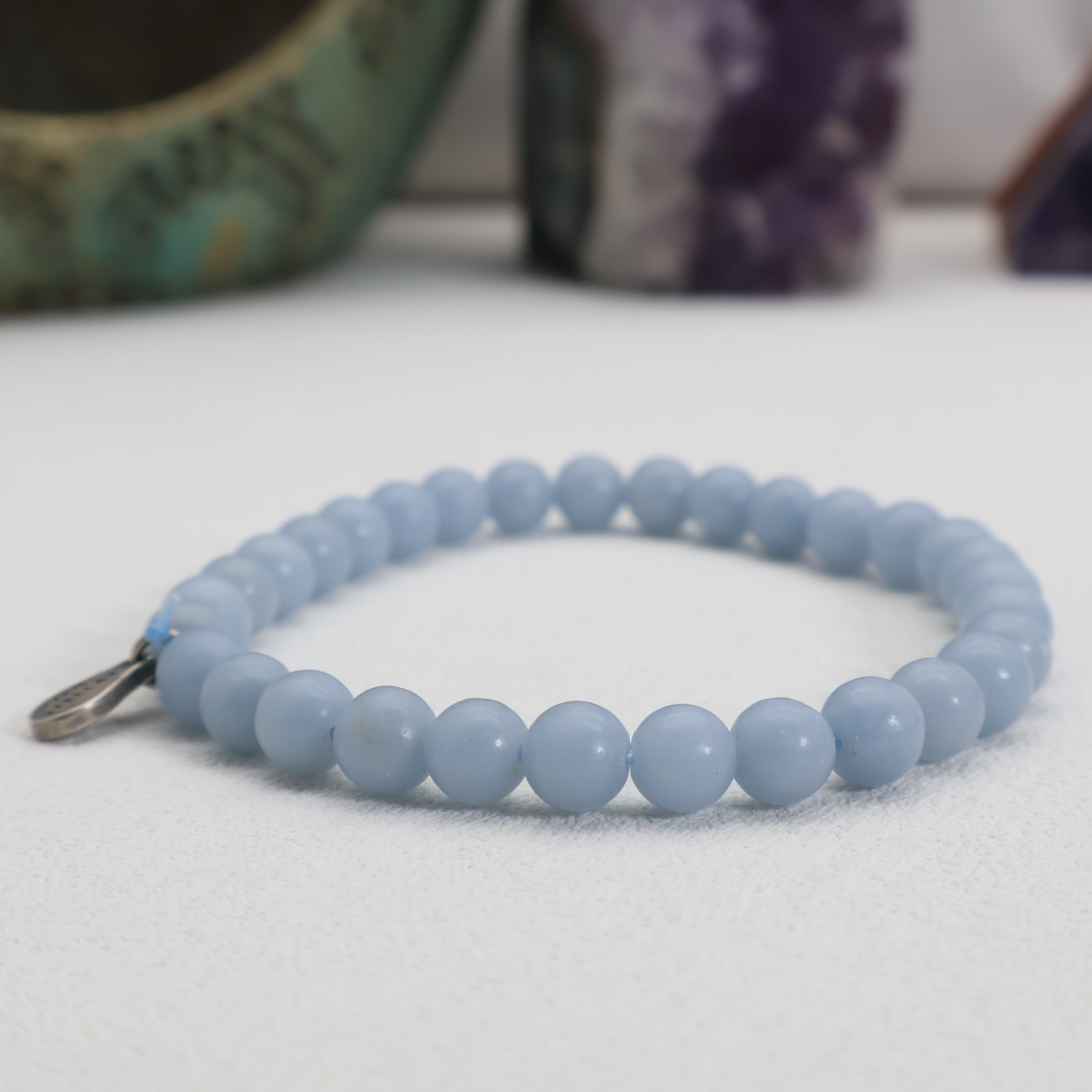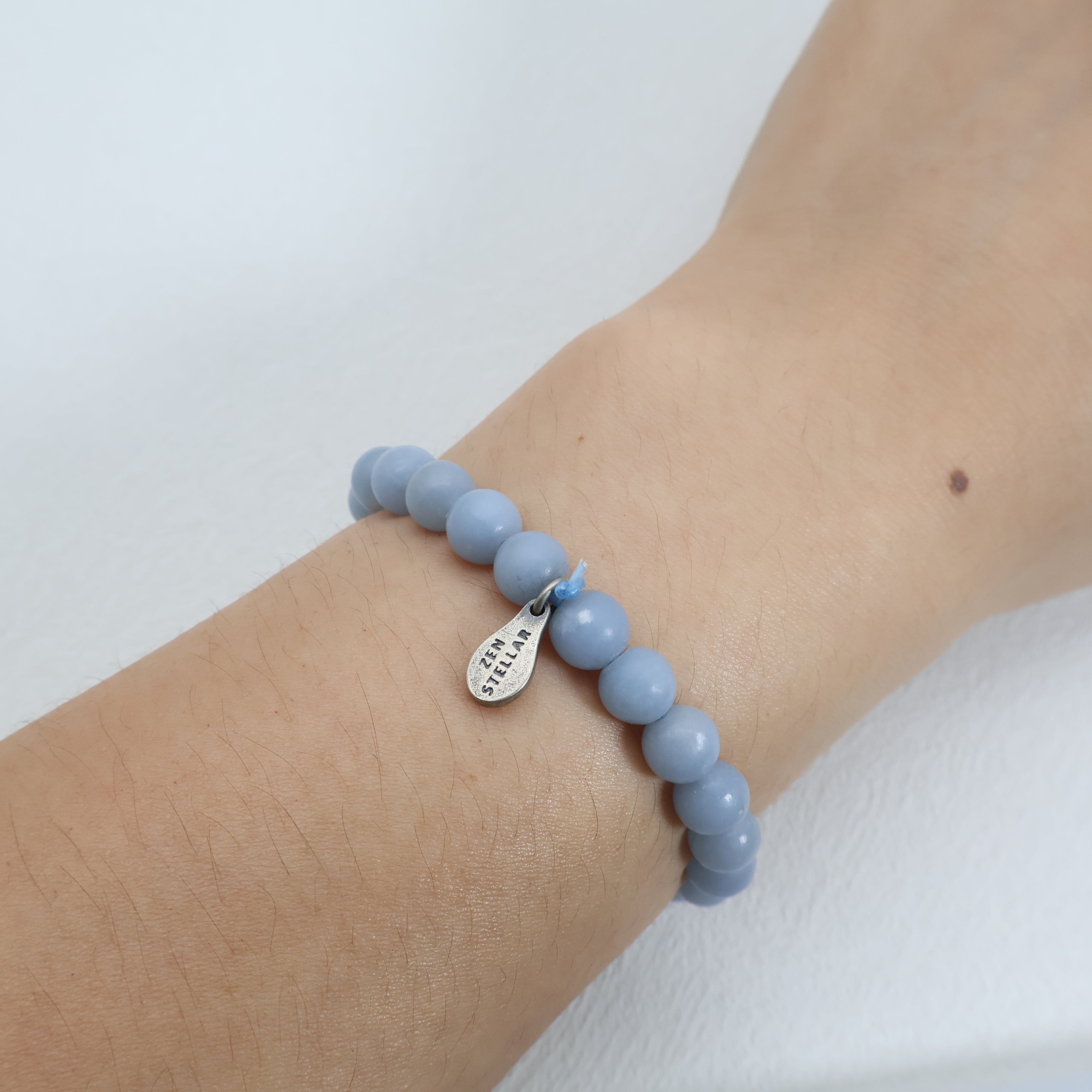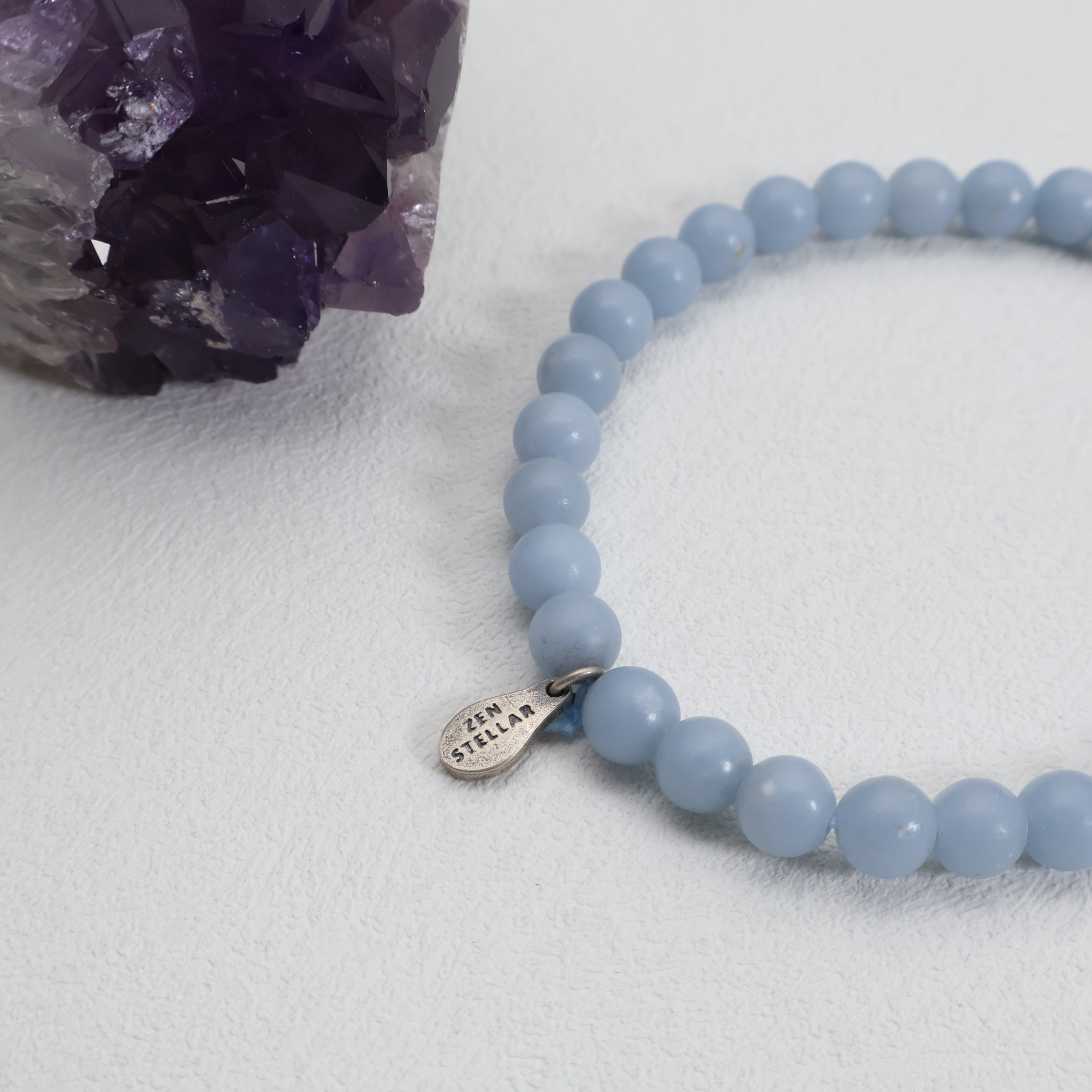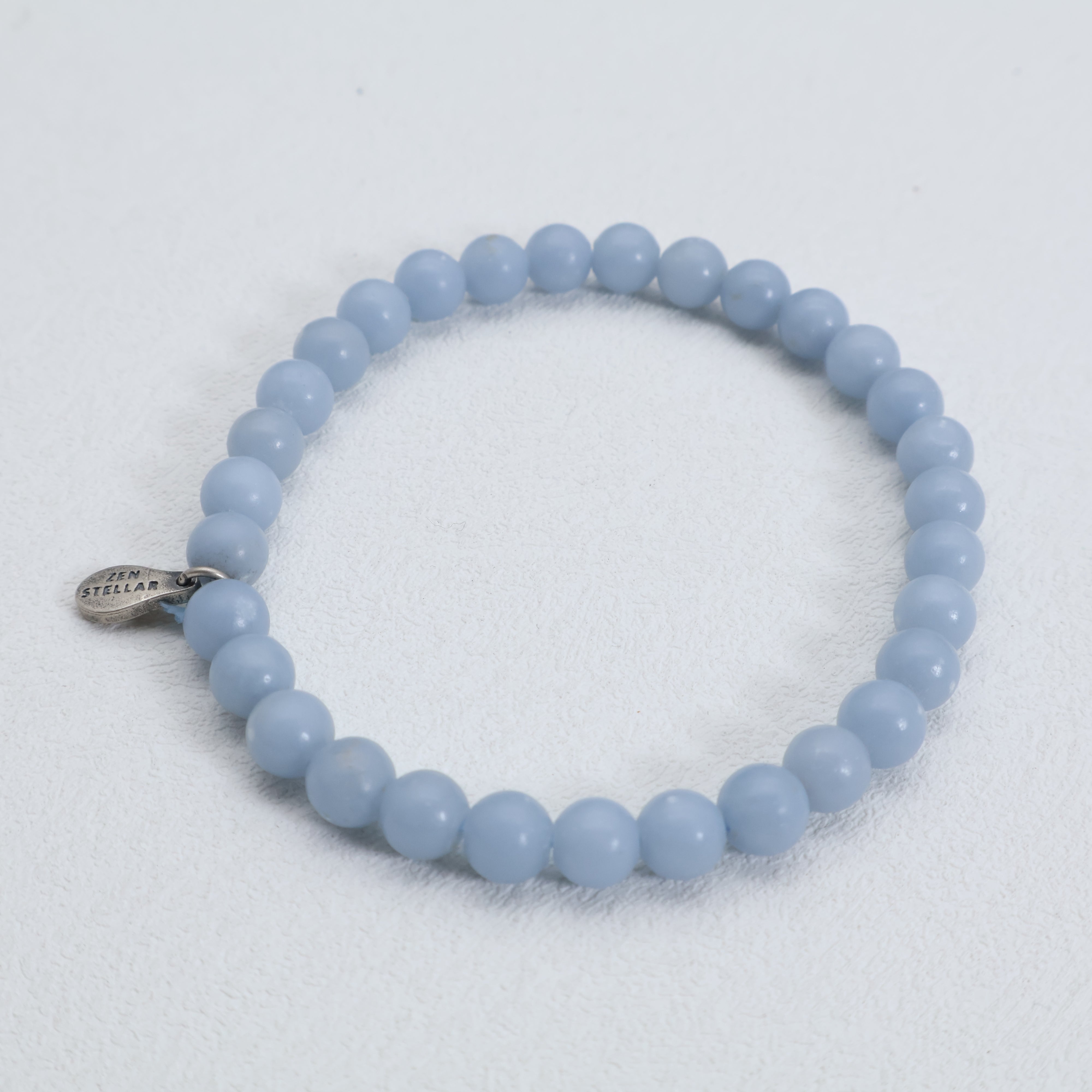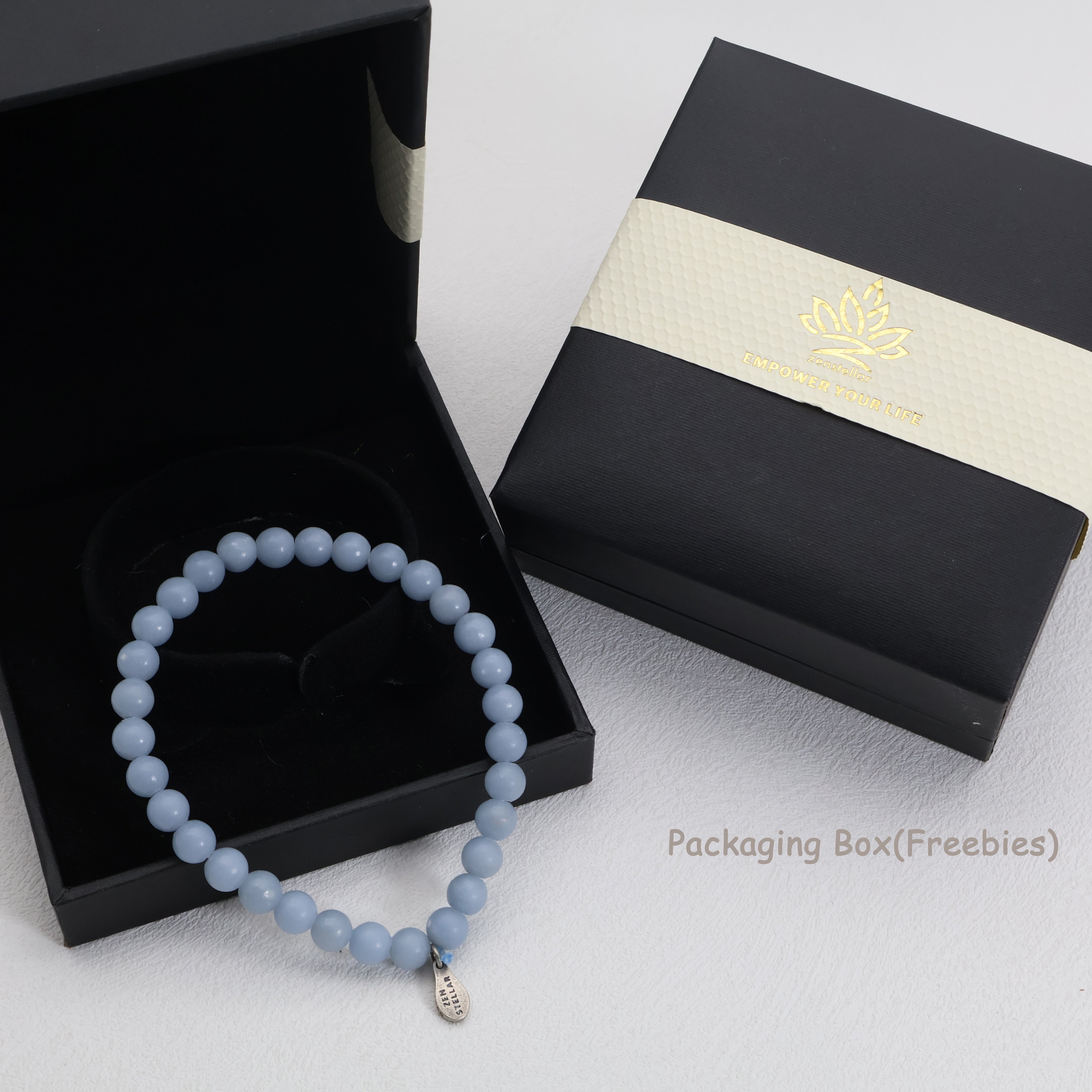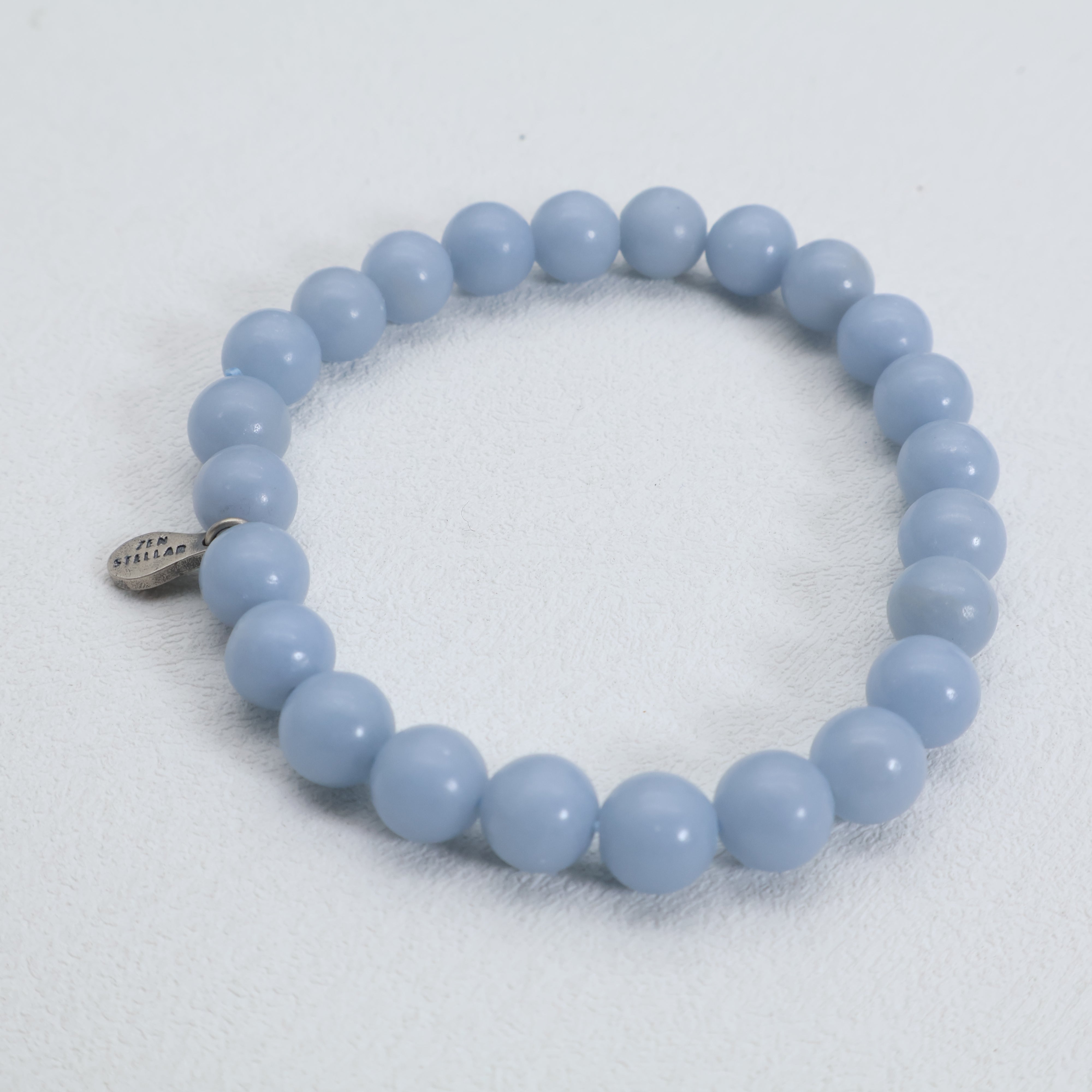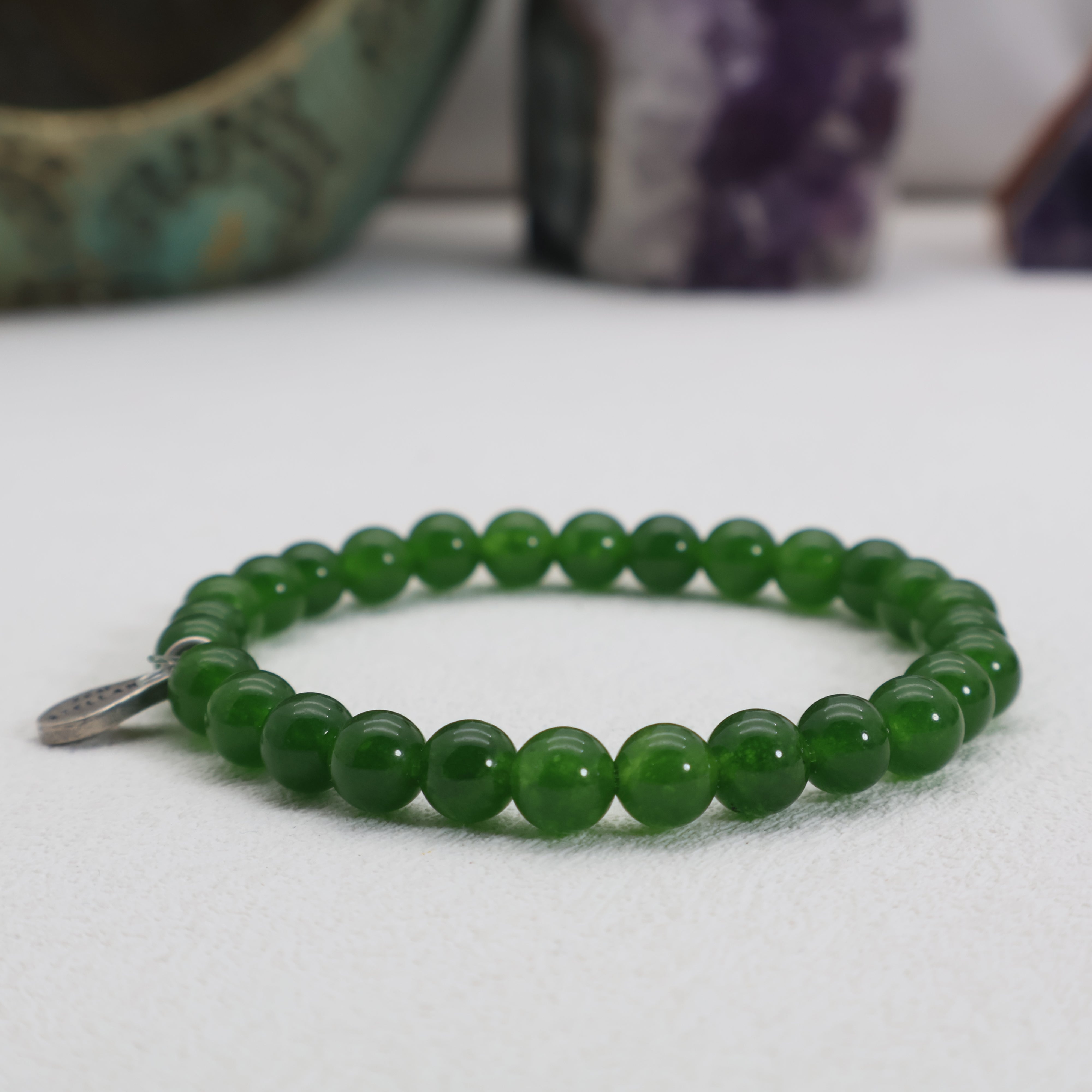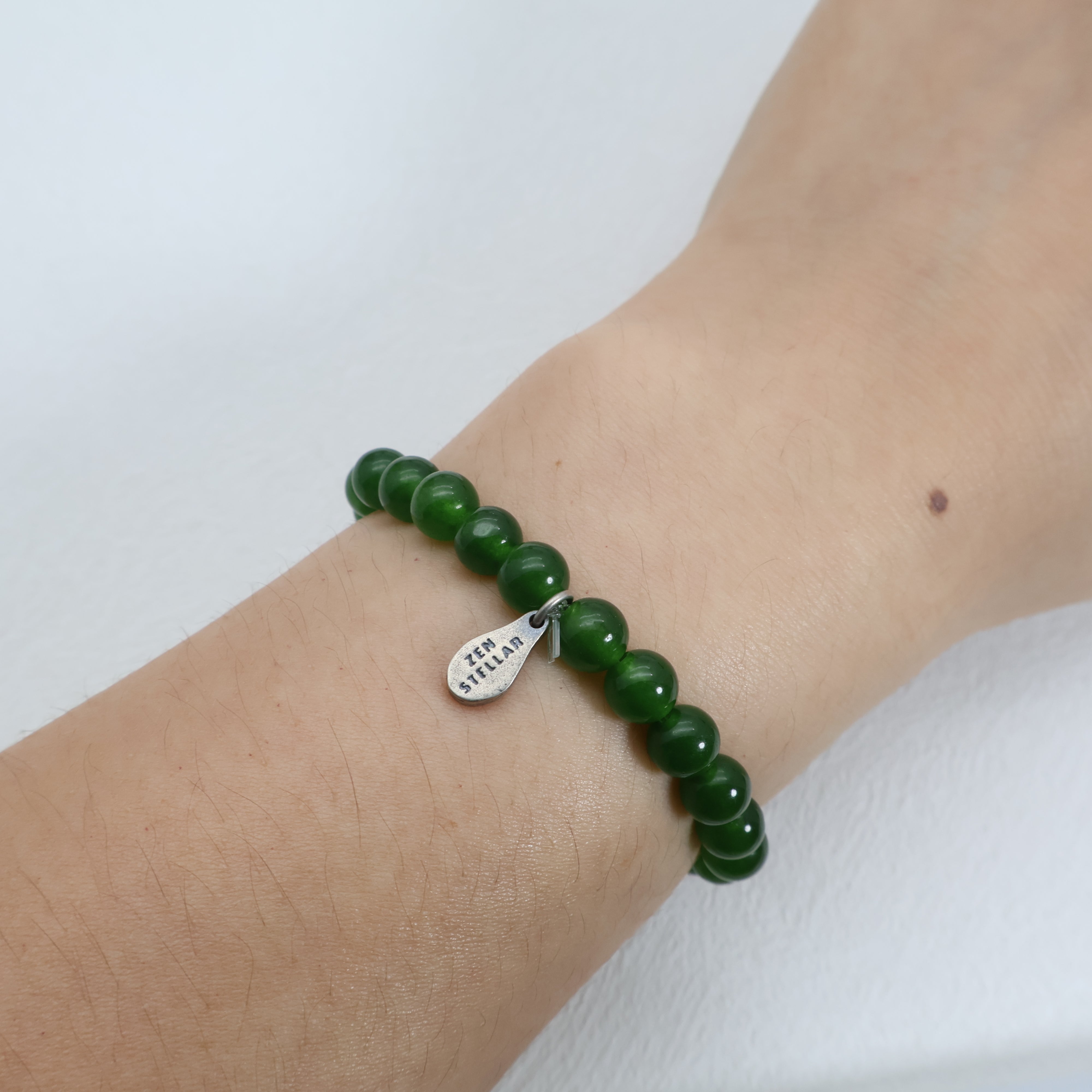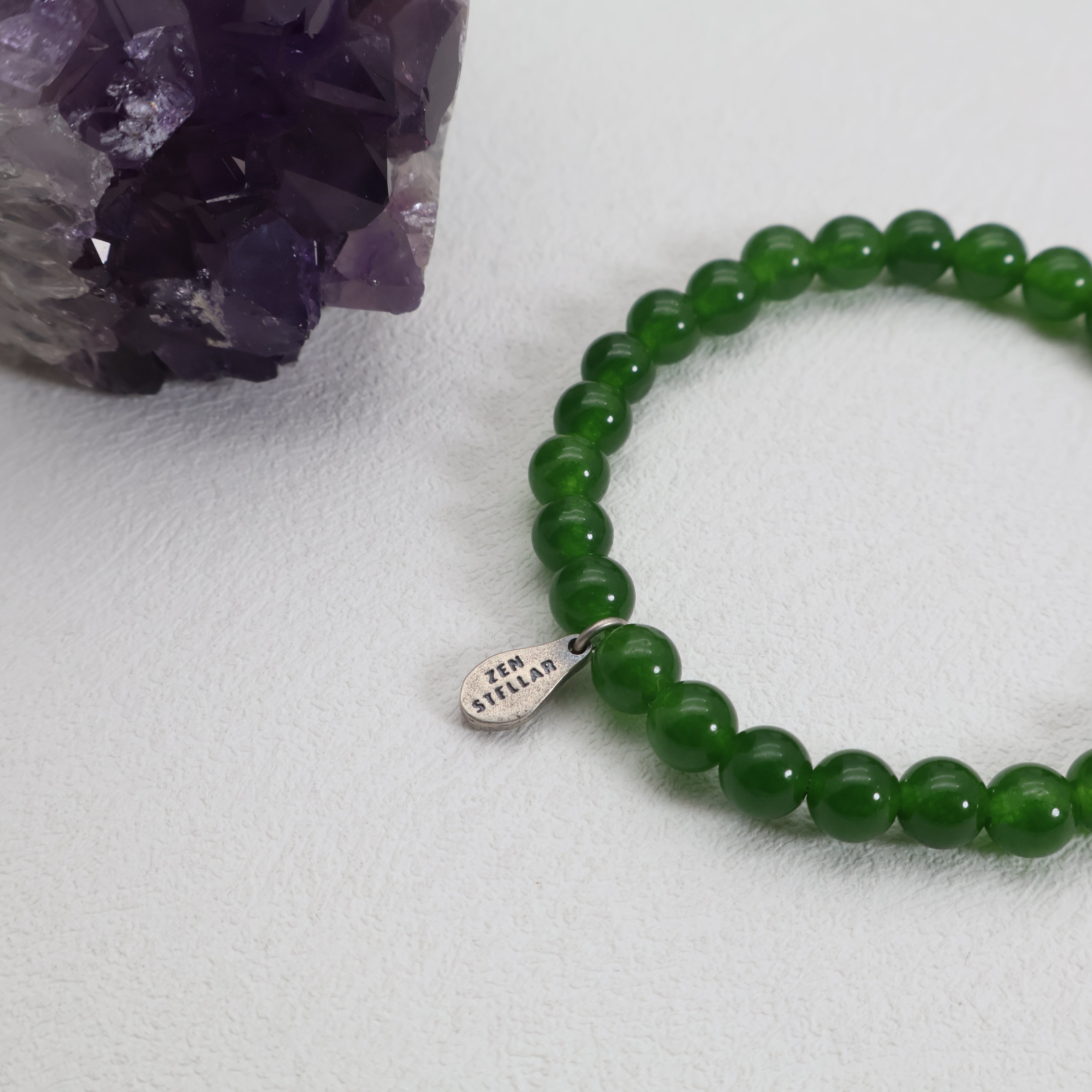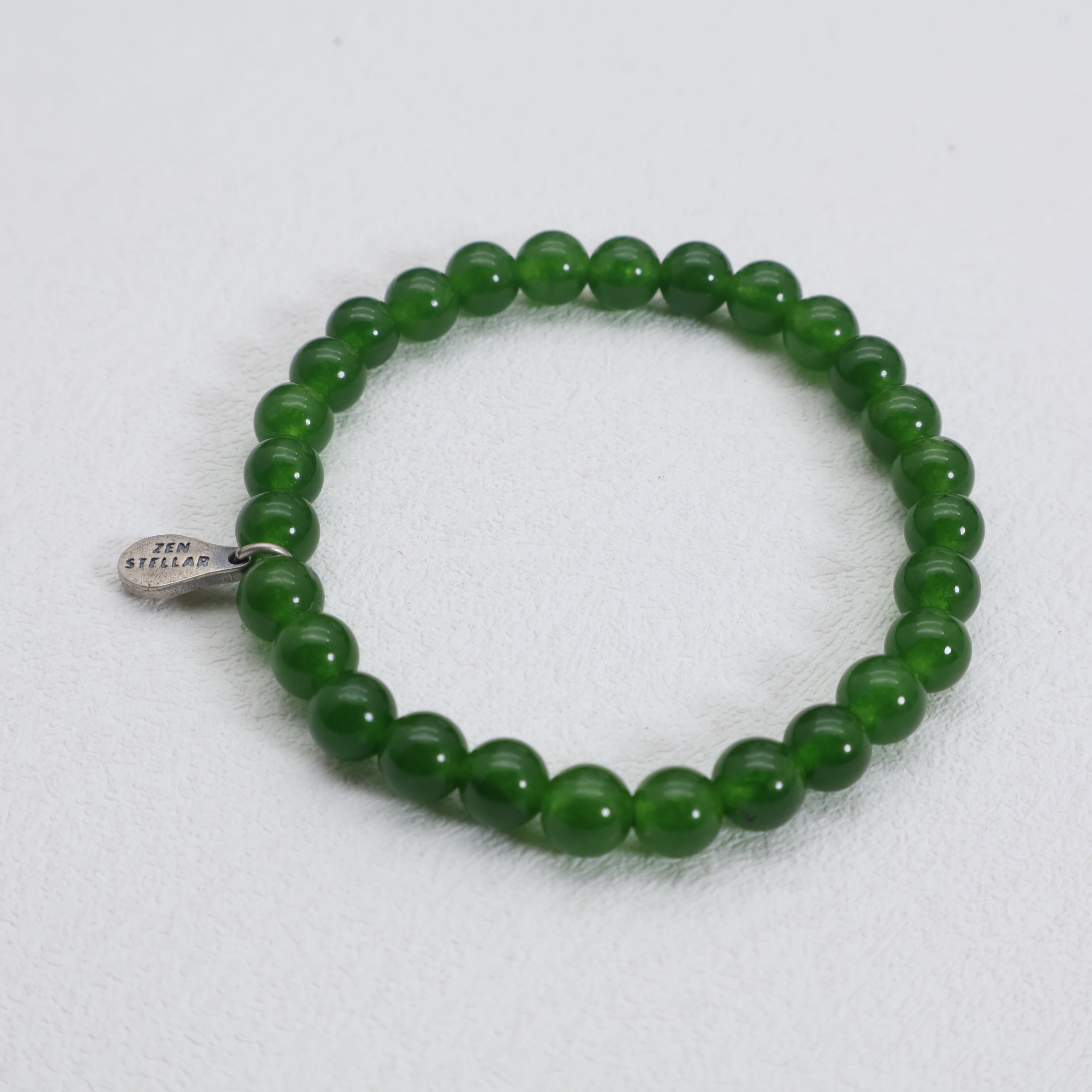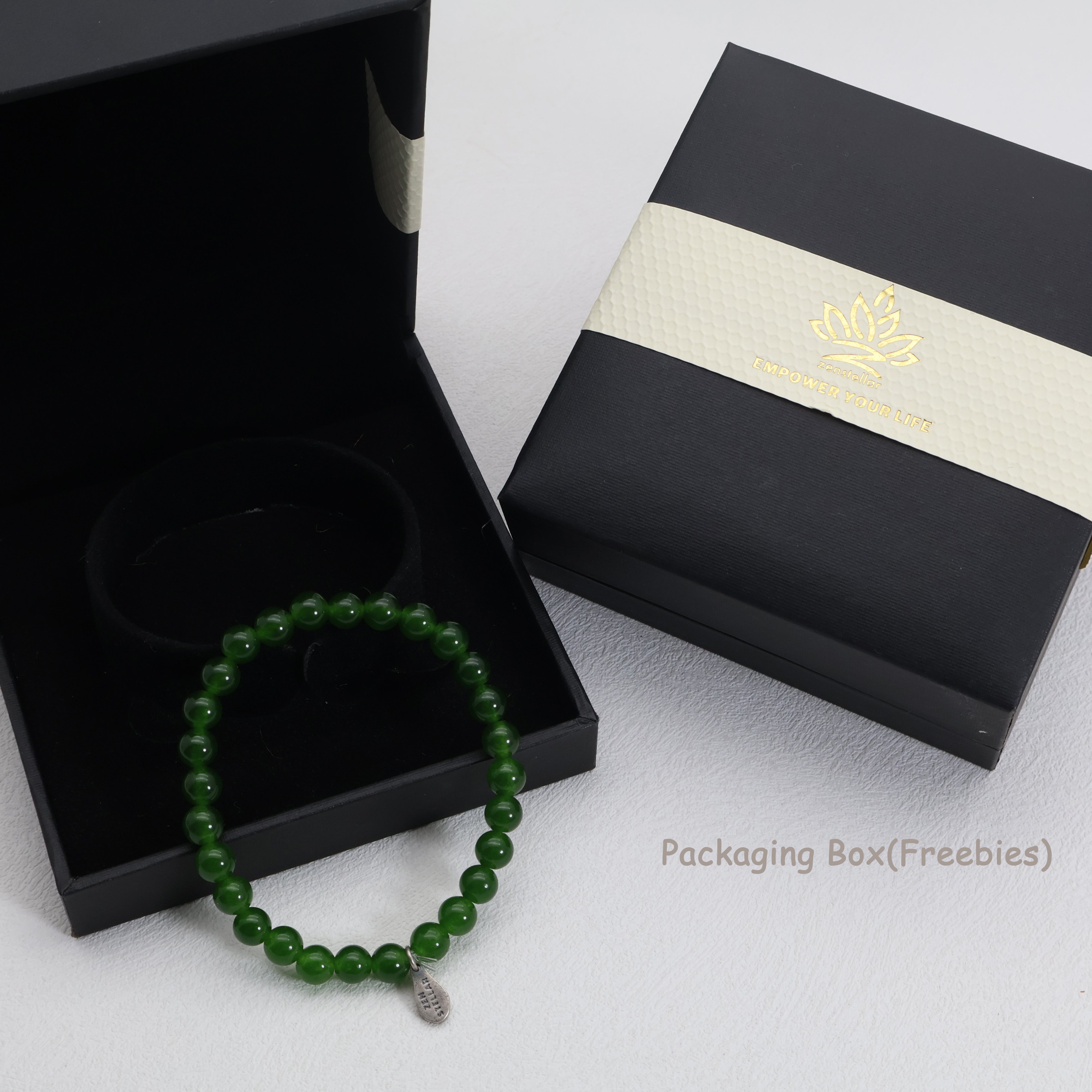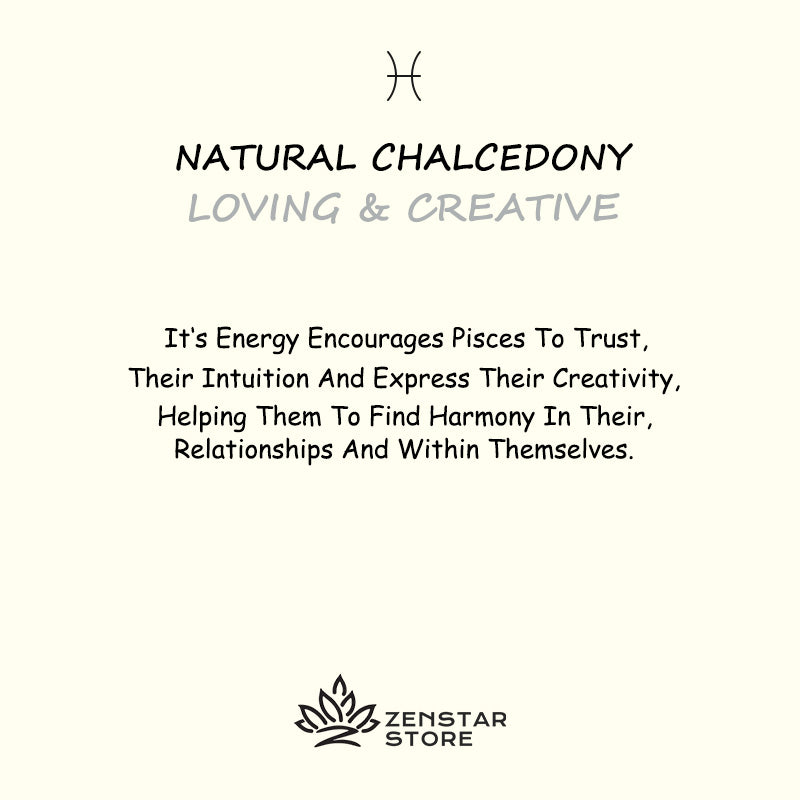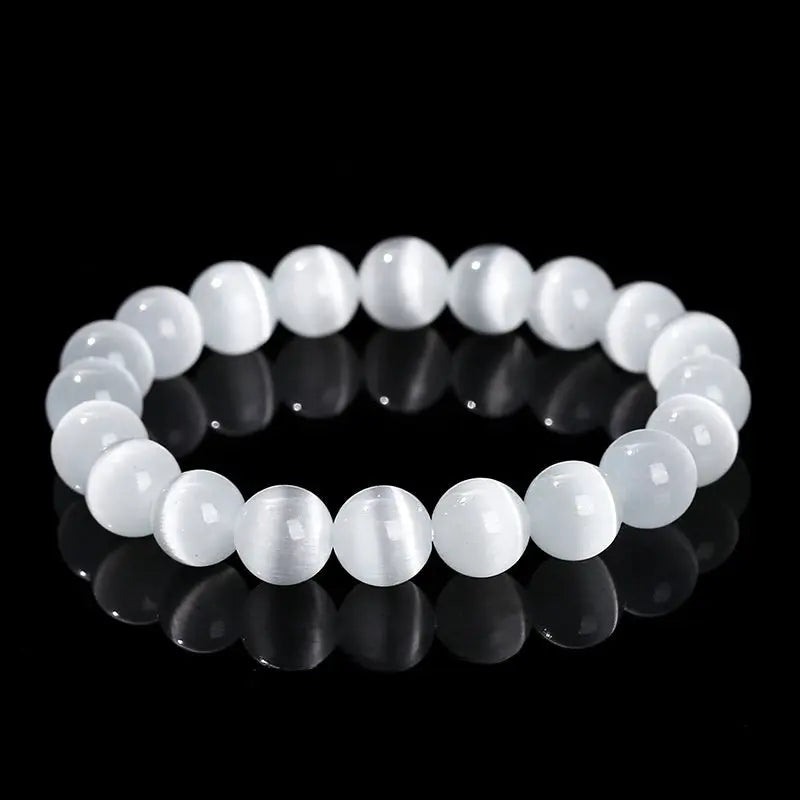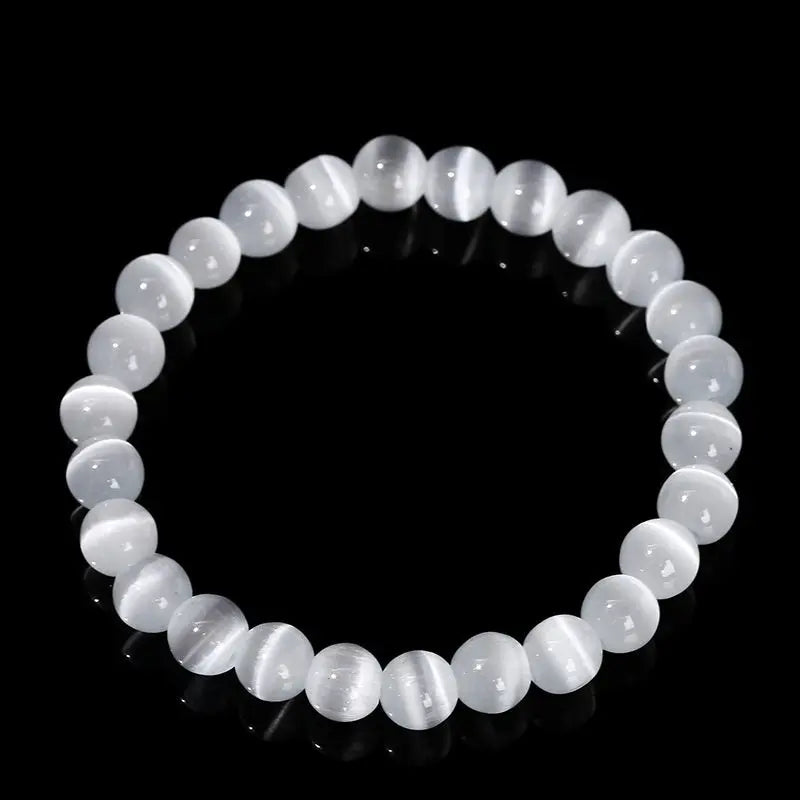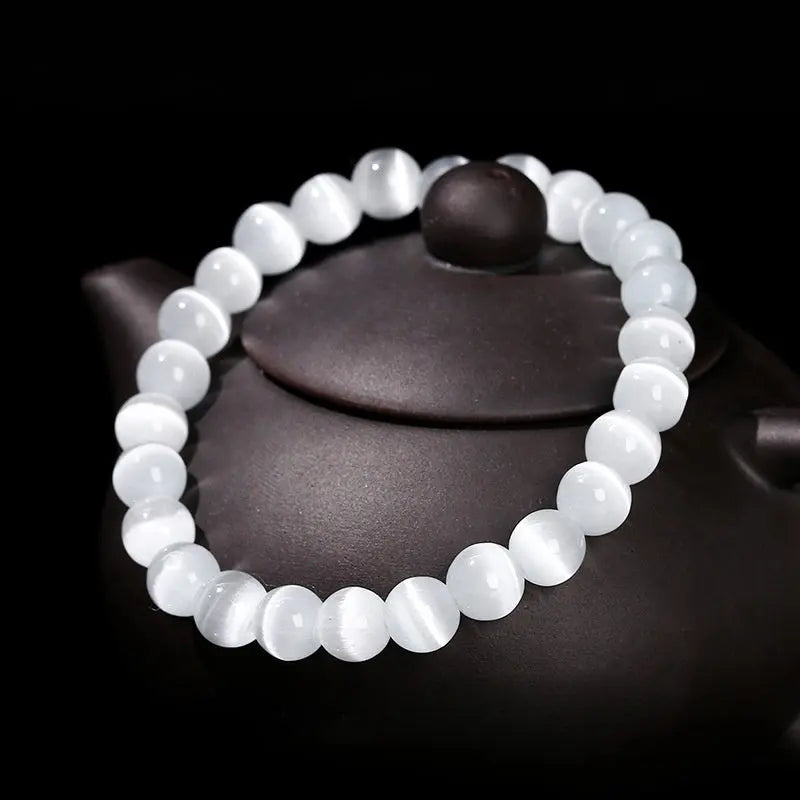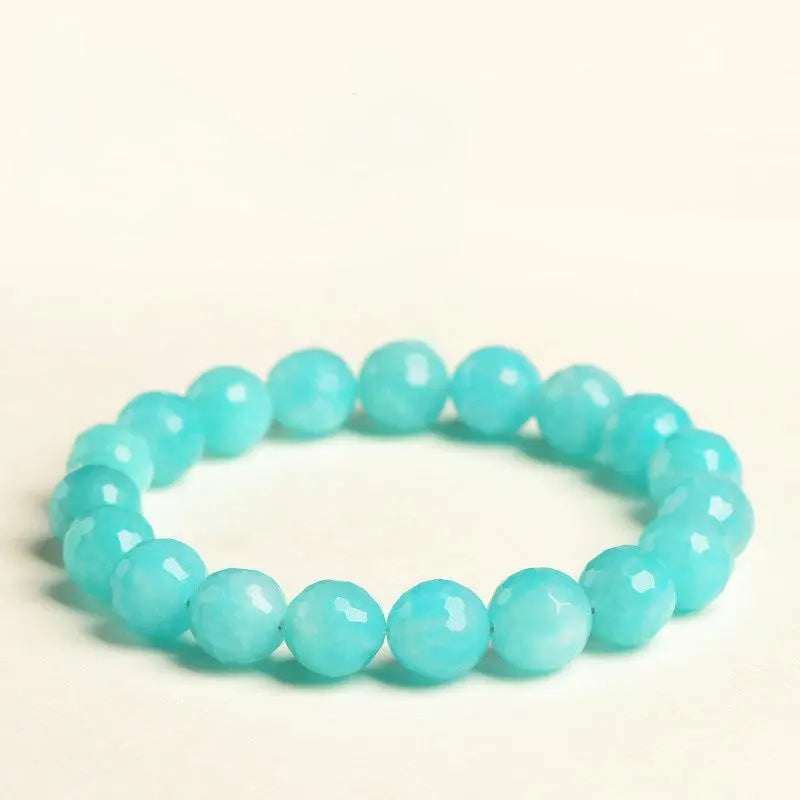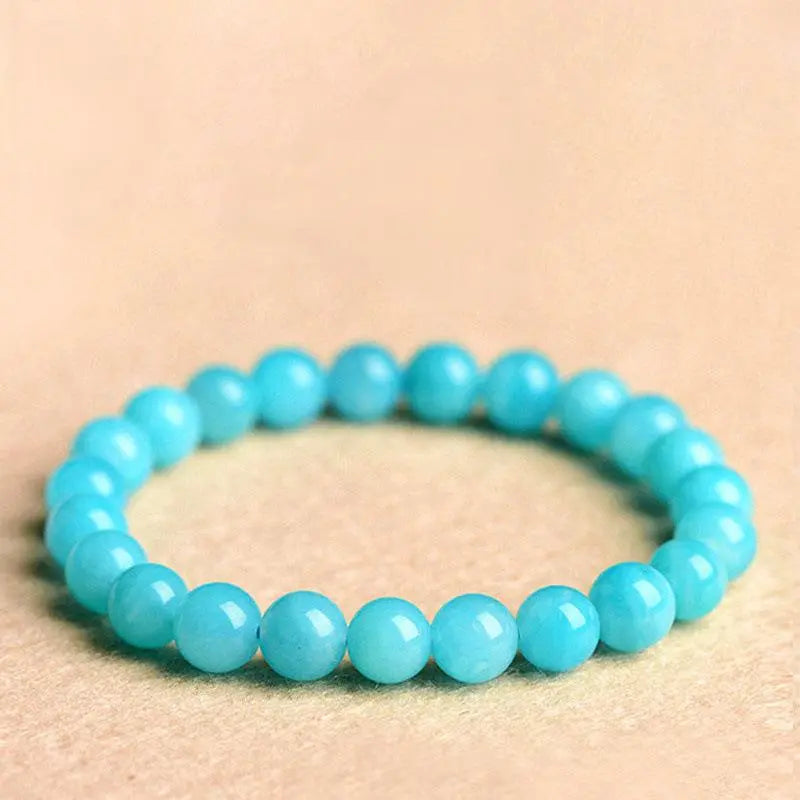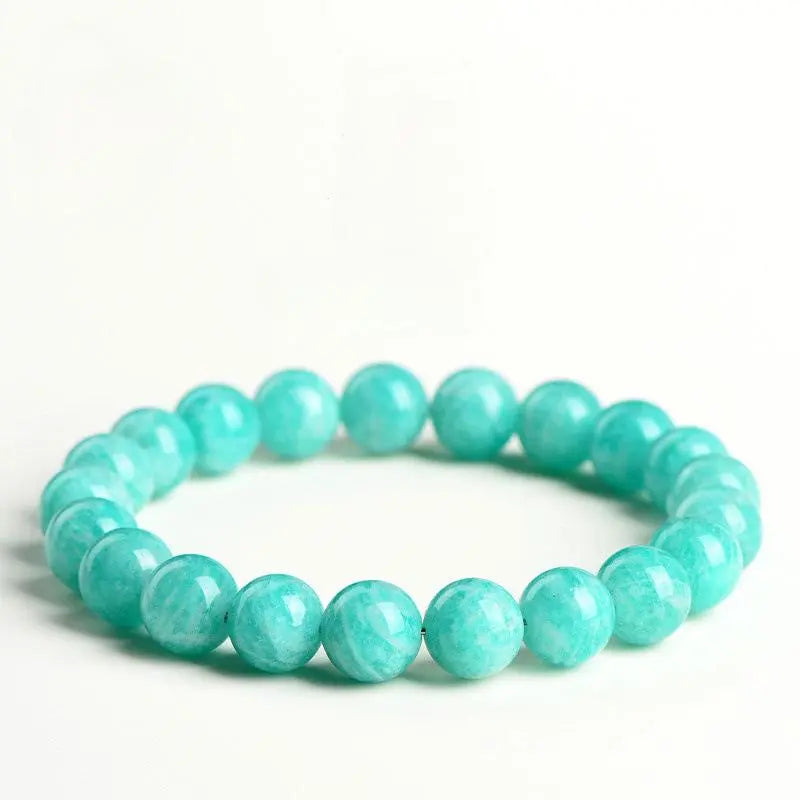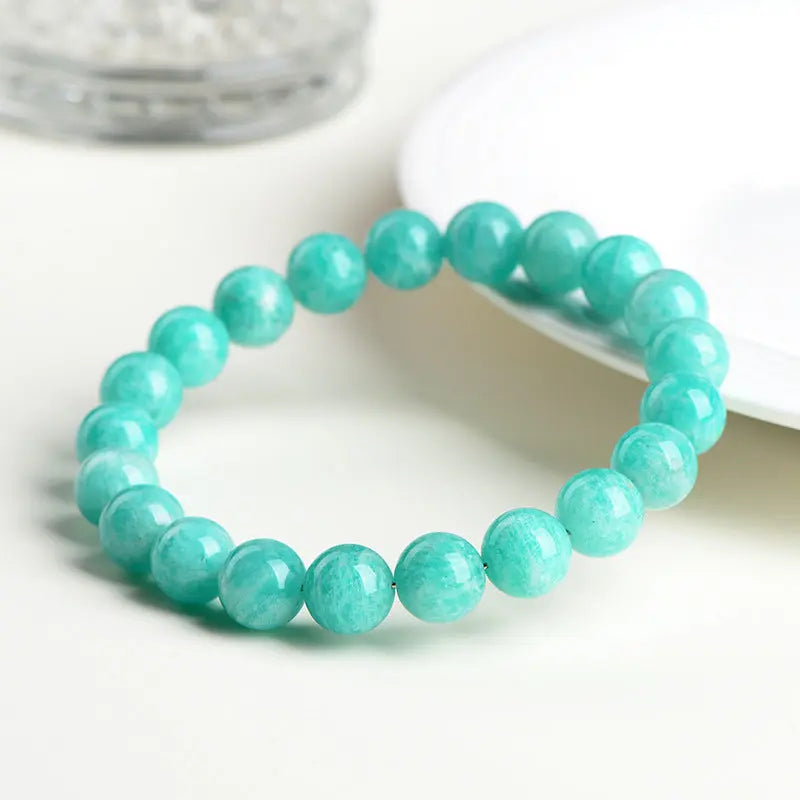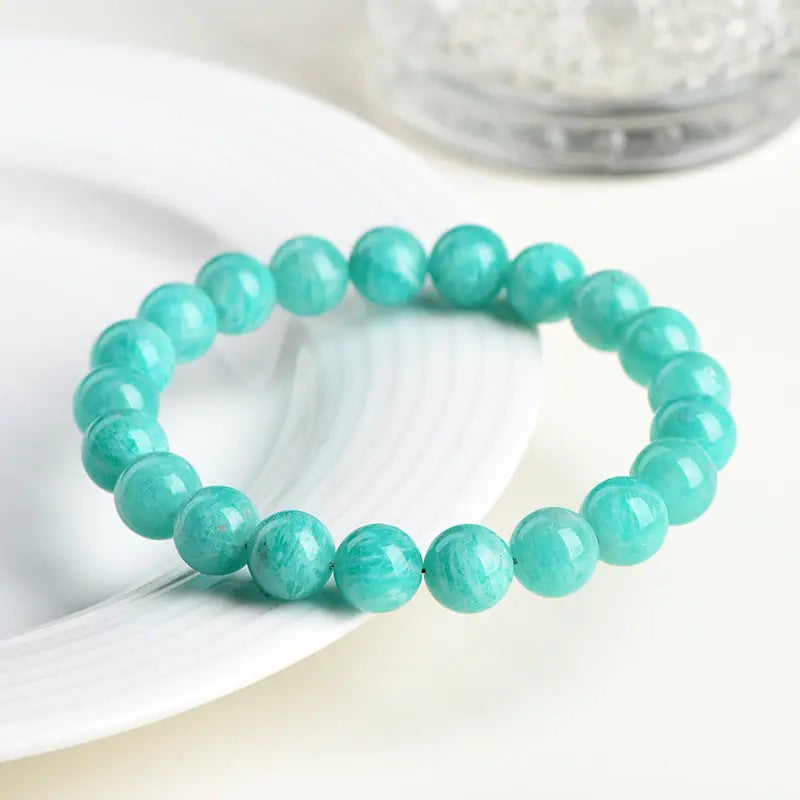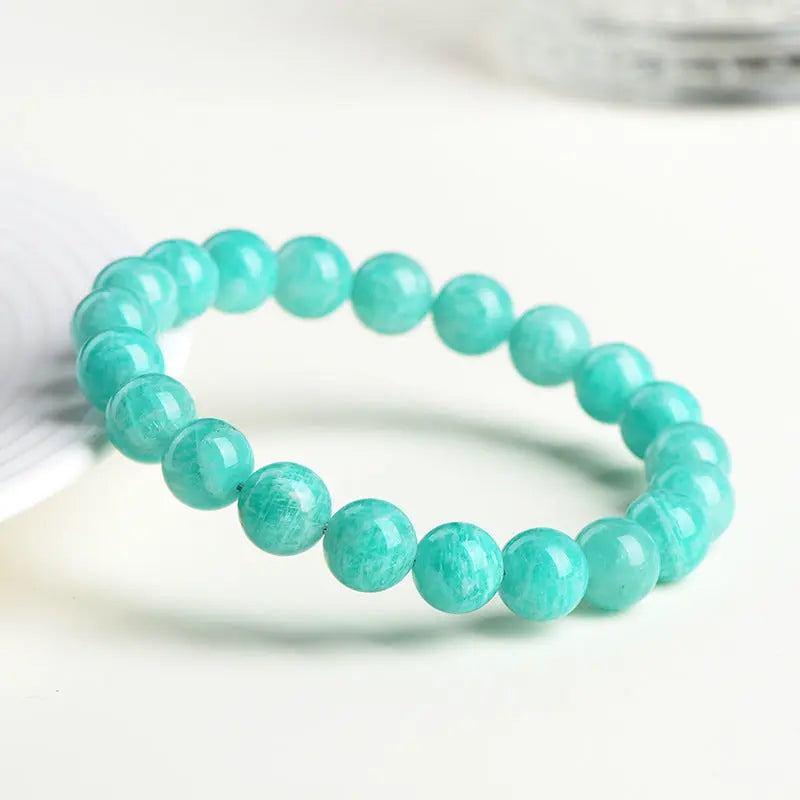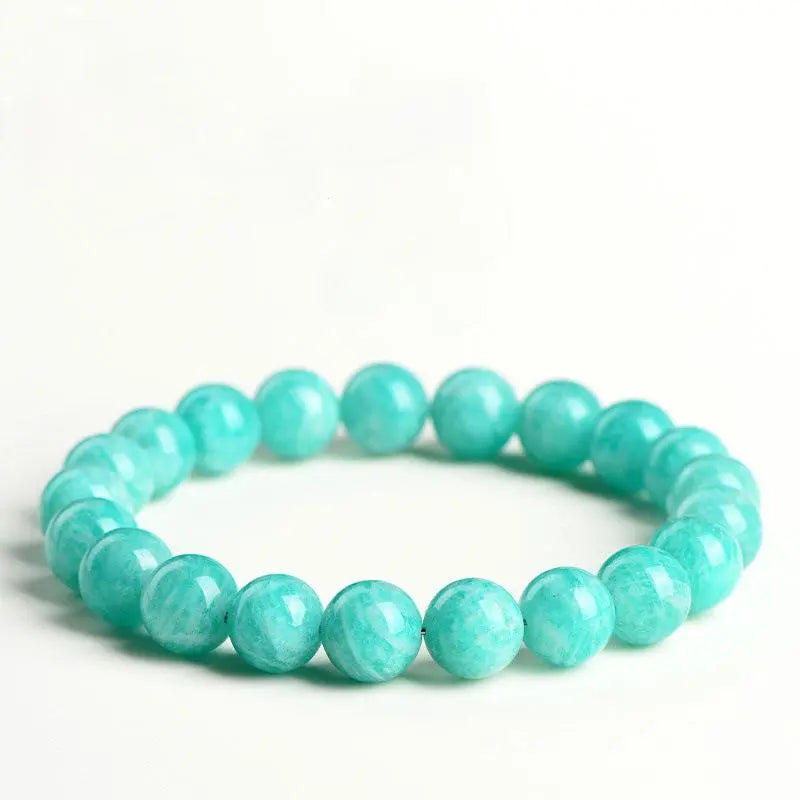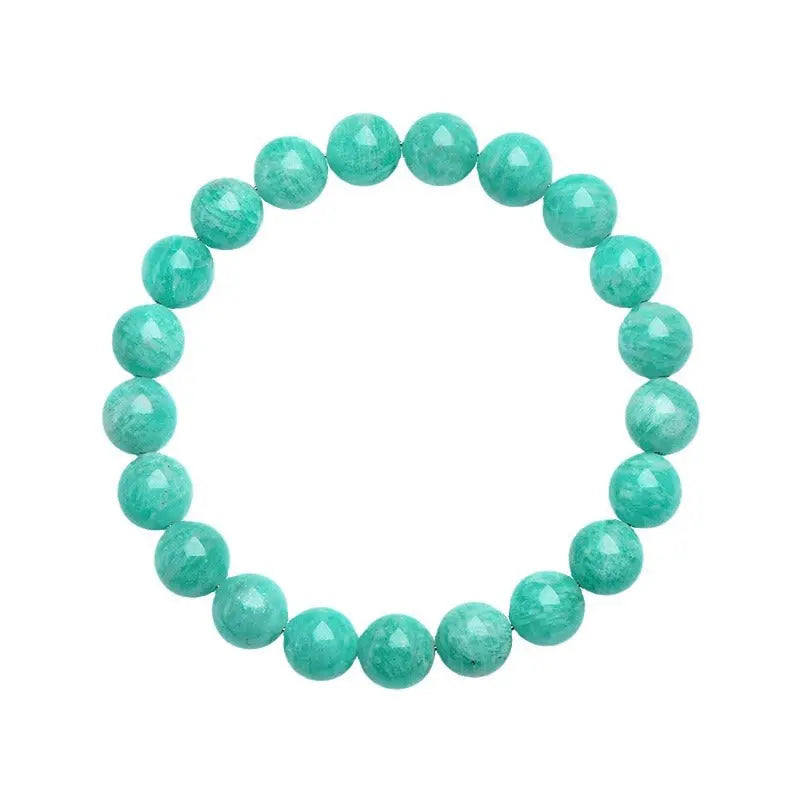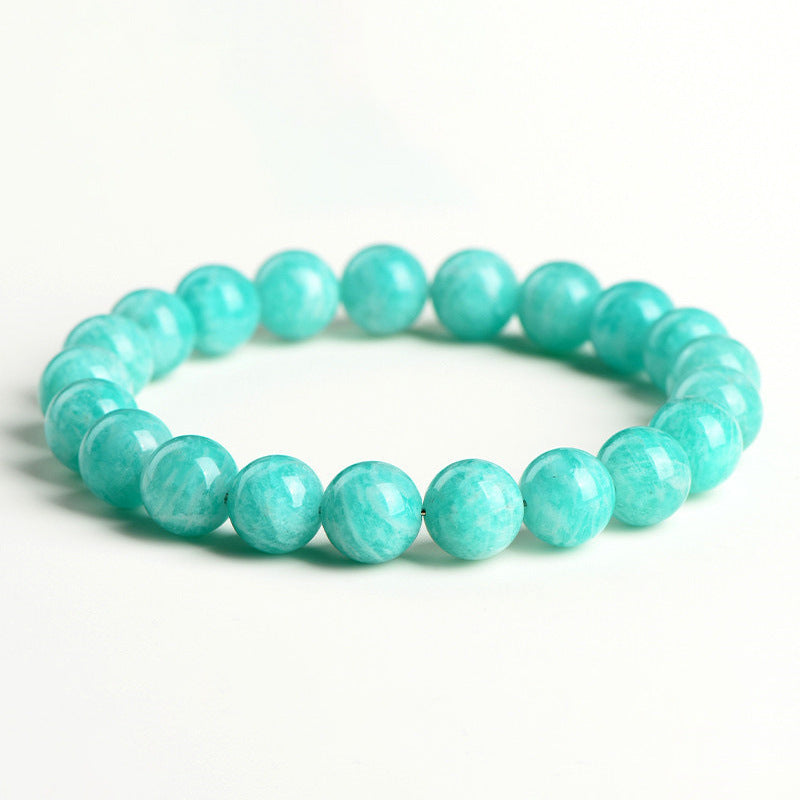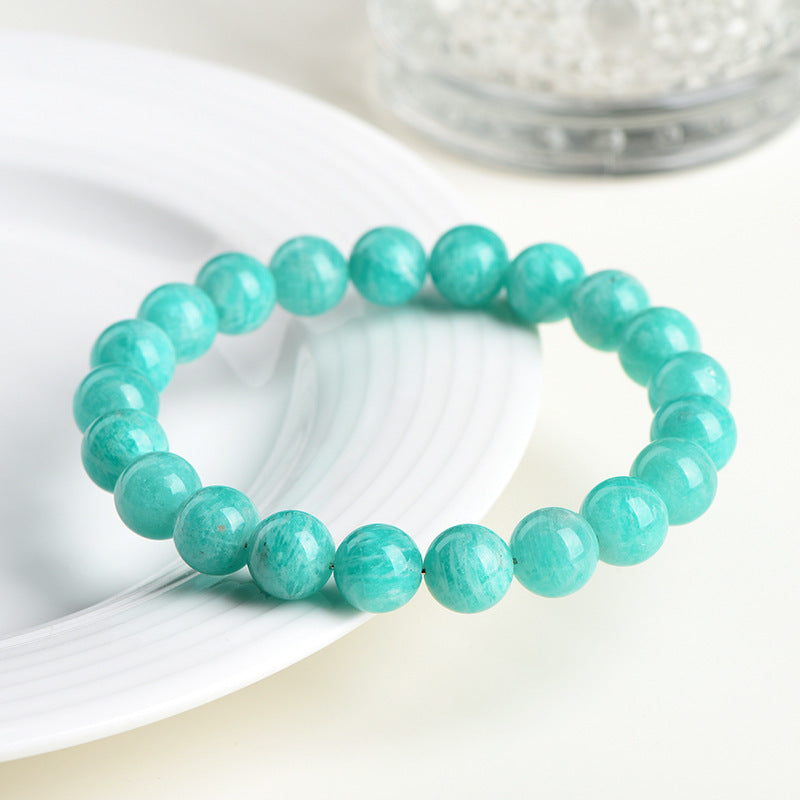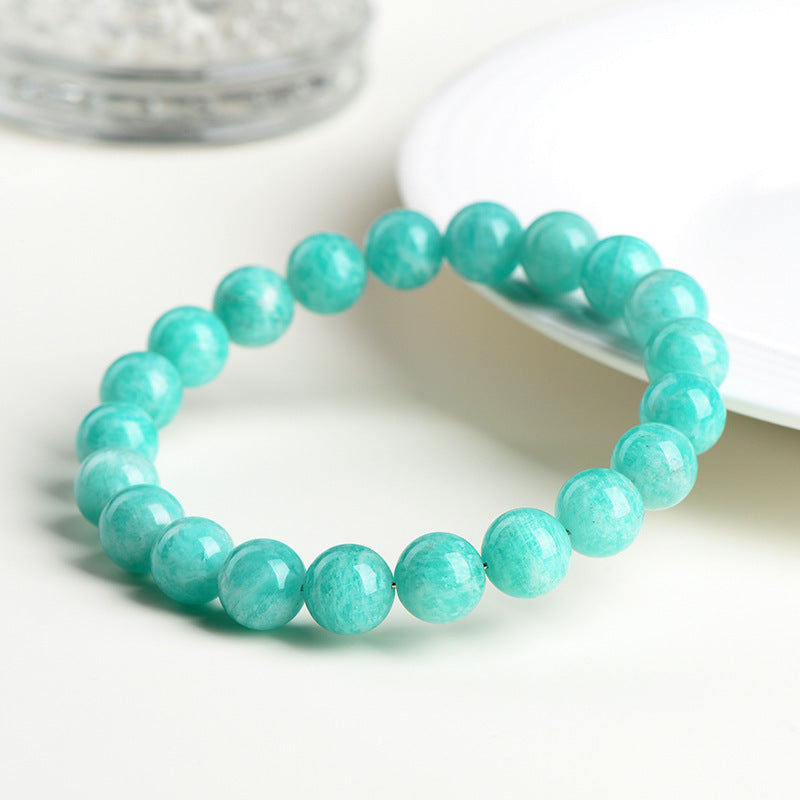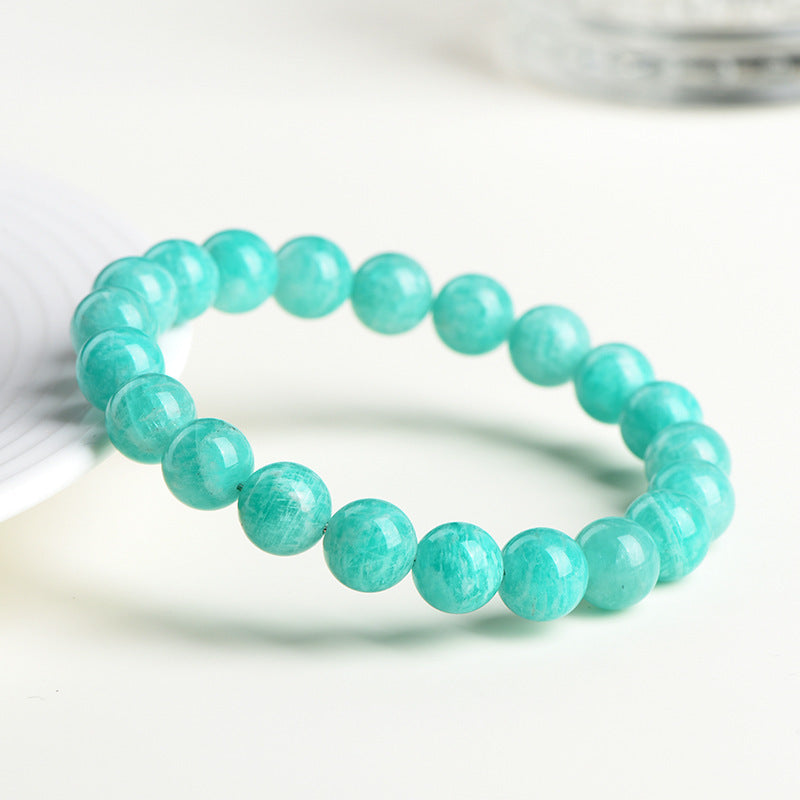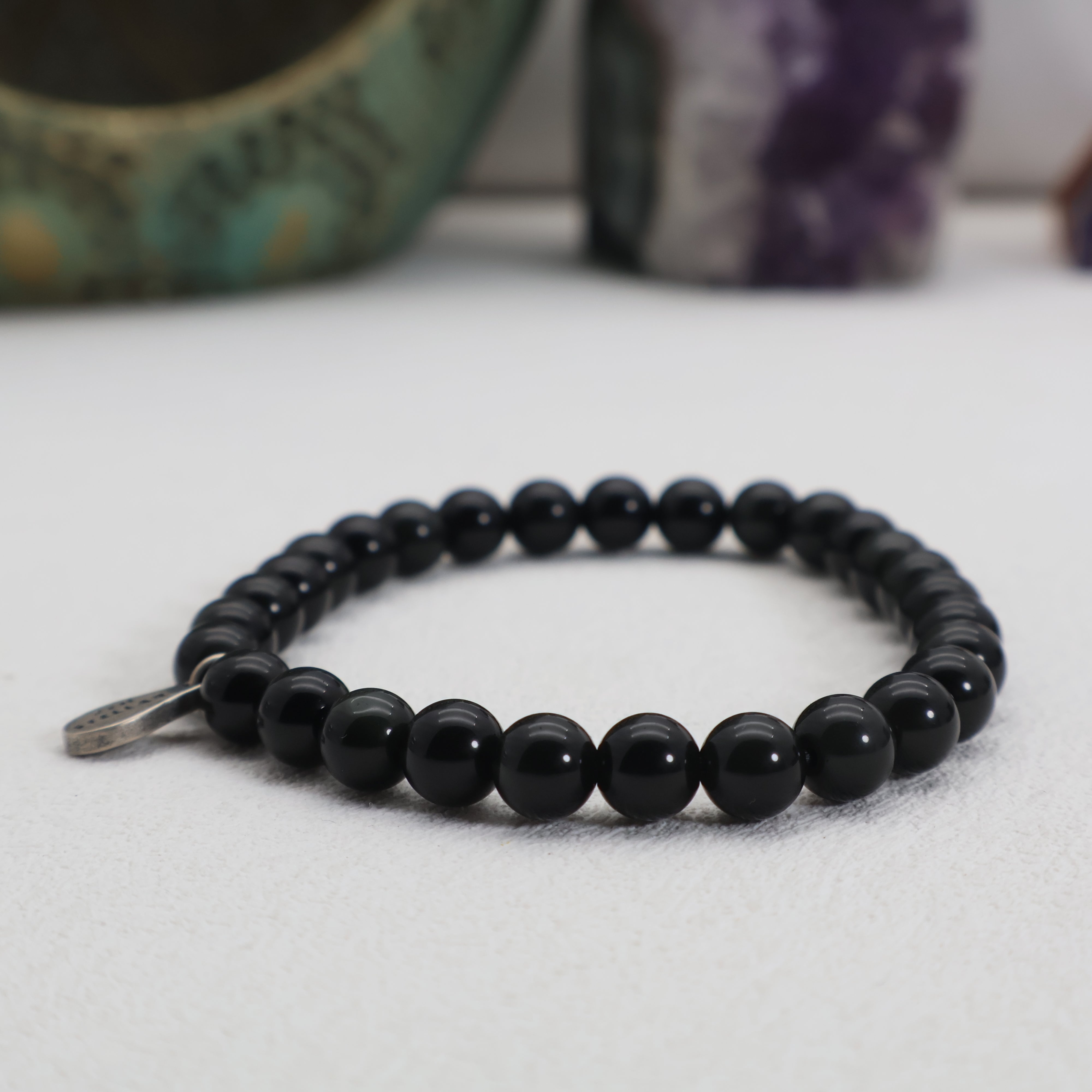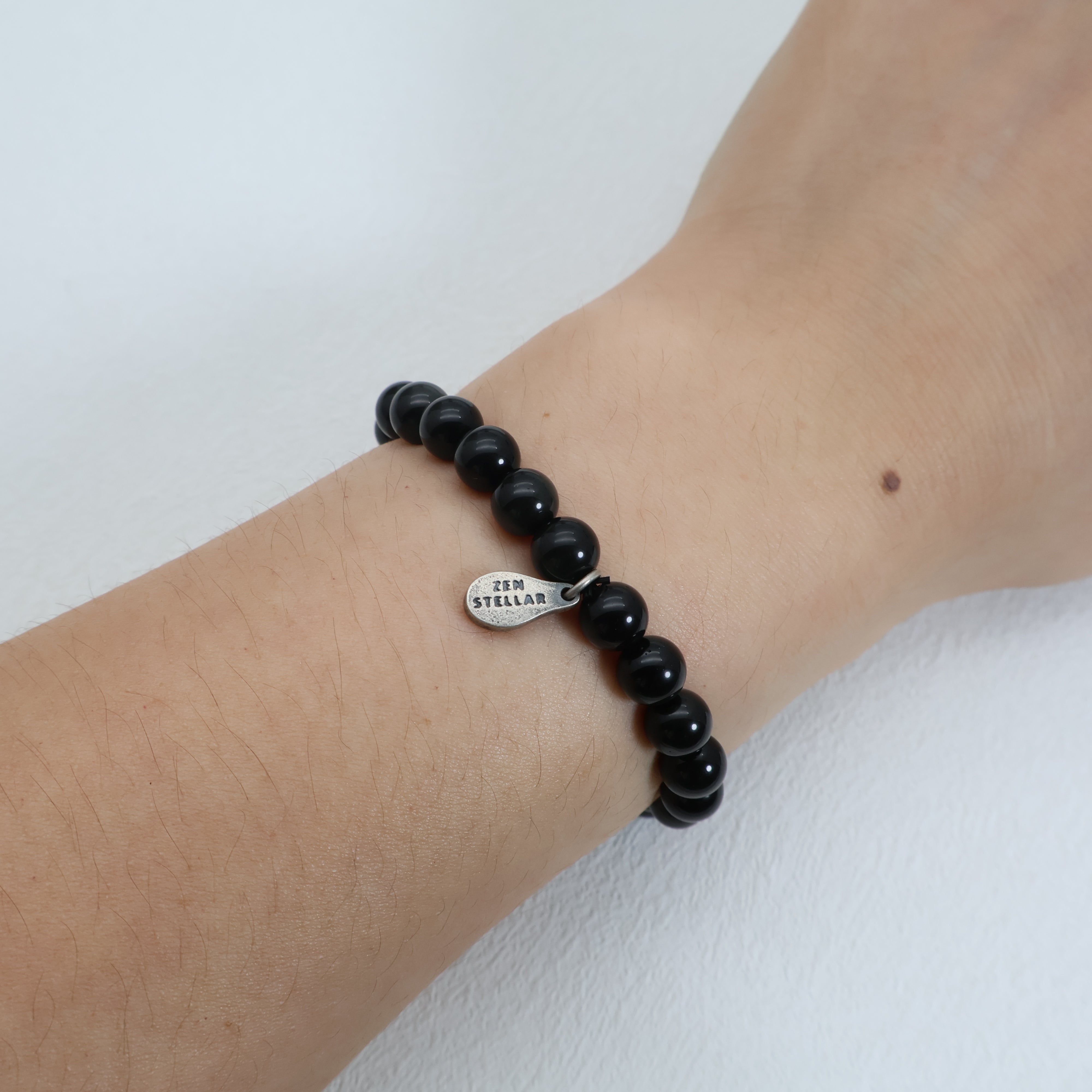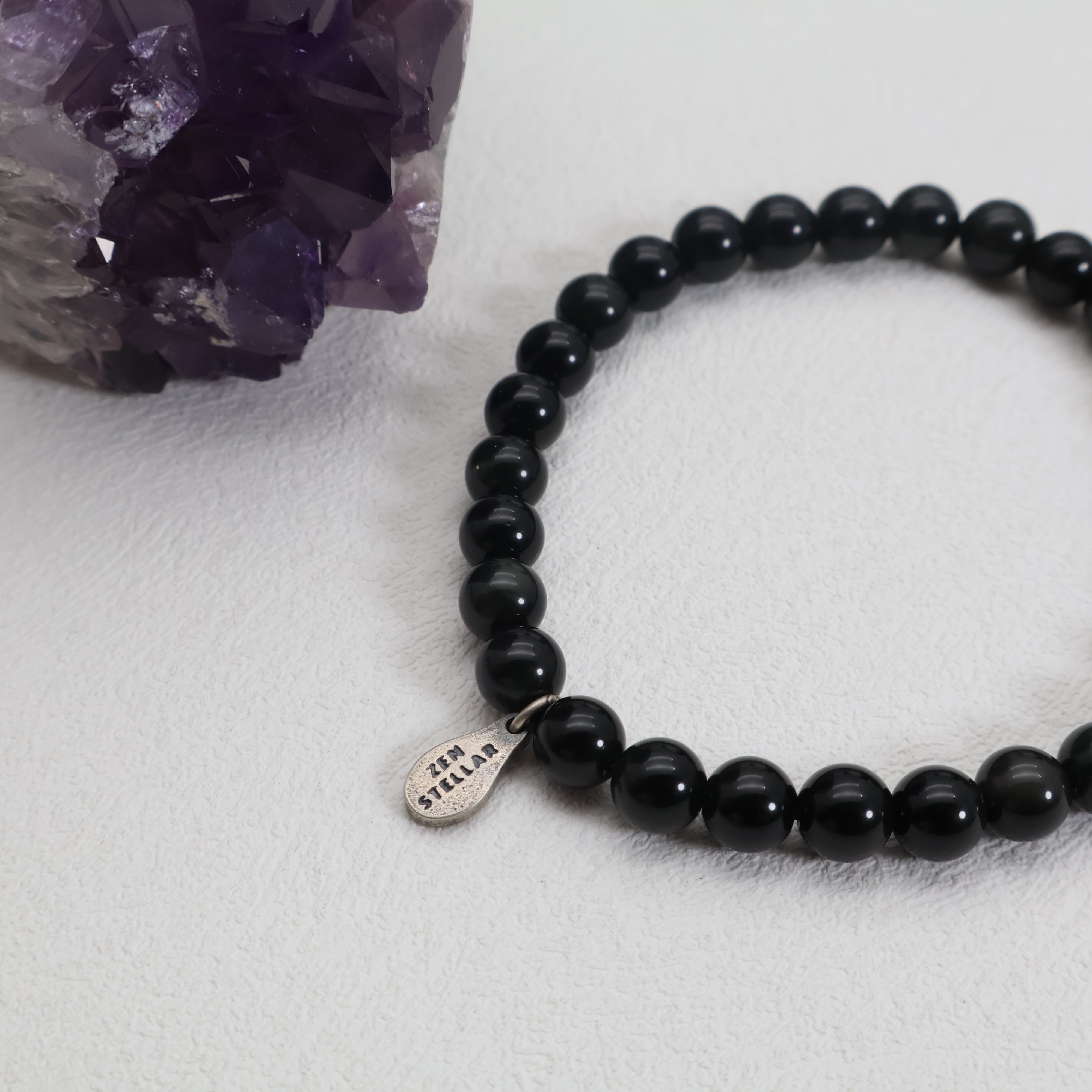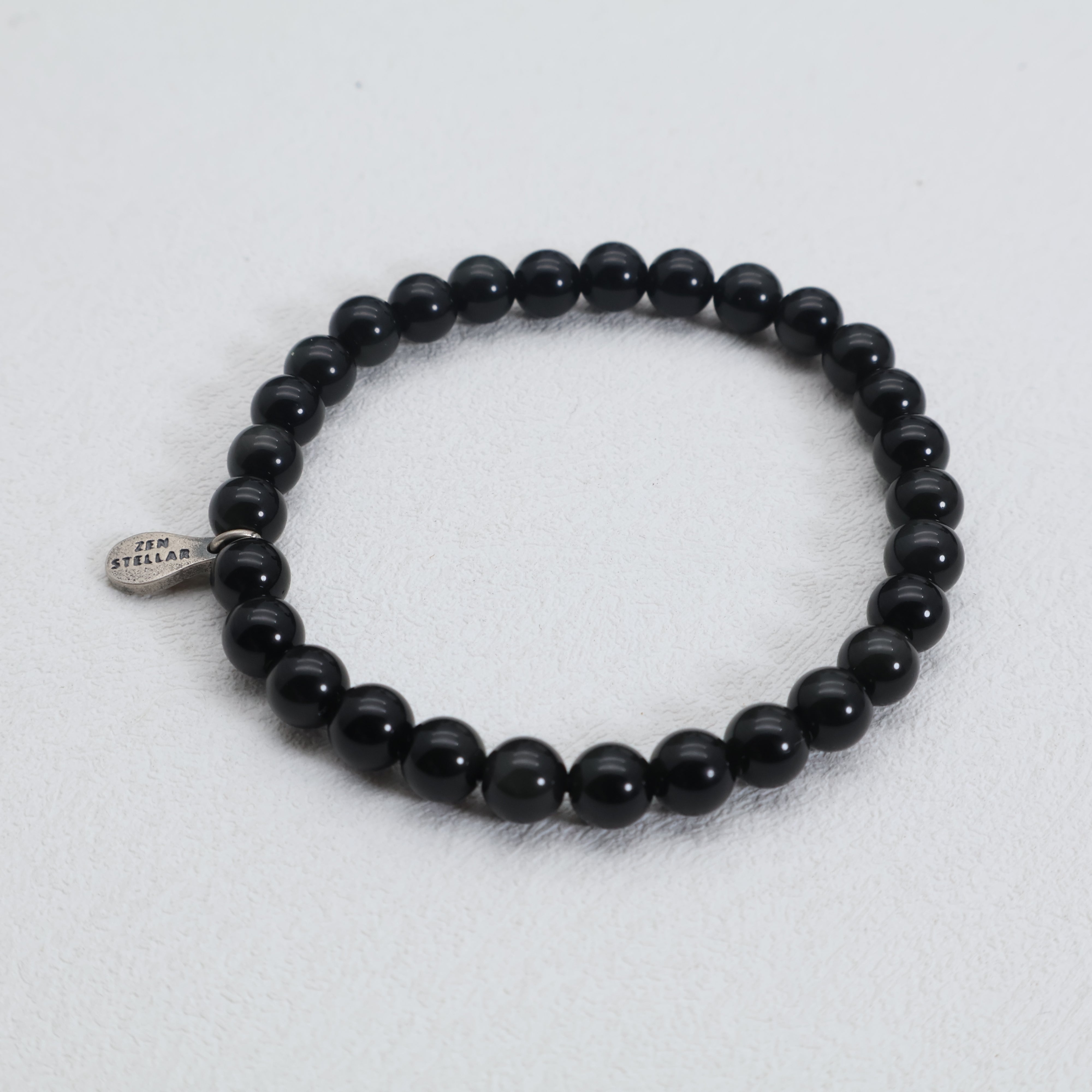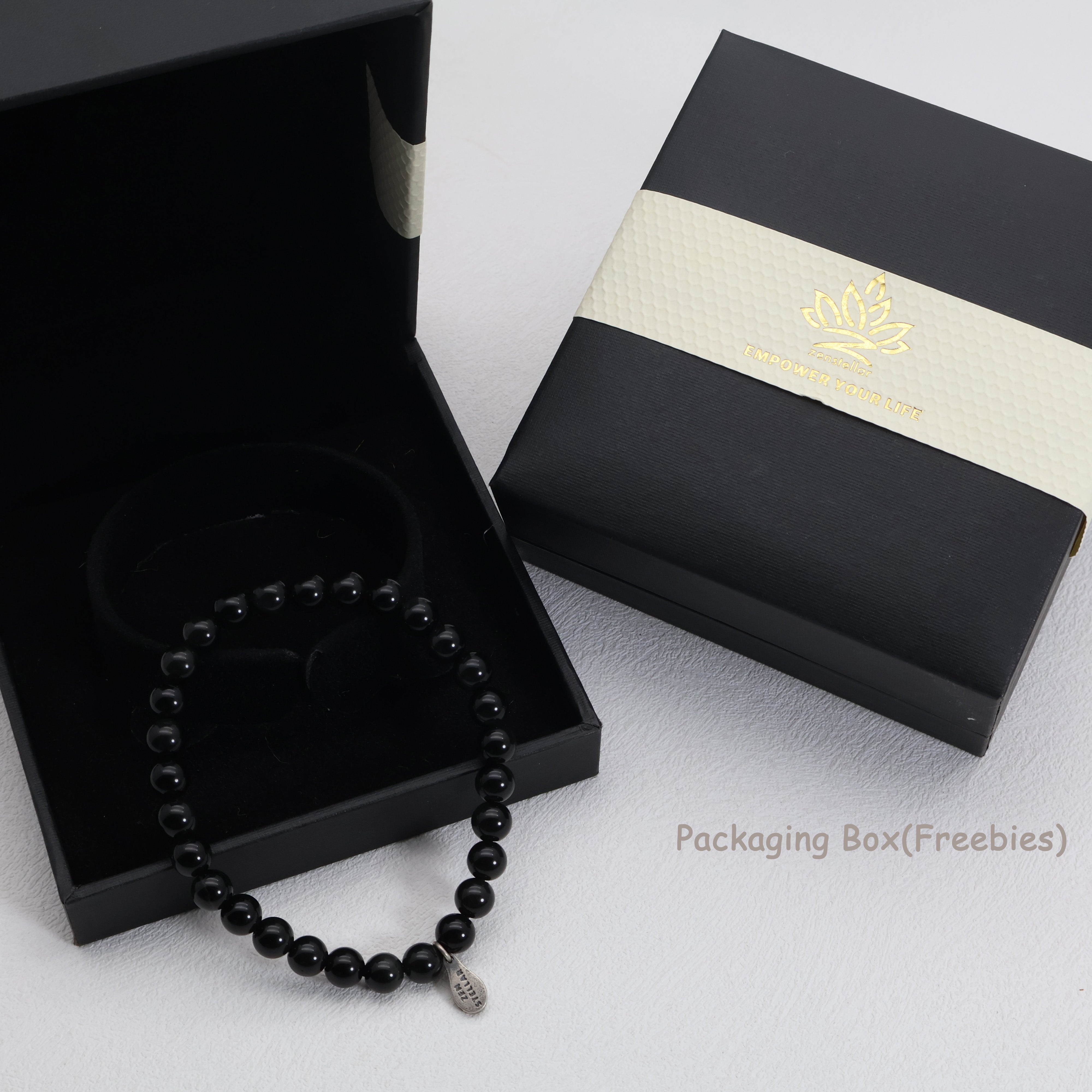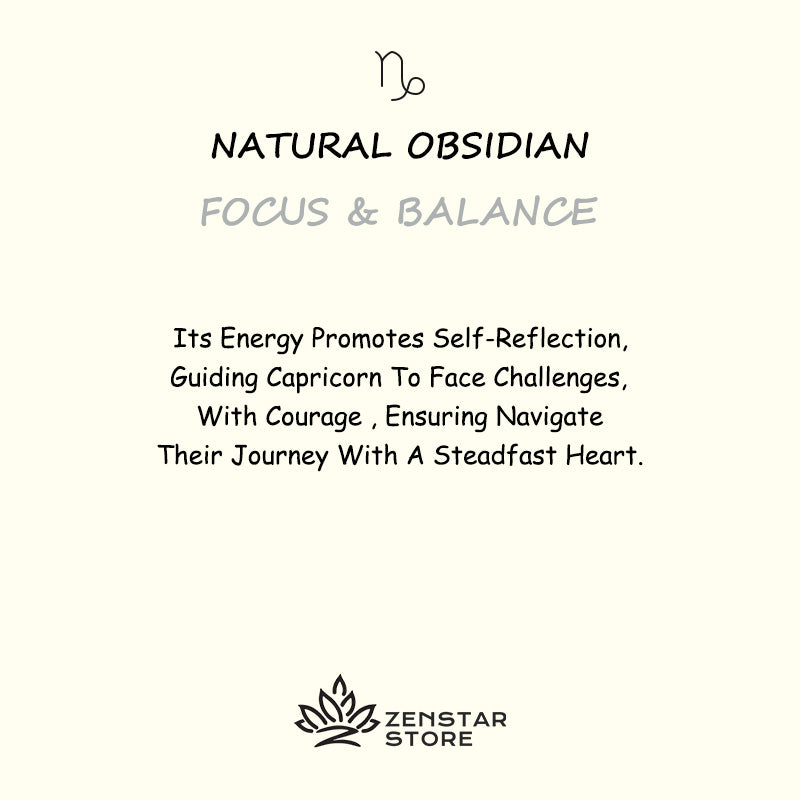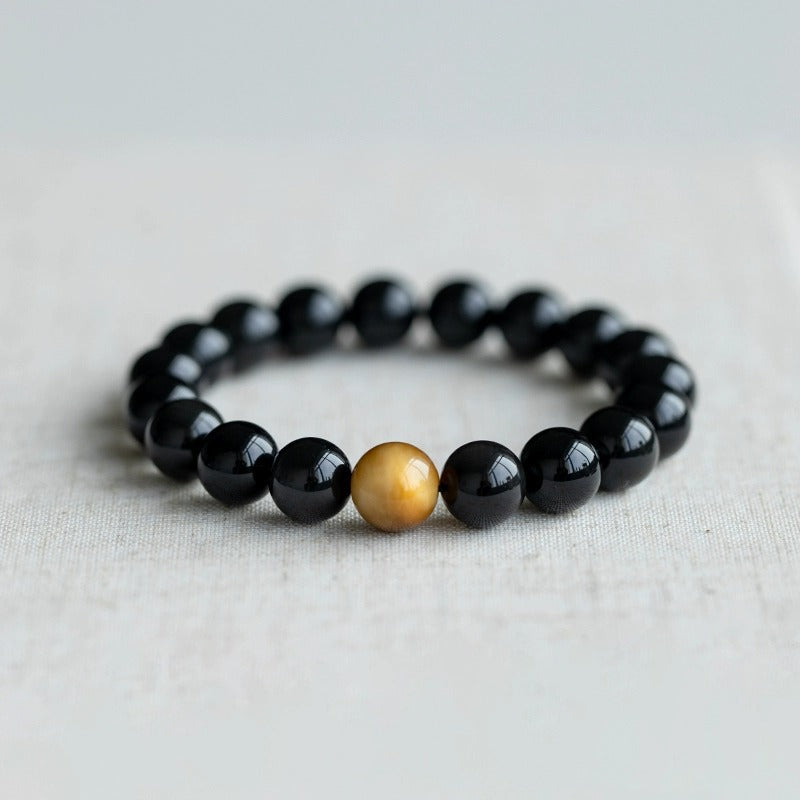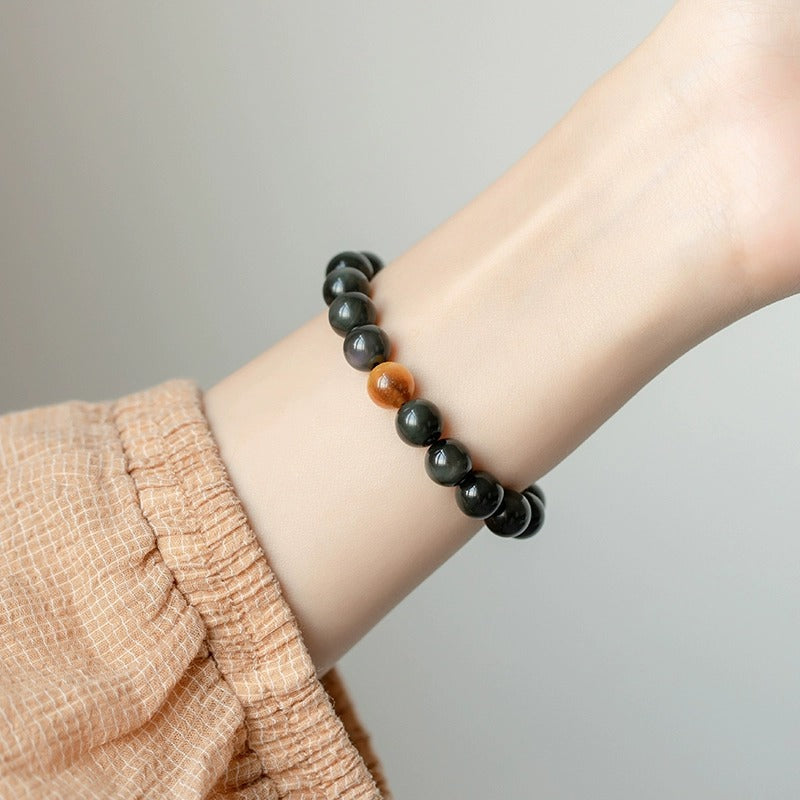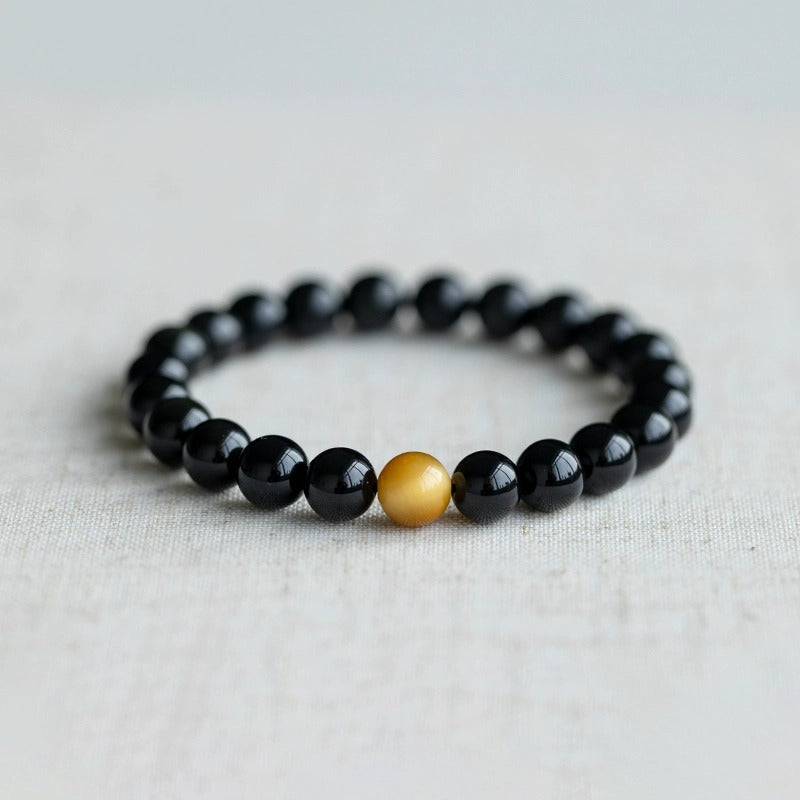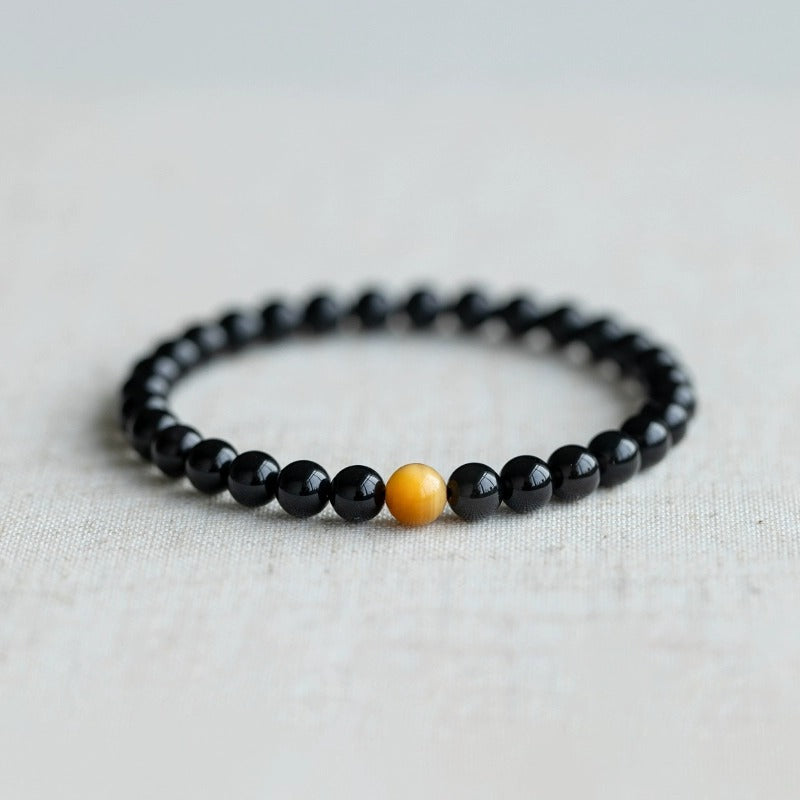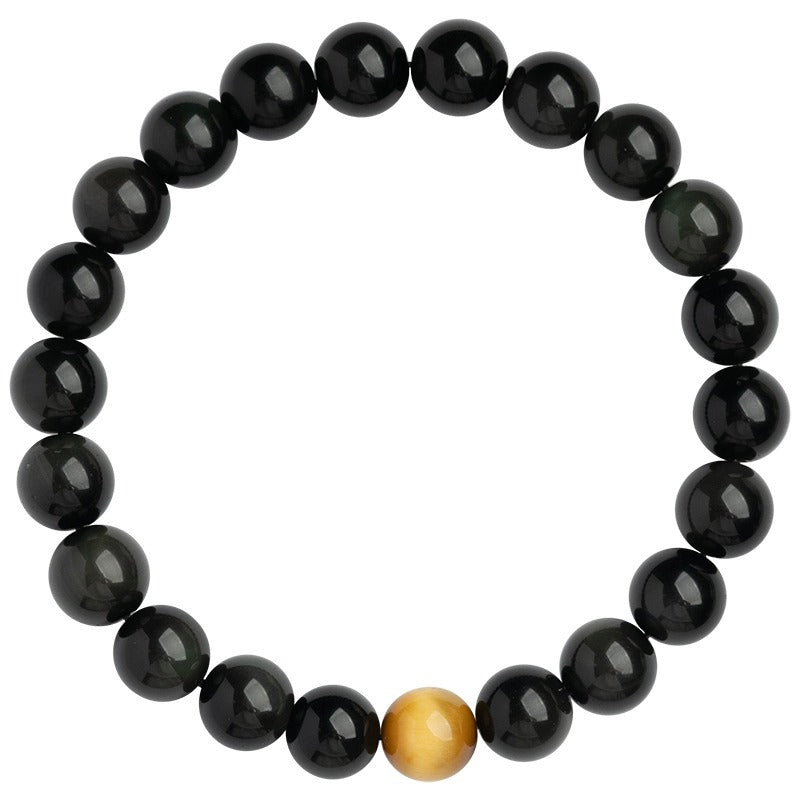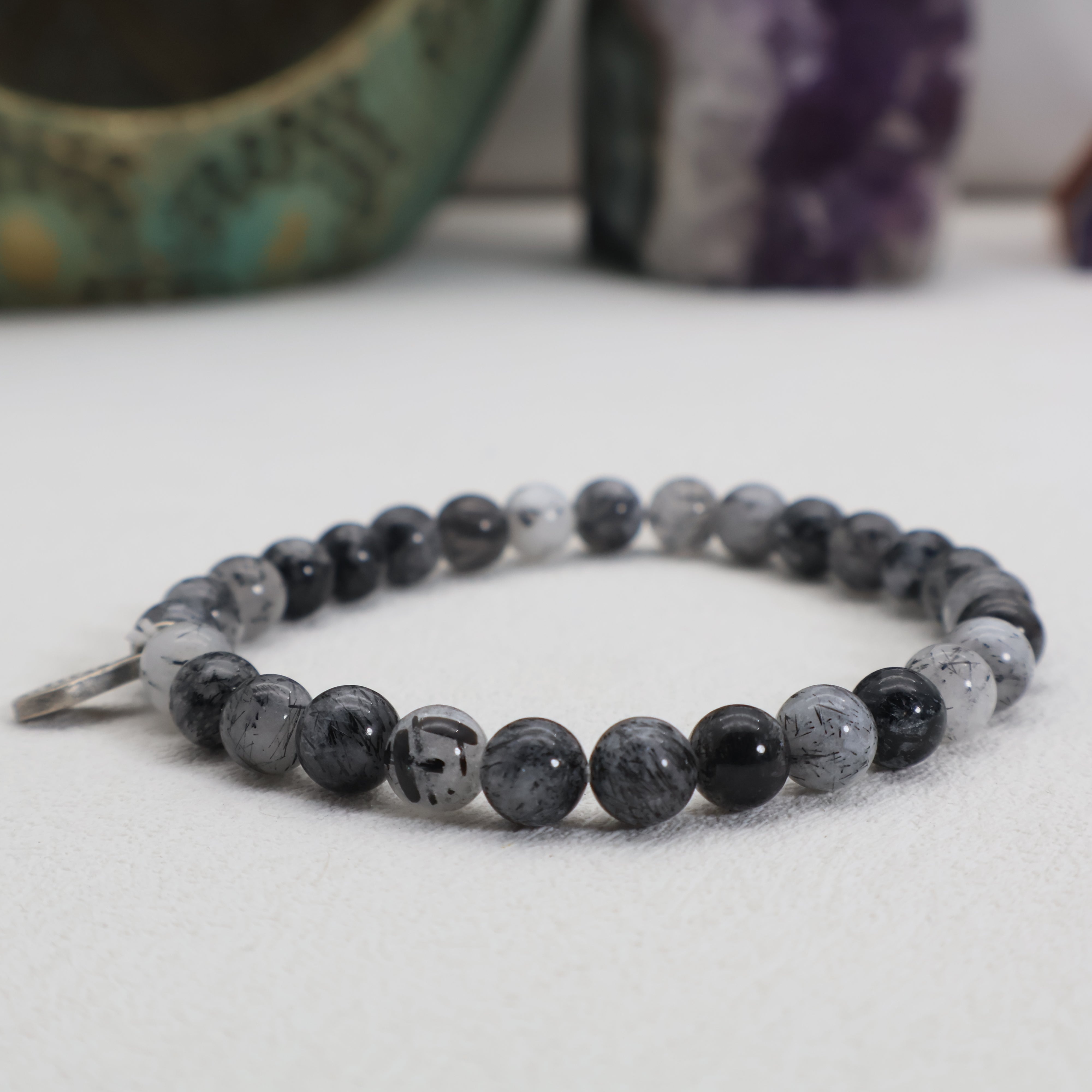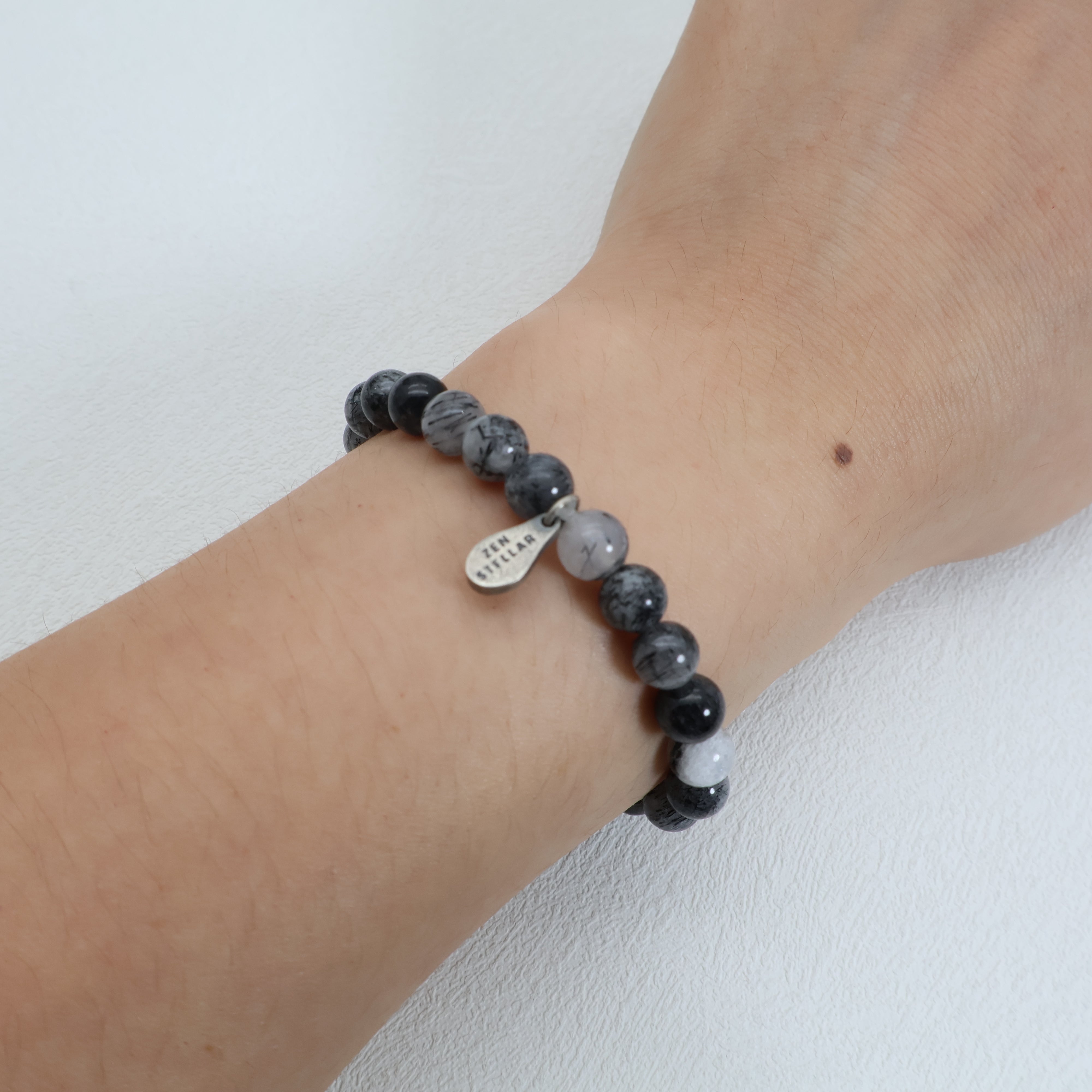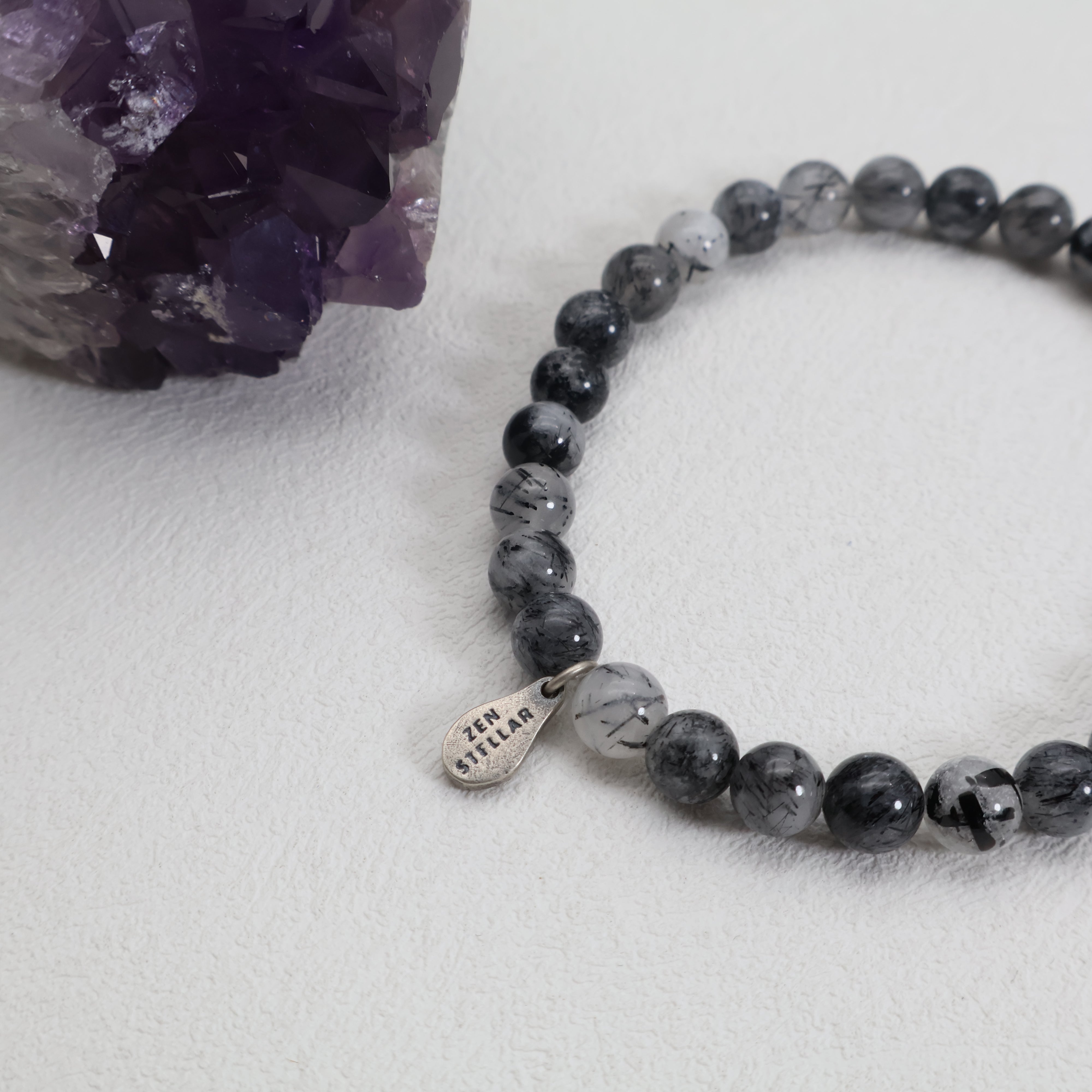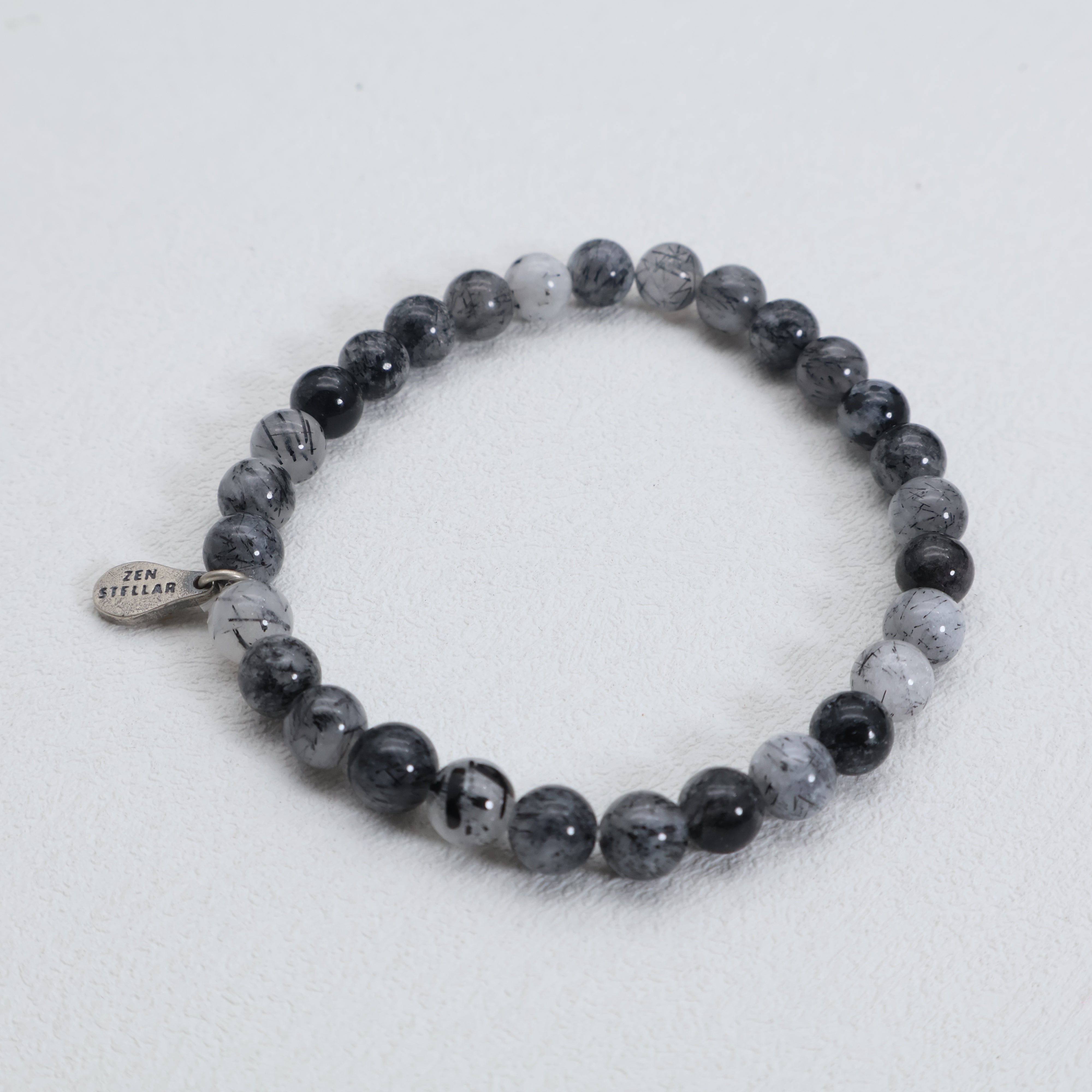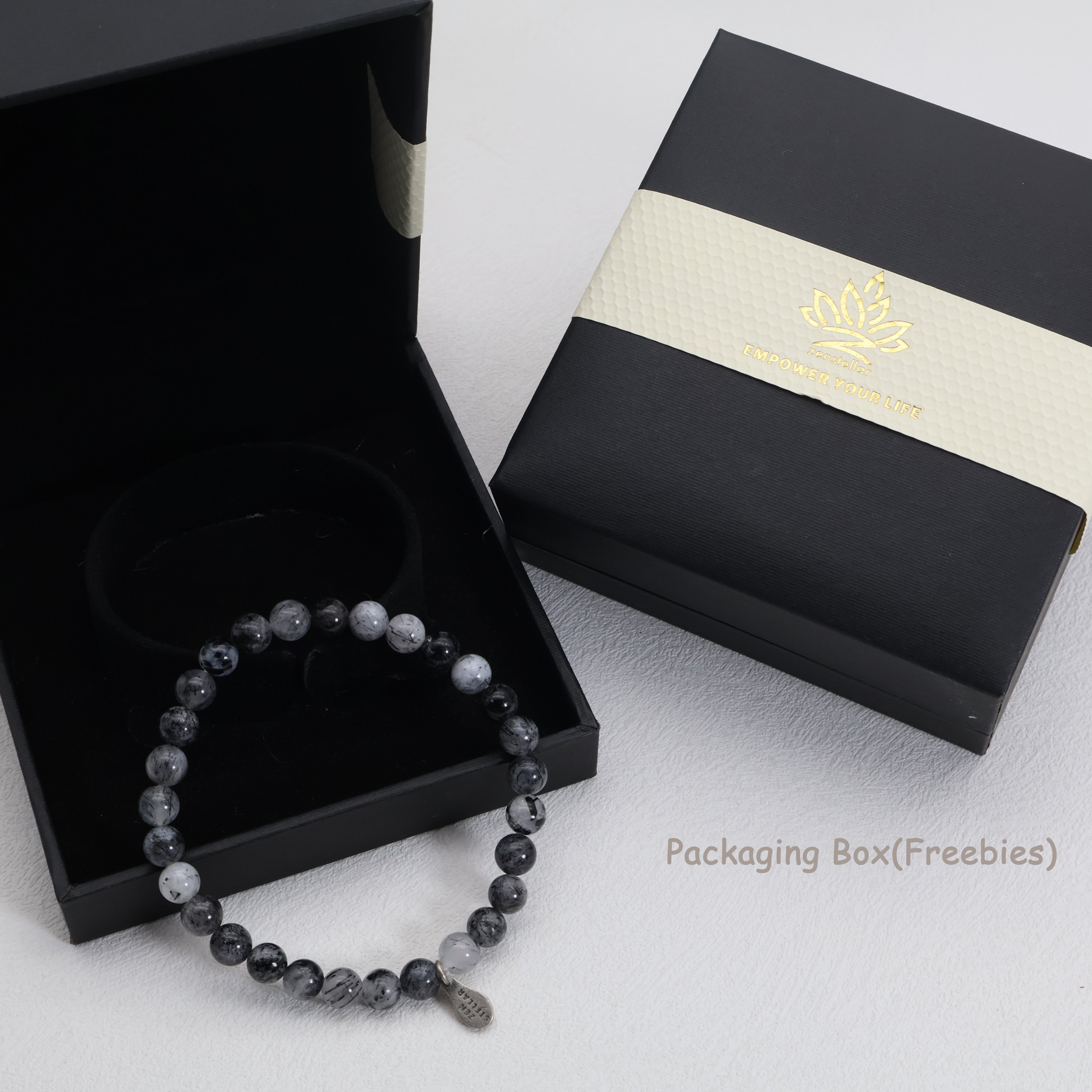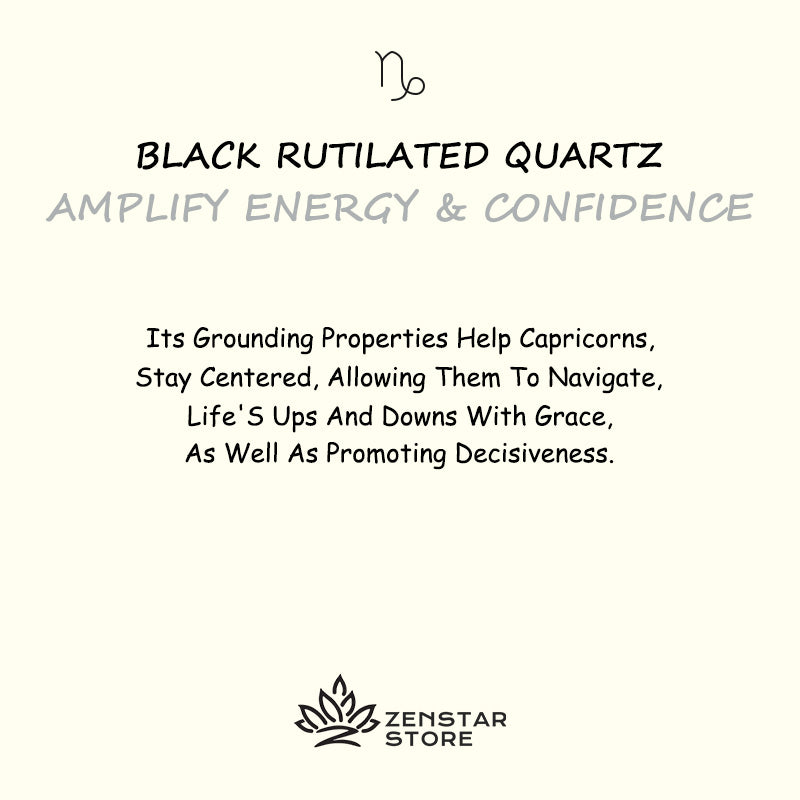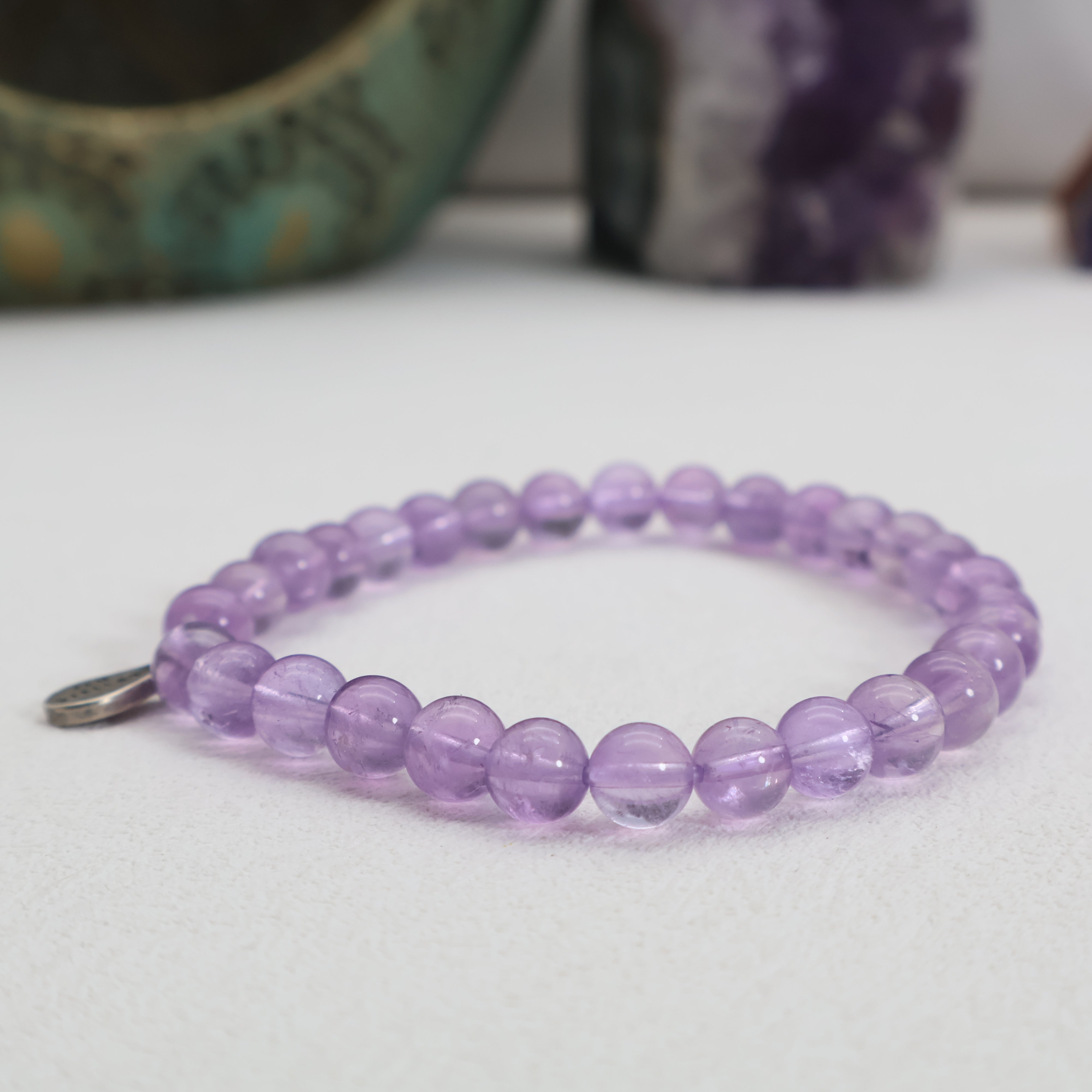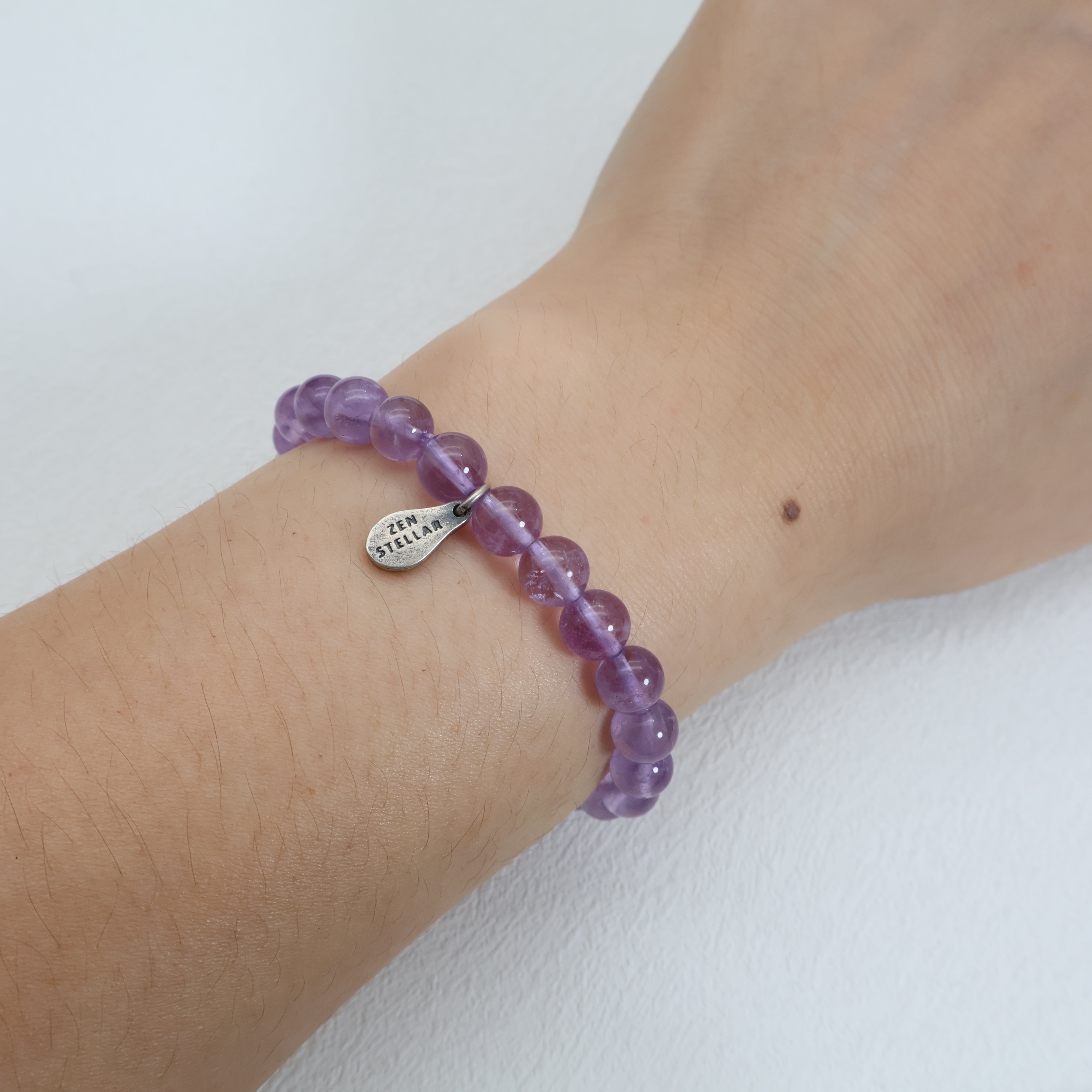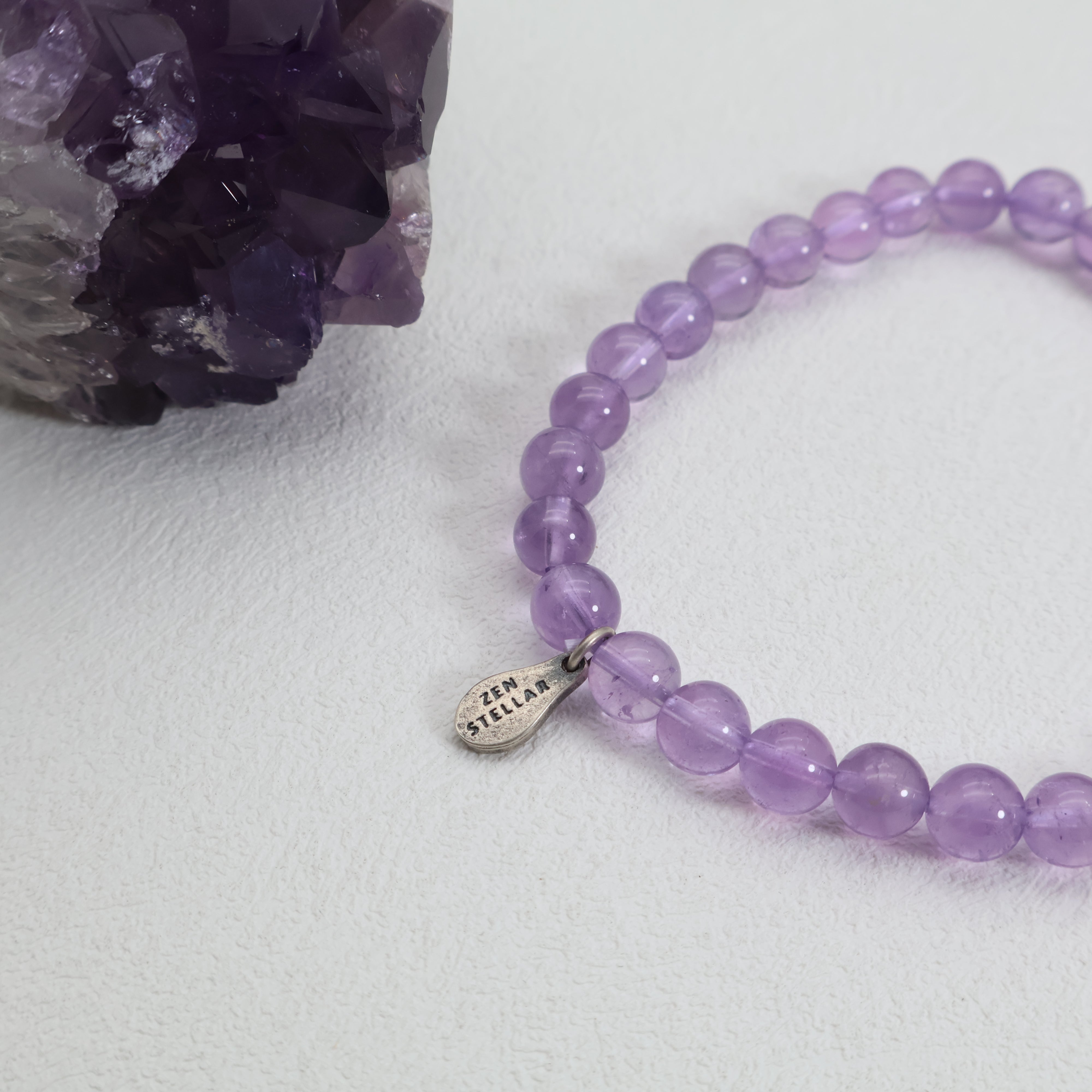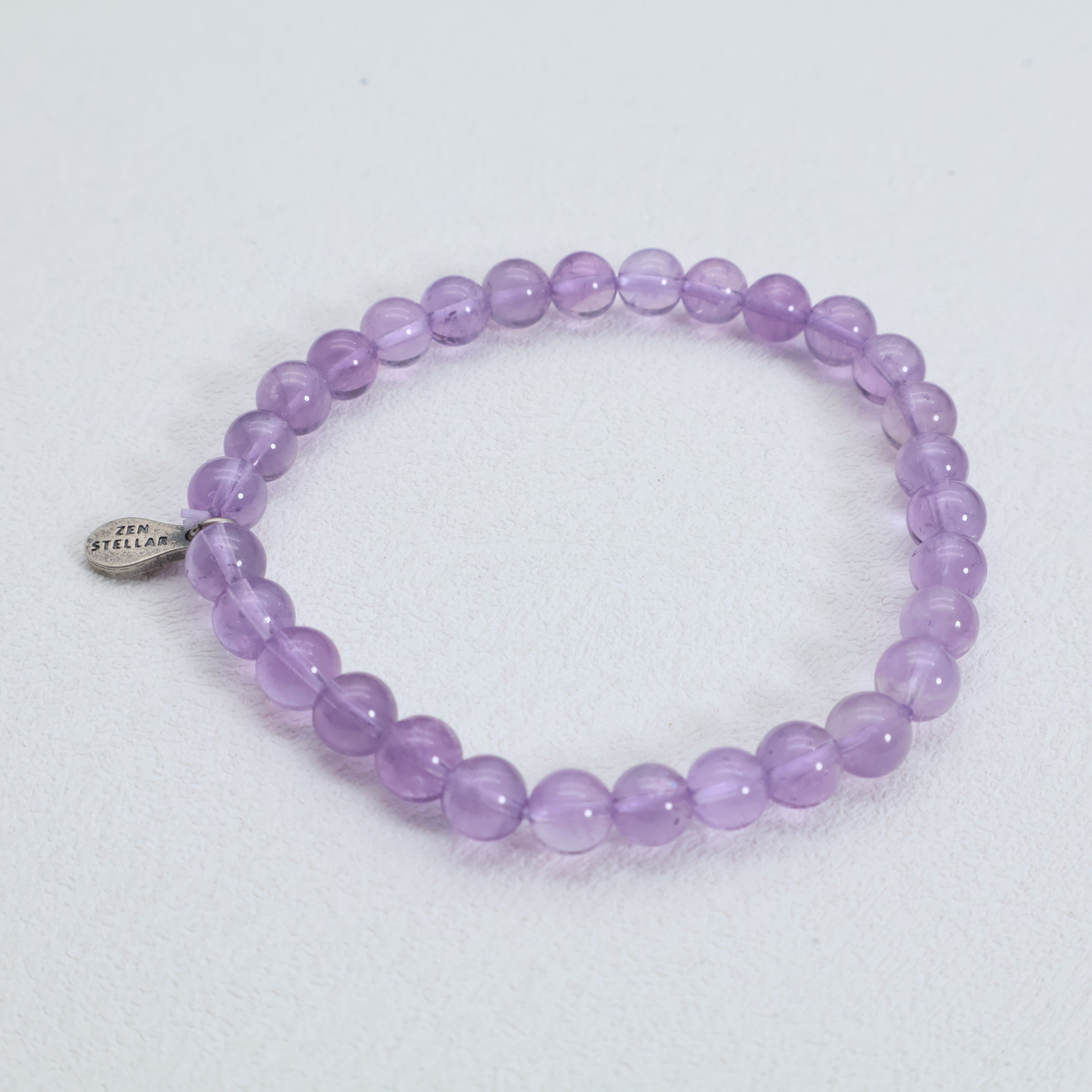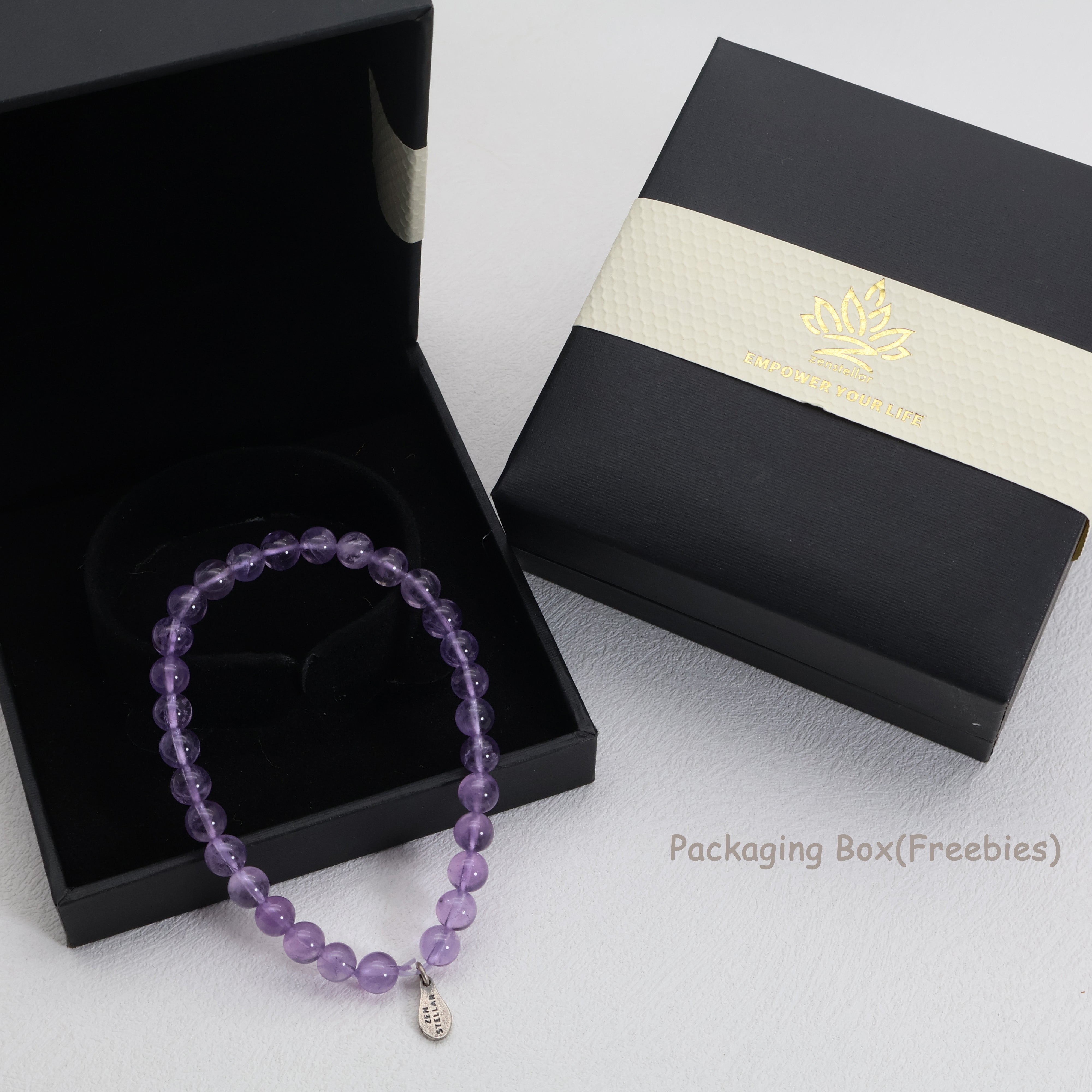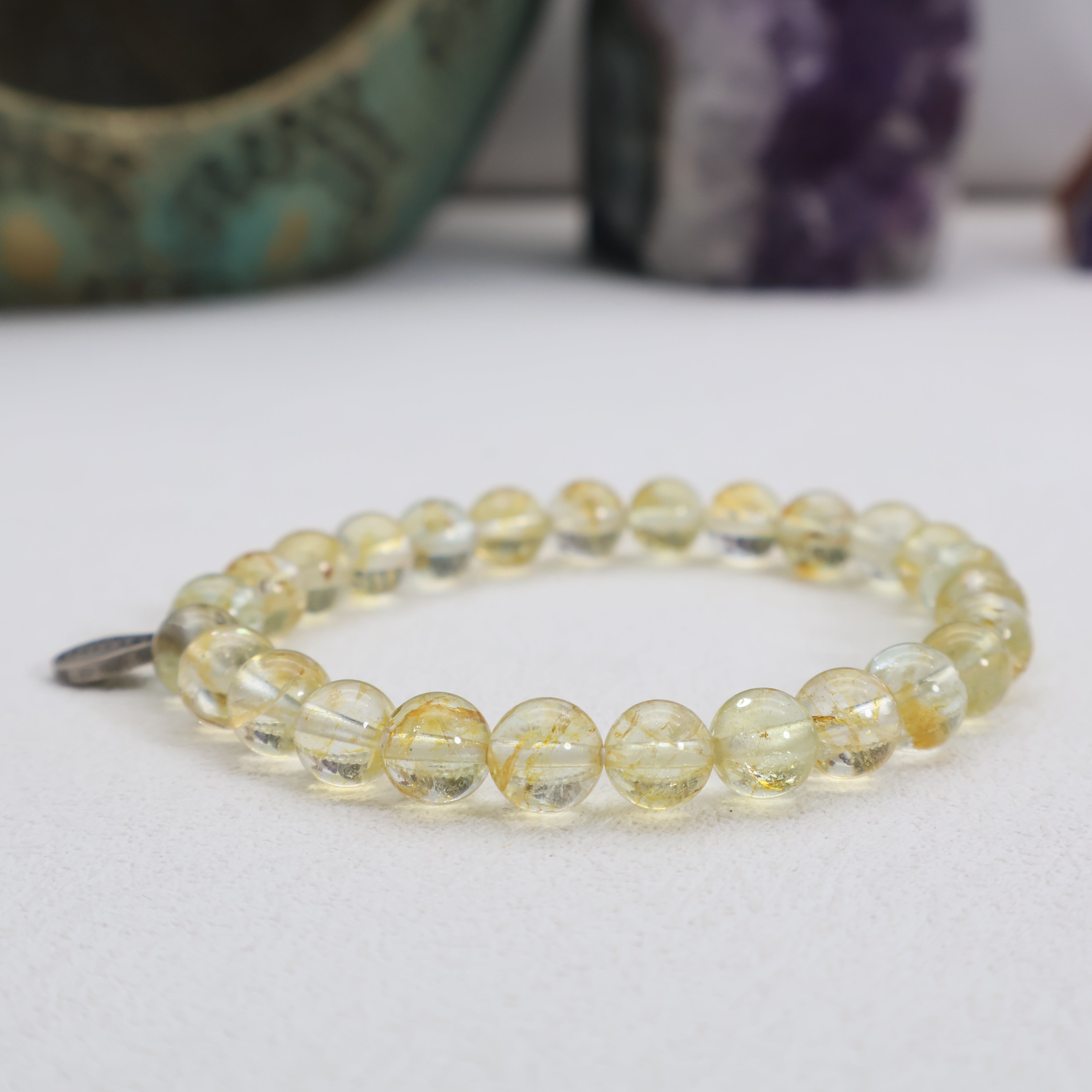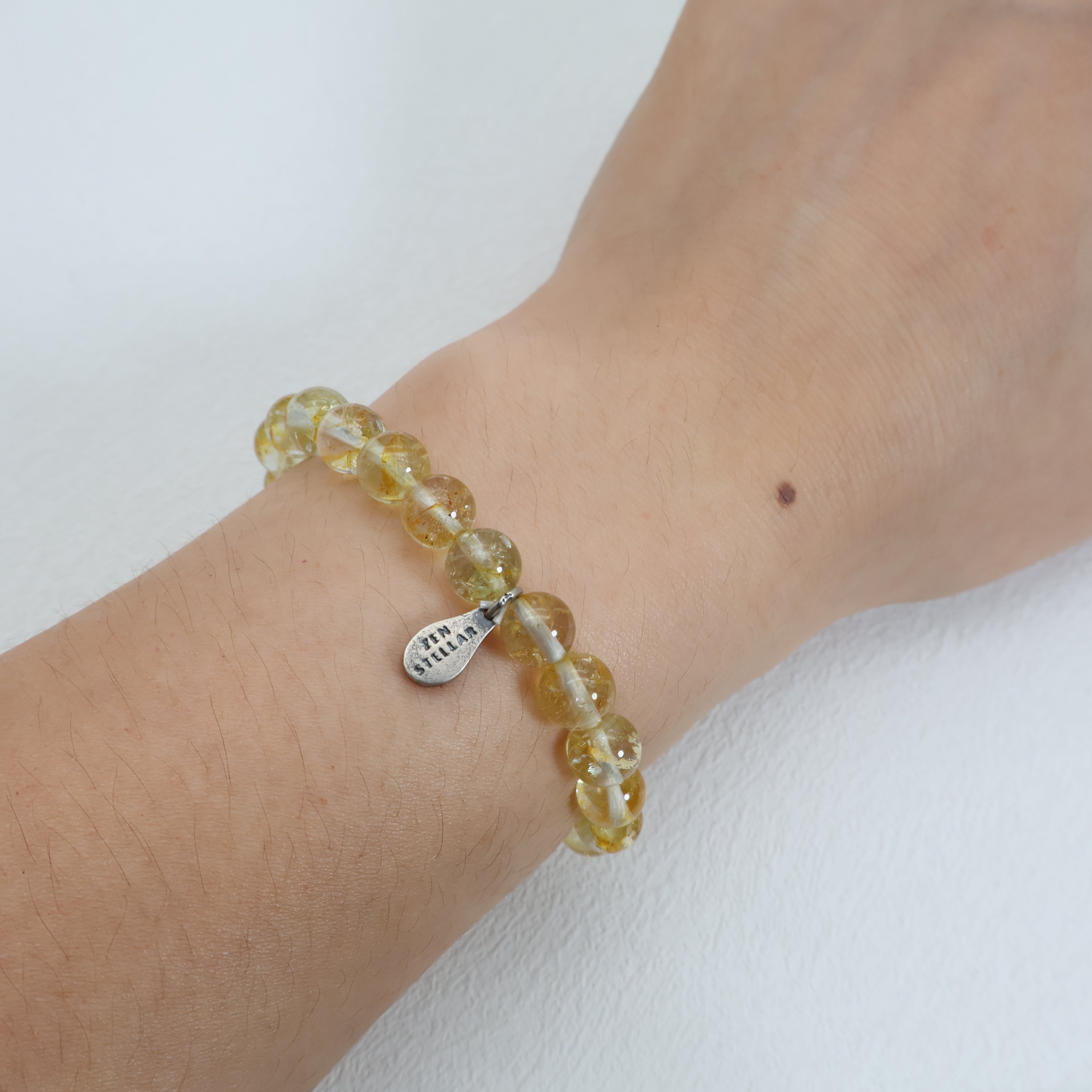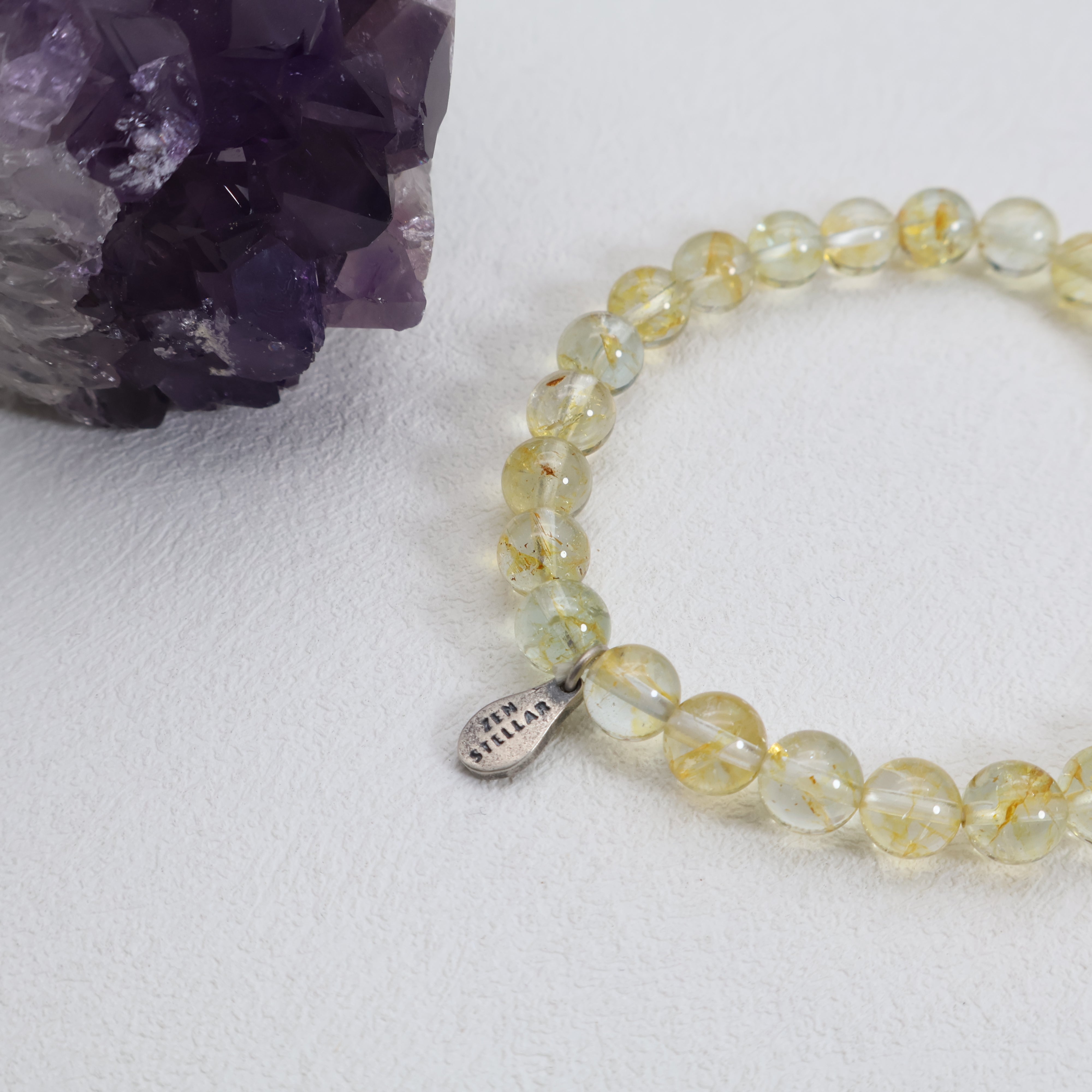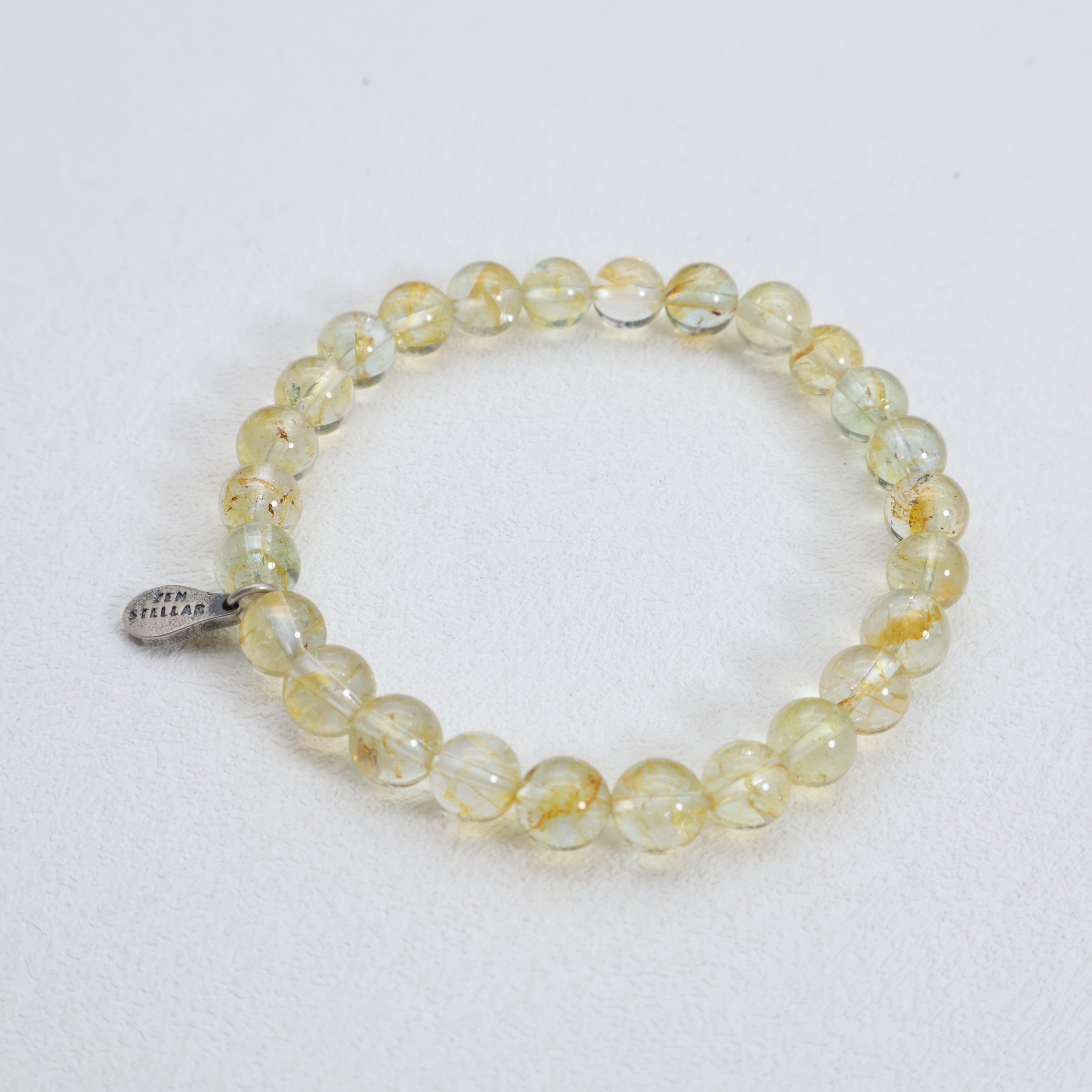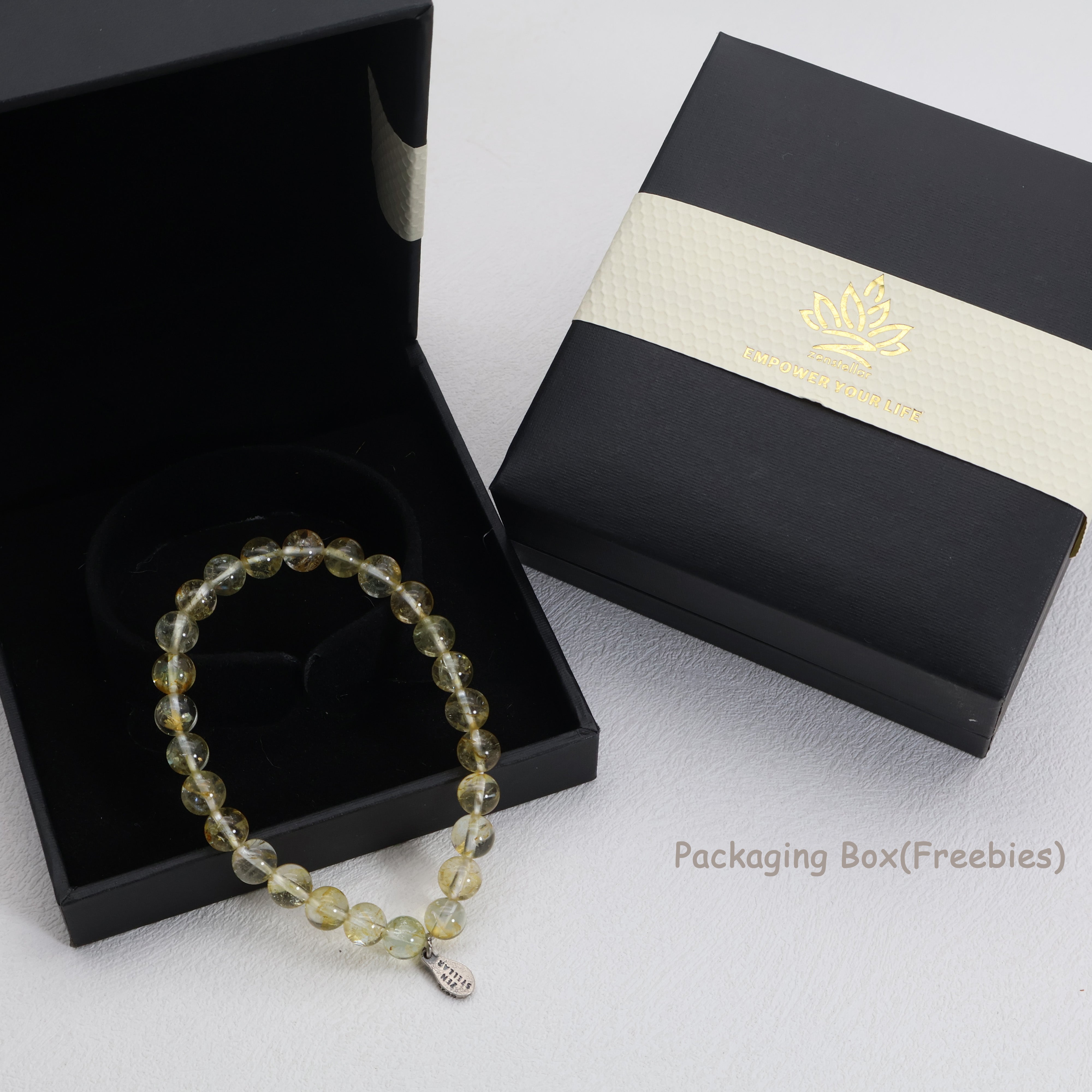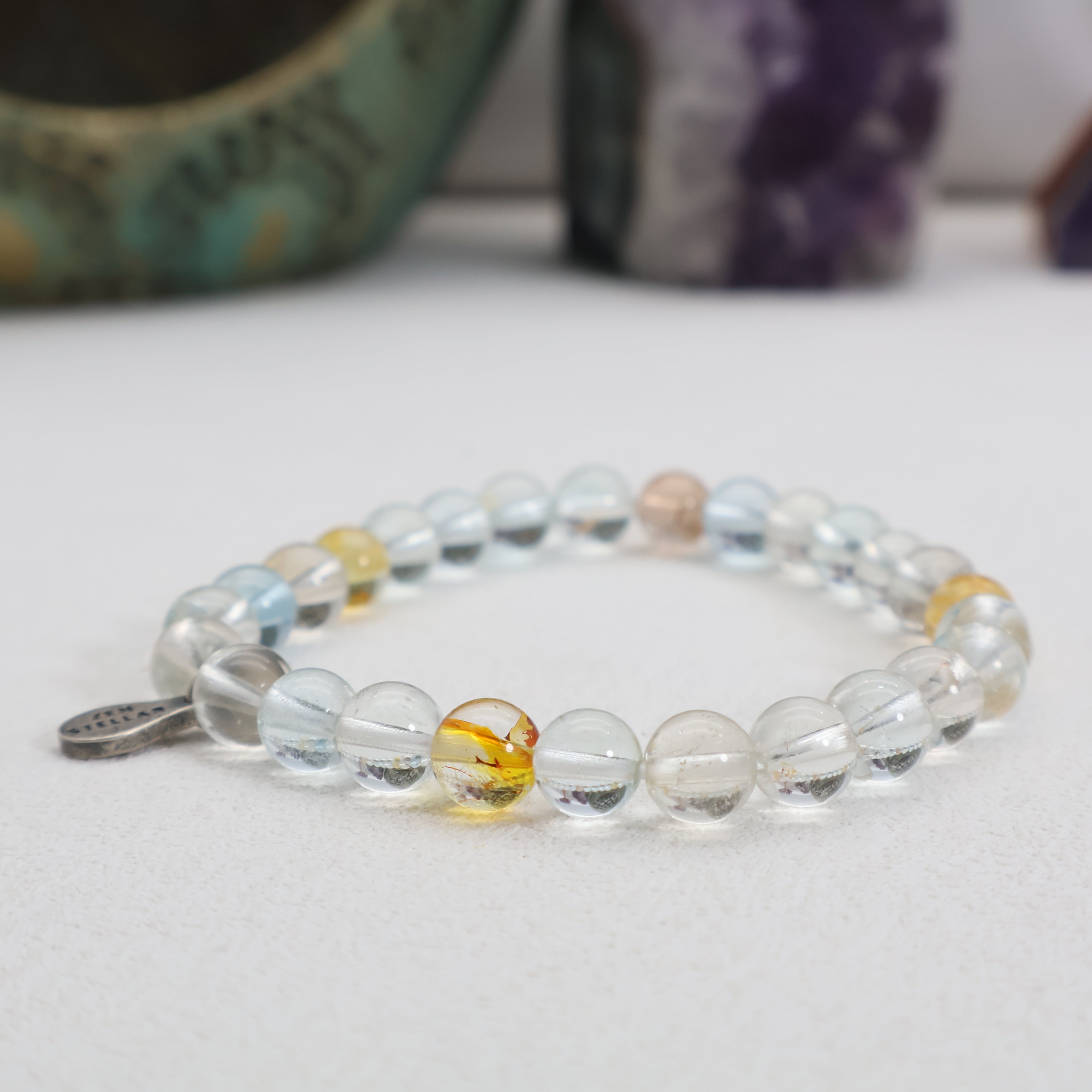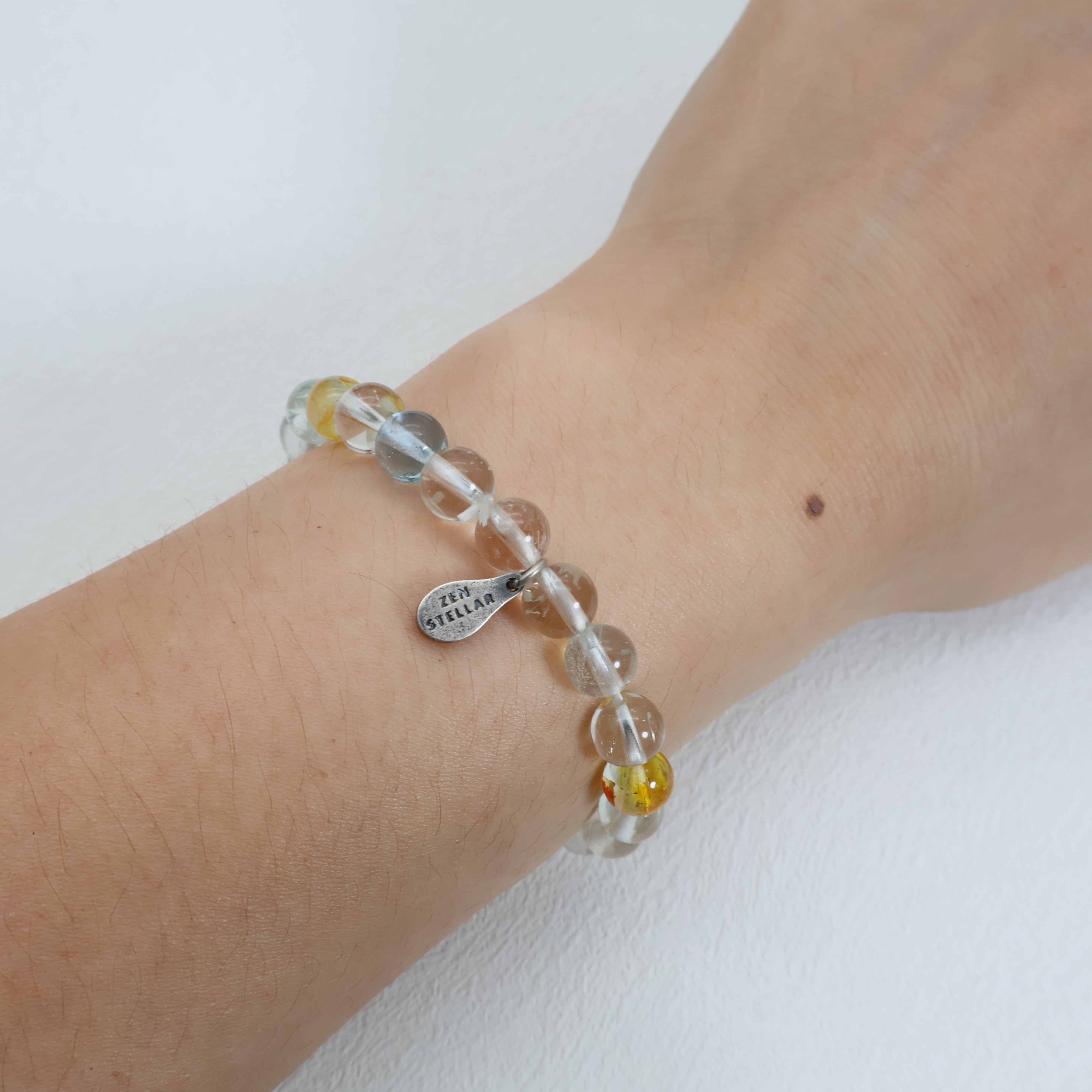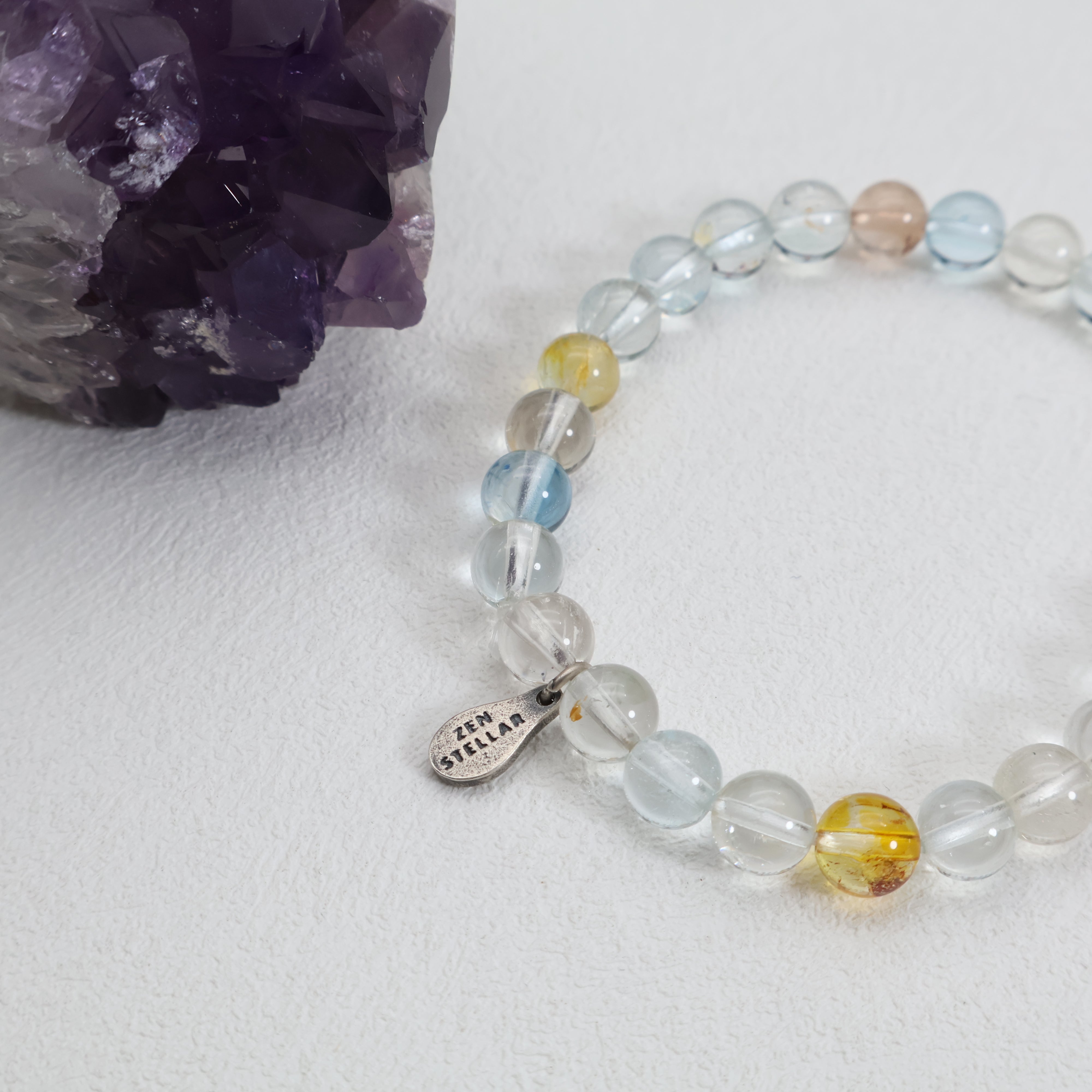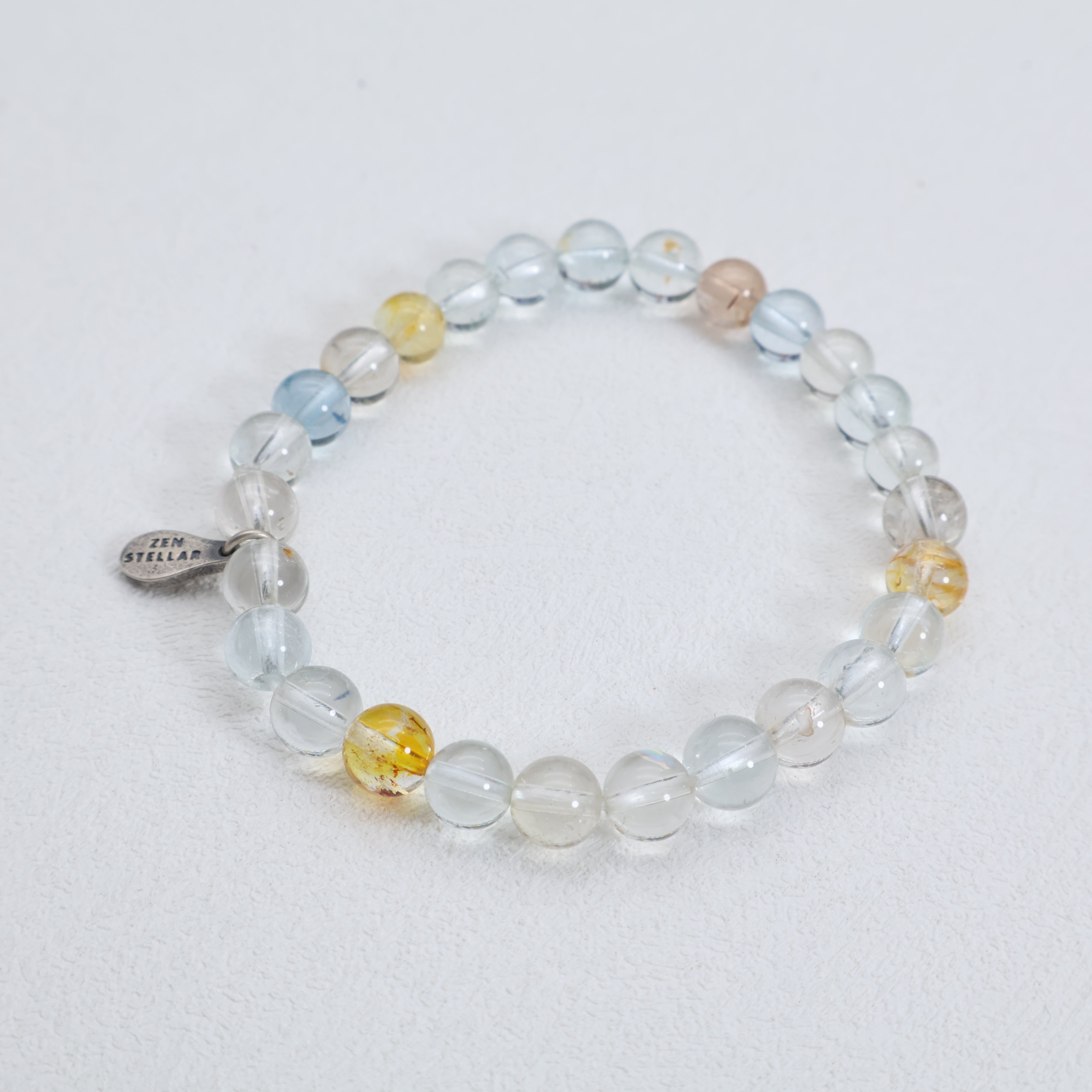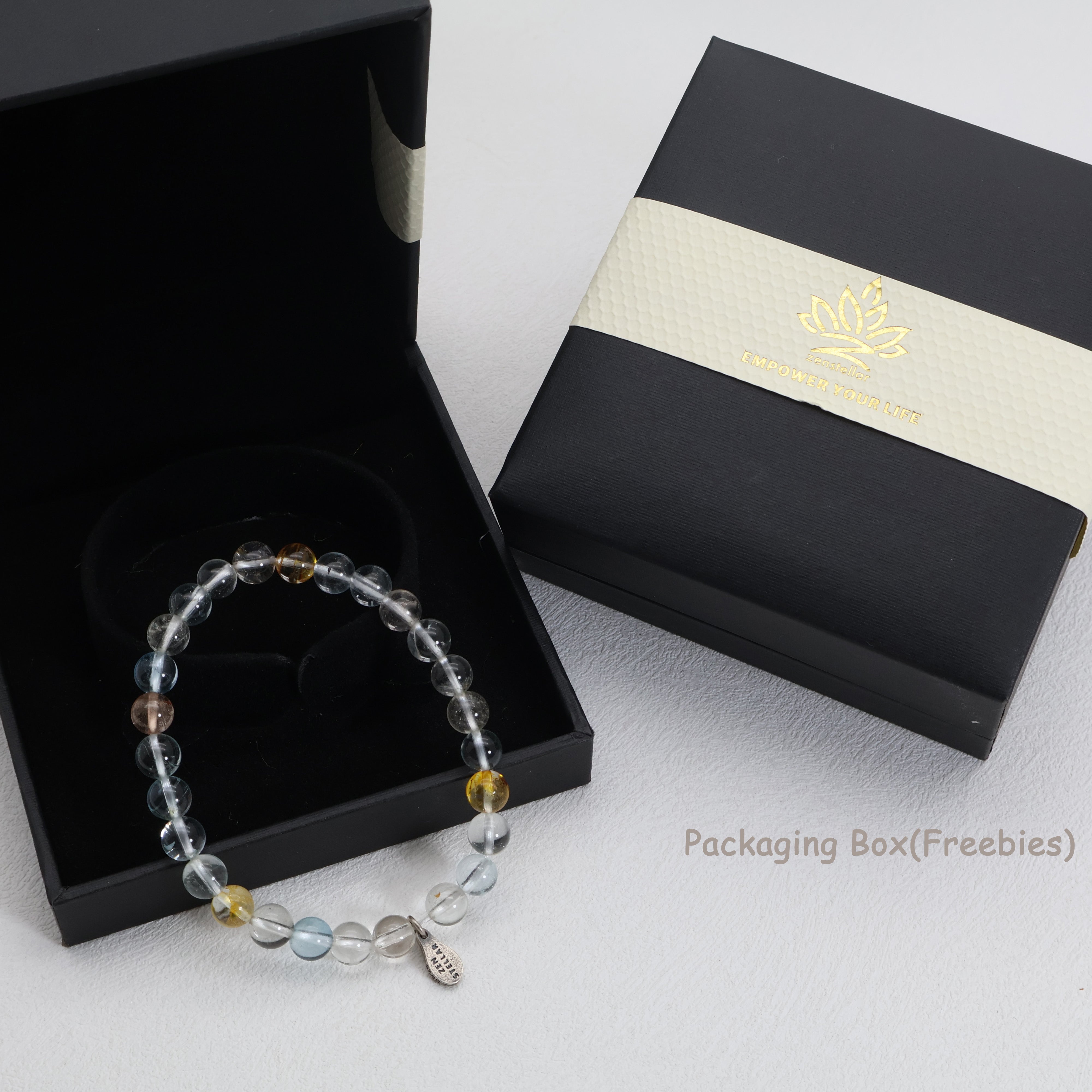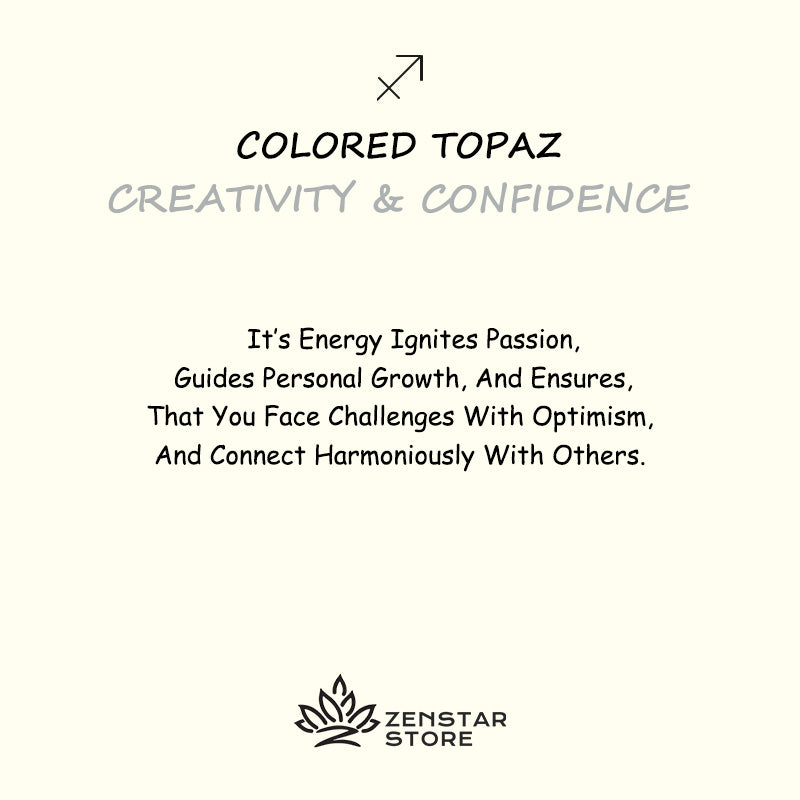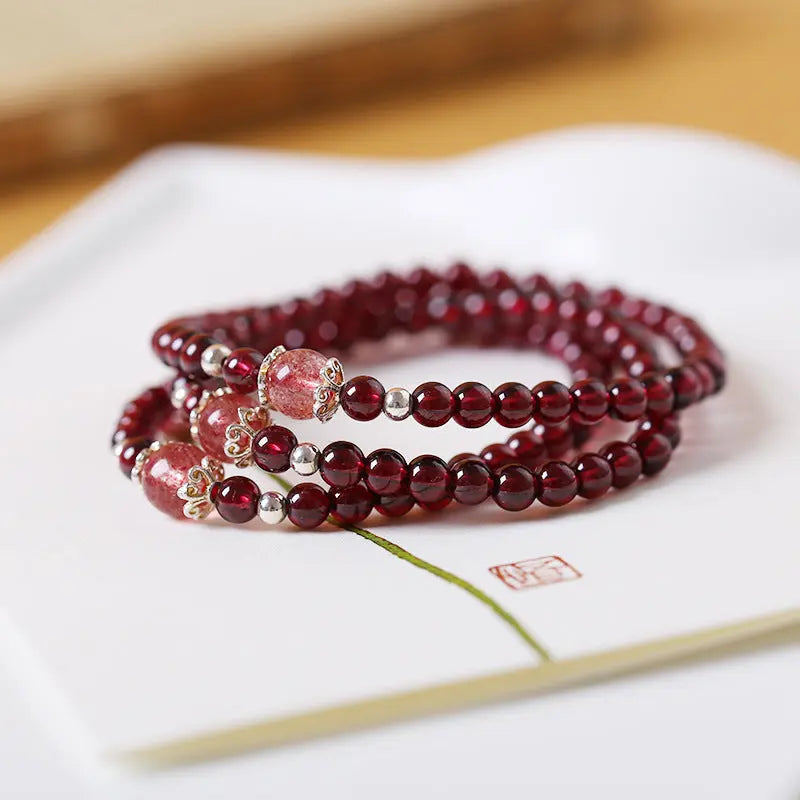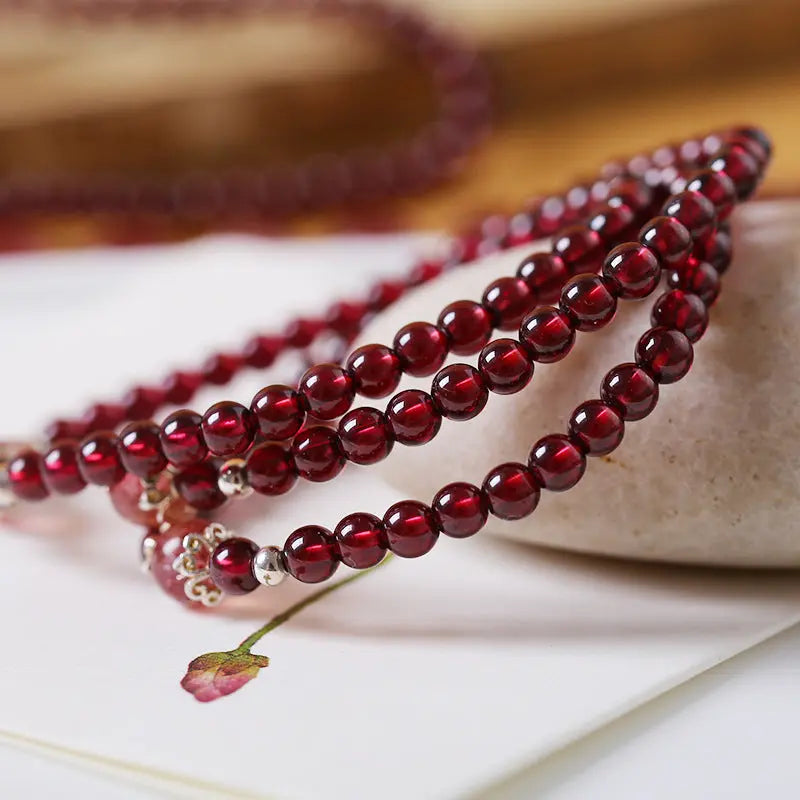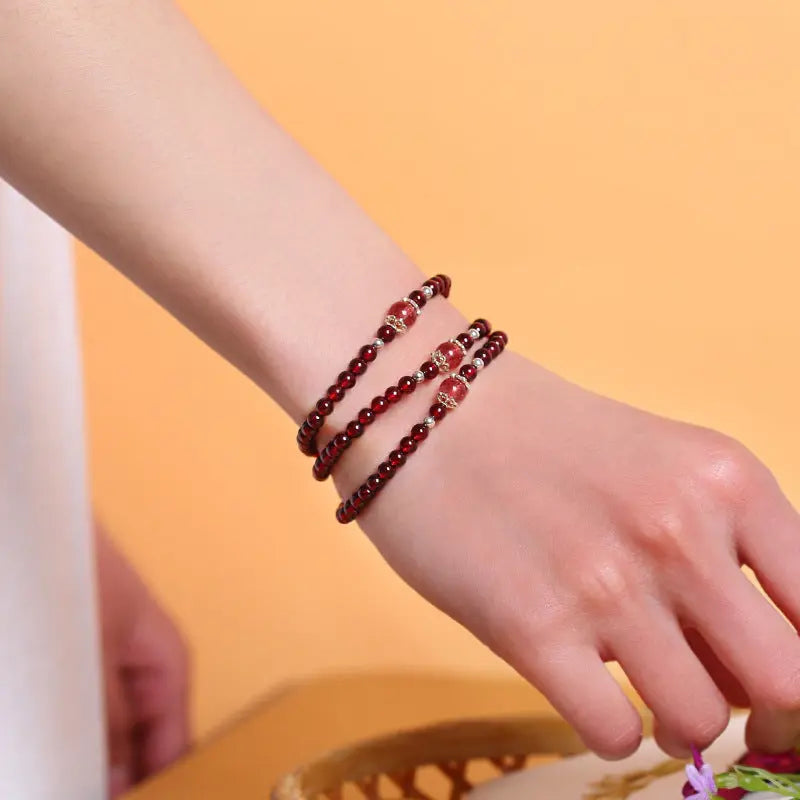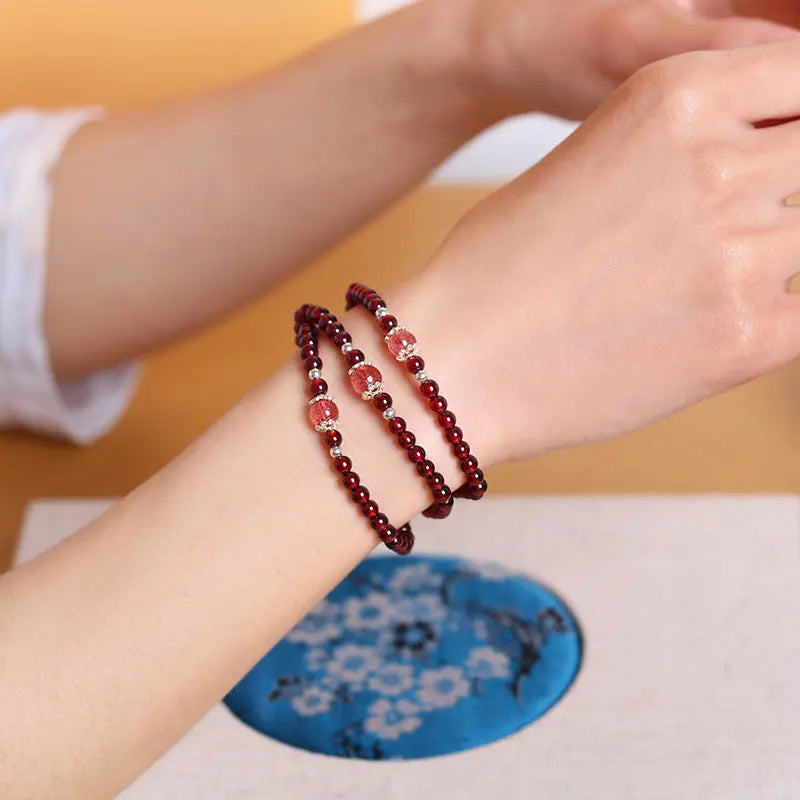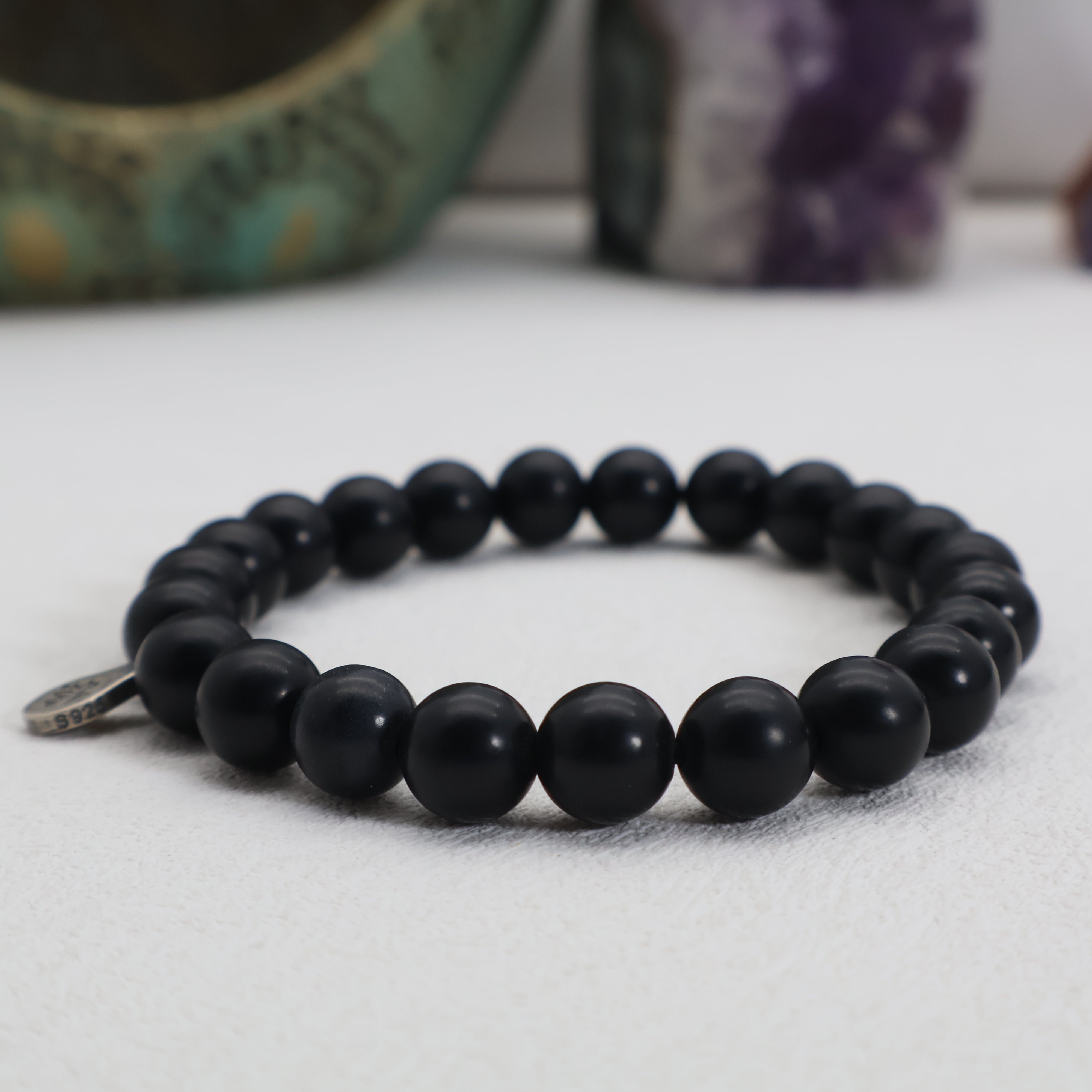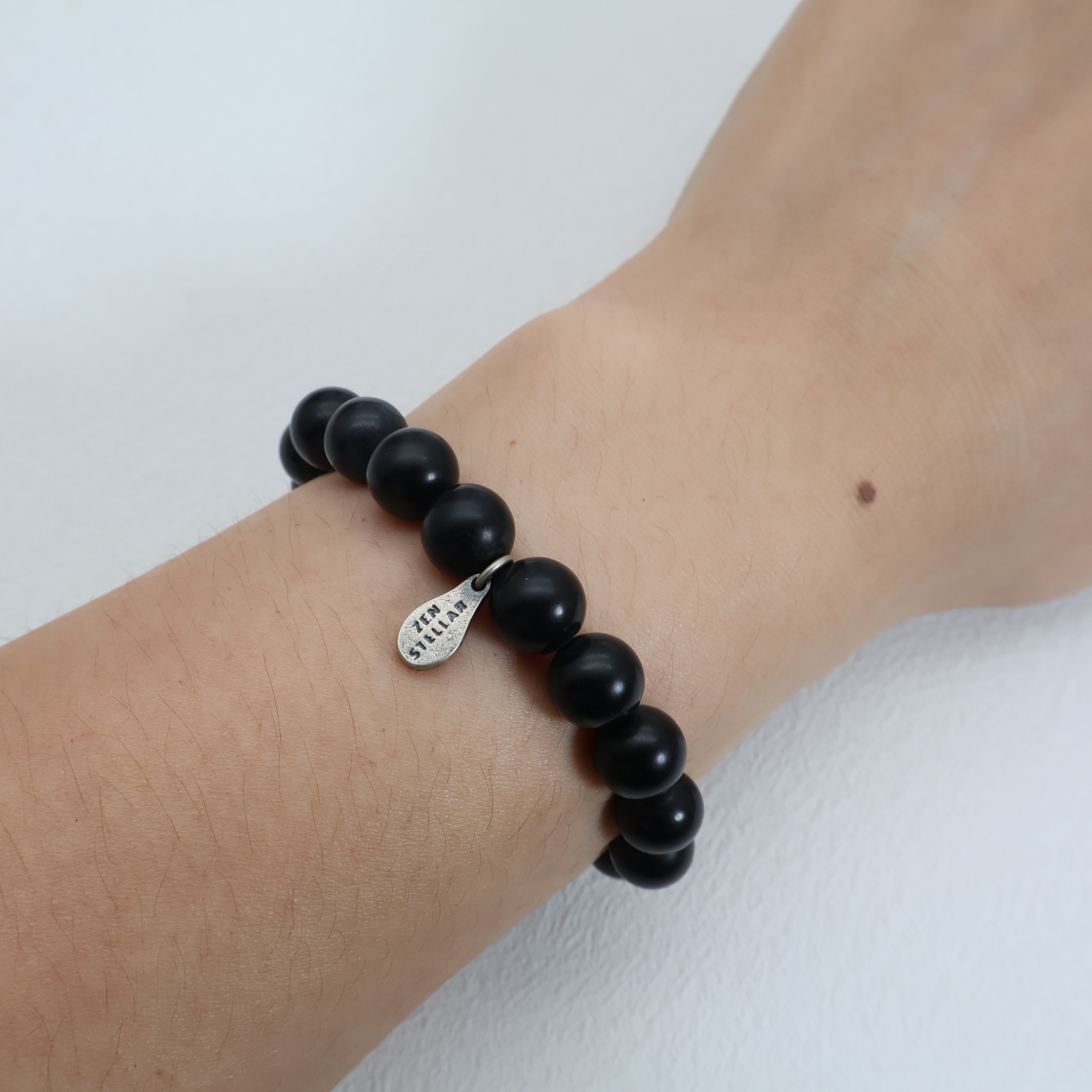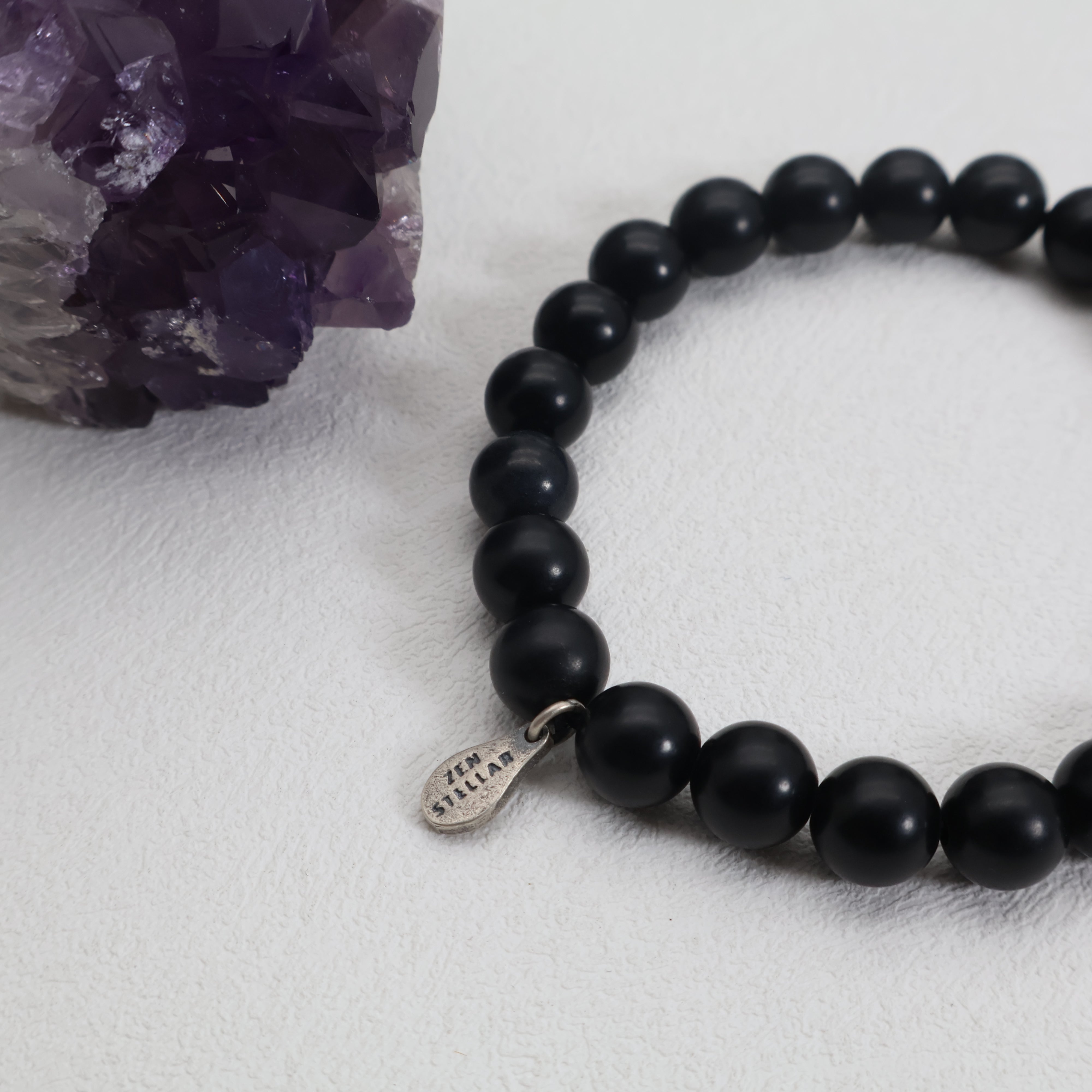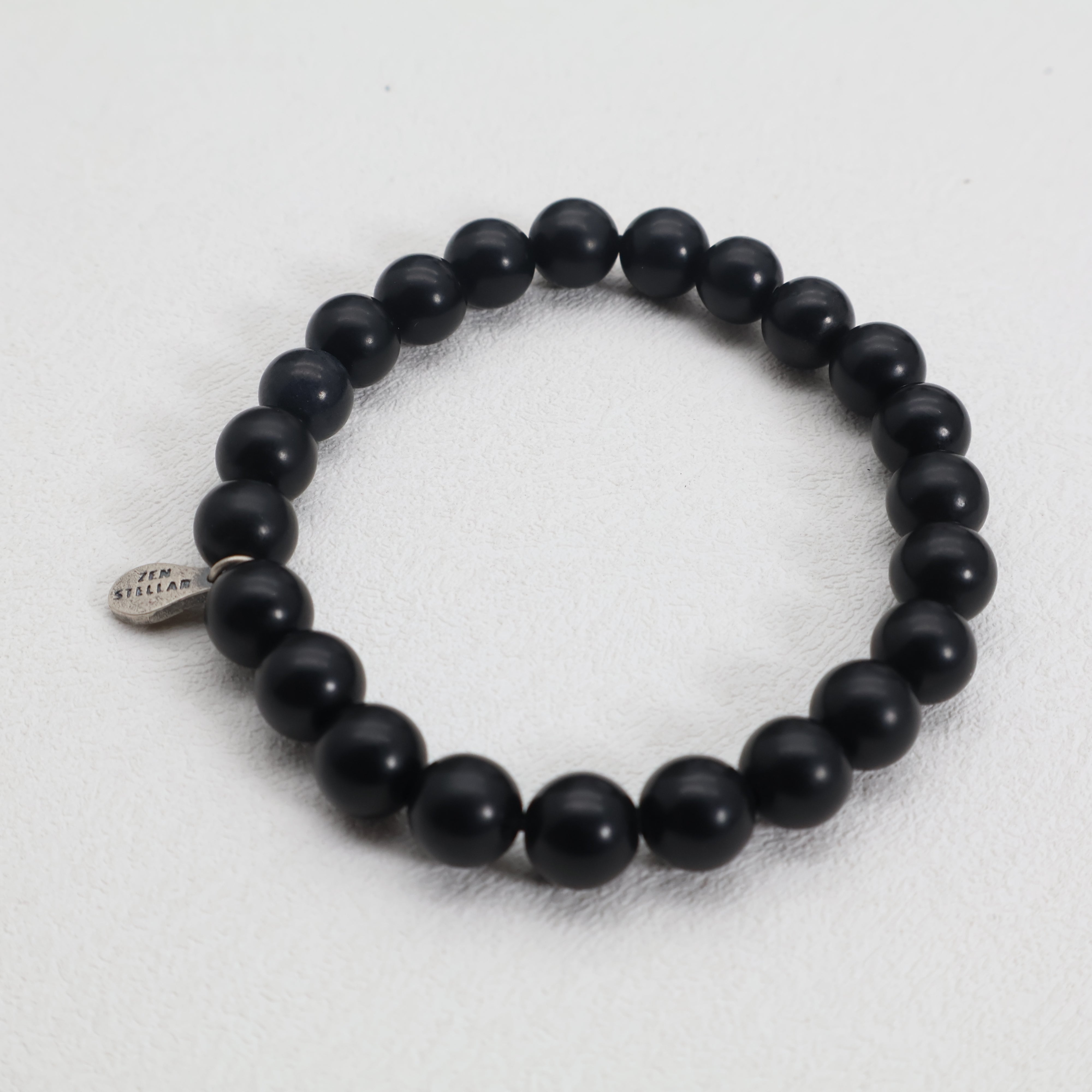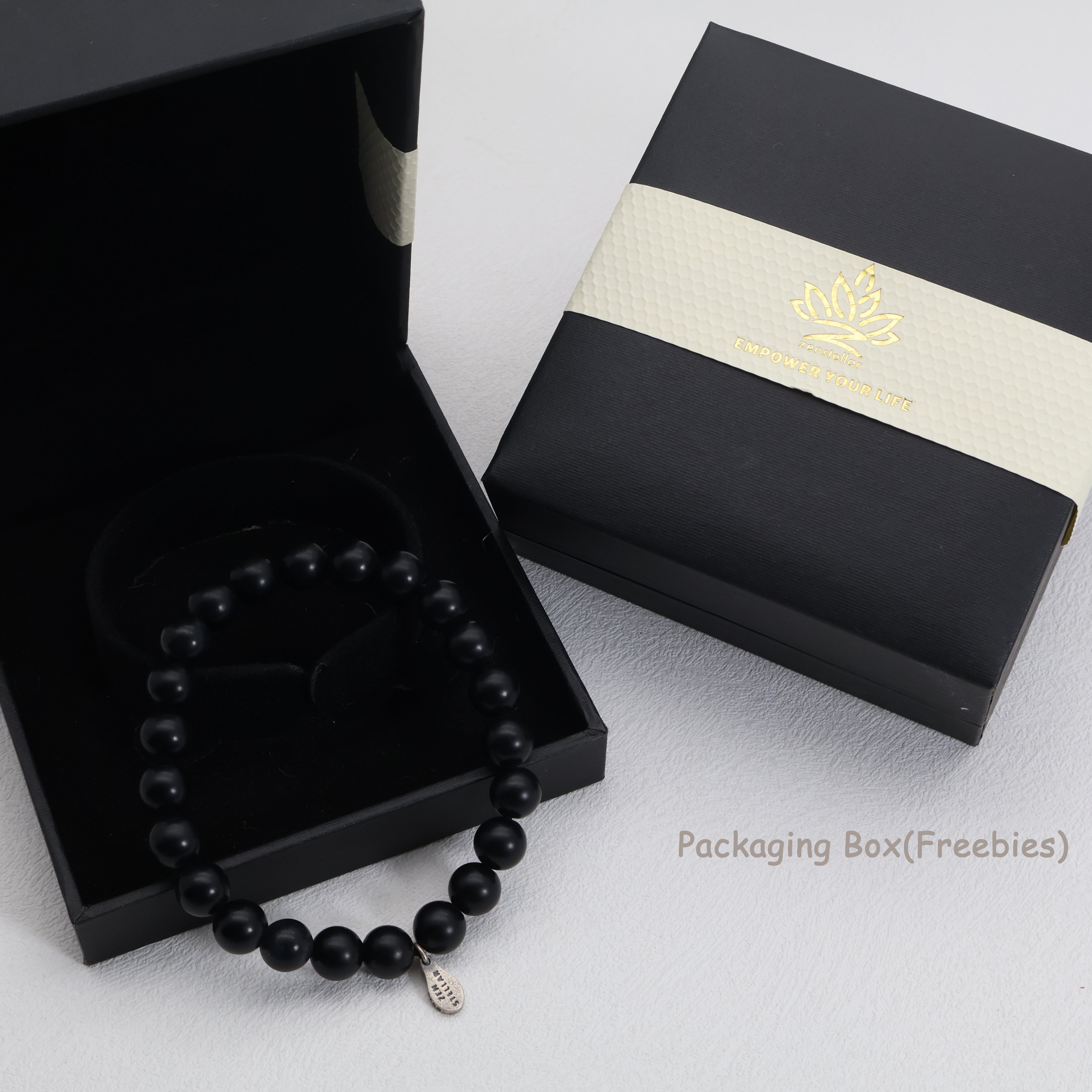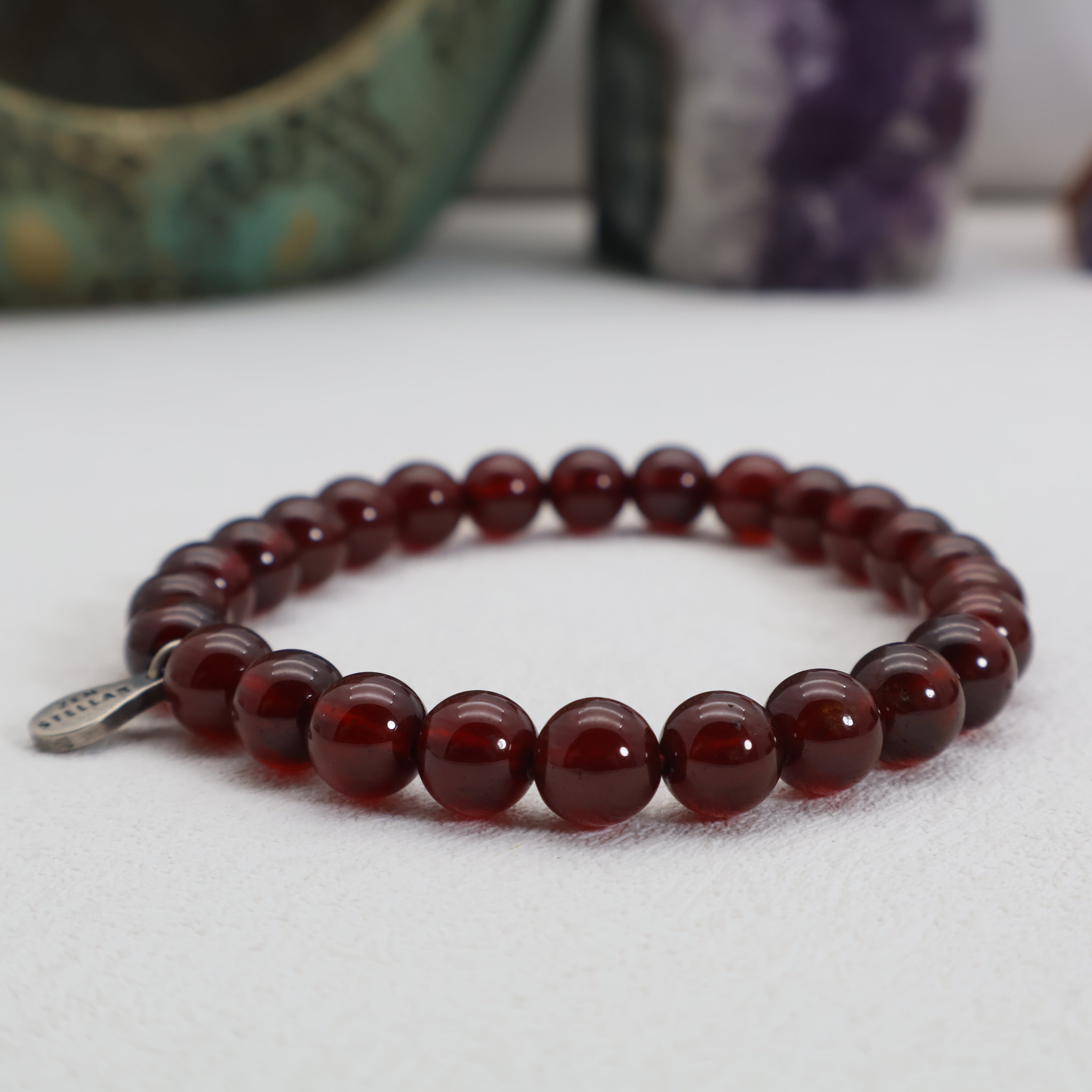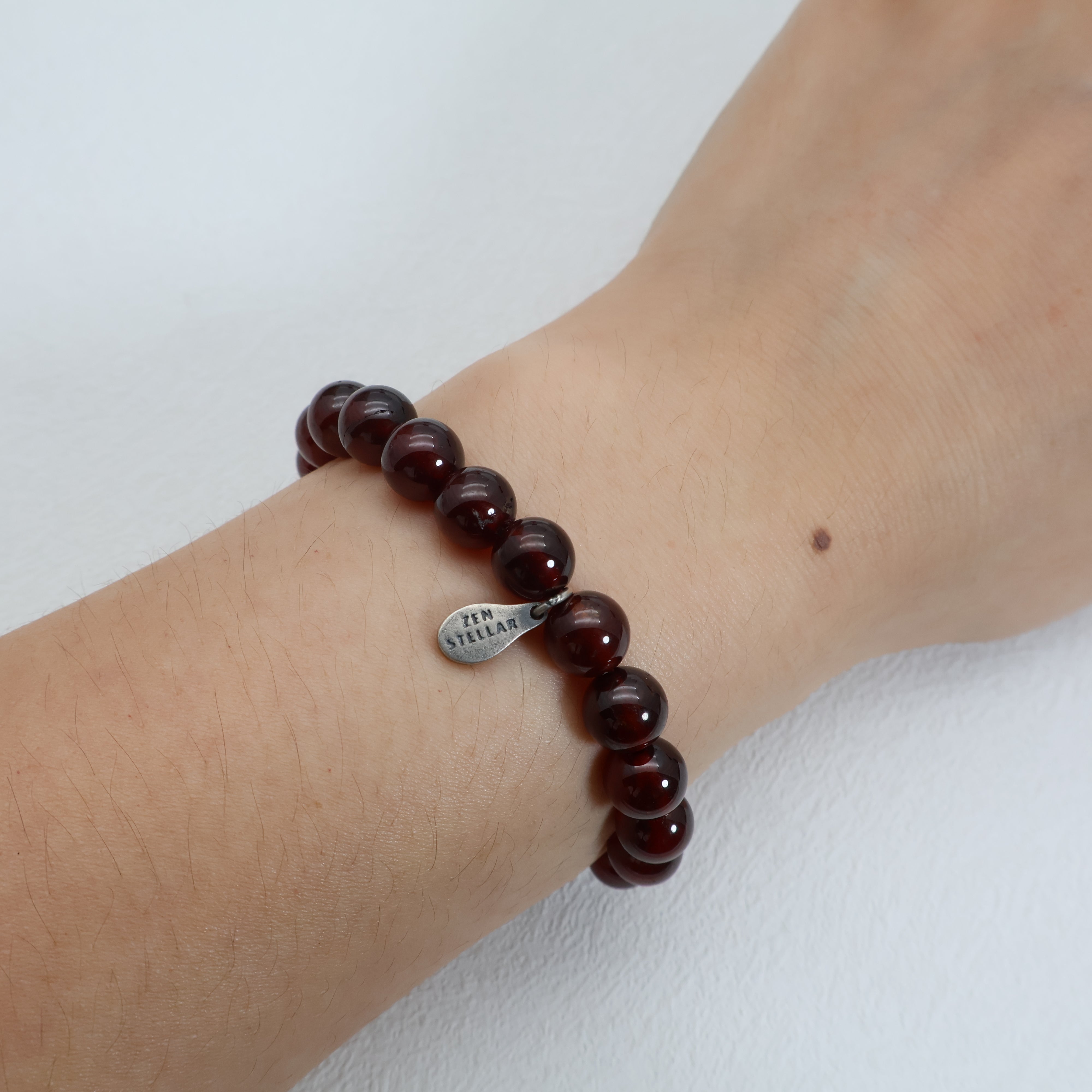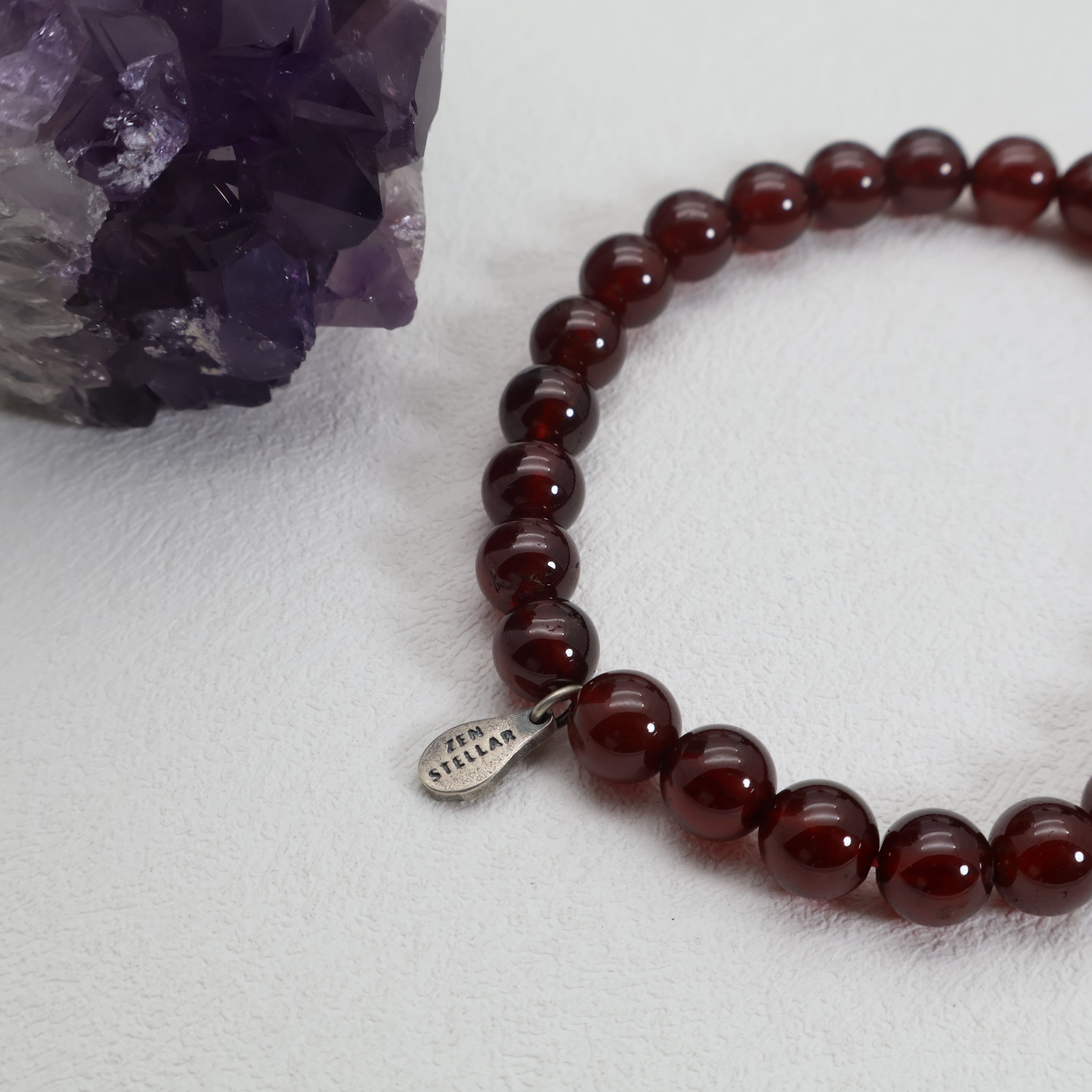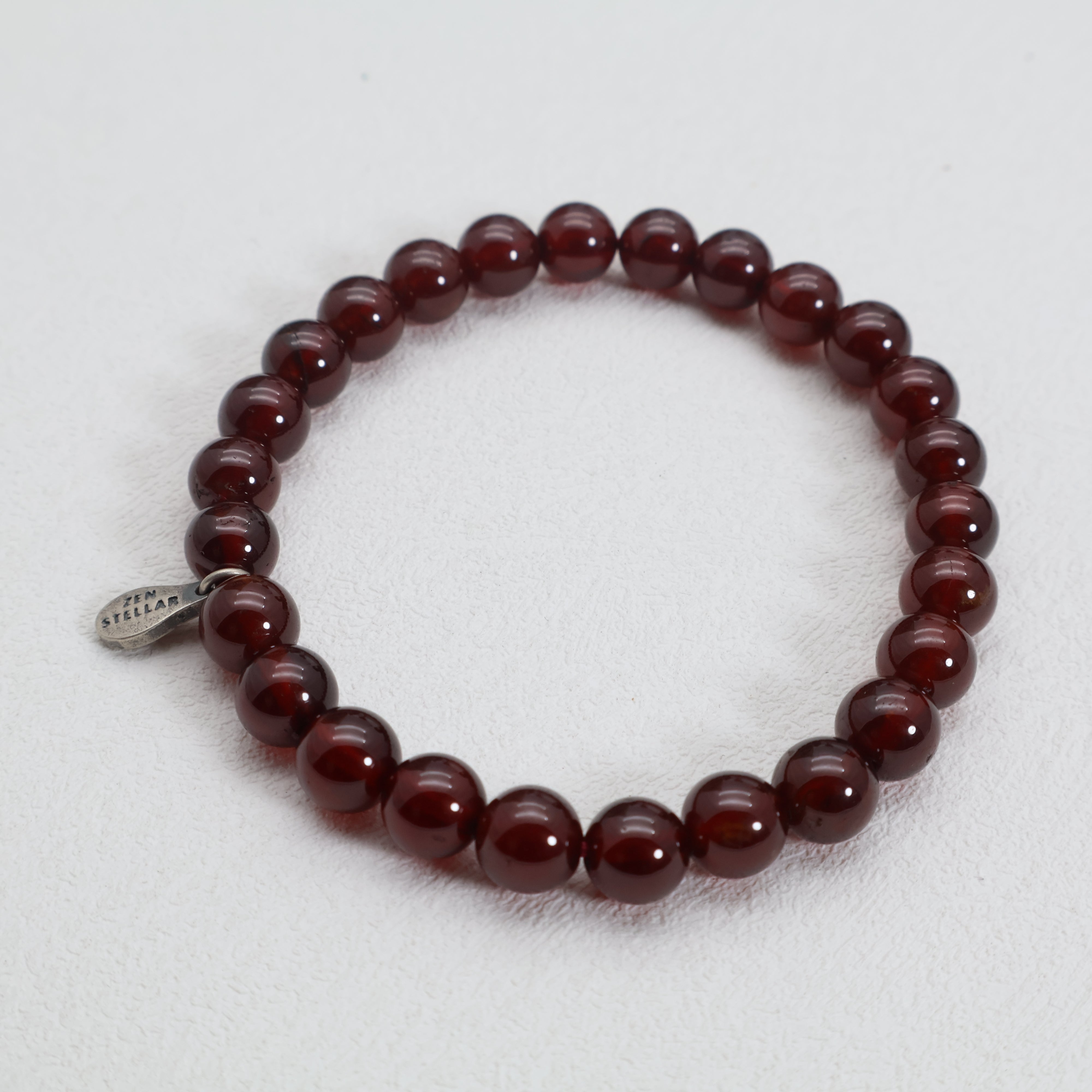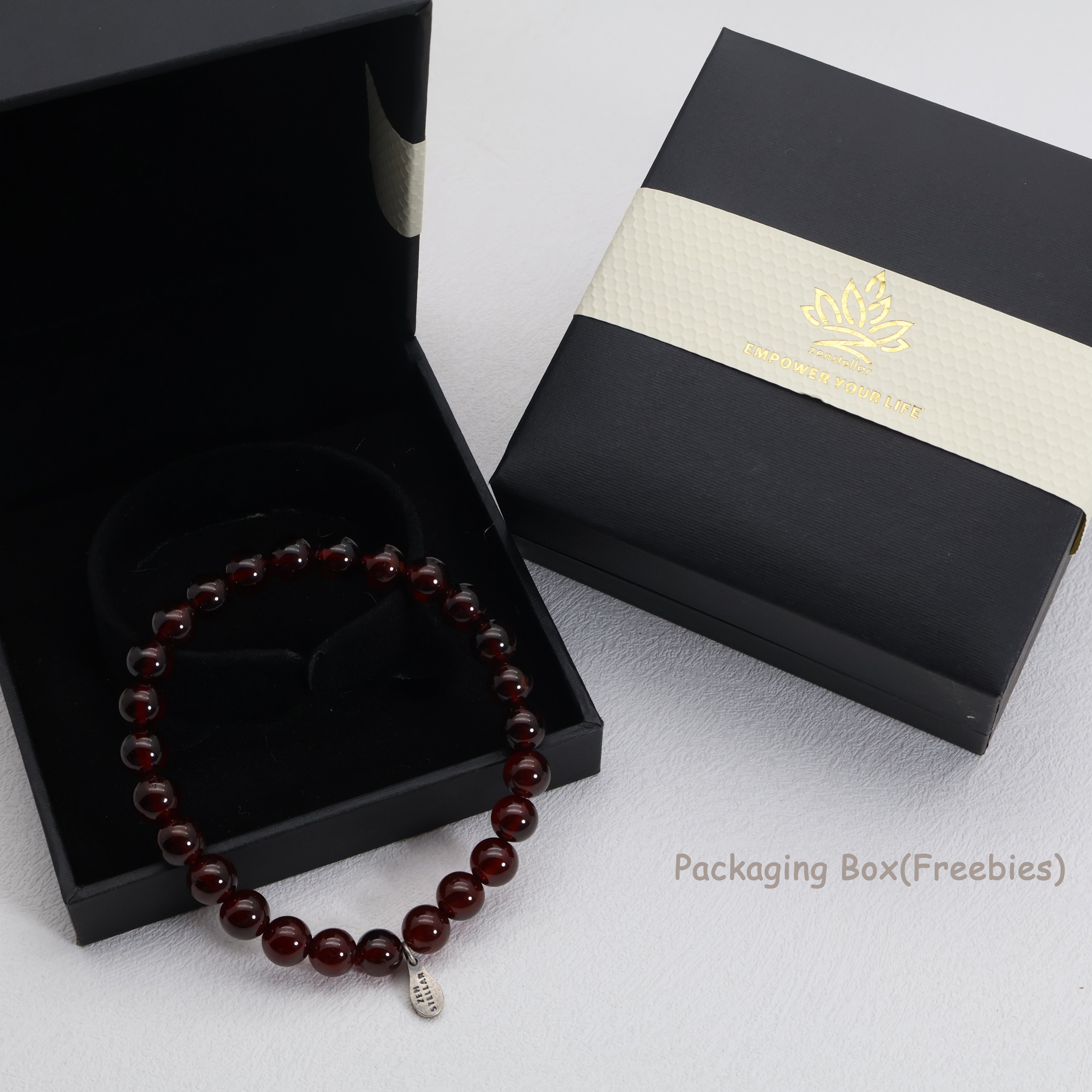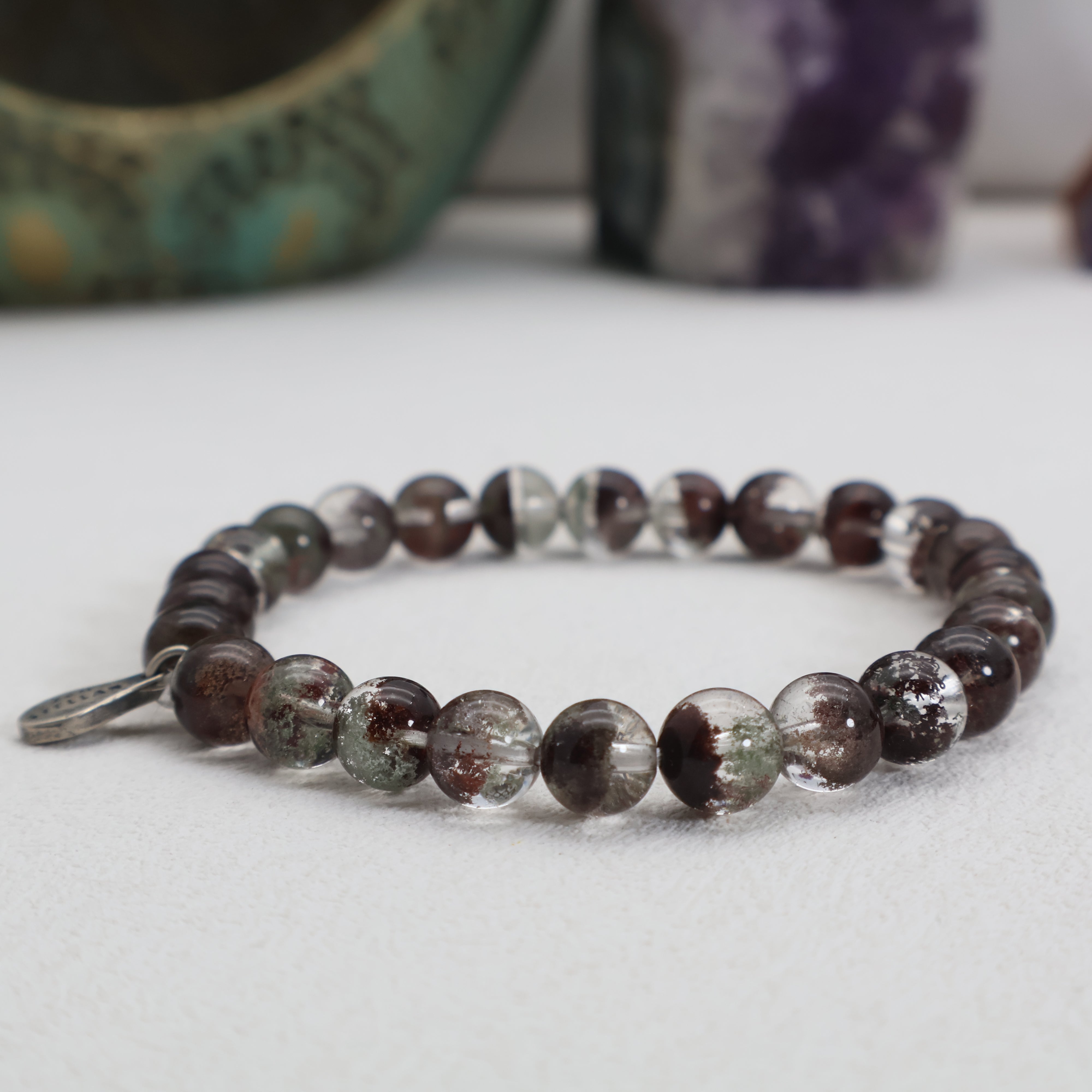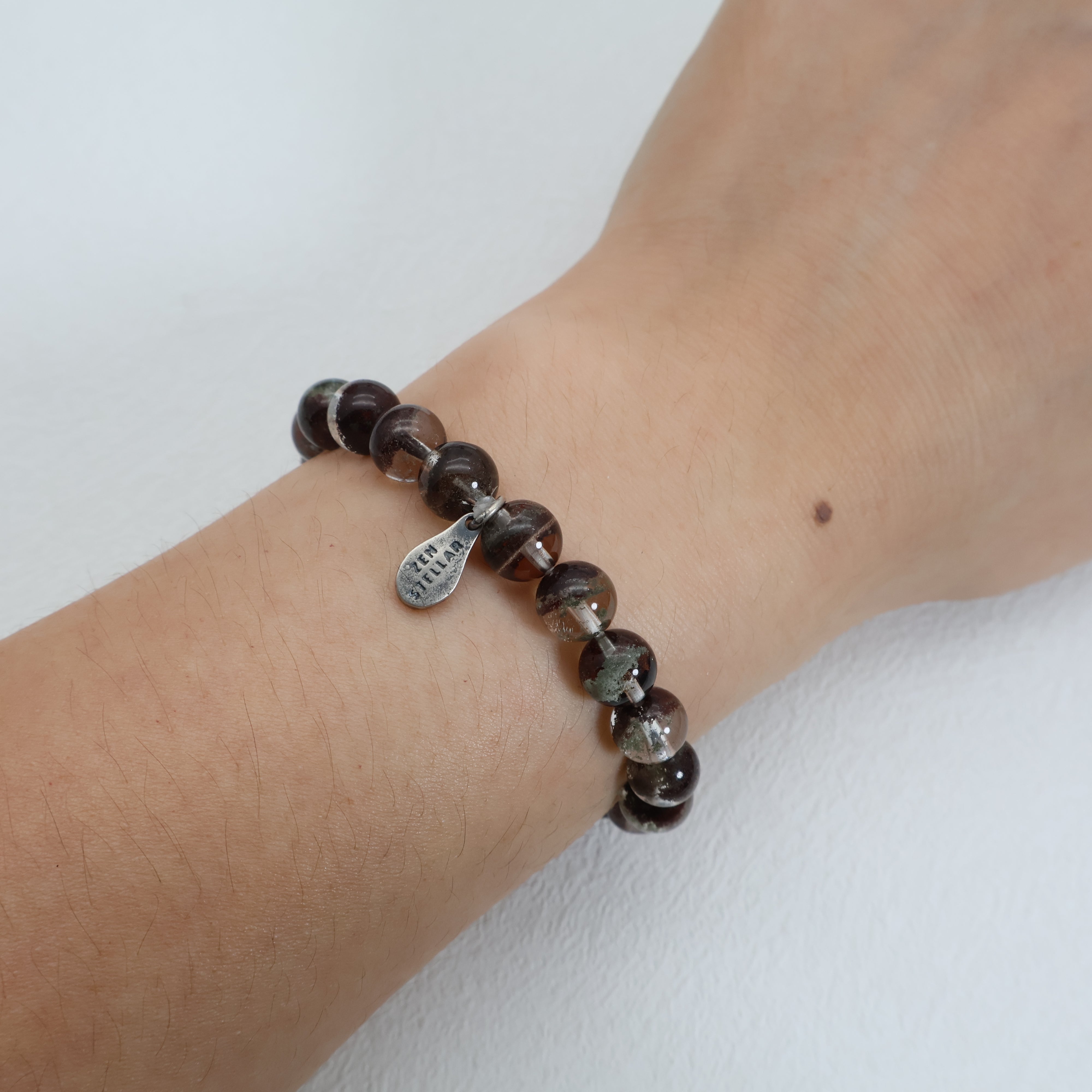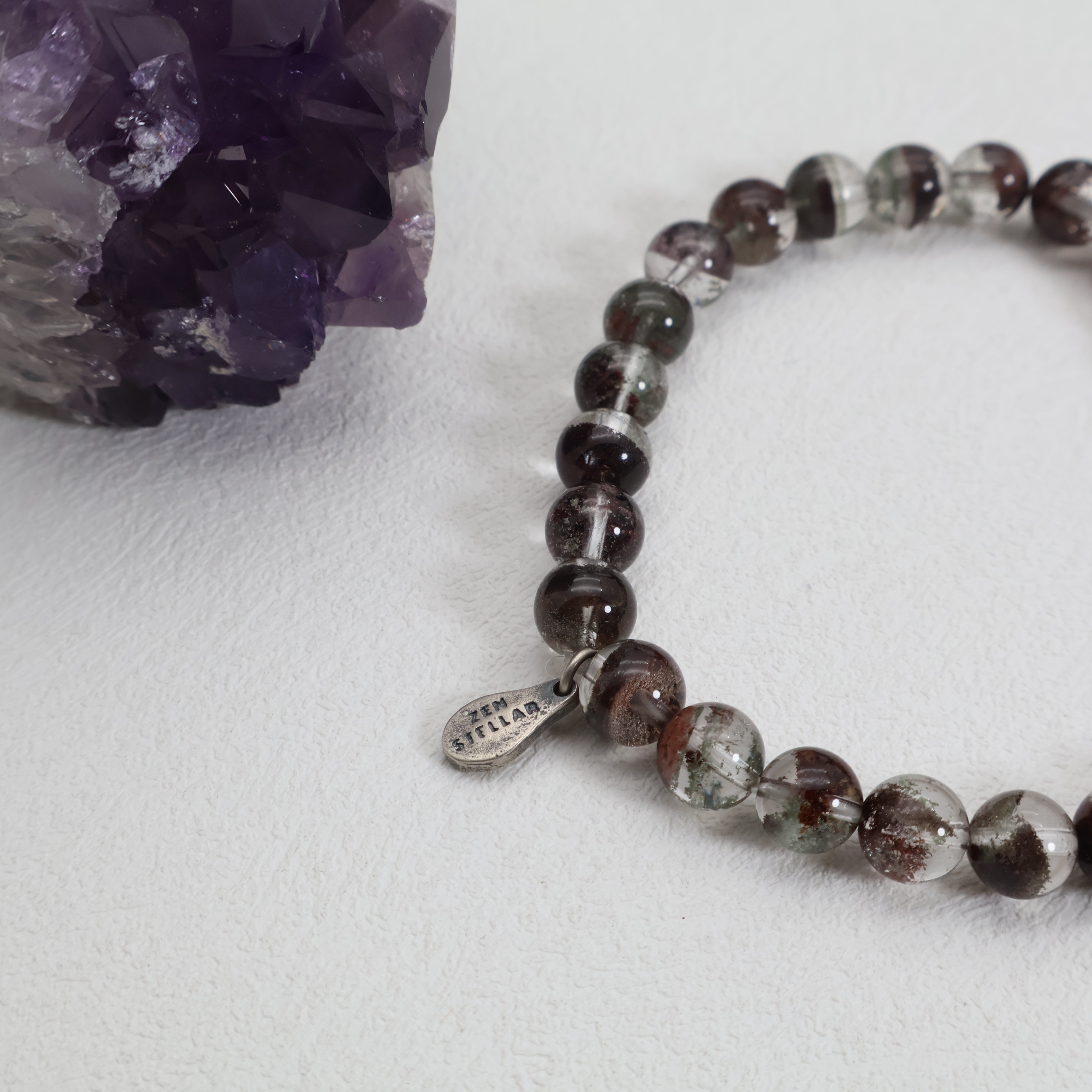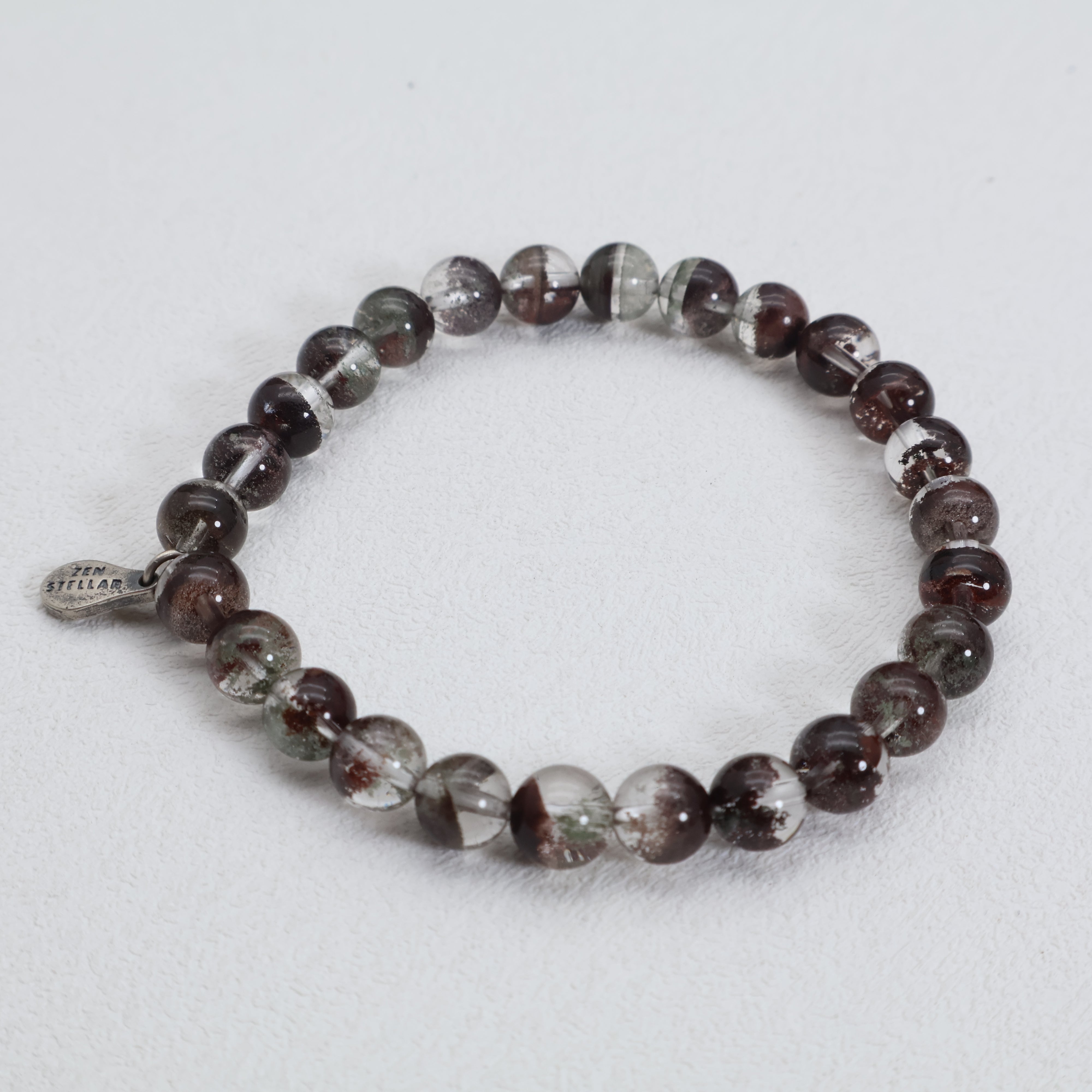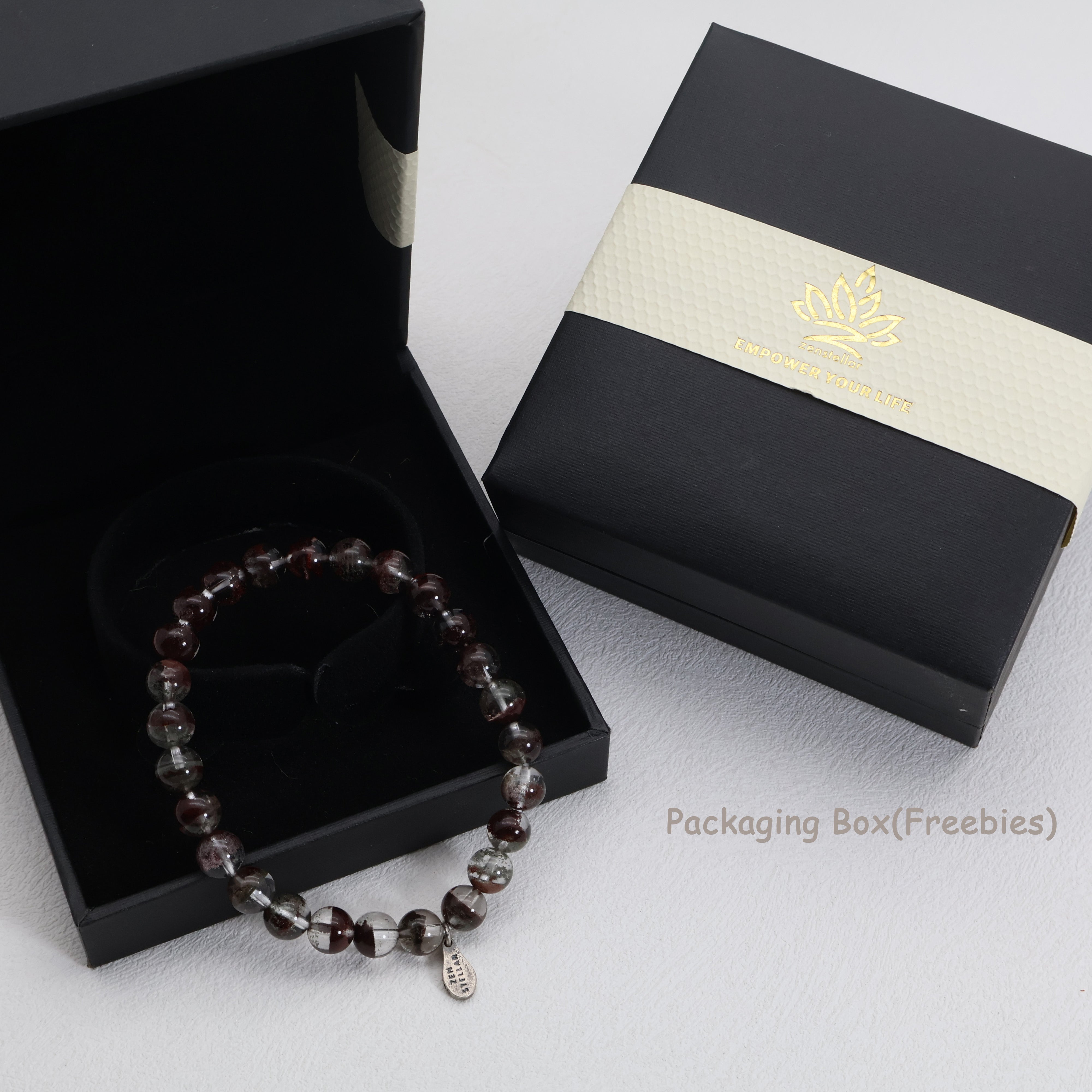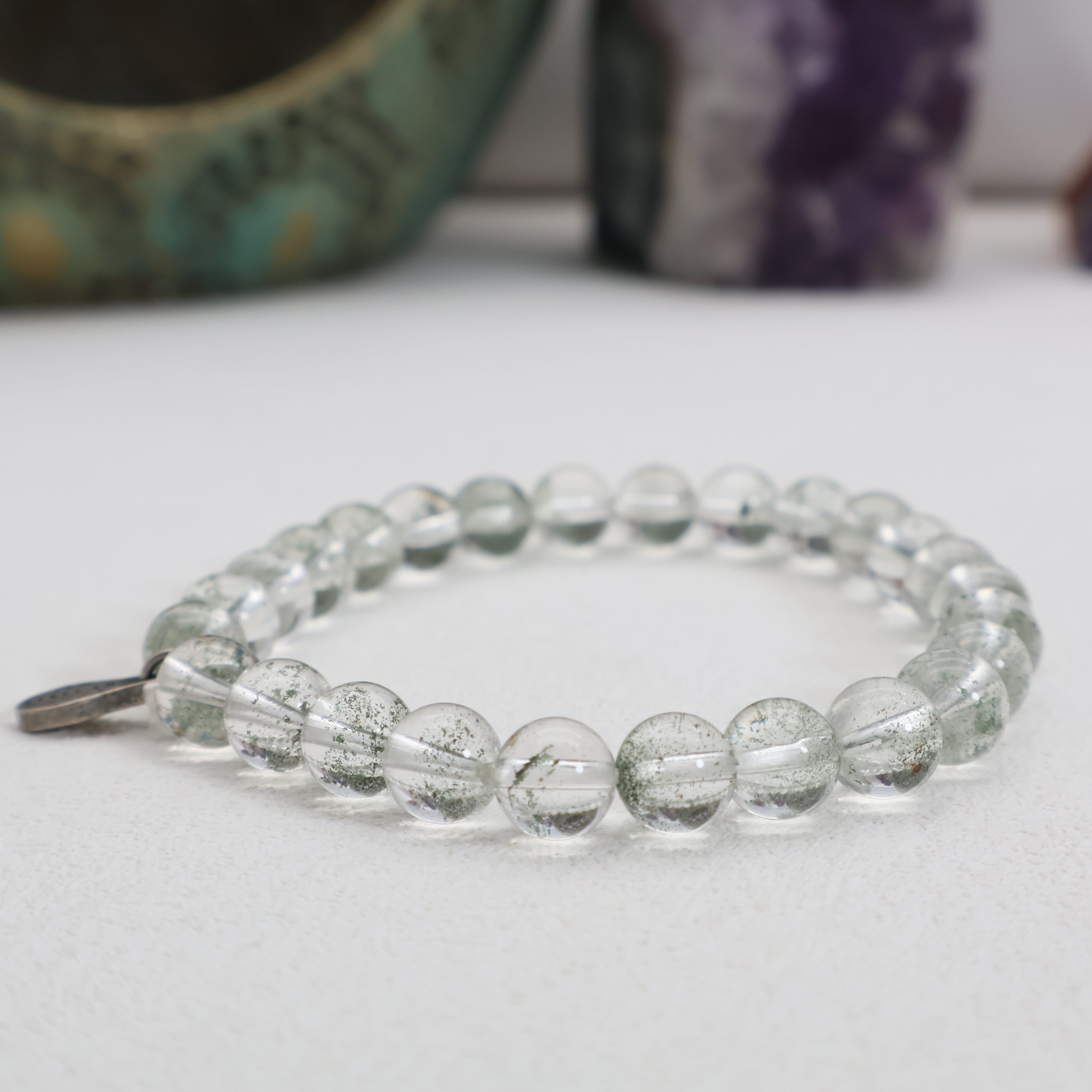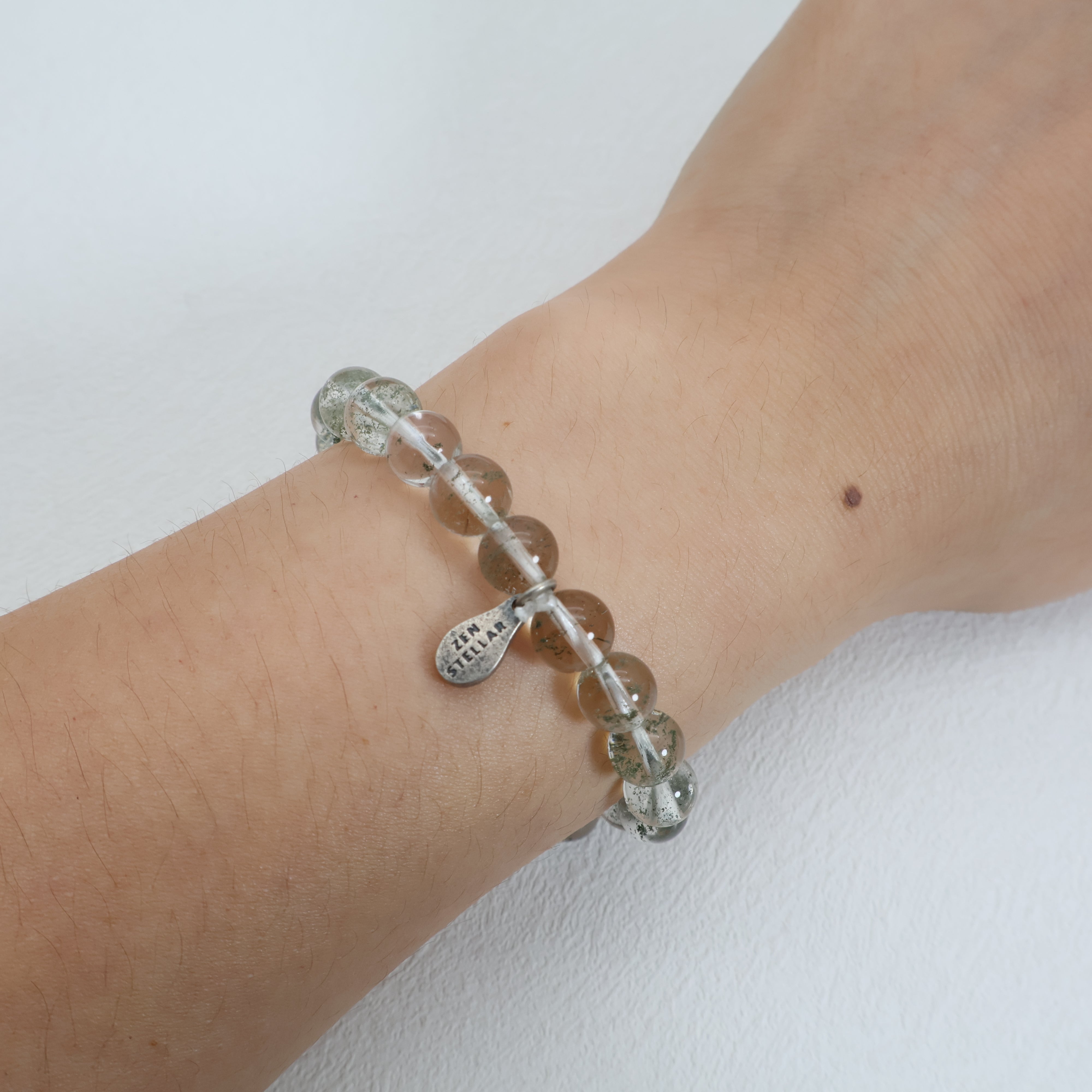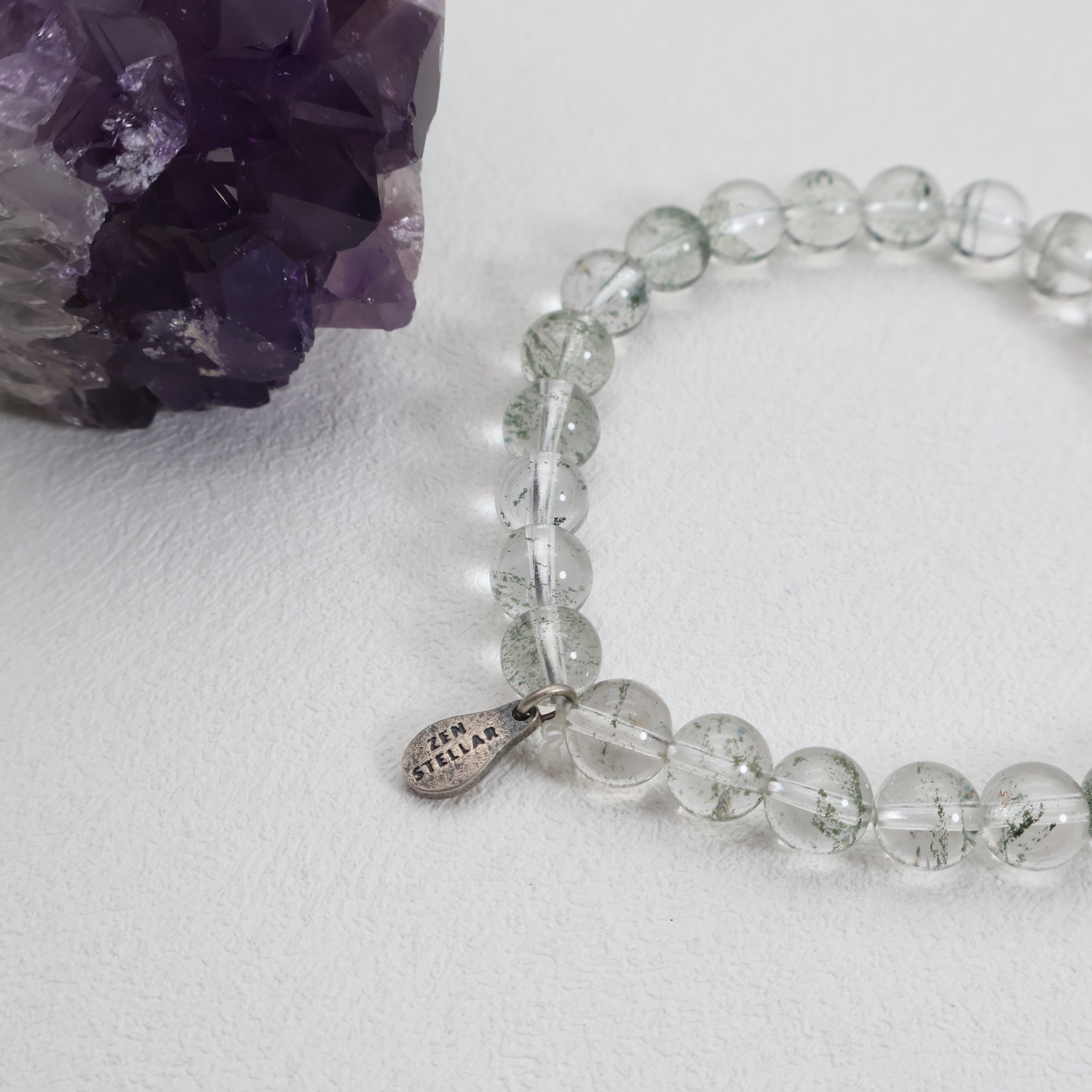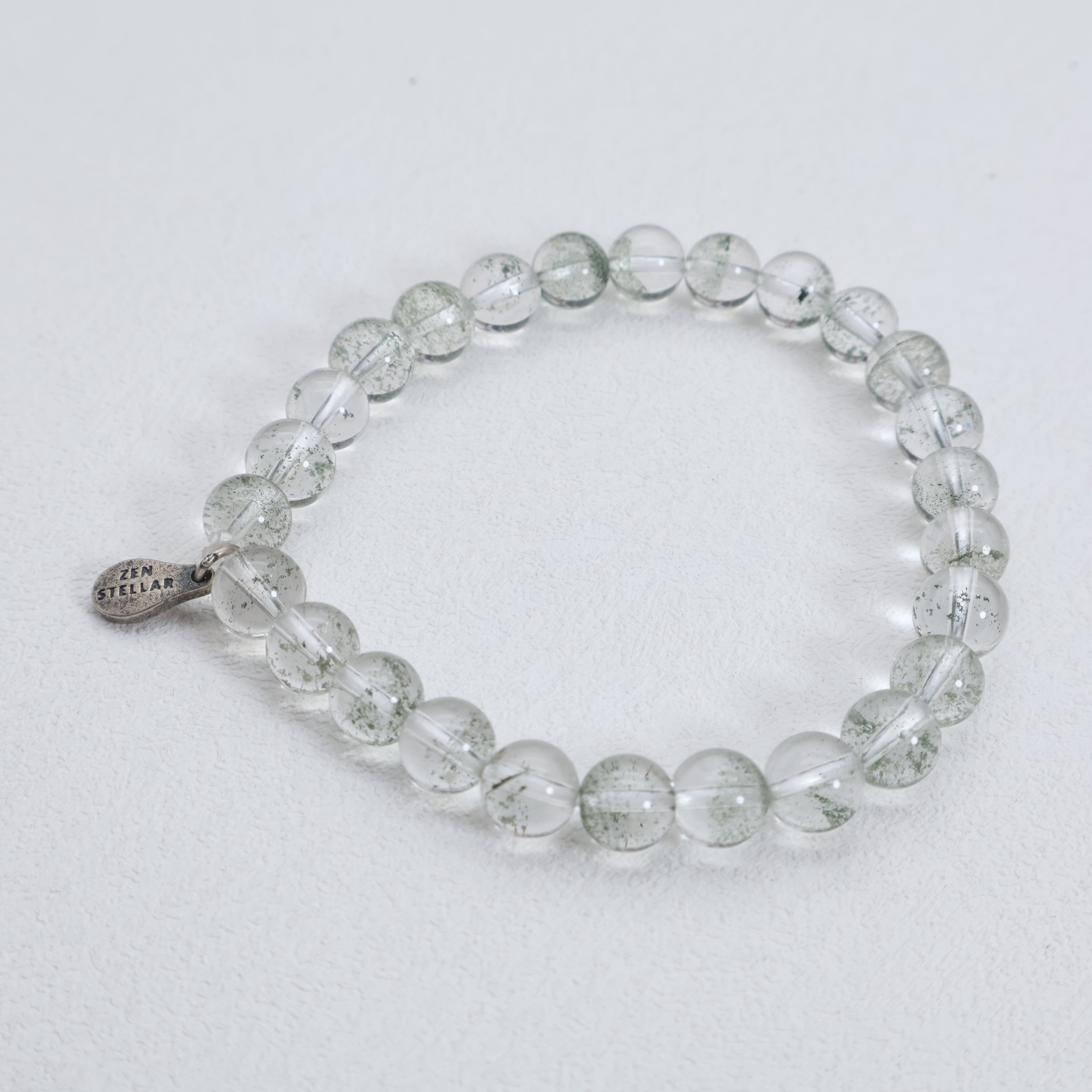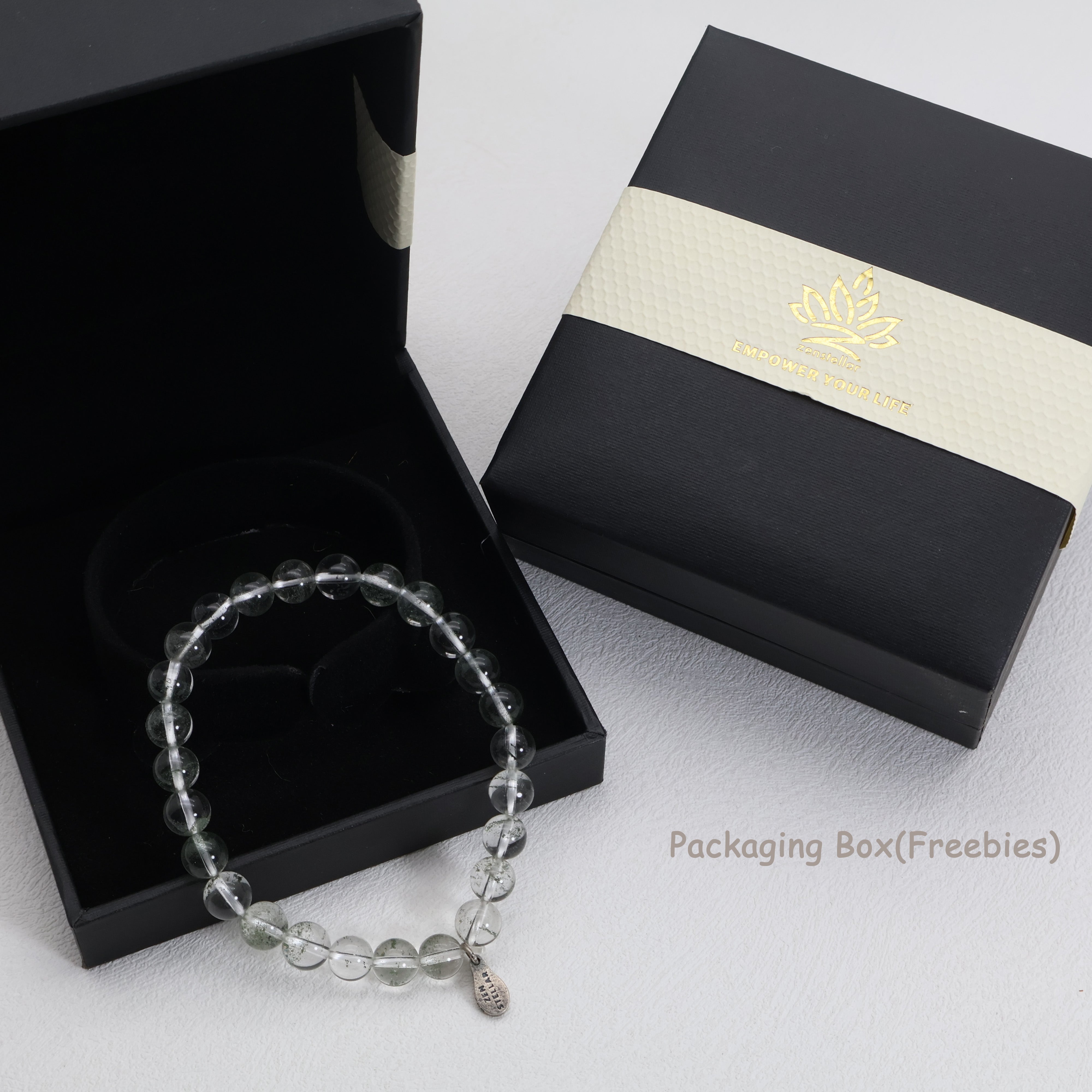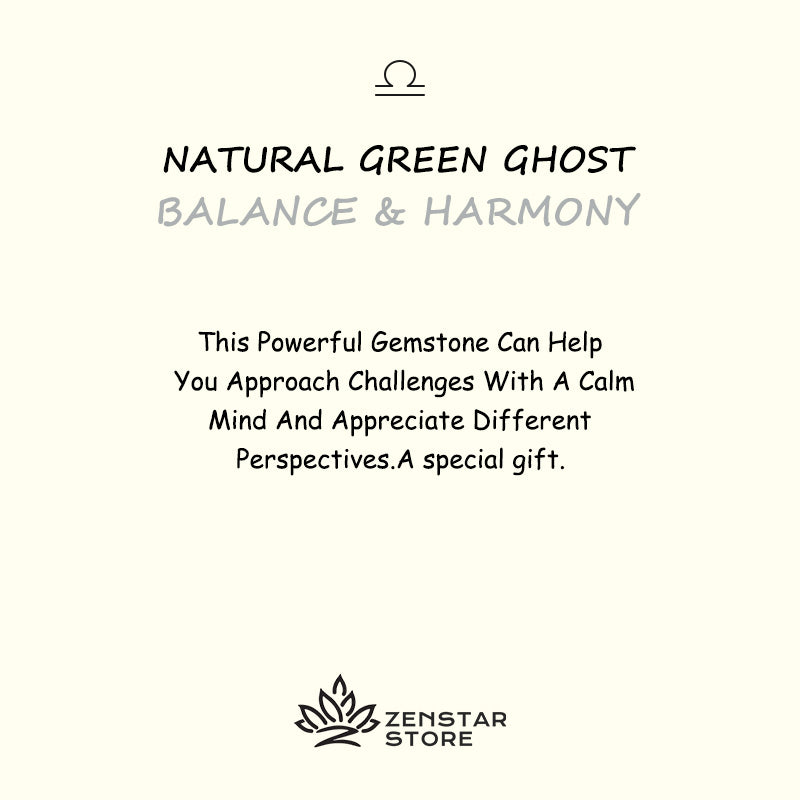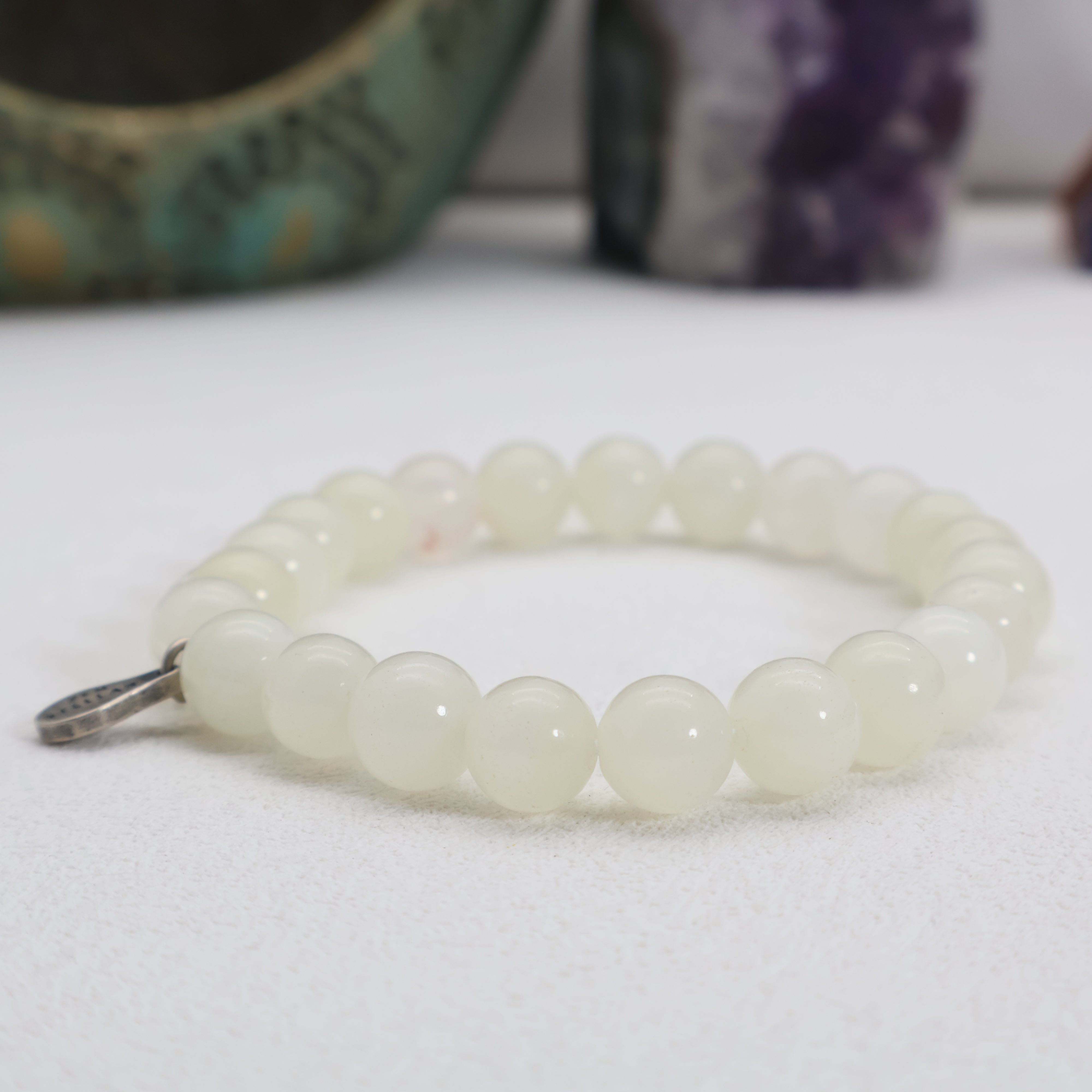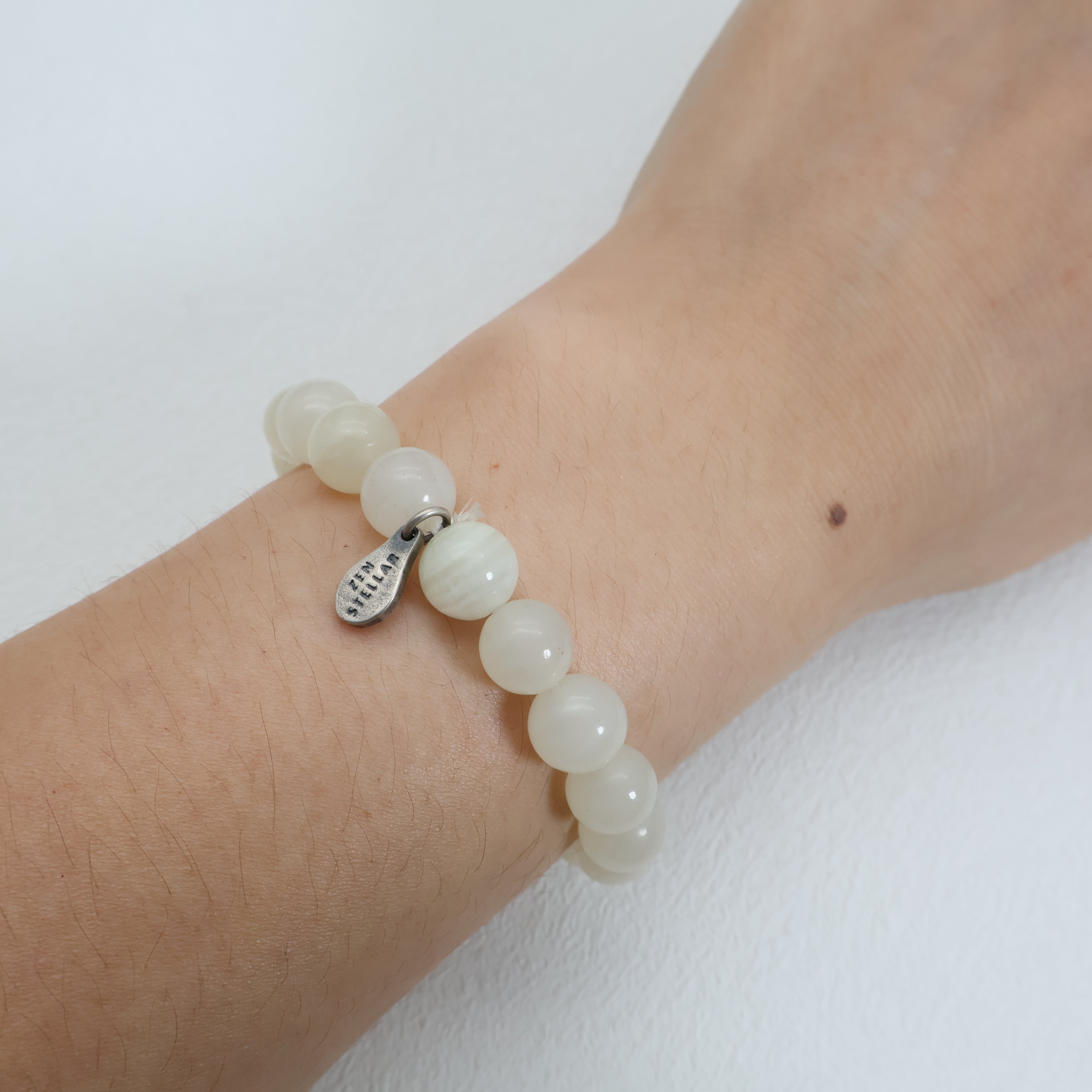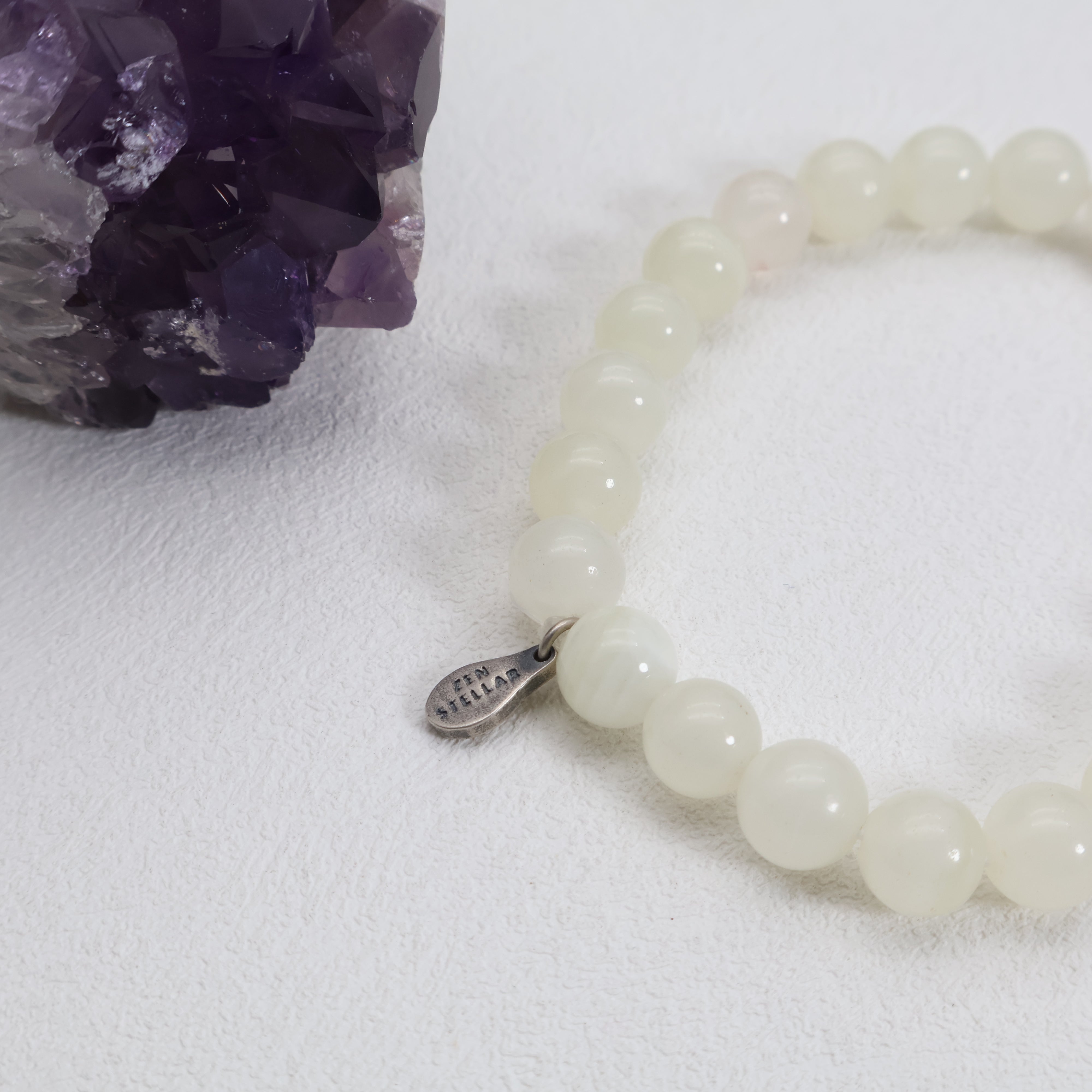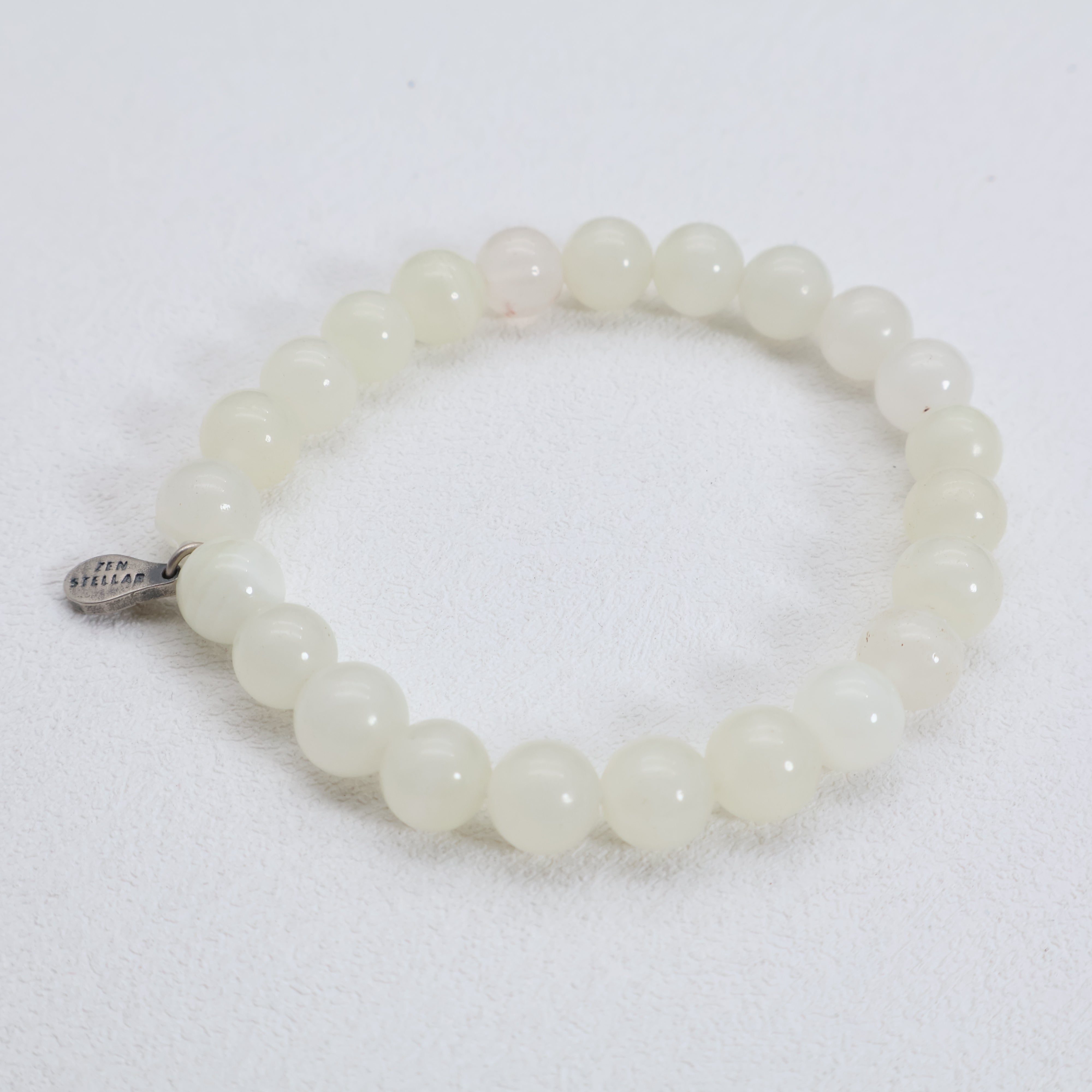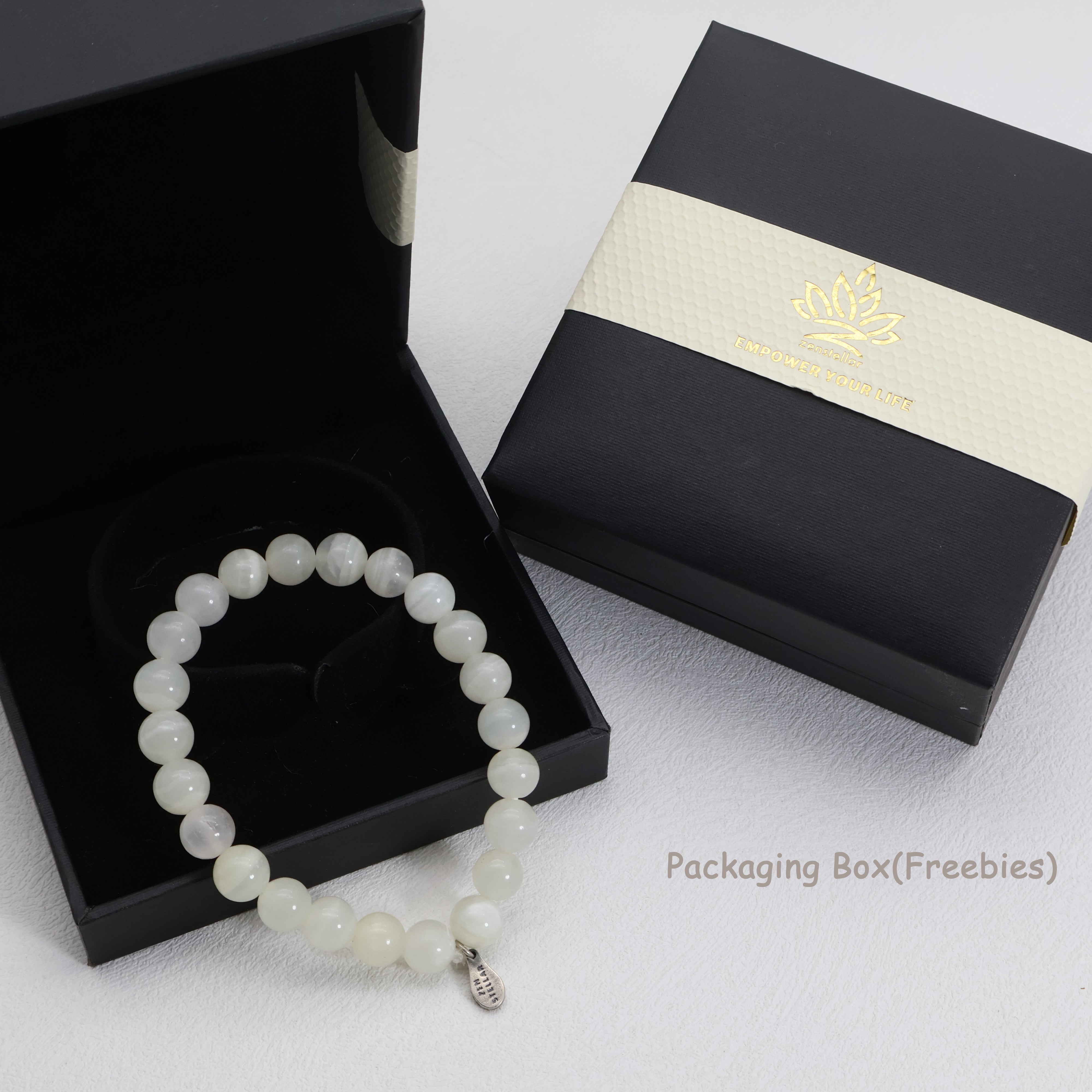

Introduction Dreamcatchers
The dreamcatcher, a beautiful and intricate object often seen hanging in homes or worn as jewelry, has deep cultural significance, particularly among Native American tribes. Traditionally, it was believed that dreamcatchers served a protective purpose, filtering out negative dreams and allowing only the positive ones to reach the dreamer. In this blog post, we will explore the origins of dreamcatchers, their construction, symbolism, and their role in modern culture, while also examining the psychological and spiritual implications associated with them.
Origins of the Dreamcatcher
The dreamcatcher is rooted in the Ojibwa (Chippewa) culture, where it was created as a means of protecting sleeping individuals, especially children. The Ojibwa people believed that the night air was filled with both good and bad dreams. To safeguard themselves from nightmares, they crafted dreamcatchers using natural materials such as willow hoops, sinew, and feathers.
The tradition of dreamcatchers spread across various Native American tribes, each adapting the design and meaning according to their cultural beliefs. For instance, the Lakota tribe incorporated sacred symbols and specific colors, while the Navajo used different materials and styles.
The Symbolism Behind Dreamcatchers
-
The Circle: The circular shape of the dreamcatcher represents the cycle of life, encompassing the past, present, and future. It symbolizes unity and the interconnectedness of all living beings.
-
The Web: The web or net in the center serves as a filter. It is designed to catch nightmares and negative energies, allowing only positive dreams to pass through. The holes in the web represent opportunities for good dreams to flow freely.
-
Feathers: Feathers are often attached to the bottom of the dreamcatcher, serving as a way for good dreams to descend gently to the dreamer. In many cultures, feathers symbolize communication with the spirit world and are considered sacred.
-
Beads and Other Elements: Additional elements, such as beads or gemstones, can be included to enhance the dreamcatcher's power. Each item carries its unique significance, adding layers to the dreamcatcher's purpose.

Construction of a Dreamcatcher
Creating a dreamcatcher can be a meditative and meaningful process. Here’s a basic guide to crafting your own:
Materials Needed
- Willow or grapevine hoop: This will form the base of your dreamcatcher.
- Sinew or strong thread: Used to weave the web.
- Feathers: For decoration and symbolism.
- Beads, gemstones, or natural elements: Optional embellishments.
- Scissors and glue: For securing elements.
Steps to Create a Dreamcatcher
-
Prepare the Hoop: If using a willow branch, soak it in water to make it pliable. Shape it into a circle and secure the ends together.
-
Weave the Web: Tie the sinew to the hoop and begin weaving it in a spiral pattern. You can create a simple diamond pattern or experiment with more complex designs.
-
Add Beads: If desired, incorporate beads into the web as you weave, representing good dreams.
-
Attach Feathers: Once the web is complete, tie feathers to the bottom of the hoop. You can use sinew or thread to attach them securely.
-
Personalize: Feel free to add other elements that resonate with you, such as charms or colors that hold personal significance.
The Spiritual Significance of Dreamcatchers
In many Indigenous cultures, dreamcatchers are considered sacred objects, often used in rituals and ceremonies. They embody the belief that dreams have the power to influence waking life. Here are some of the spiritual implications of dreamcatchers:
-
Protection: Dreamcatchers are believed to protect against negative energies and bad dreams. Placing one above your bed is thought to create a safe space for restful sleep.
-
Dream Interpretation: Many people use dreamcatchers as tools for understanding their dreams. By reflecting on the dreams that pass through the web, individuals can gain insights into their subconscious thoughts and emotions.
-
Cultural Identity: For many Native Americans, dreamcatchers serve as symbols of cultural identity and pride. They reflect a deep connection to ancestry, traditions, and the natural world.
-
Healing: Dreamcatchers are sometimes used in healing practices, where they are believed to help release emotional pain or trauma by filtering out negative experiences.

The Dreamcatcher in Modern Culture
In recent years, dreamcatchers have gained popularity beyond their cultural roots, often seen as trendy home decor items or fashion accessories. While this mainstream appeal has helped raise awareness about Indigenous cultures, it has also sparked debates about cultural appropriation.
Cultural Appropriation vs. Appreciation
Cultural appropriation occurs when elements of one culture are adopted by another without understanding or respecting their significance. In the case of dreamcatchers, it’s essential to recognize their origins and meaning, appreciating them without reducing them to mere decorative objects.
To honor the tradition, consider the following:
- Educate Yourself: Learn about the history and significance of dreamcatchers within Indigenous cultures.
- Support Indigenous Artisans: If you want to purchase a dreamcatcher, consider buying from Indigenous artisans who create them with respect and authenticity.
- Create Your Own: Crafting a dreamcatcher can be a meaningful way to connect with its symbolism while respecting its cultural origins.
Psychological and Emotional Aspects of Dreamcatchers
Dreamcatchers can also have psychological benefits, providing comfort and a sense of safety. Here are some ways they may impact emotional well-being:
-
Symbol of Hope: Having a dreamcatcher can serve as a visual reminder of hope and positivity, encouraging a mindset focused on good dreams and intentions.
-
Mindfulness: The act of creating a dreamcatcher can be a meditative practice, promoting mindfulness and presence in the moment.
-
Connection to Nature: Using natural materials to craft a dreamcatcher fosters a connection to the earth and its elements, which can be grounding and healing.

Conclusion
Dreamcatchers are more than just beautiful objects; they carry deep cultural significance, serve protective purposes, and provide insight into our dreams and emotions. By understanding their history and meaning, we can appreciate dreamcatchers as symbols of hope, protection, and cultural identity. Whether you choose to create one, hang one above your bed, or simply admire its beauty, remember to honor the traditions and values that surround this powerful symbol.
As you embark on your journey with dreamcatchers, may they guide you toward restful nights and inspiring dreams, filtering out the negativity and allowing only the light to shine through.
Frequently Asked Questions About Dream Catchers
What is the purpose of a dreamcatcher?
The primary purpose of a dreamcatcher is to filter out negative dreams and energies, allowing only positive dreams to reach the sleeper. It serves as a protective symbol, particularly for children, ensuring a restful and safe sleep environment.
How did dreamcatchers originate?
Dreamcatchers originated in the Ojibwa (Chippewa) culture as a protective tool for sleeping individuals. Over time, the tradition spread to various Native American tribes, each adapting the design and meaning according to their cultural beliefs.
What materials are commonly used to make a dreamcatcher?
Traditional dreamcatchers are made using natural materials such as willow or grapevine hoops, sinew or strong thread for weaving, feathers for decoration, and optional beads or gemstones for added significance.
Can anyone make a dreamcatcher?
Yes, anyone can make a dreamcatcher! Crafting one can be a meaningful and meditative process. It’s a great way to connect with its symbolism and express creativity, while also respecting its cultural origins.
How can I honor the cultural significance of dreamcatchers if I want to use one?
To honor their cultural significance, educate yourself about their history and meaning, support Indigenous artisans when purchasing, and consider creating your own dreamcatcher. This approach respects the traditions while appreciating their beauty and purpose.

